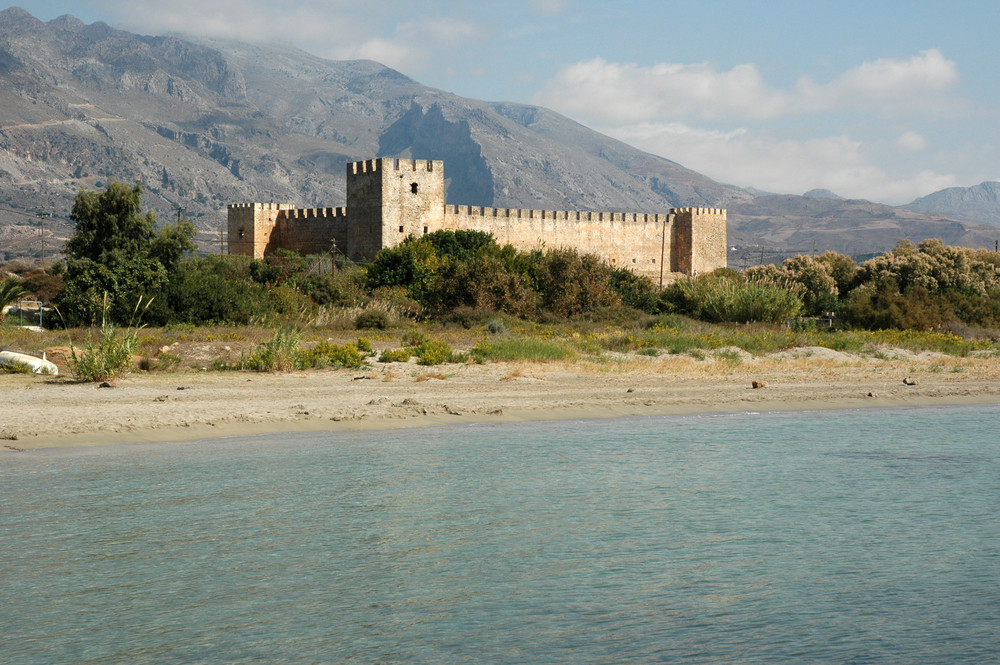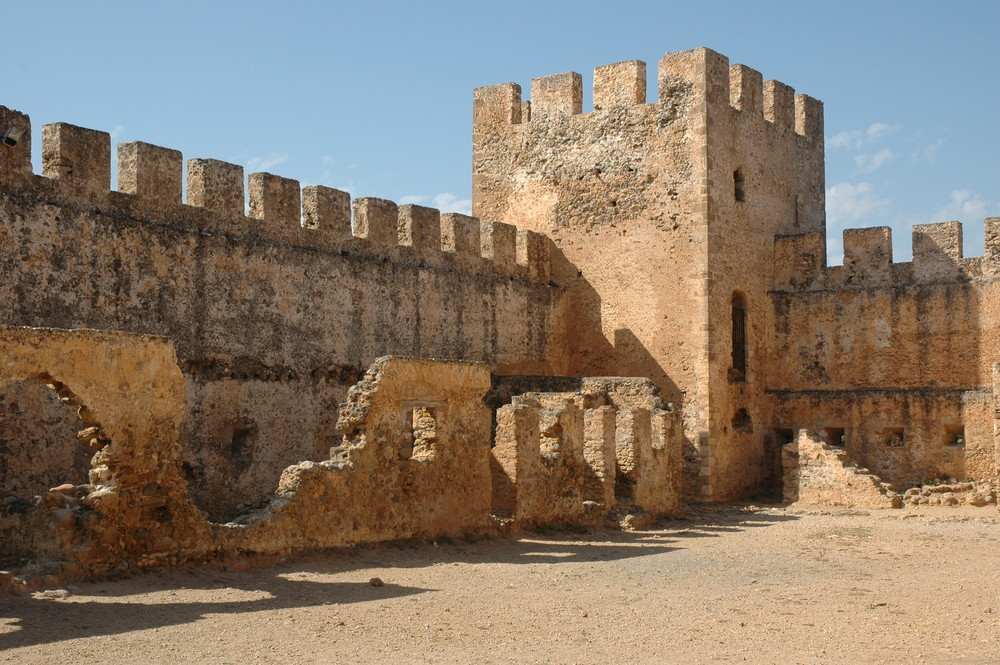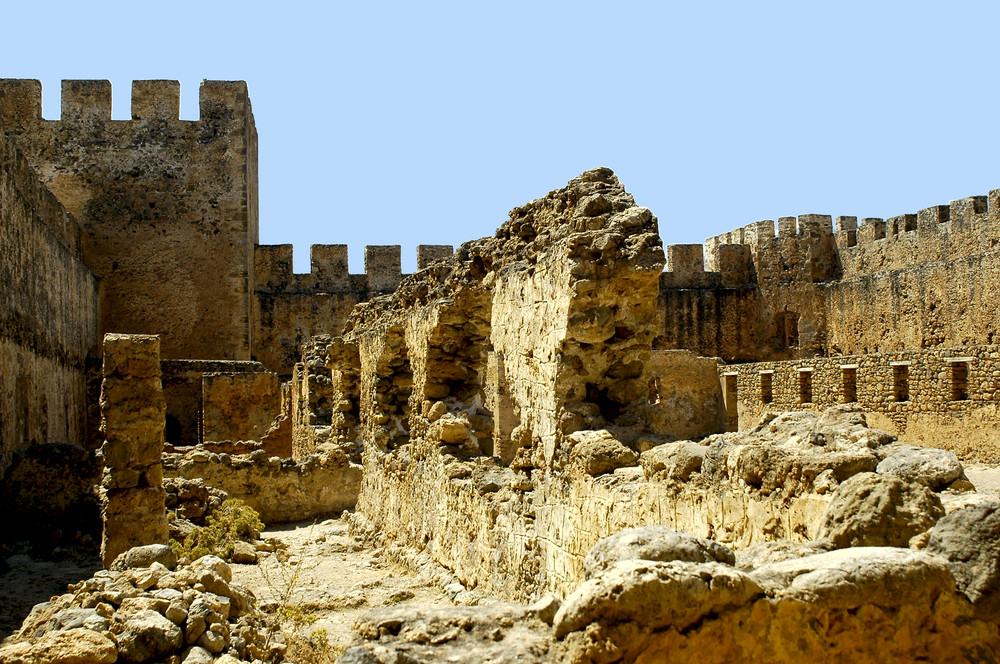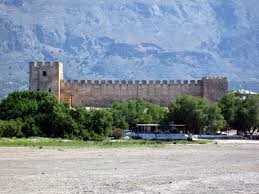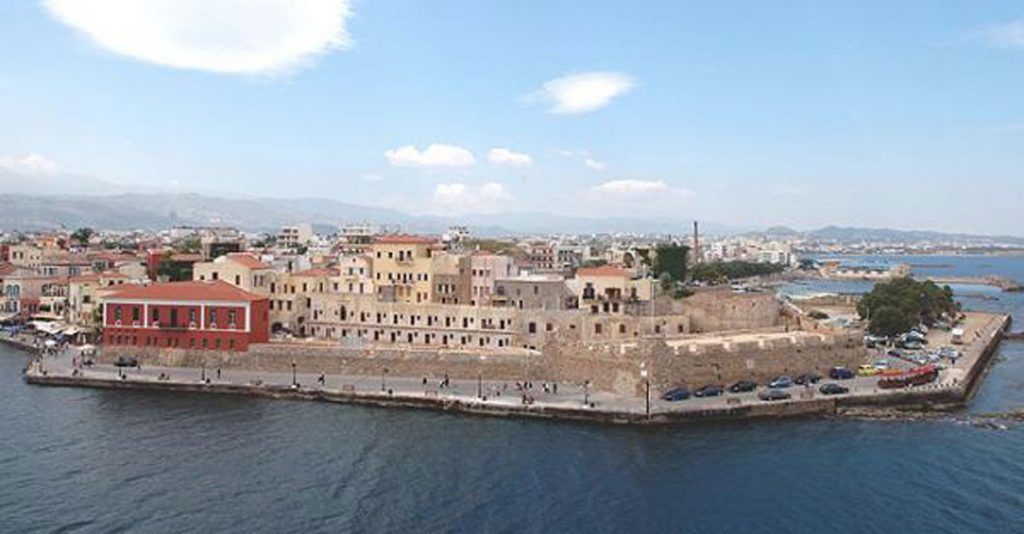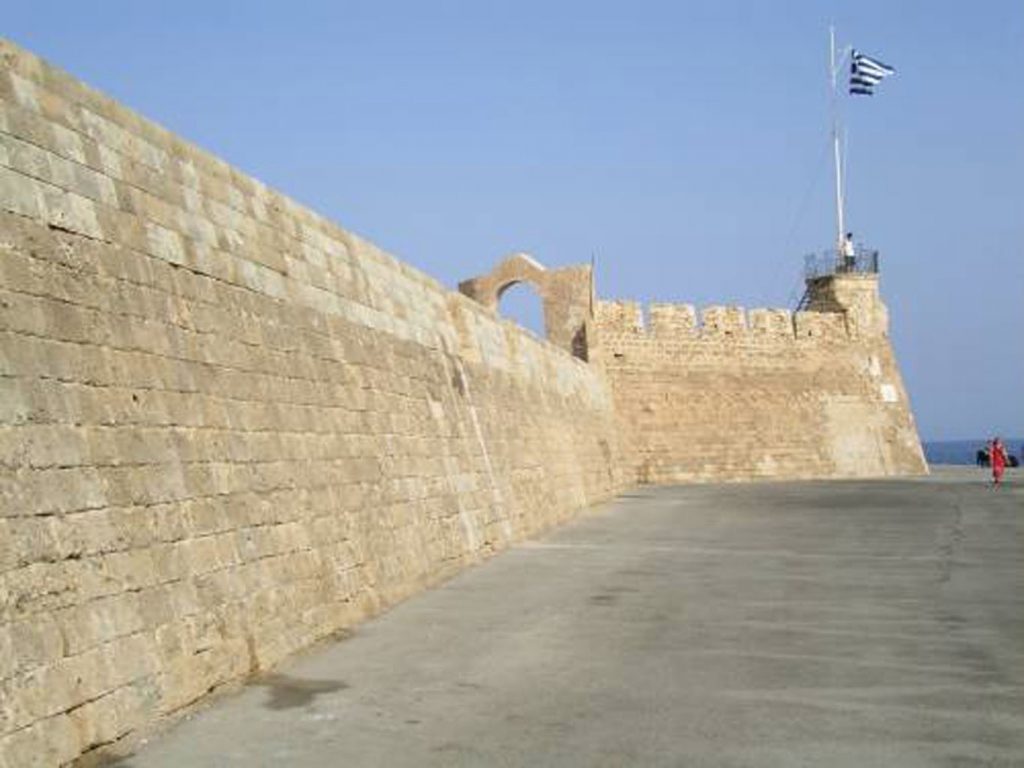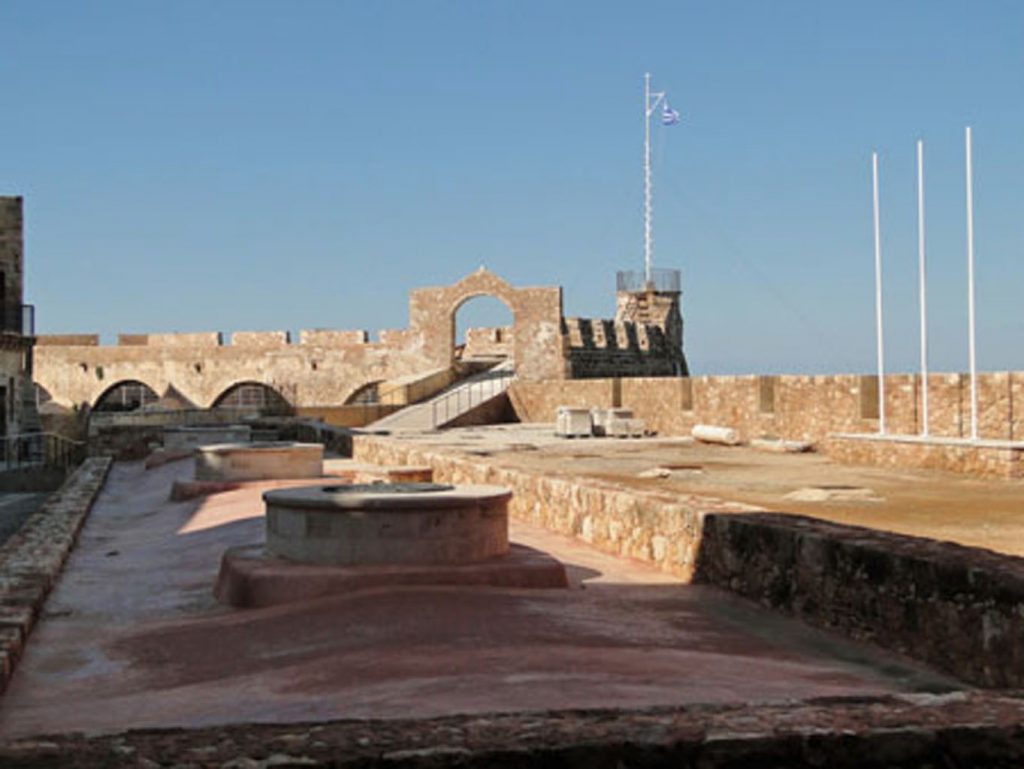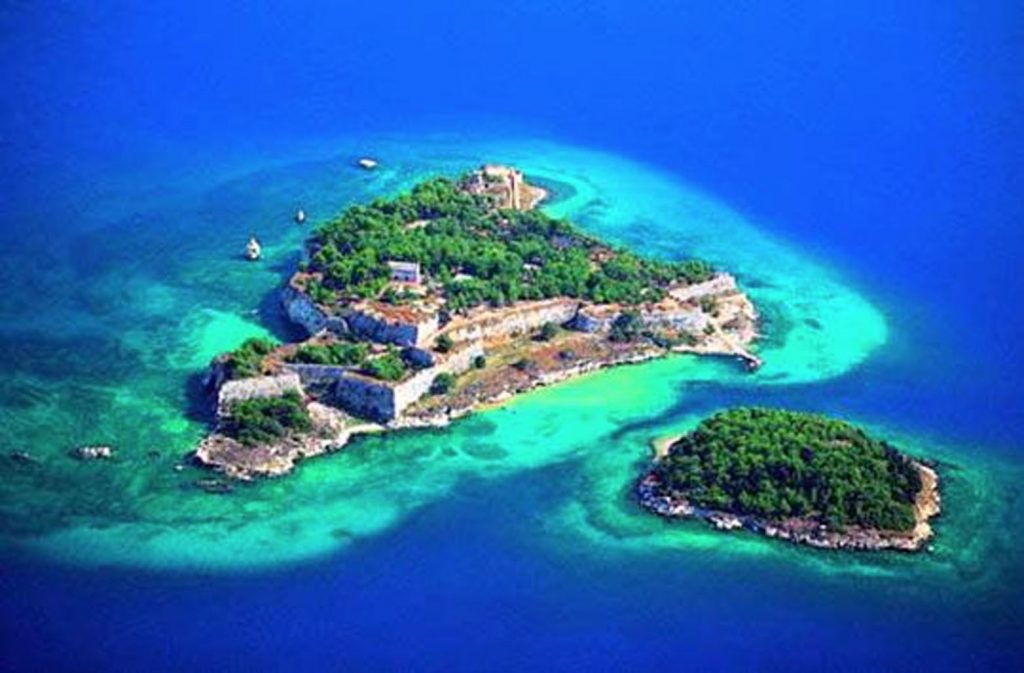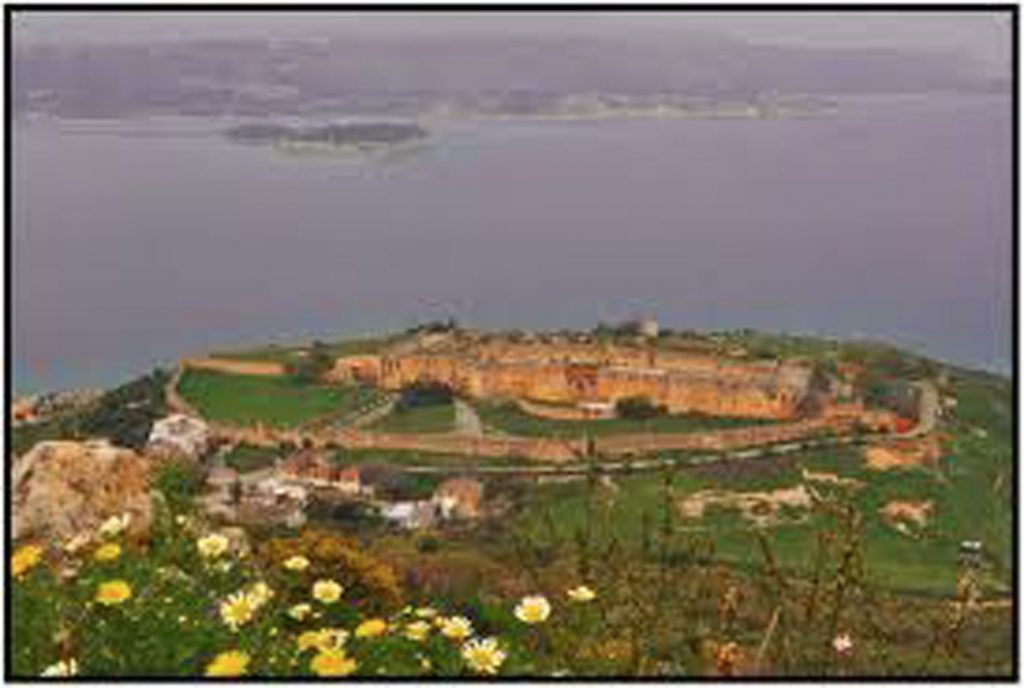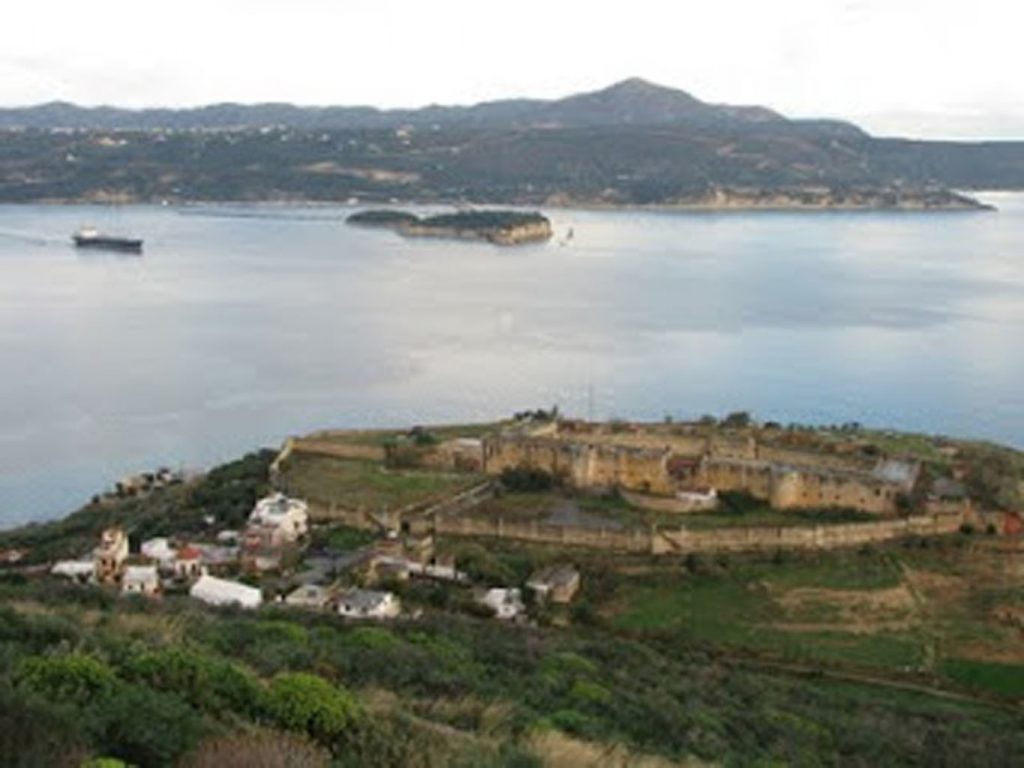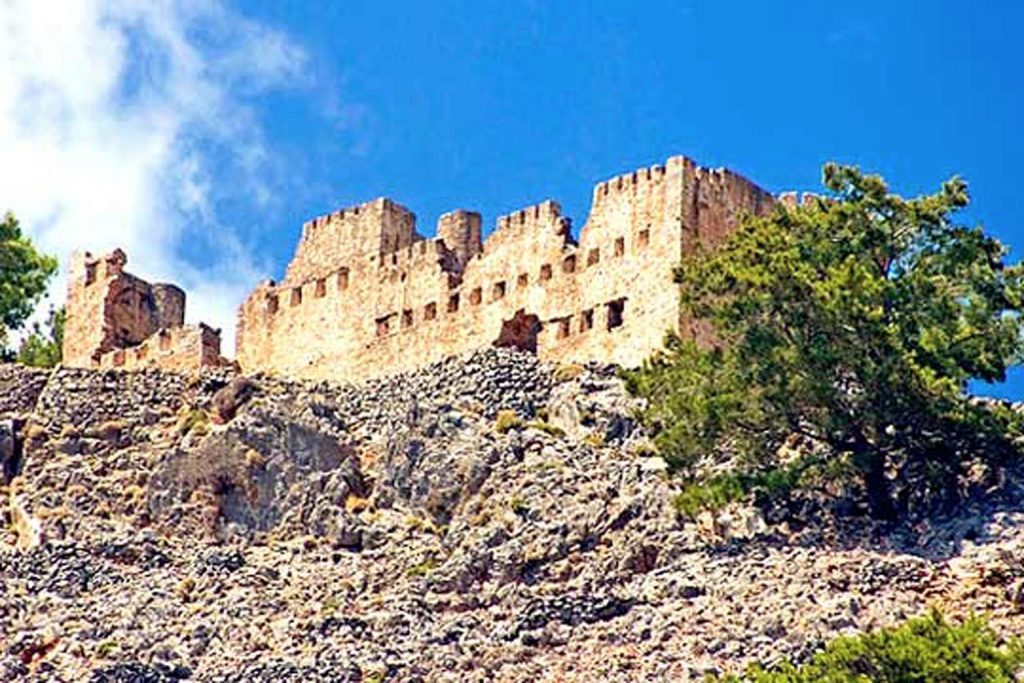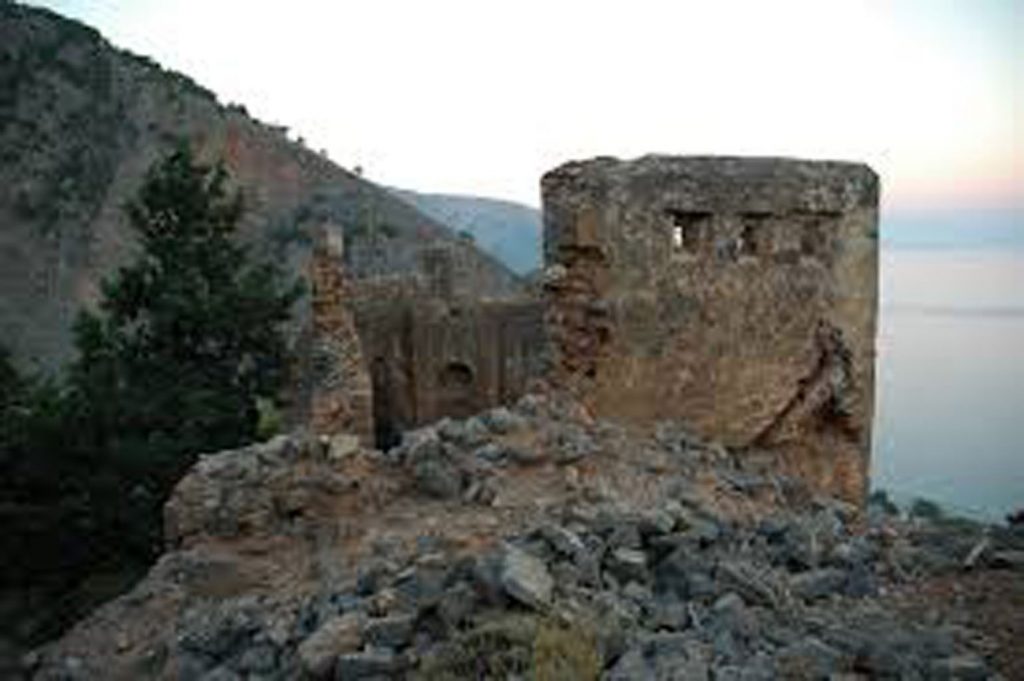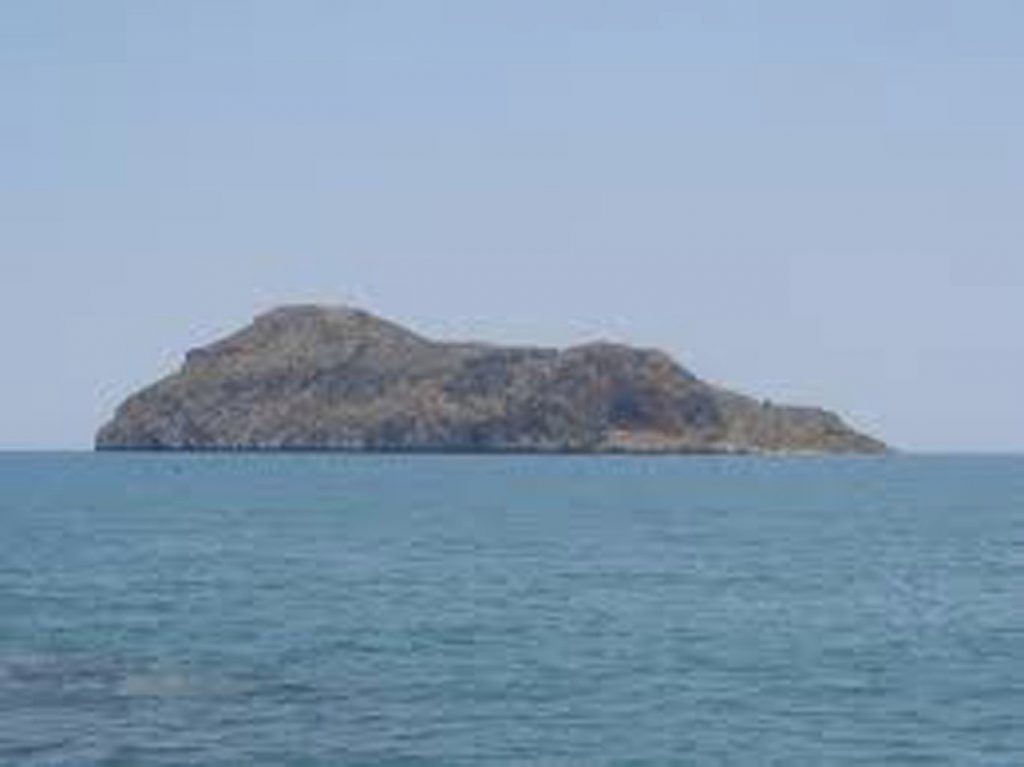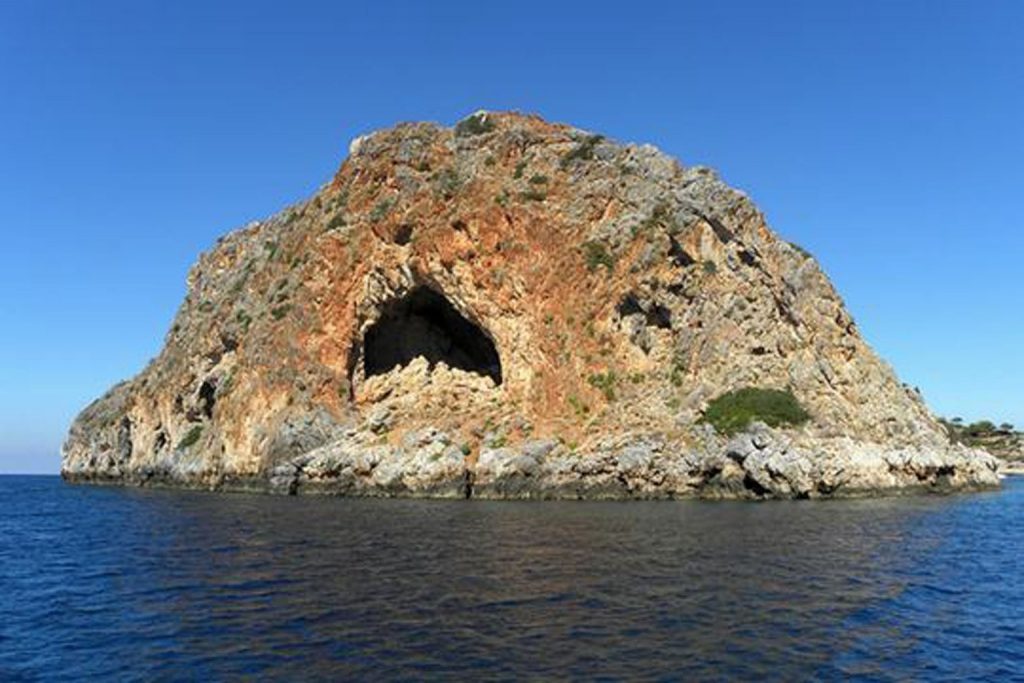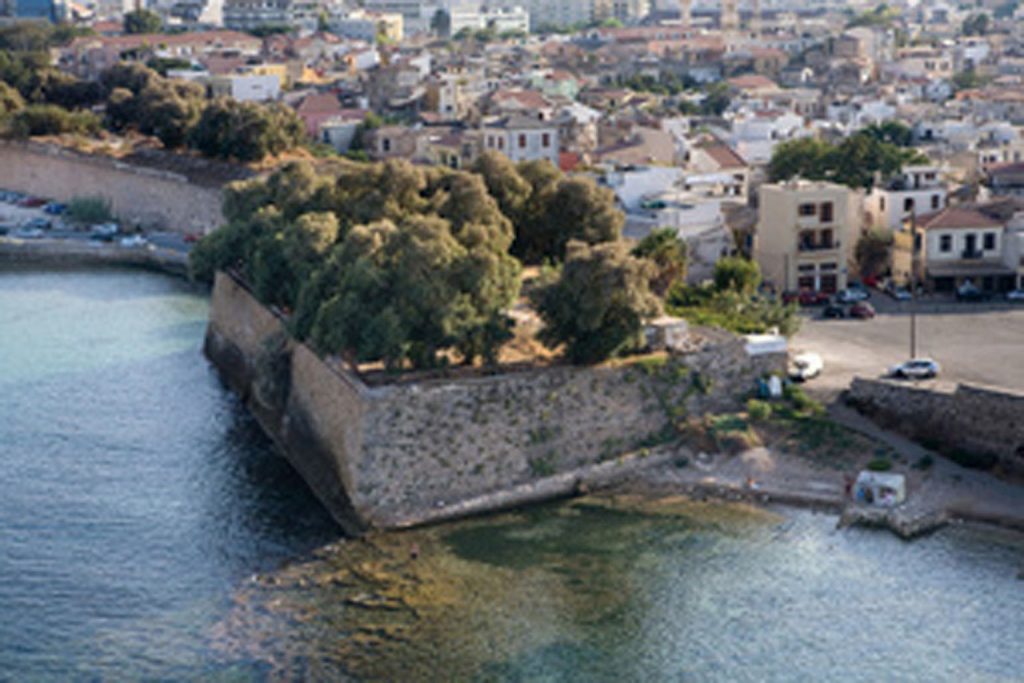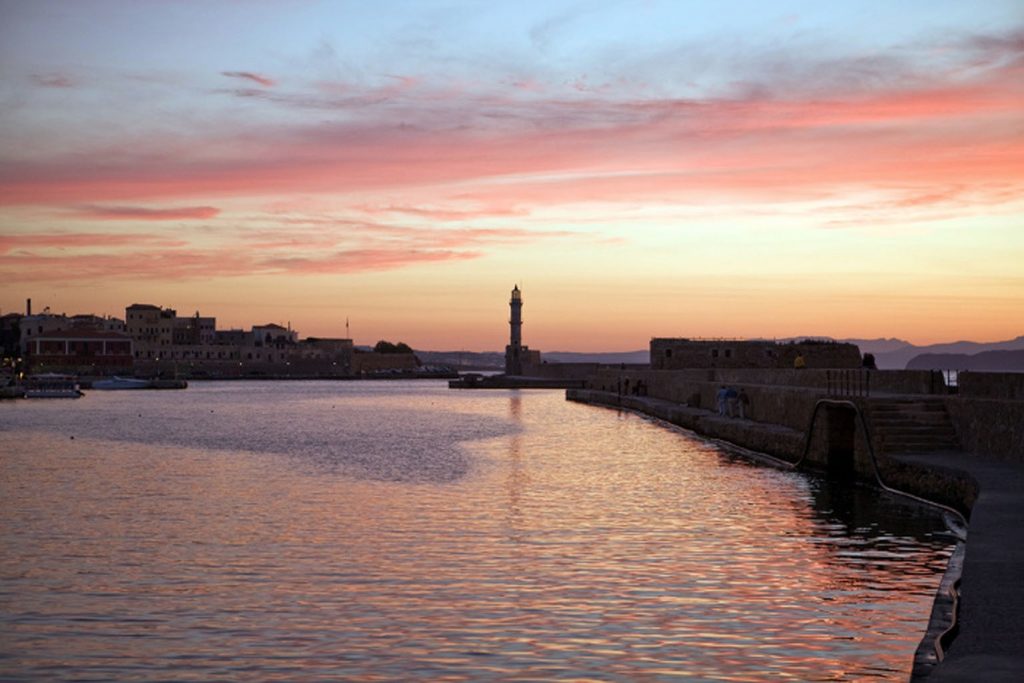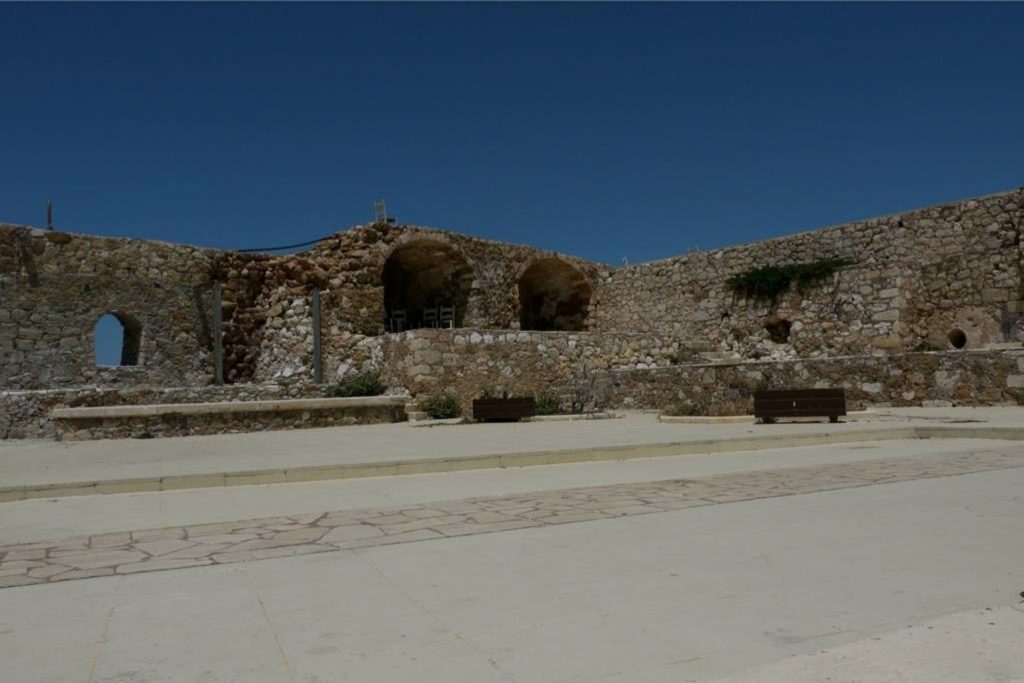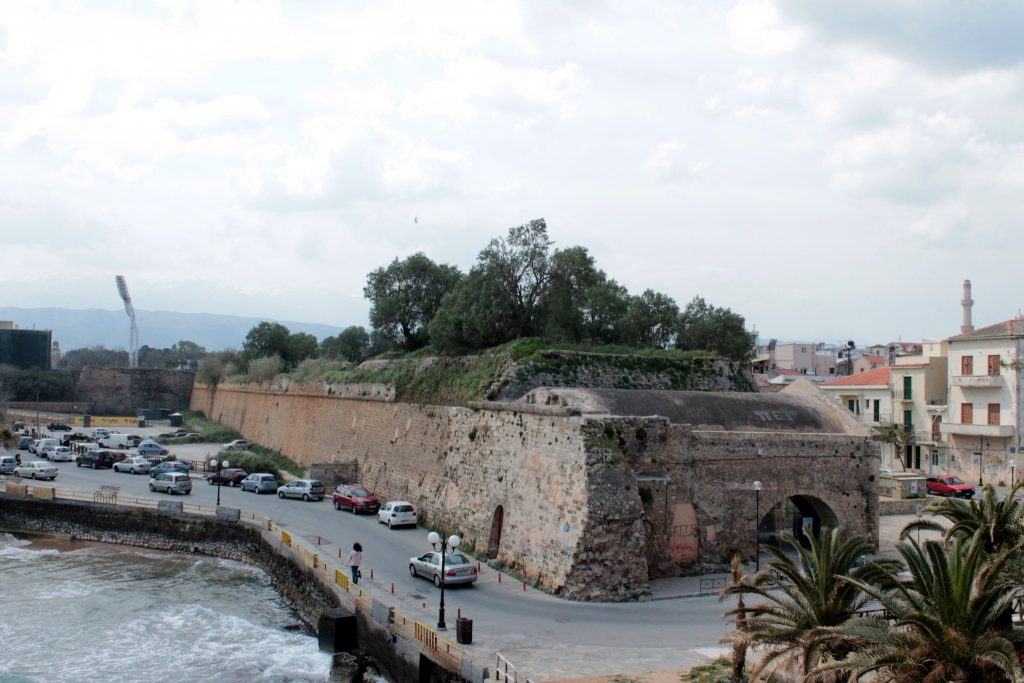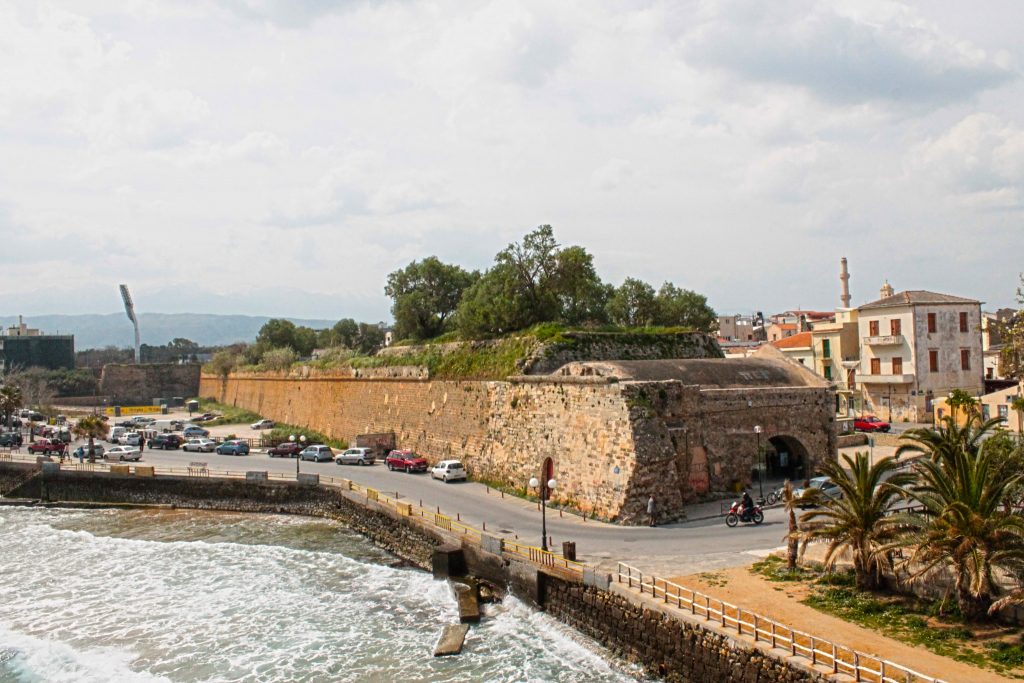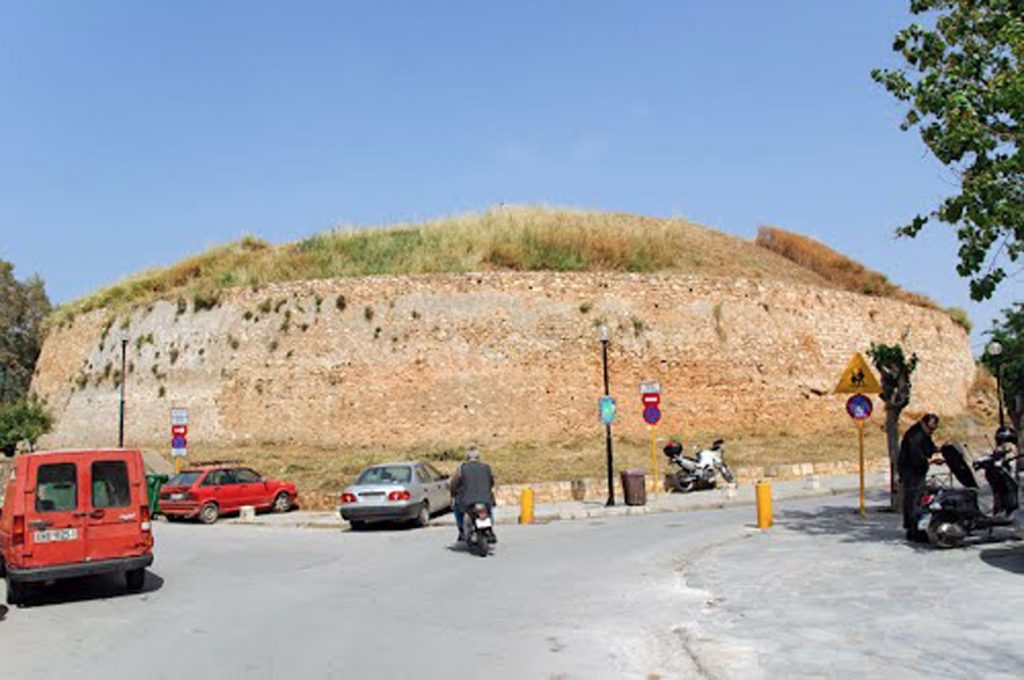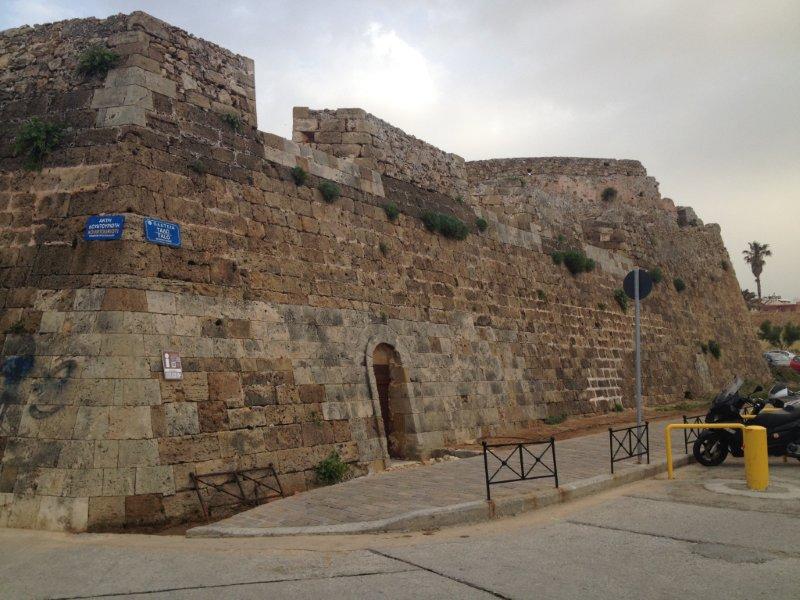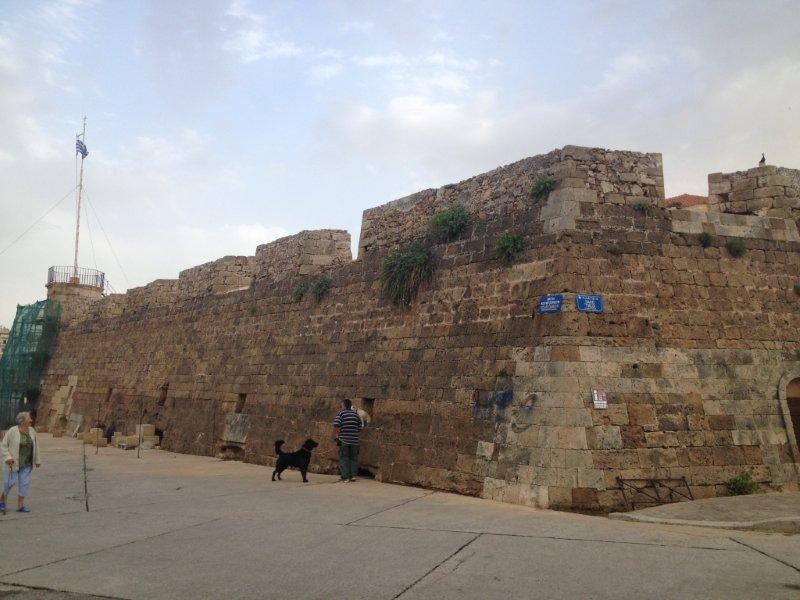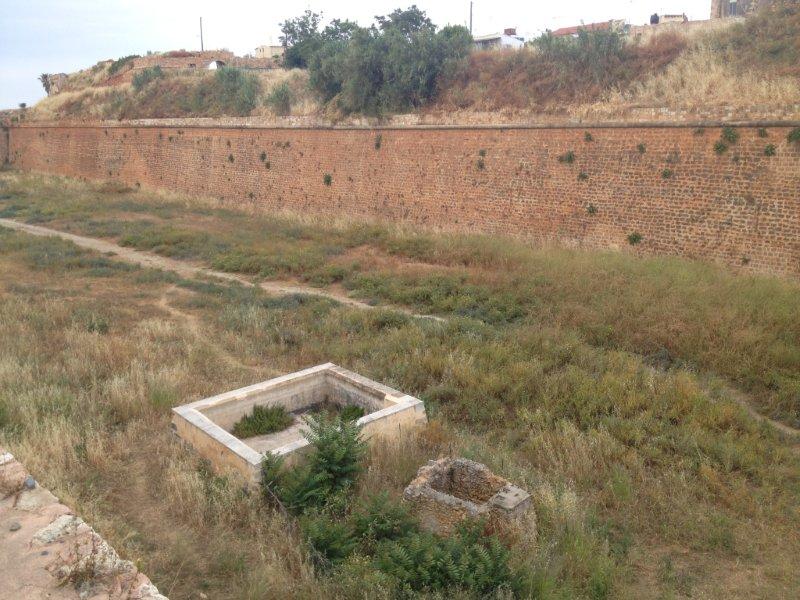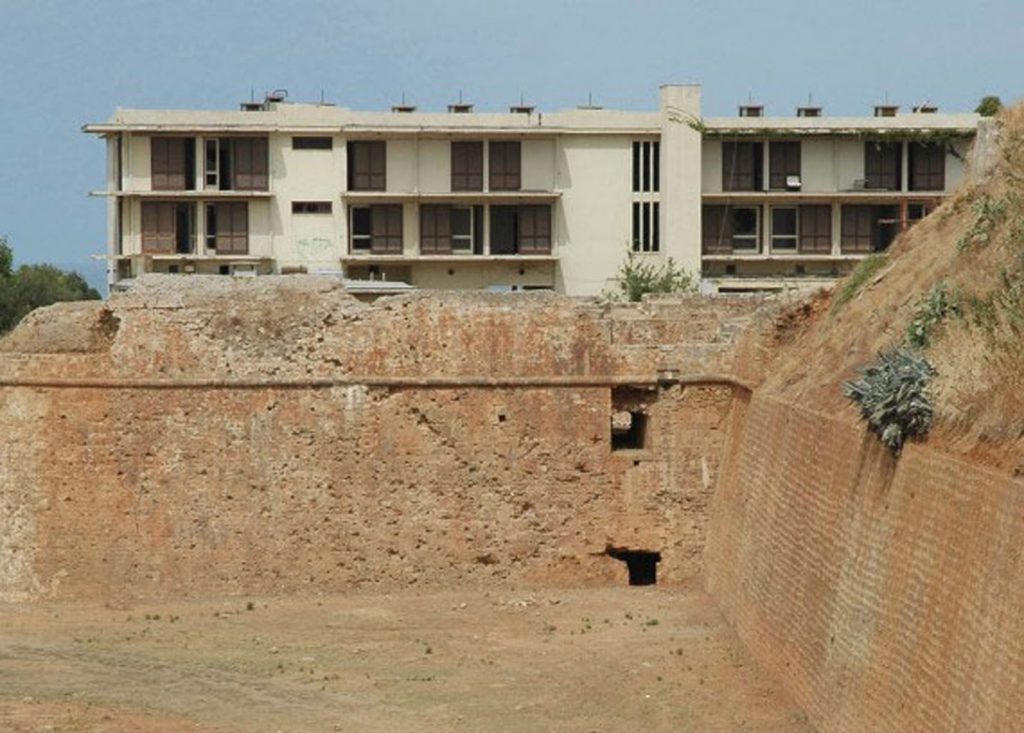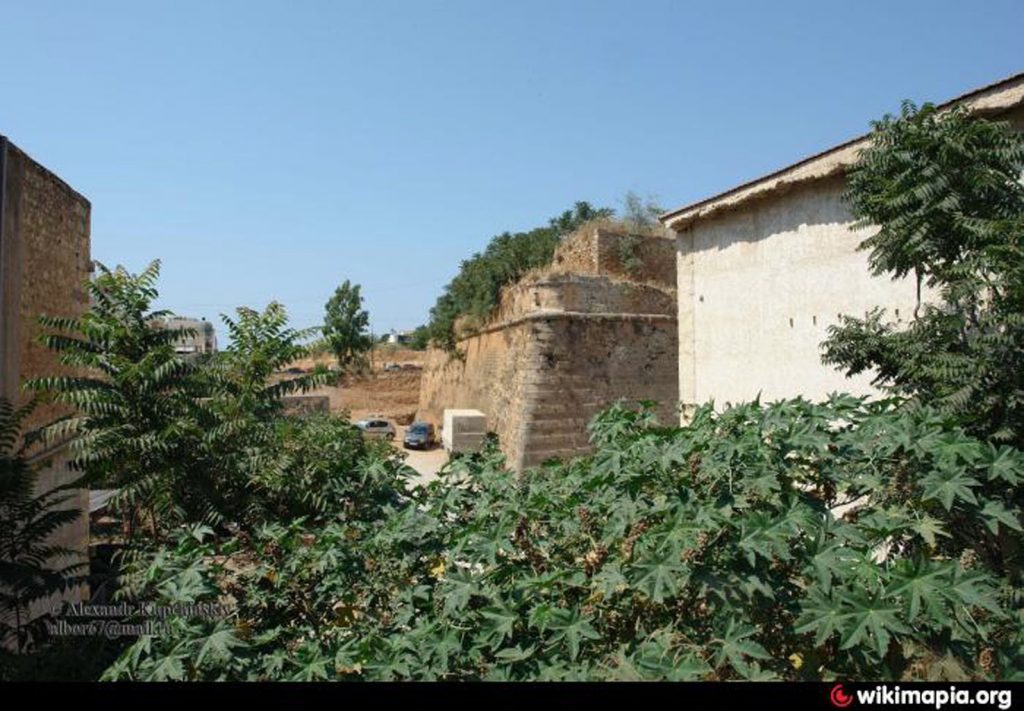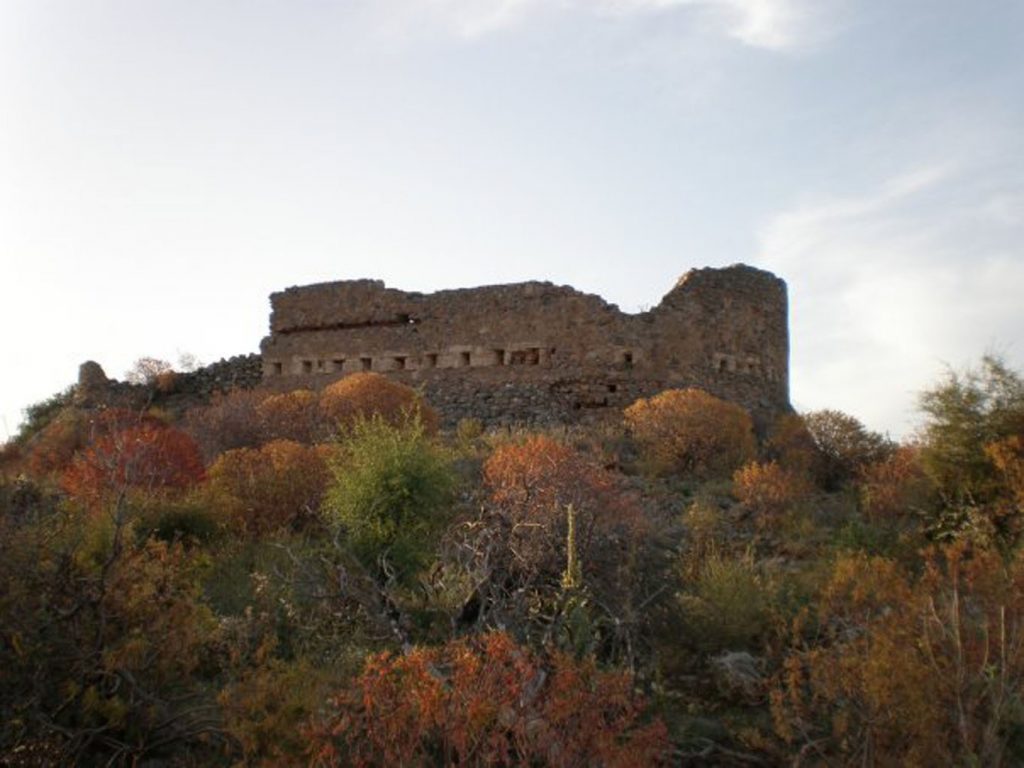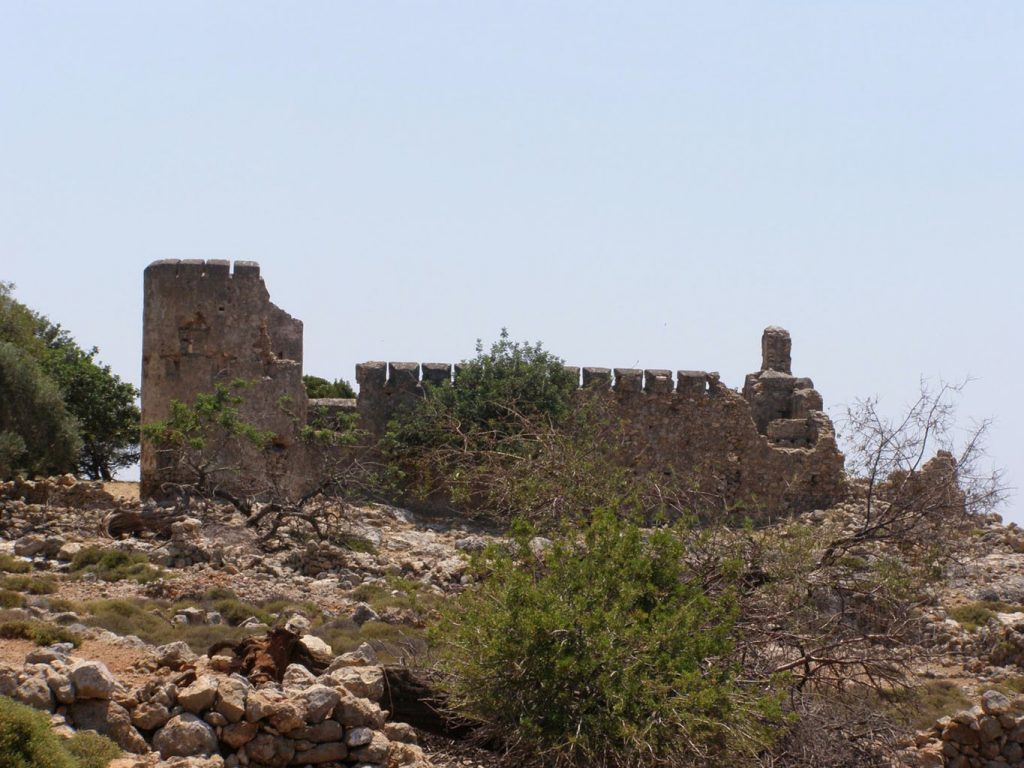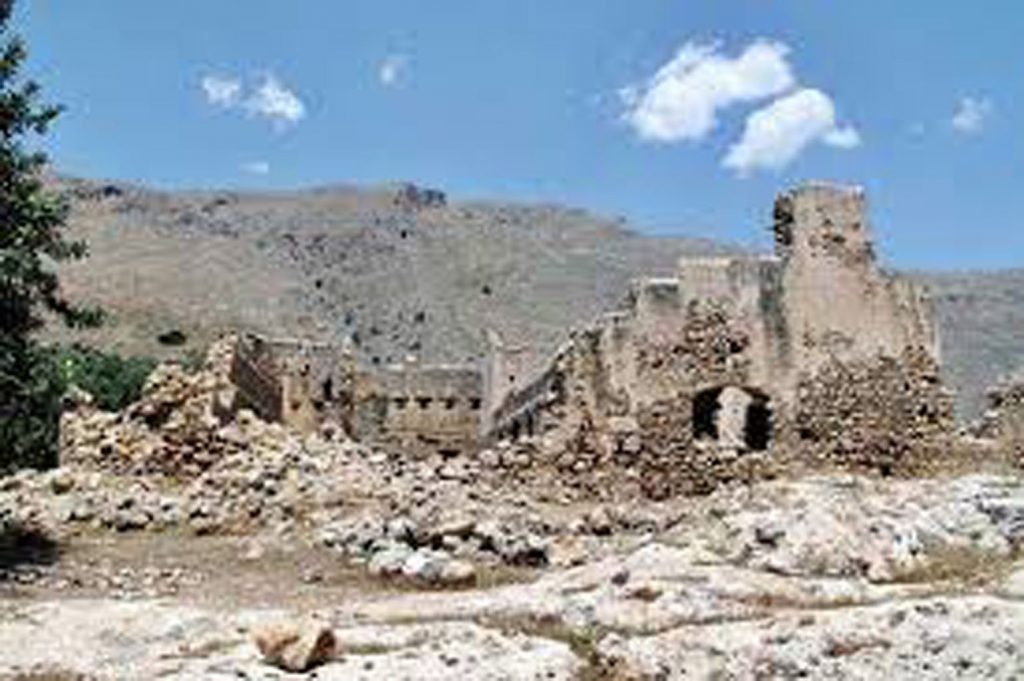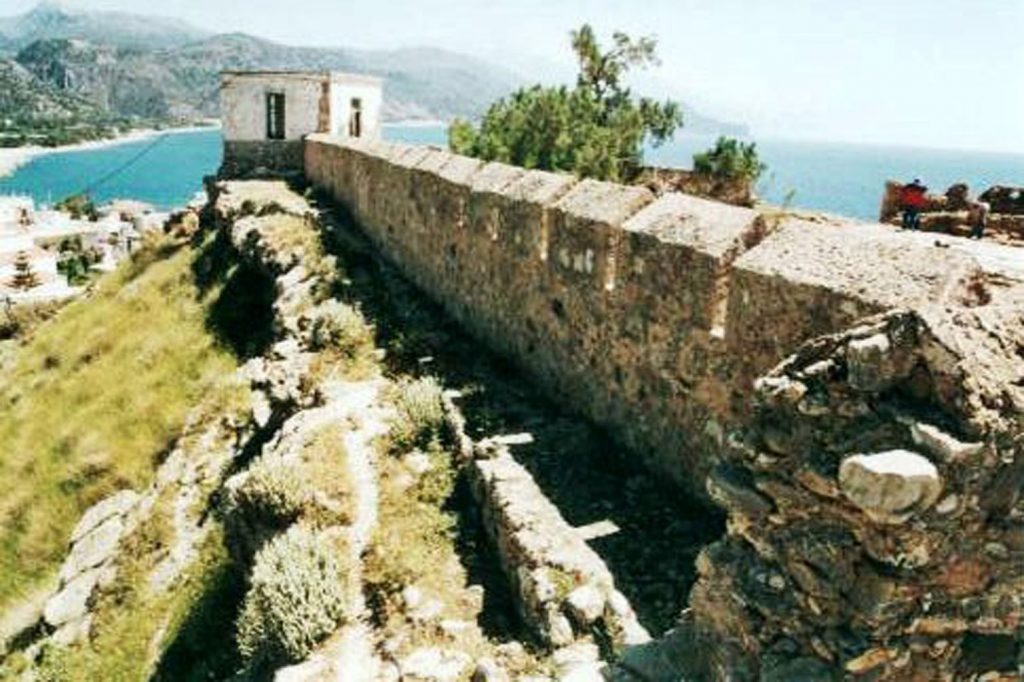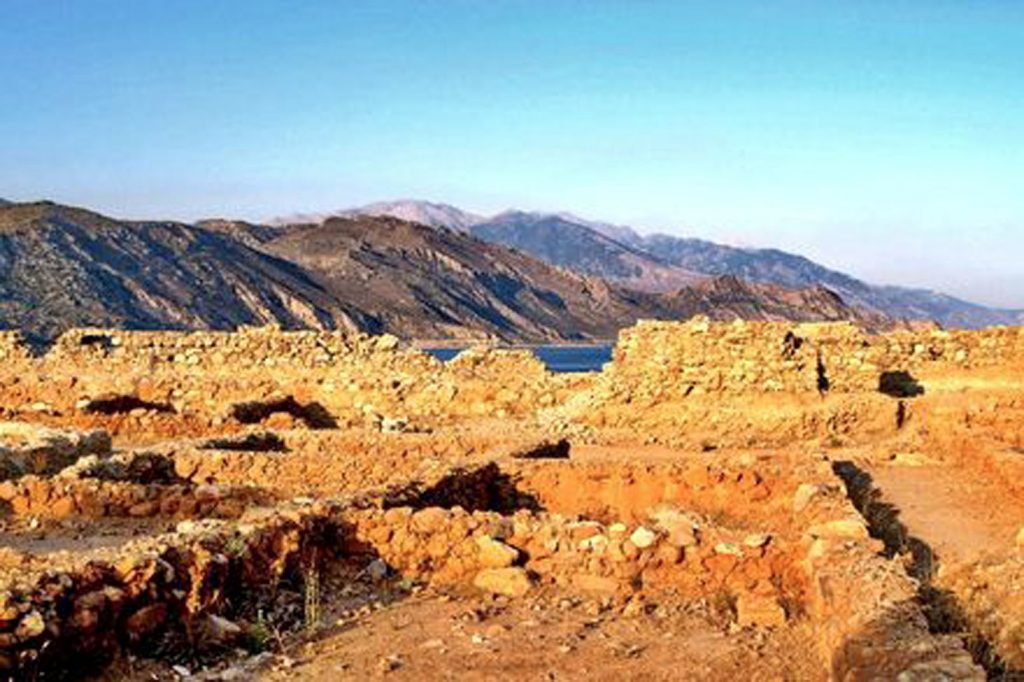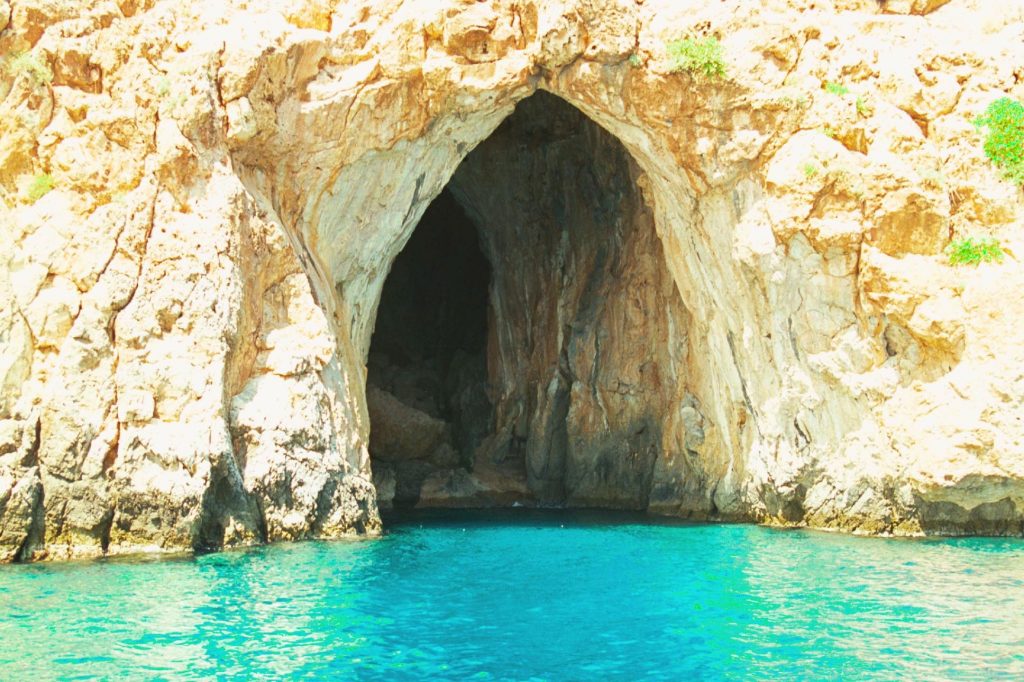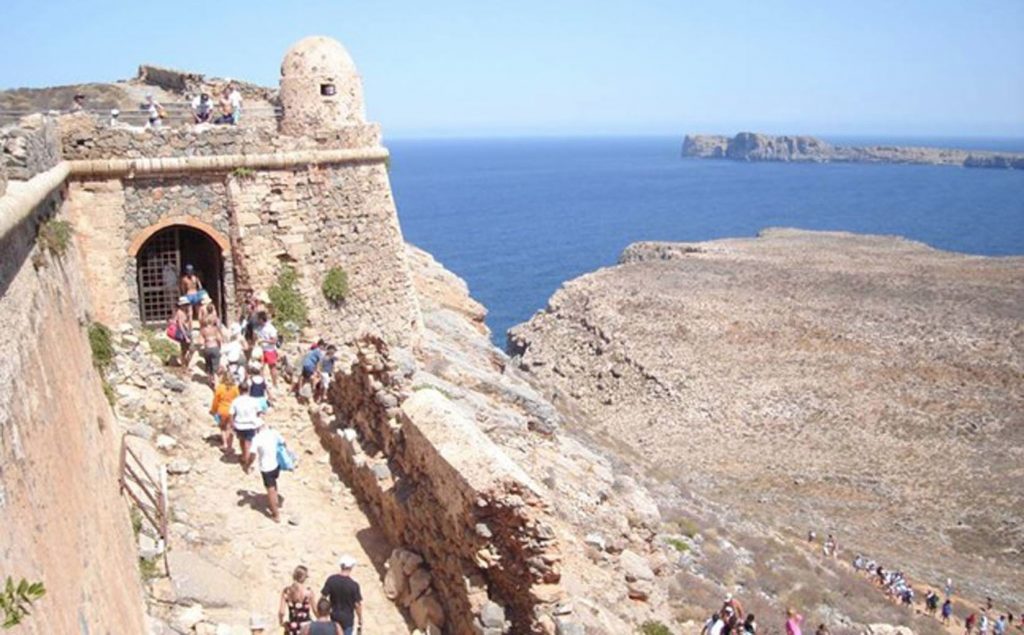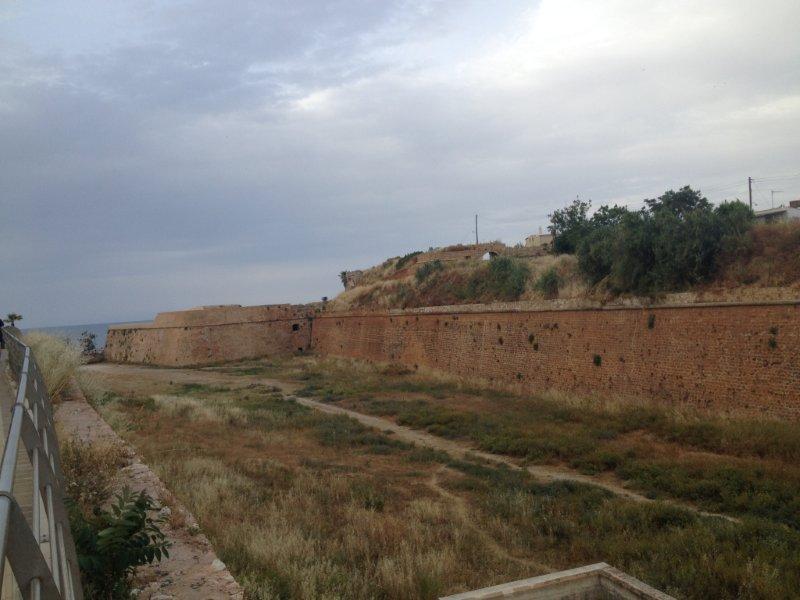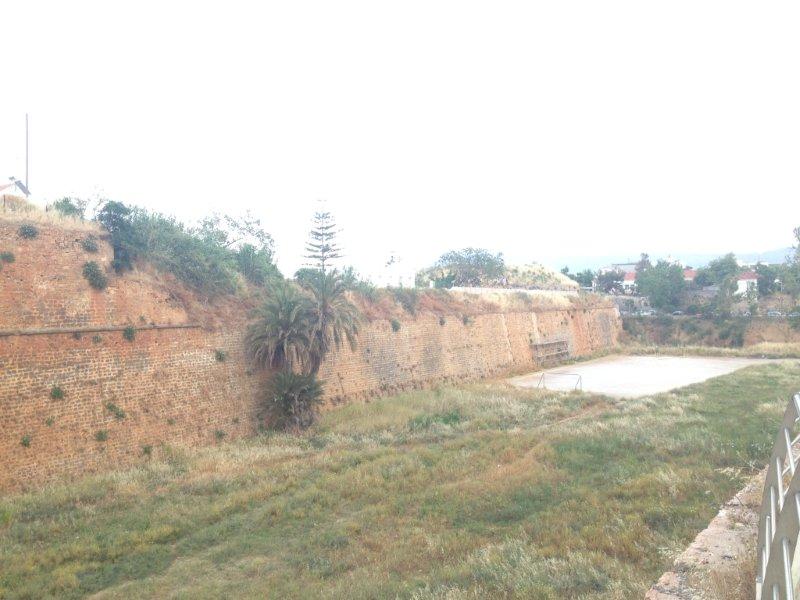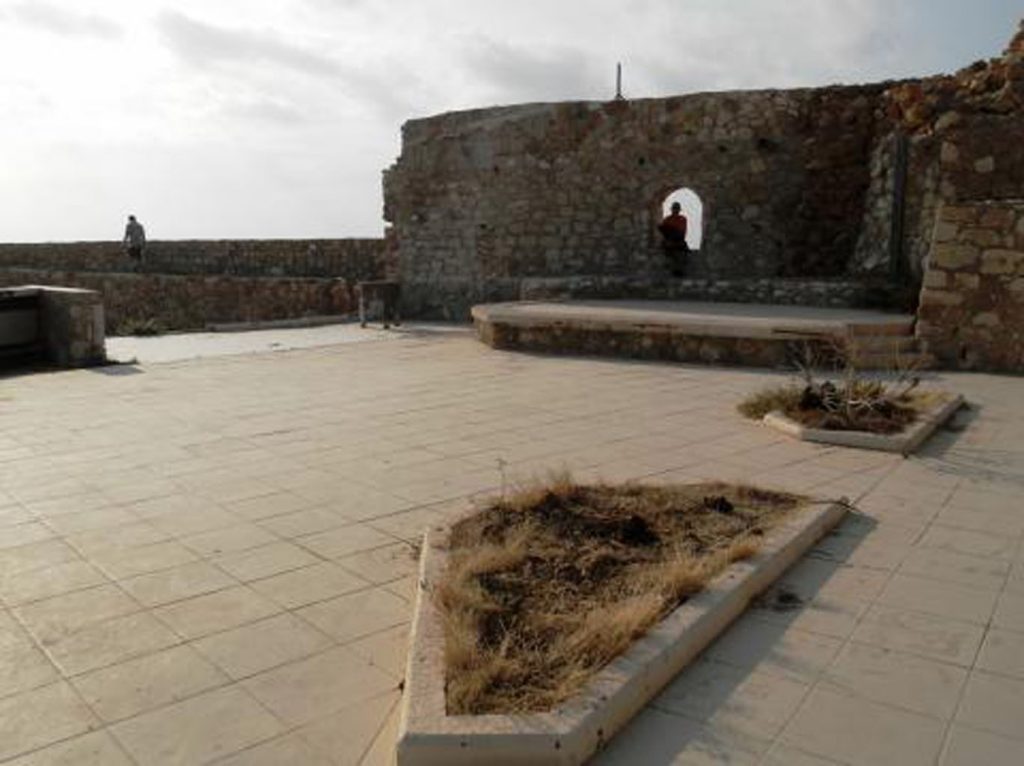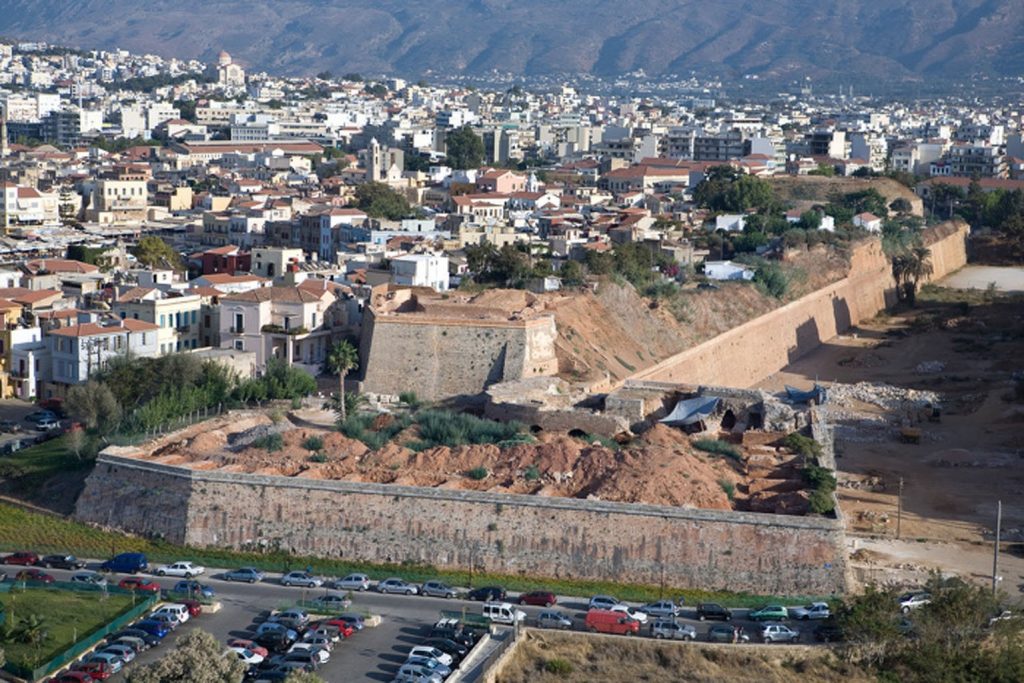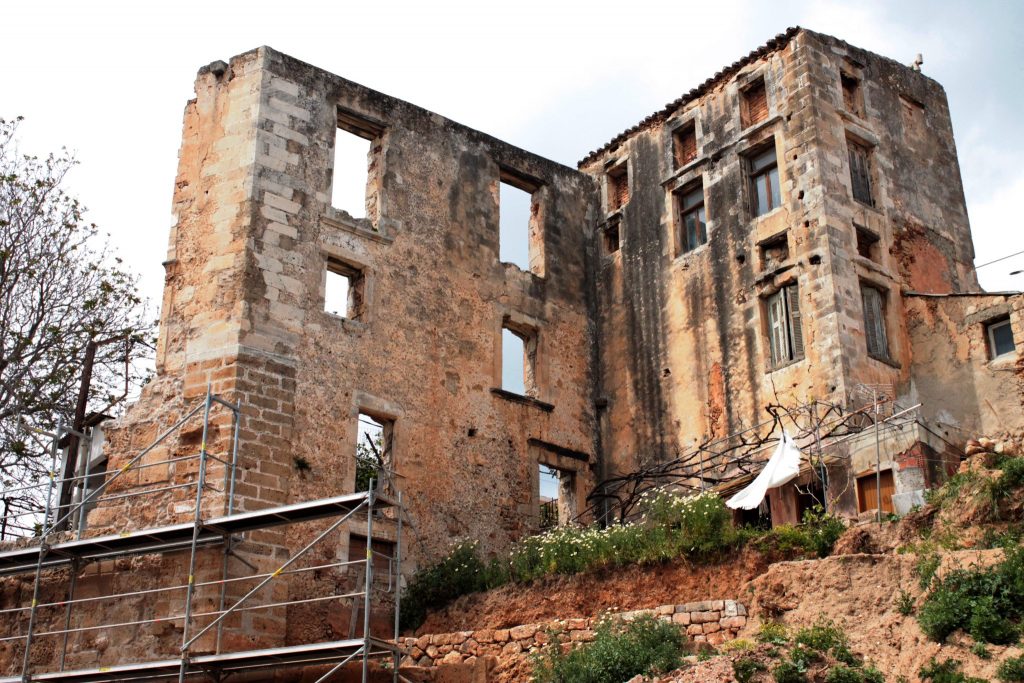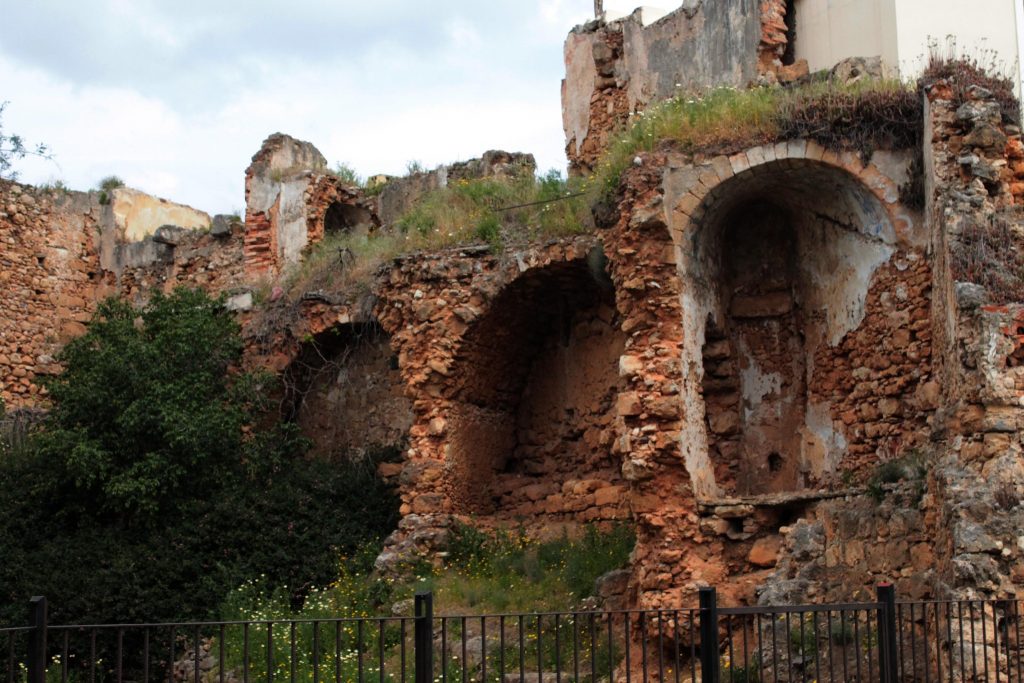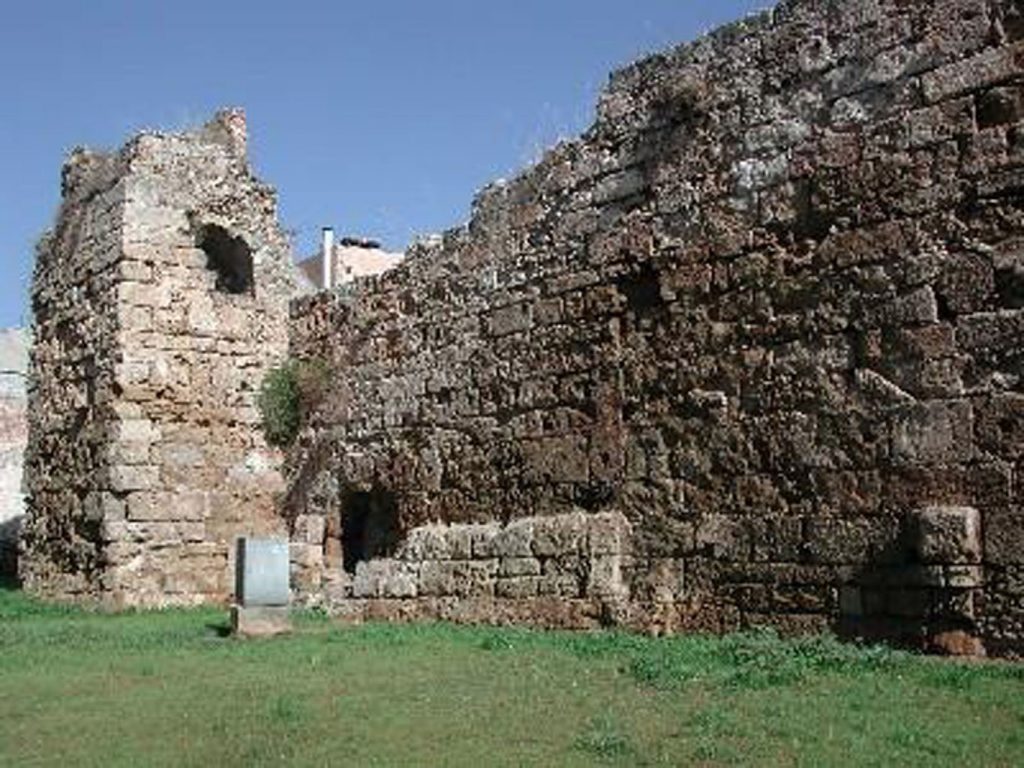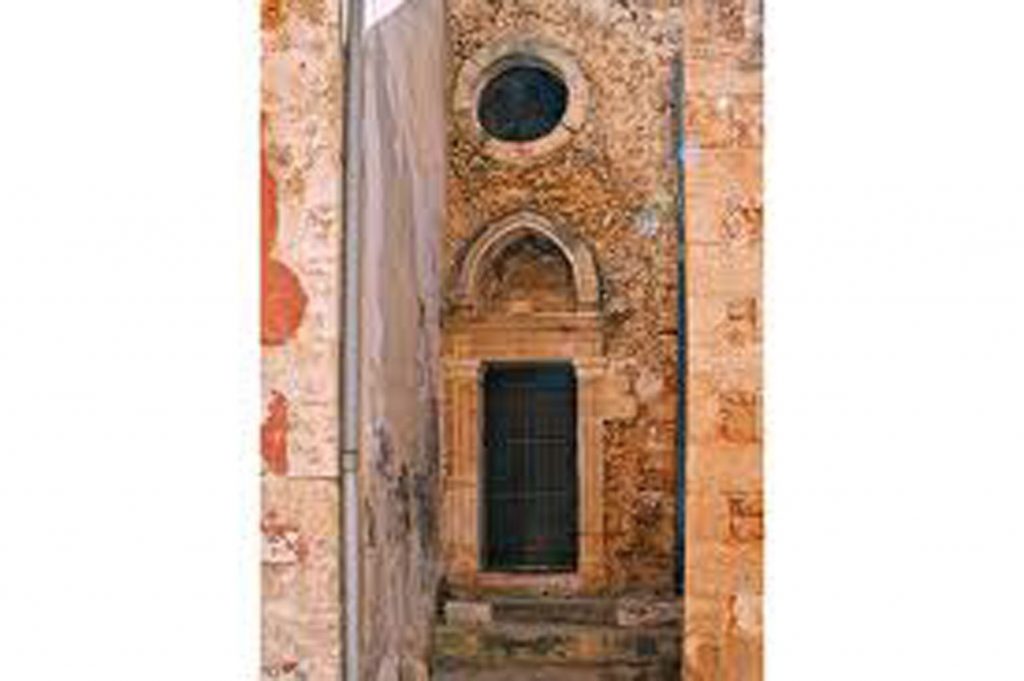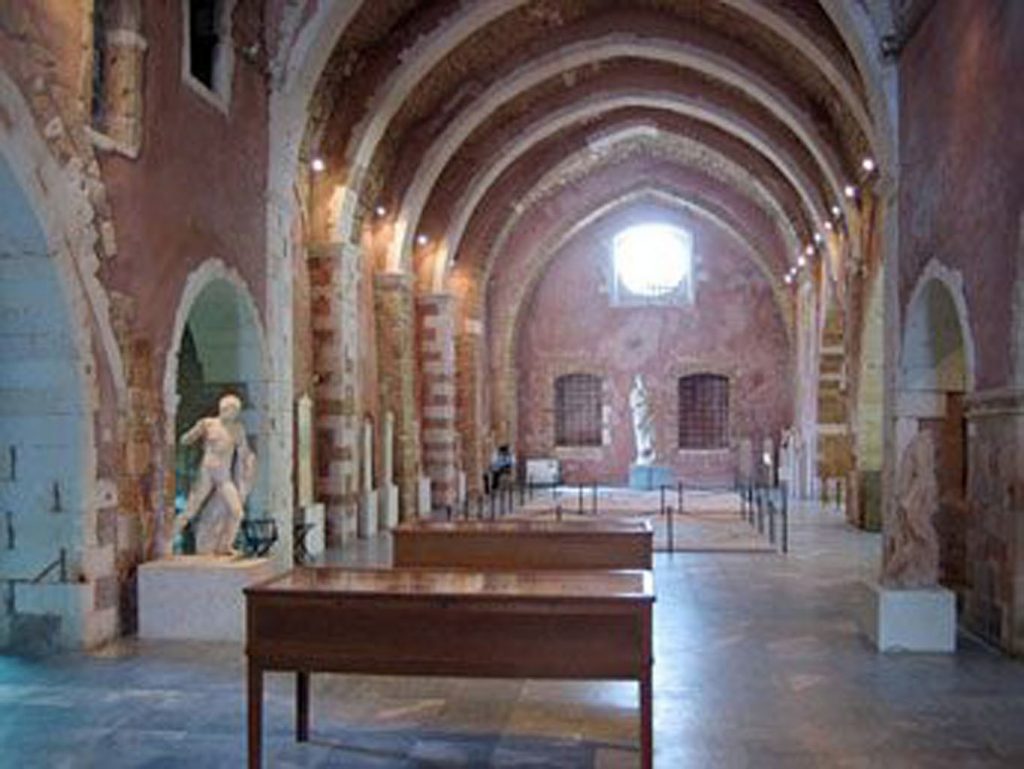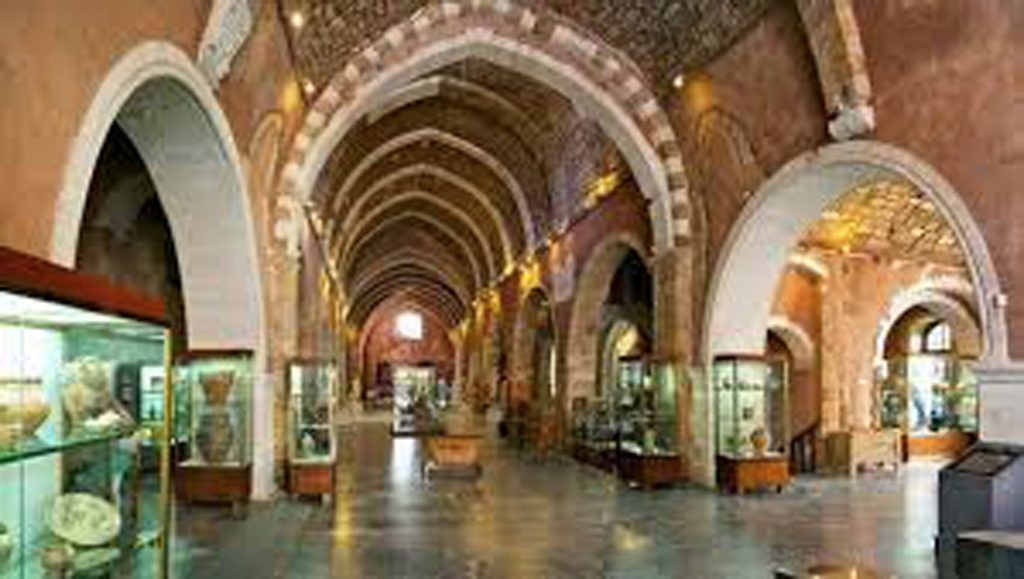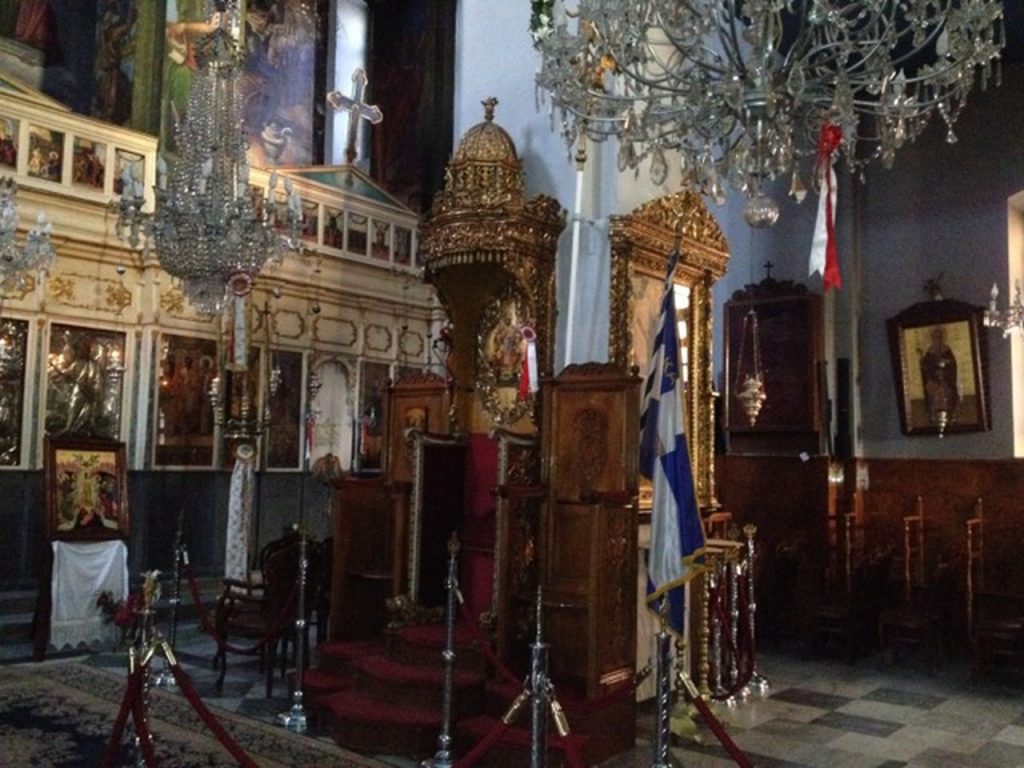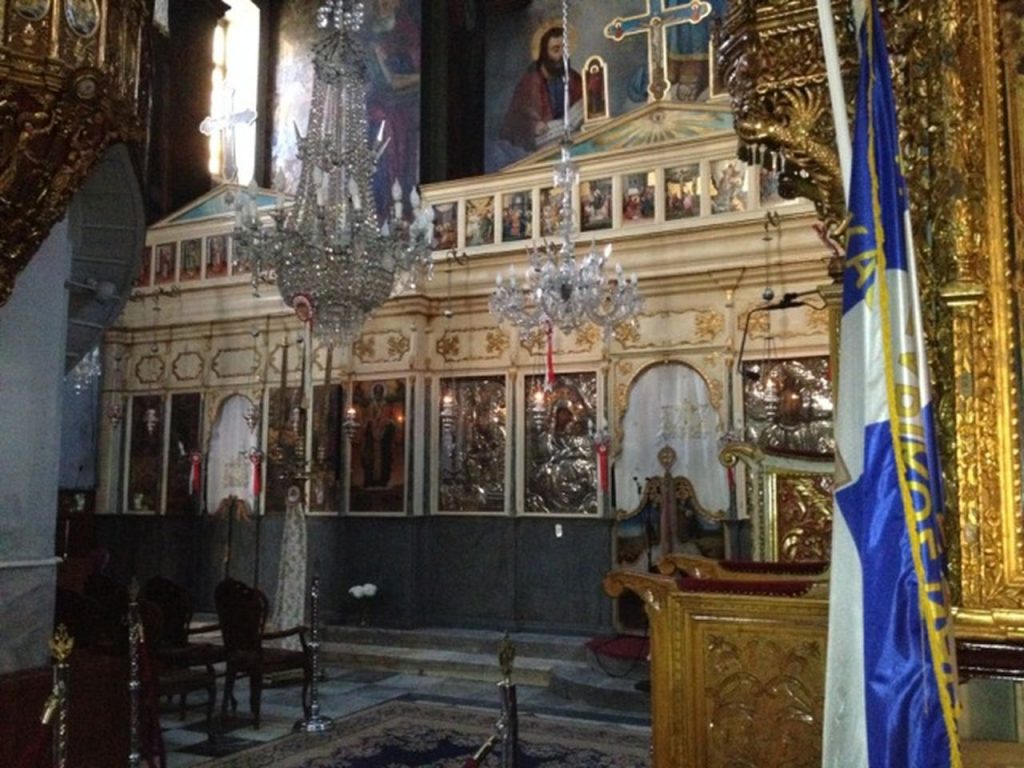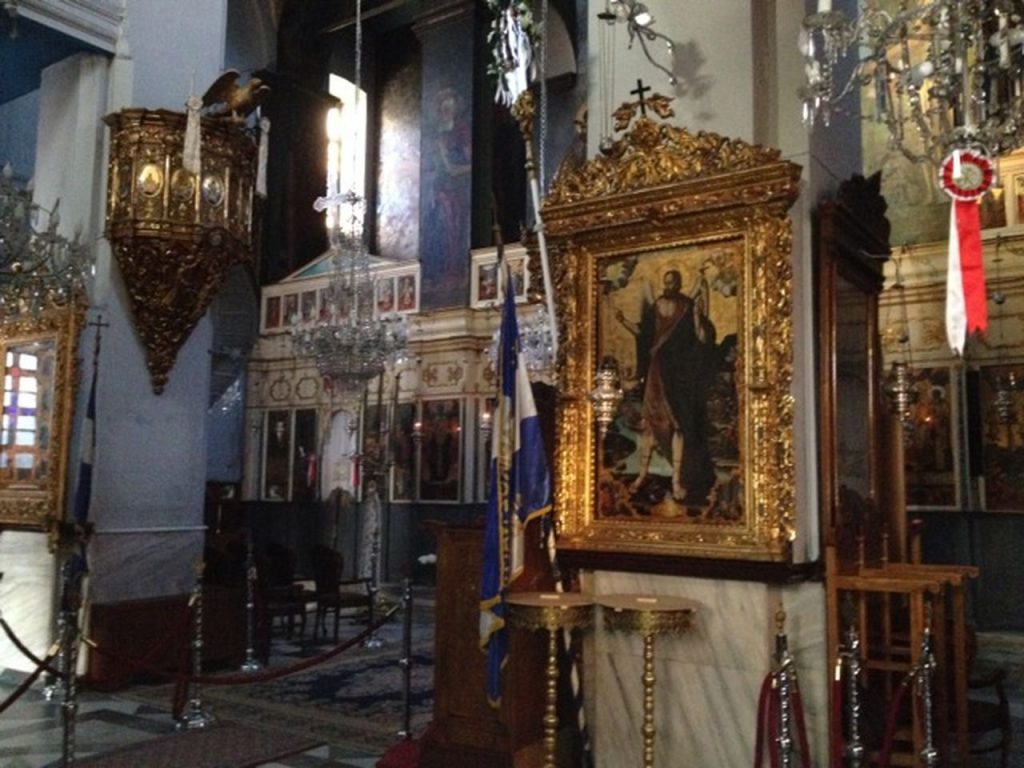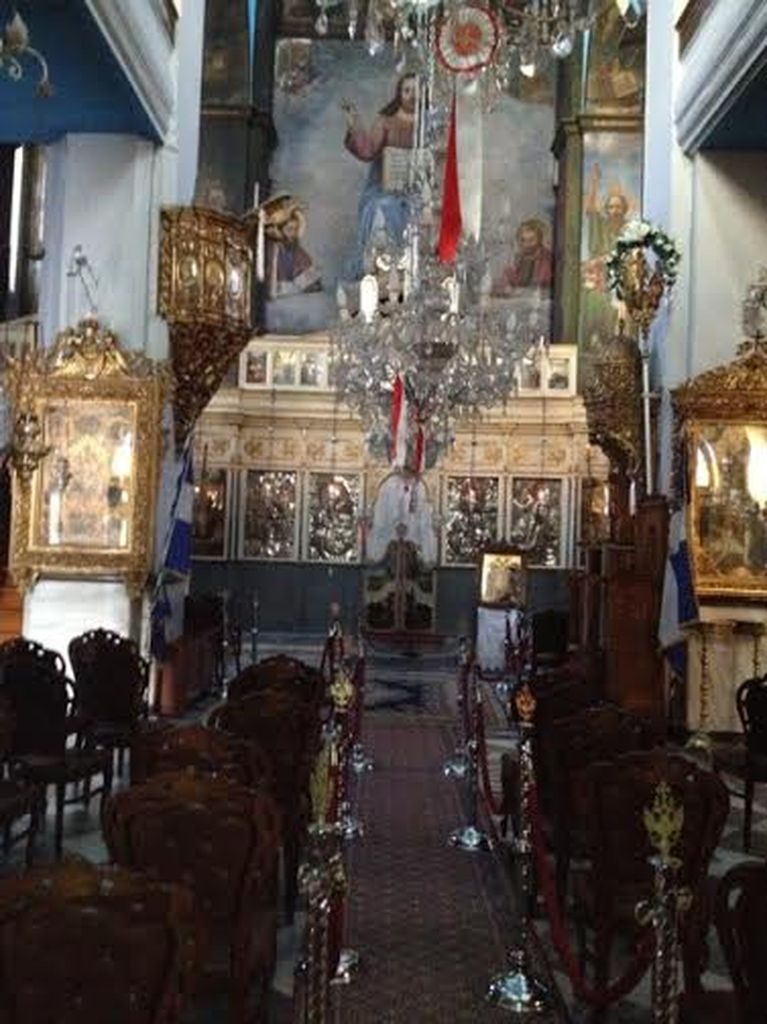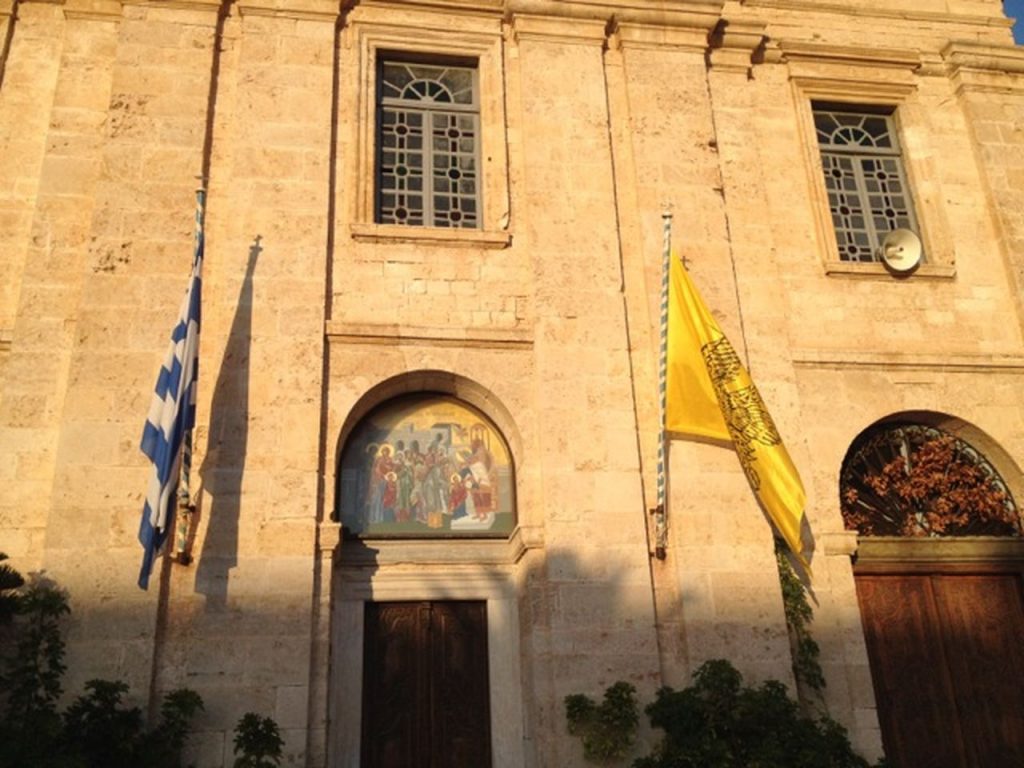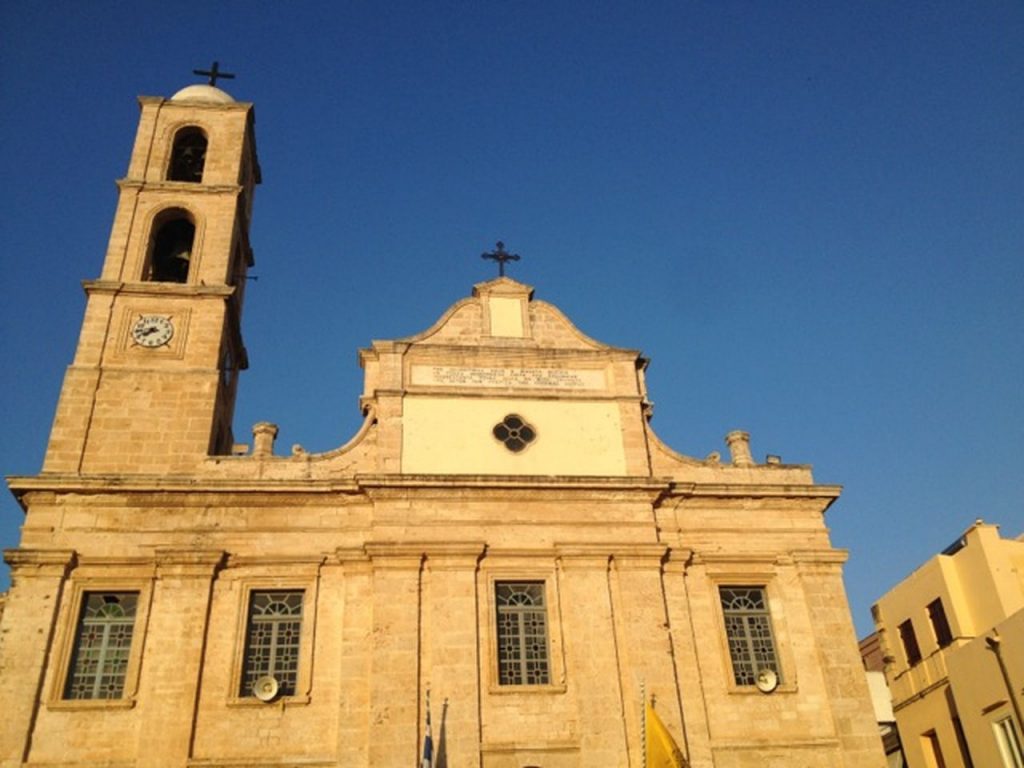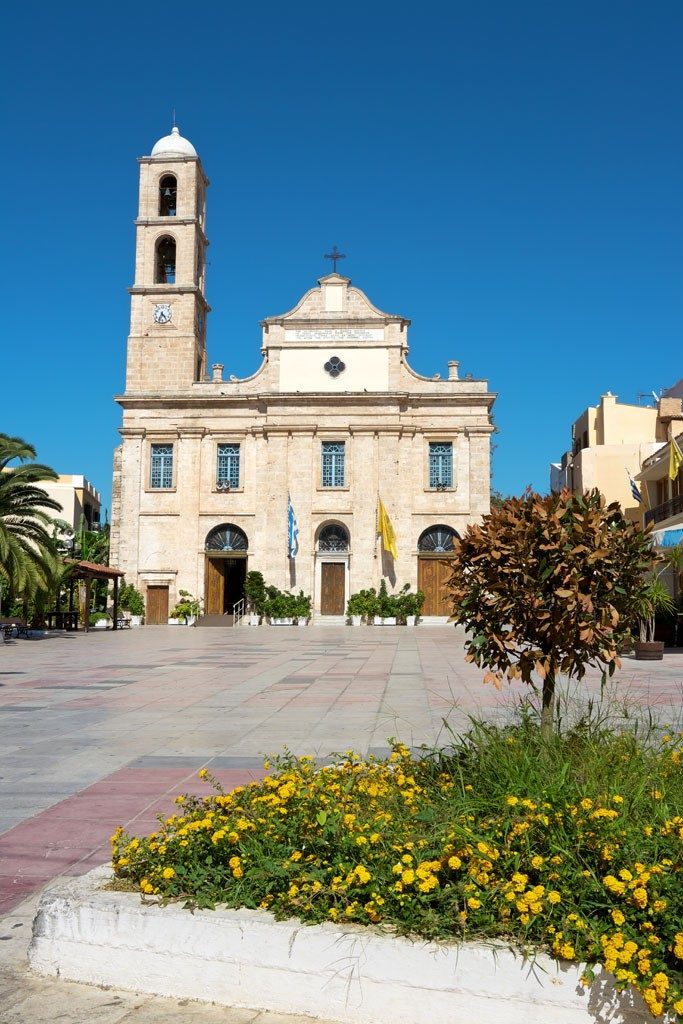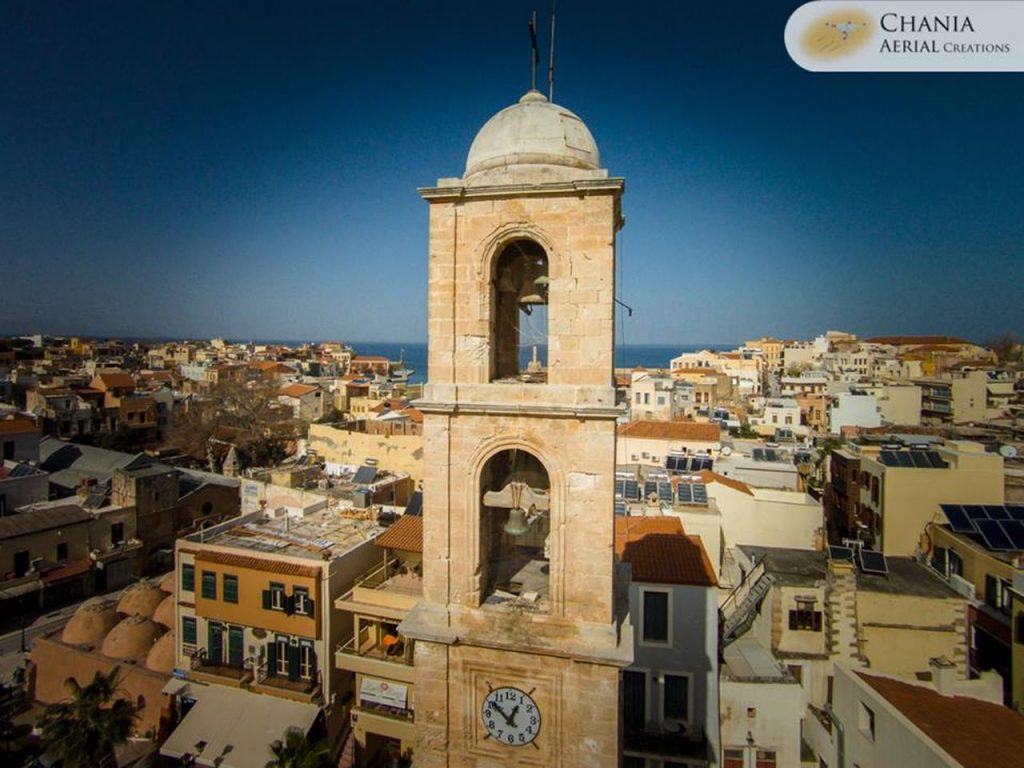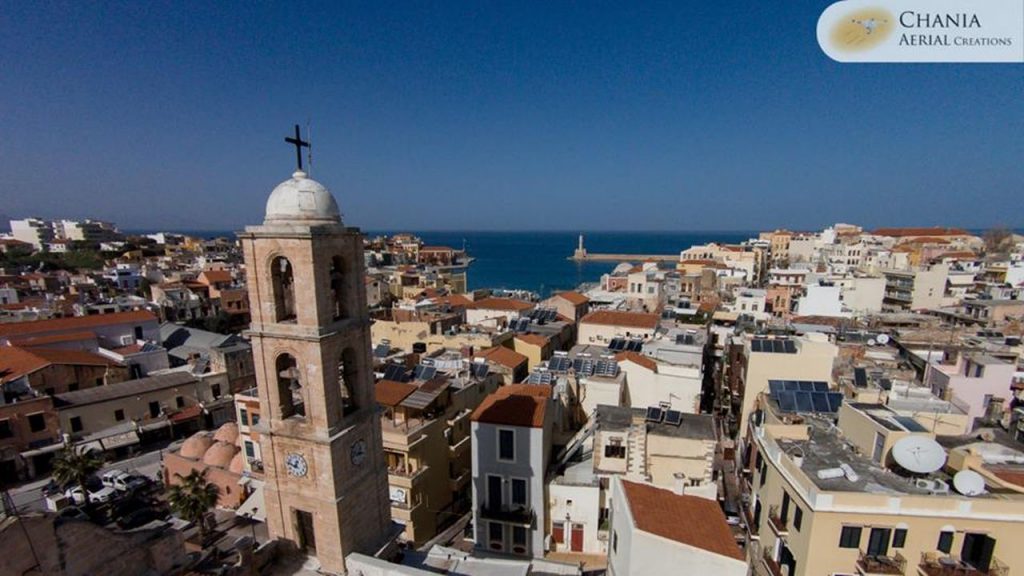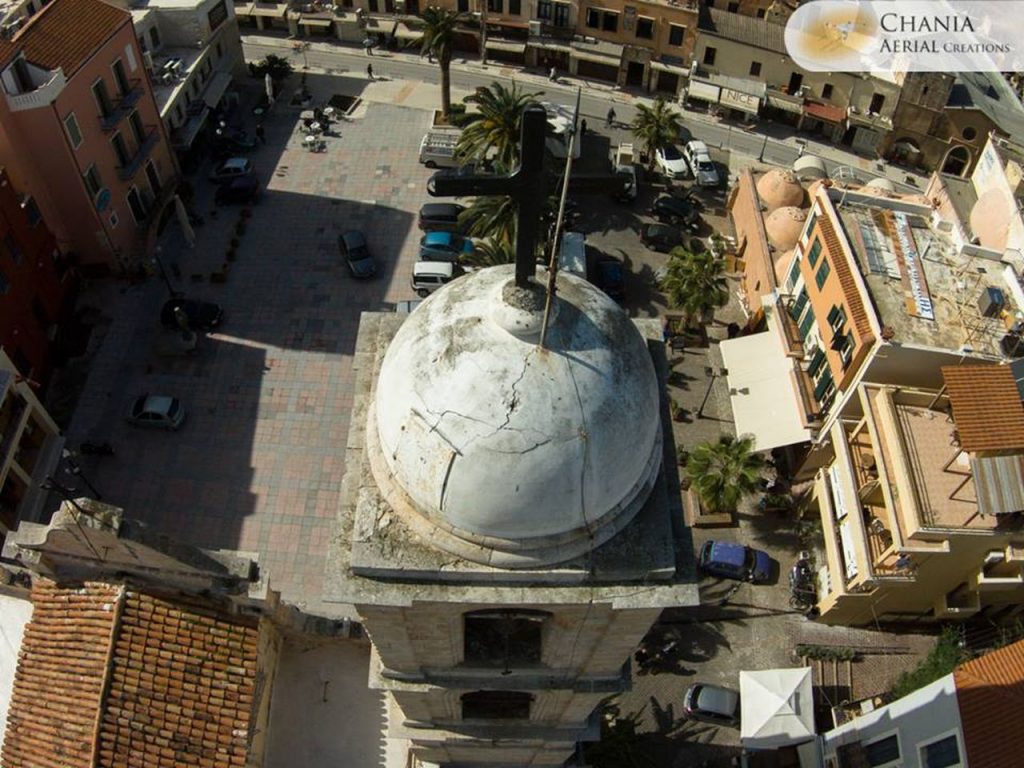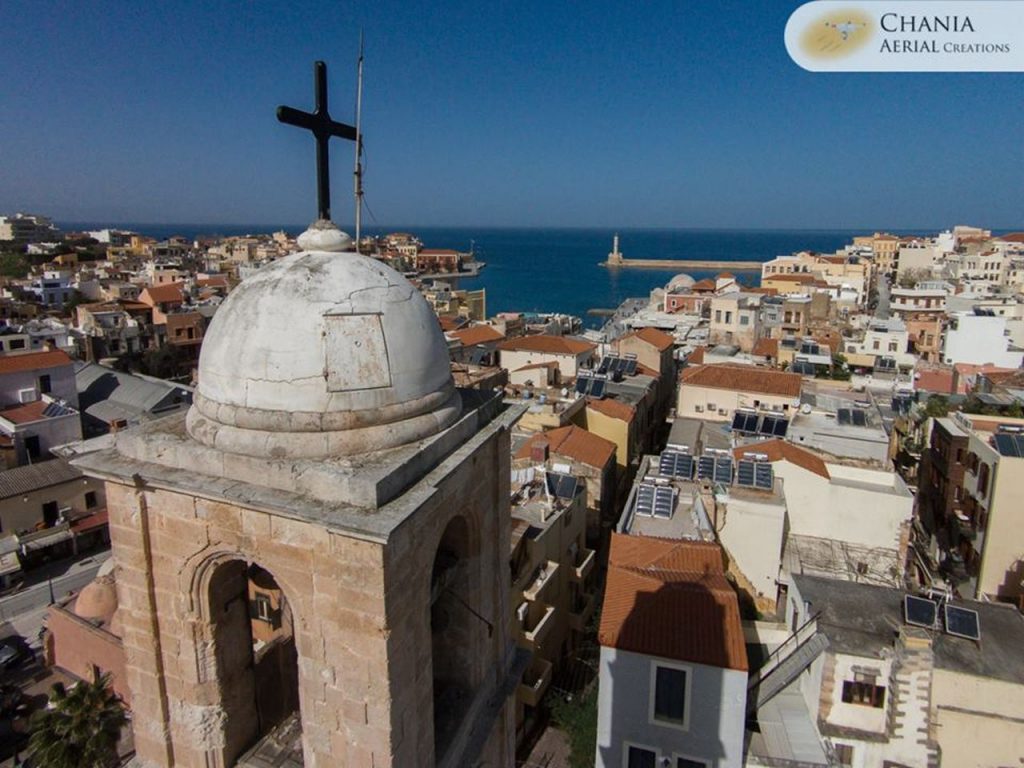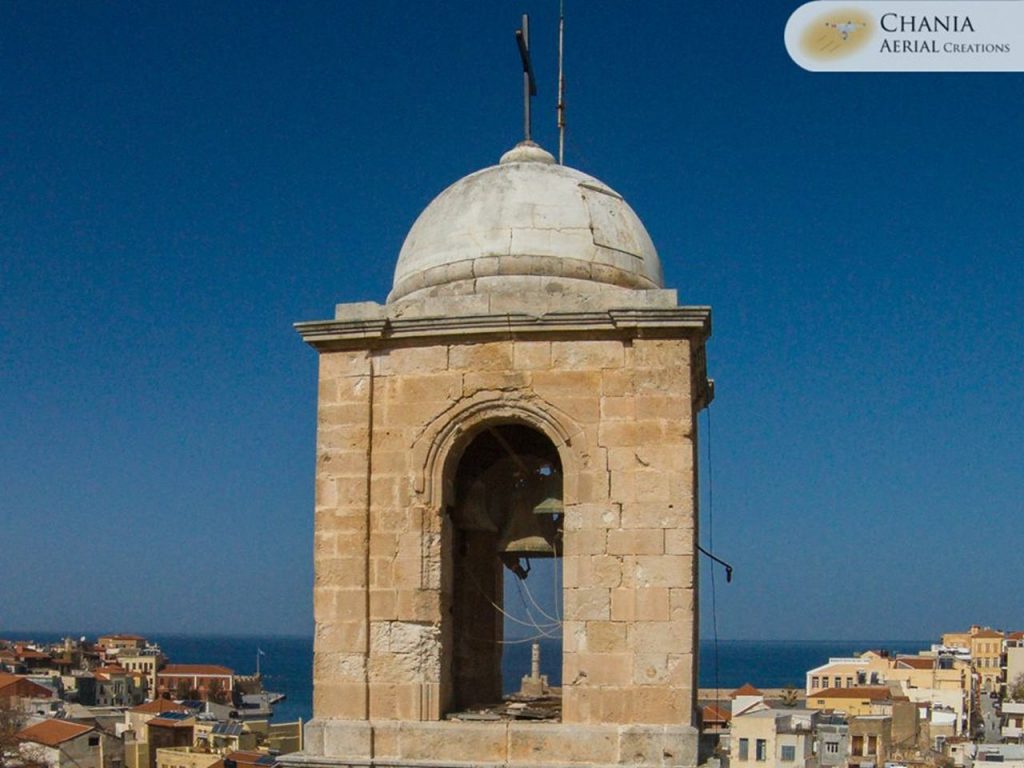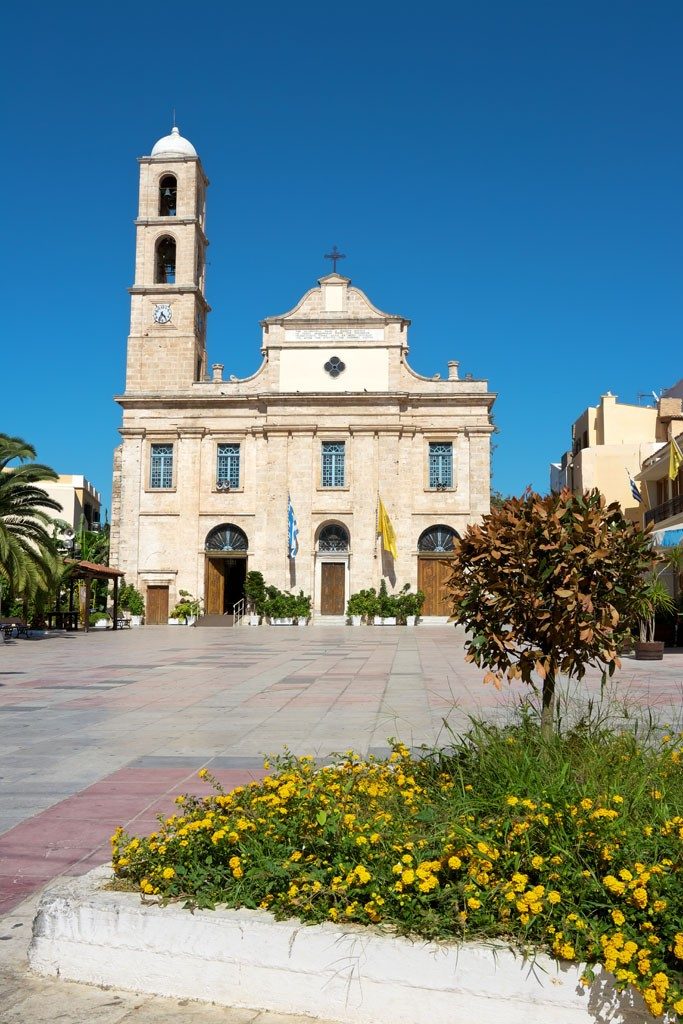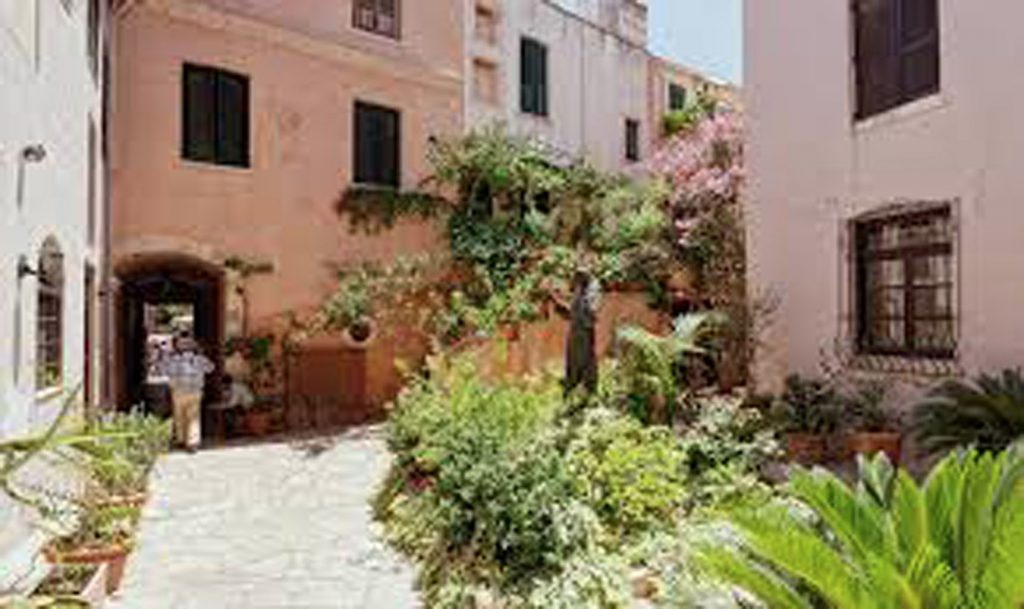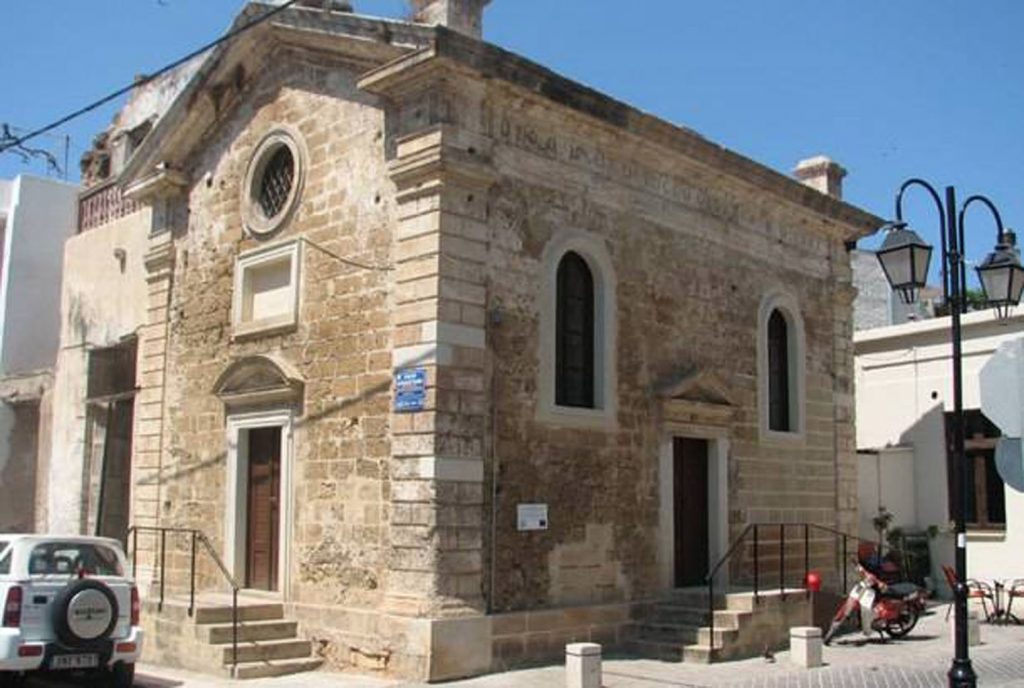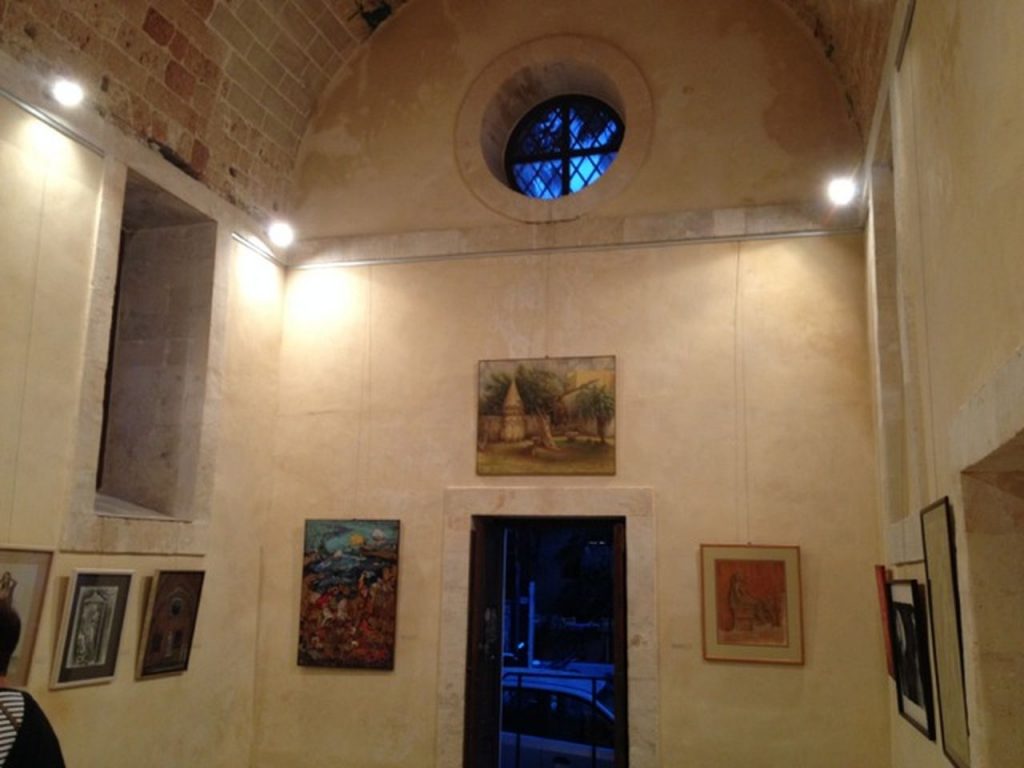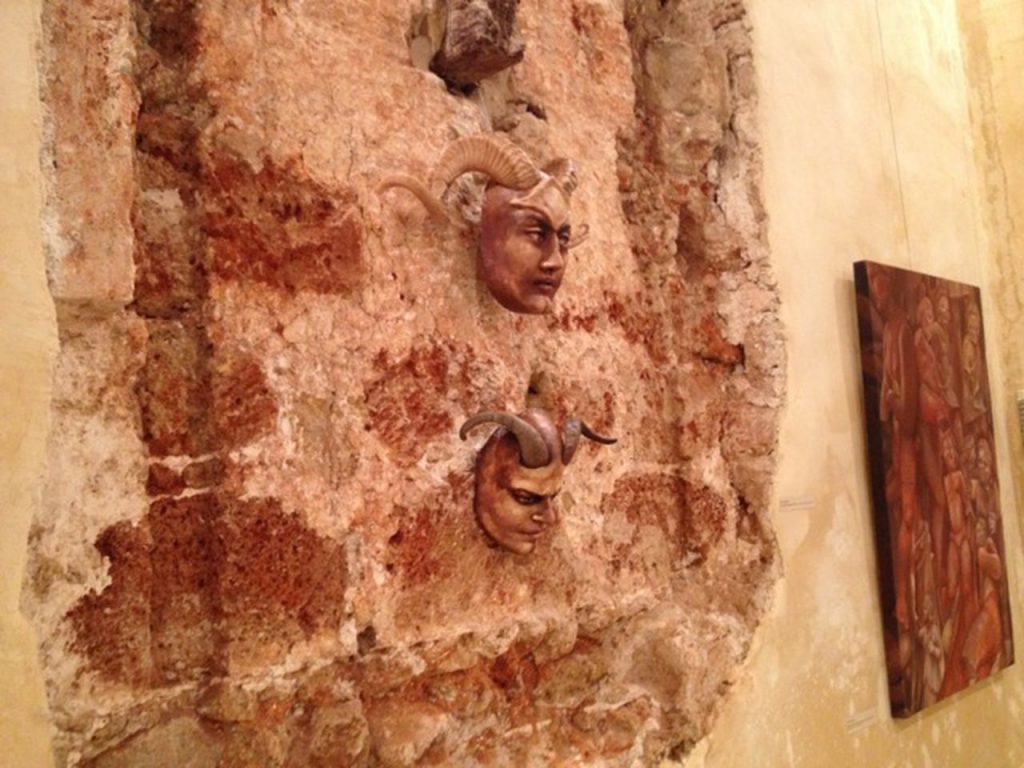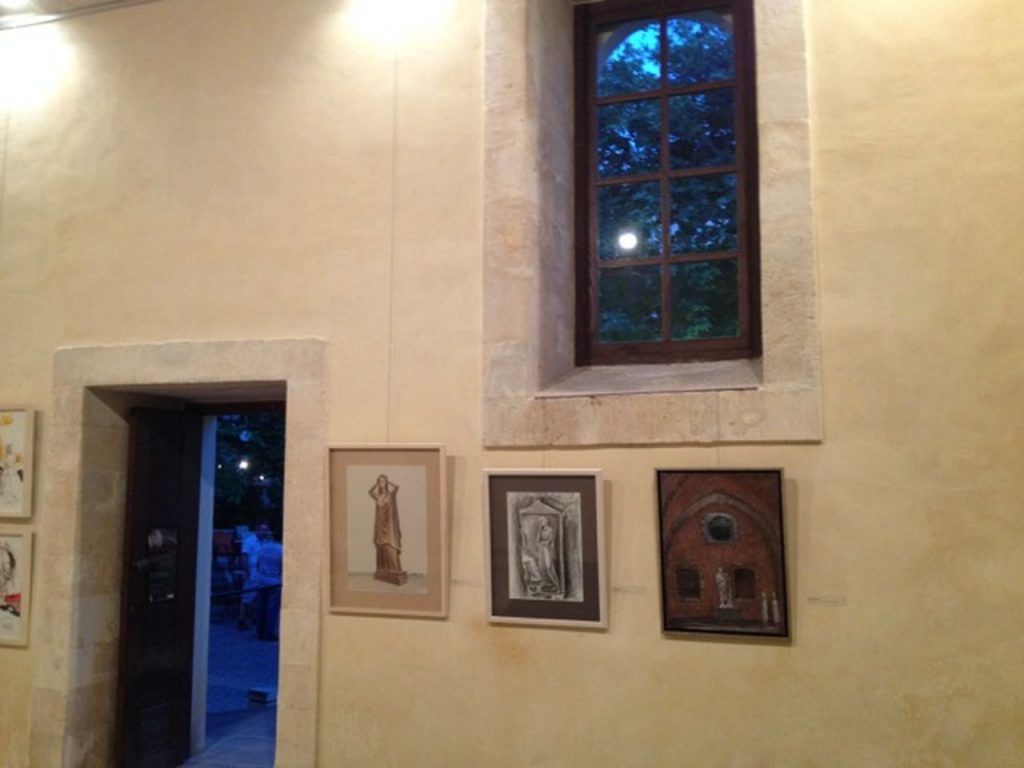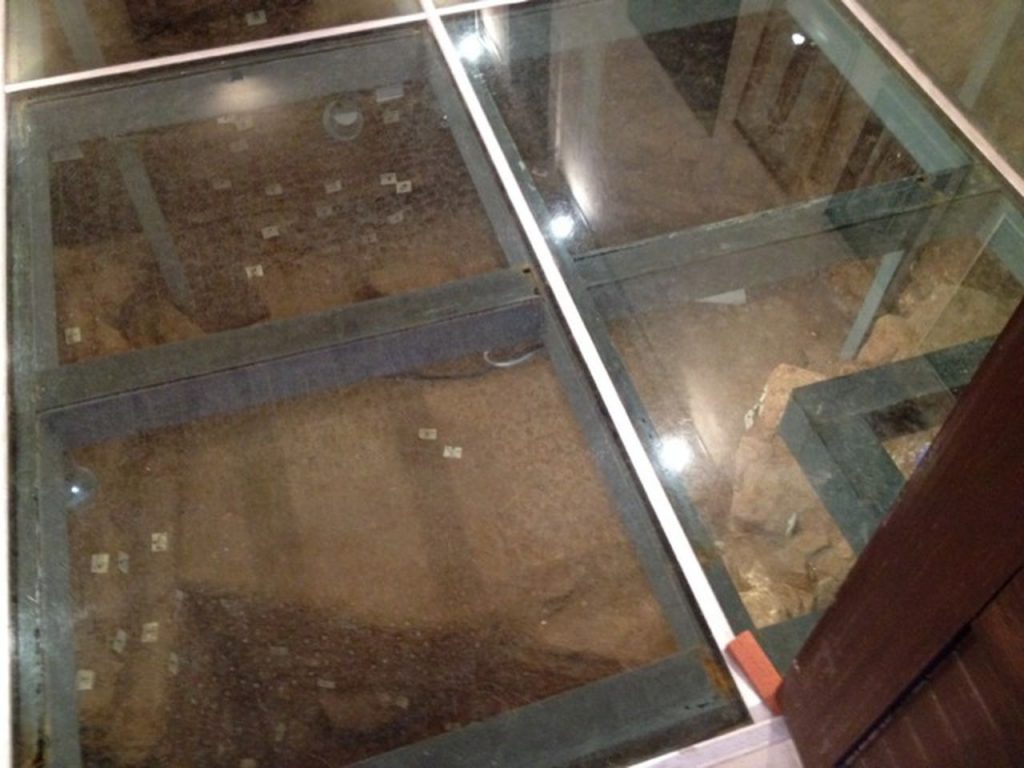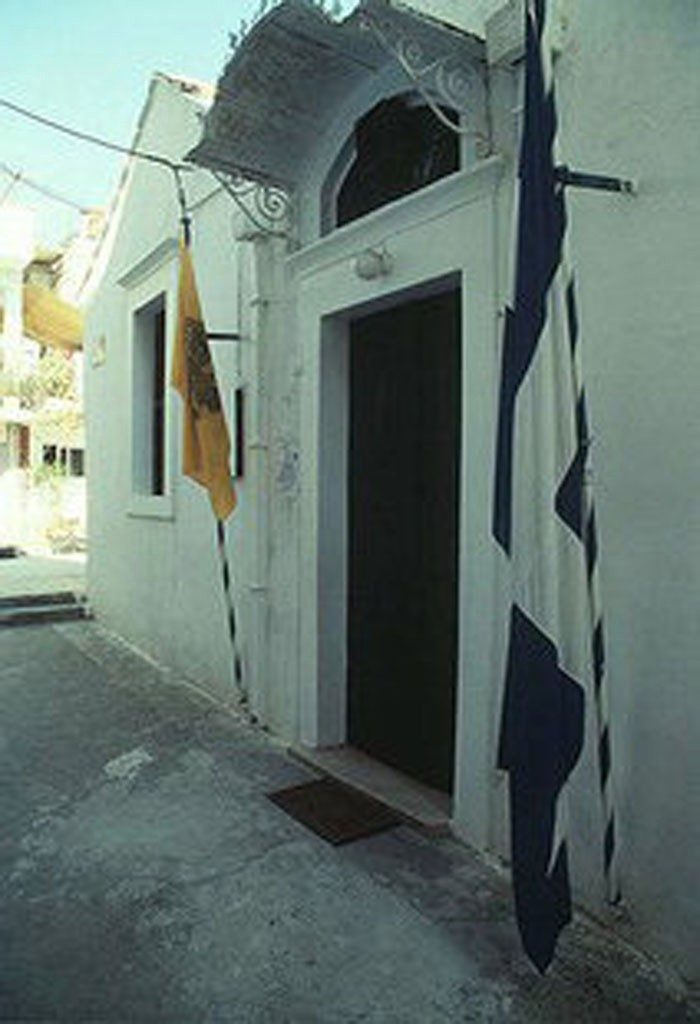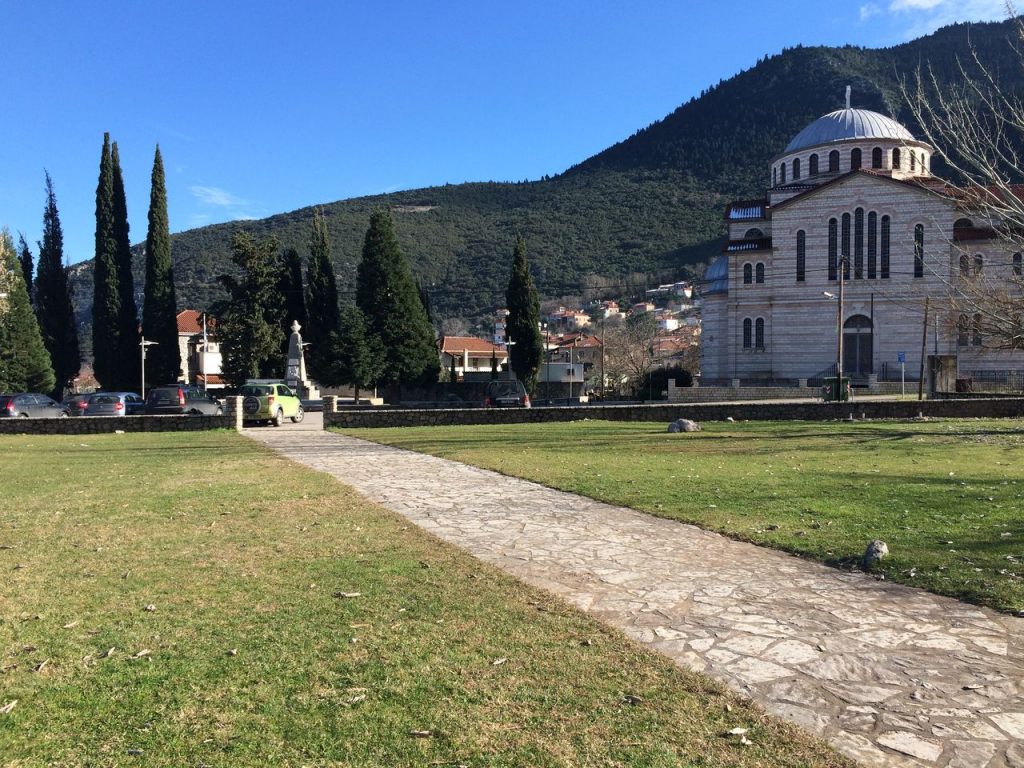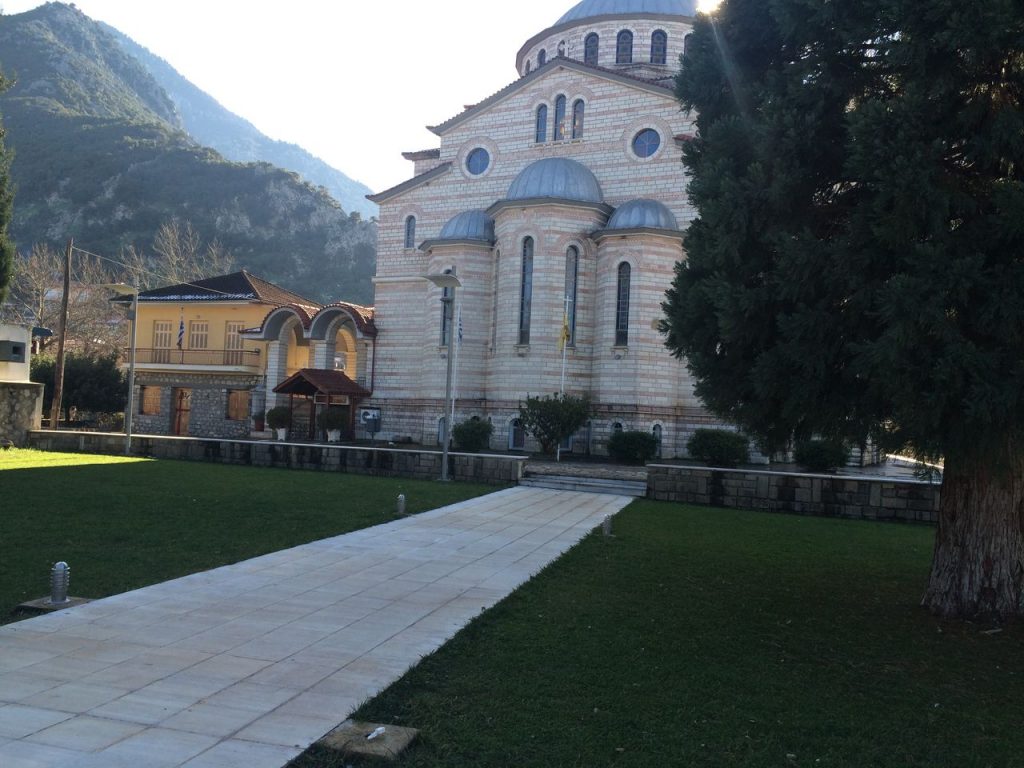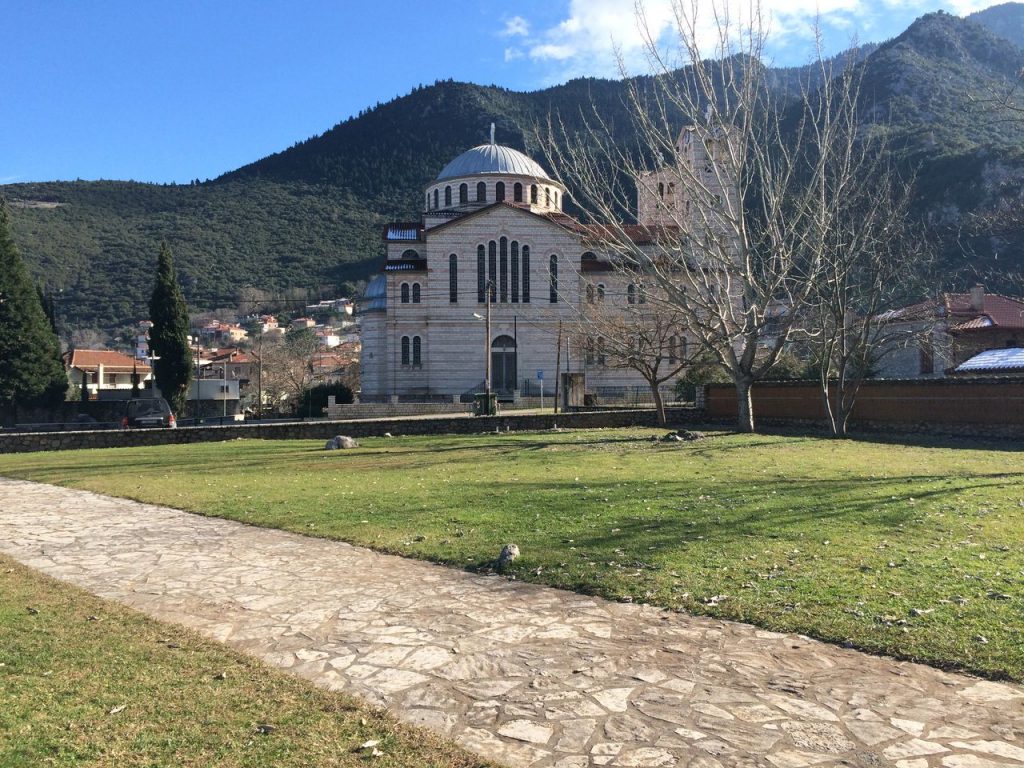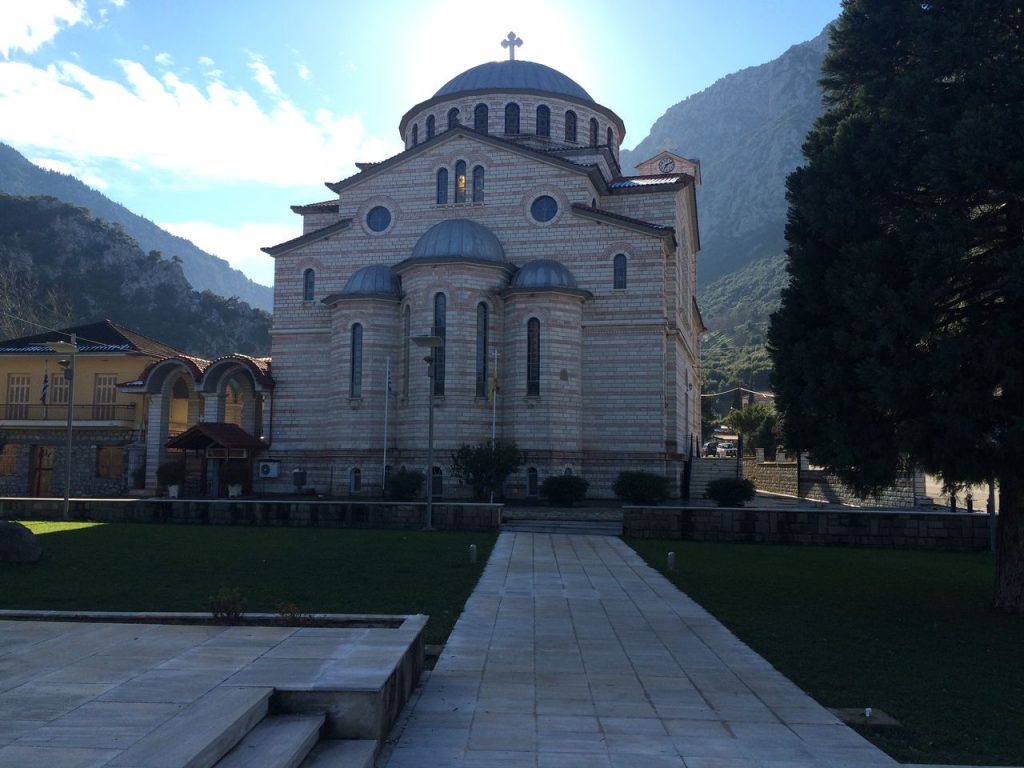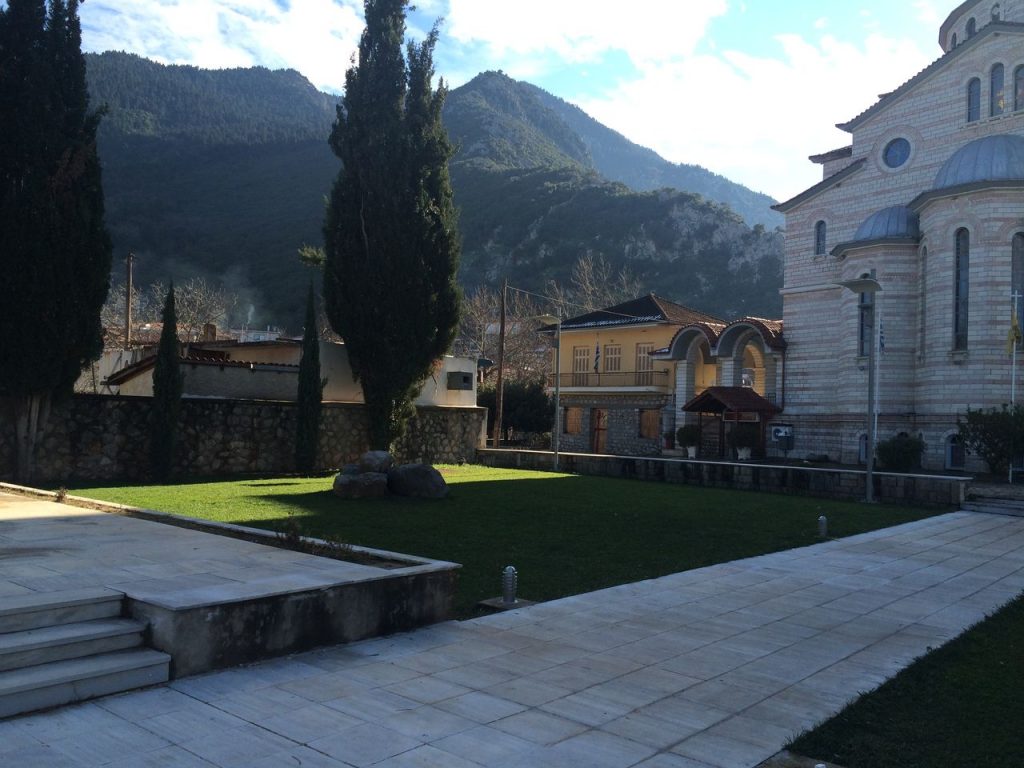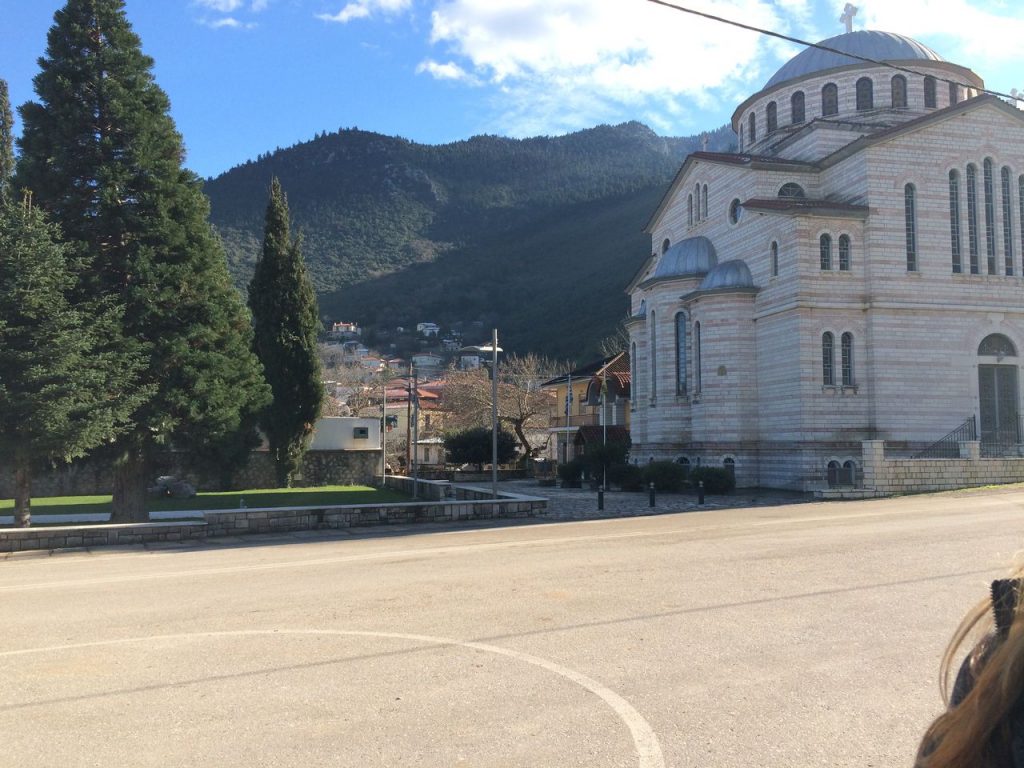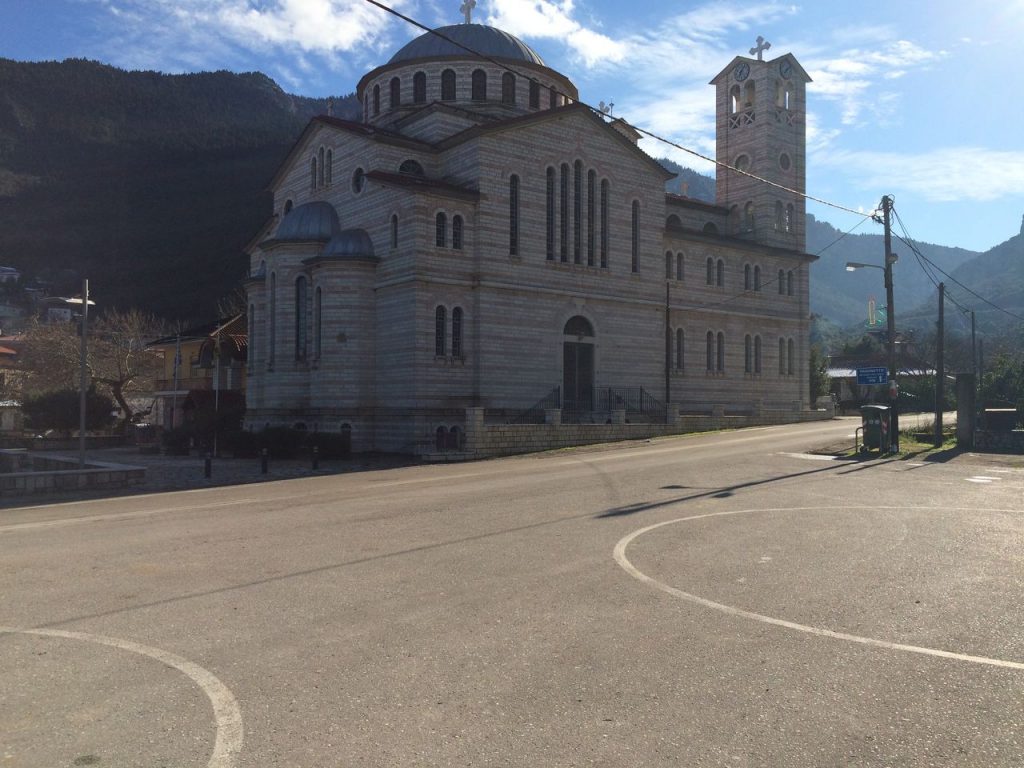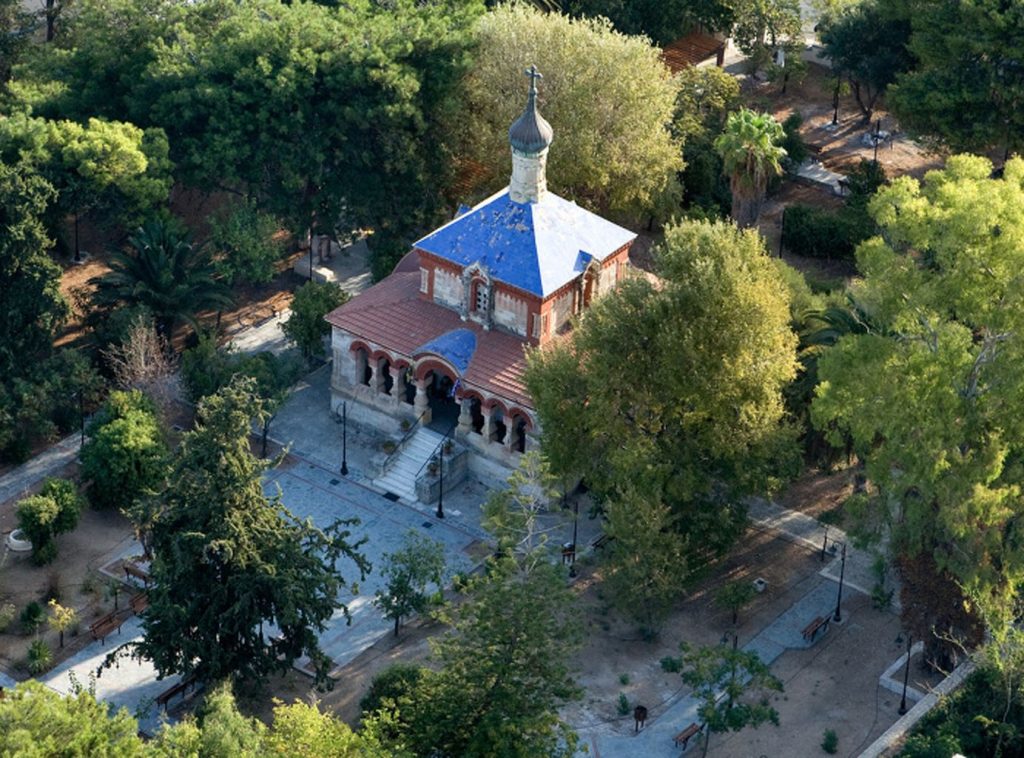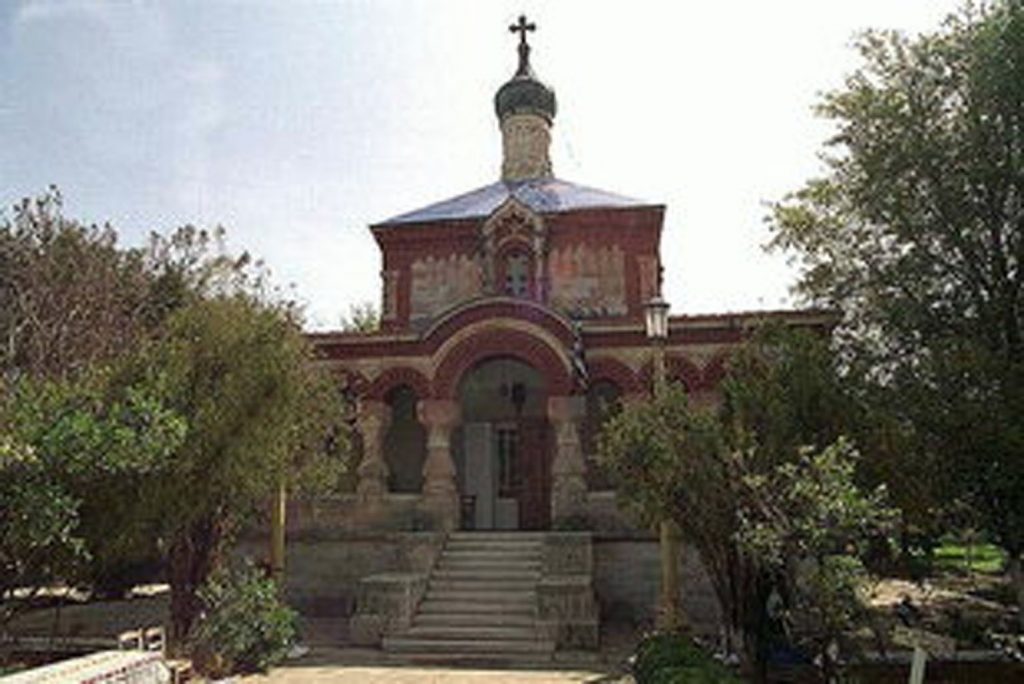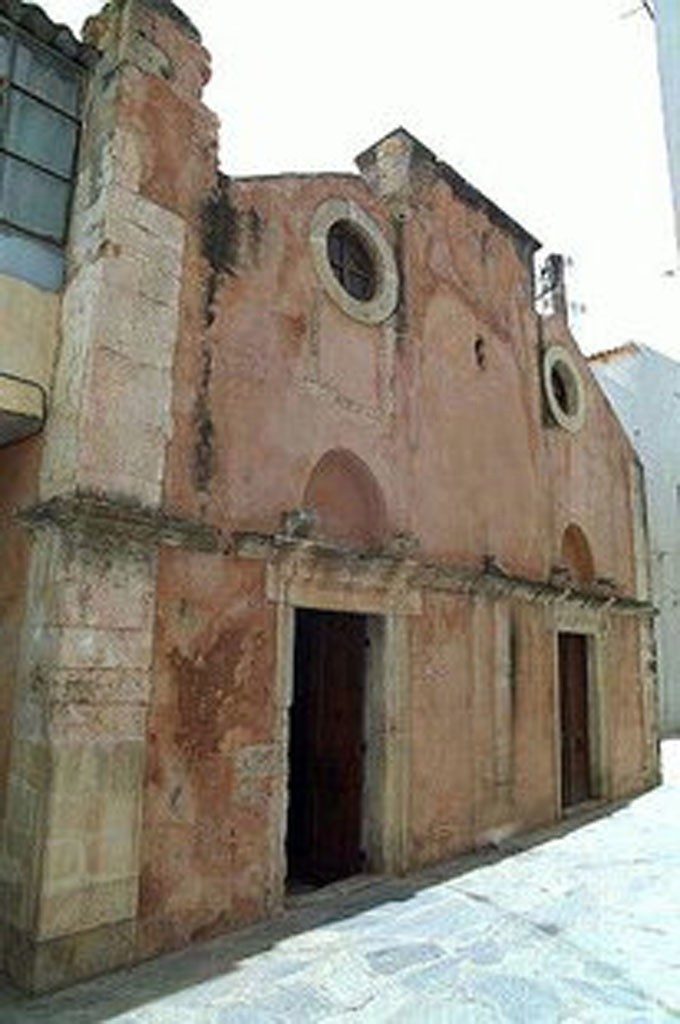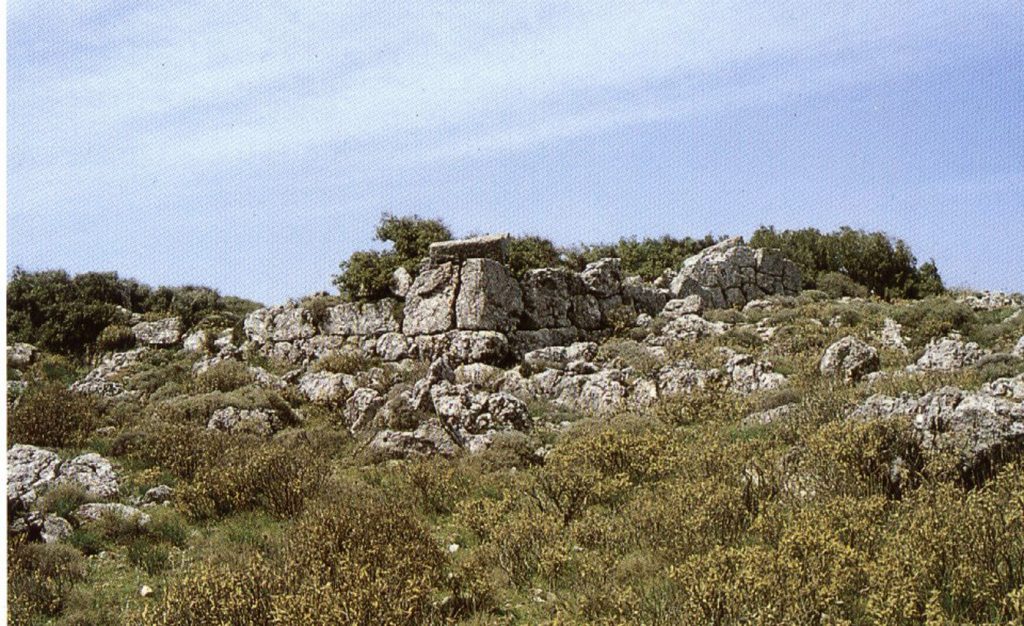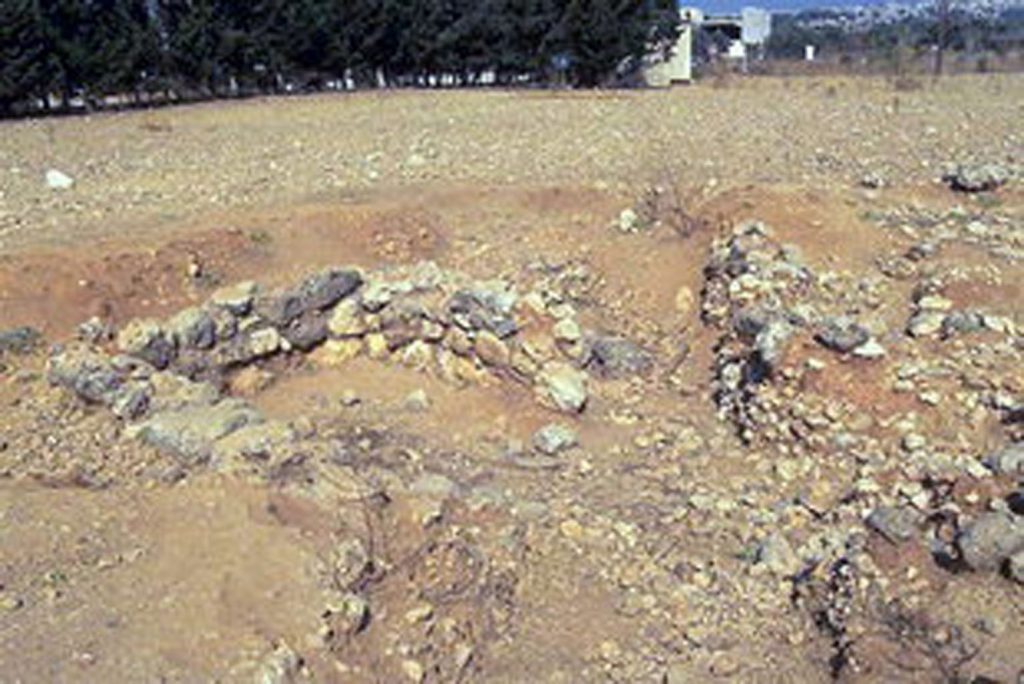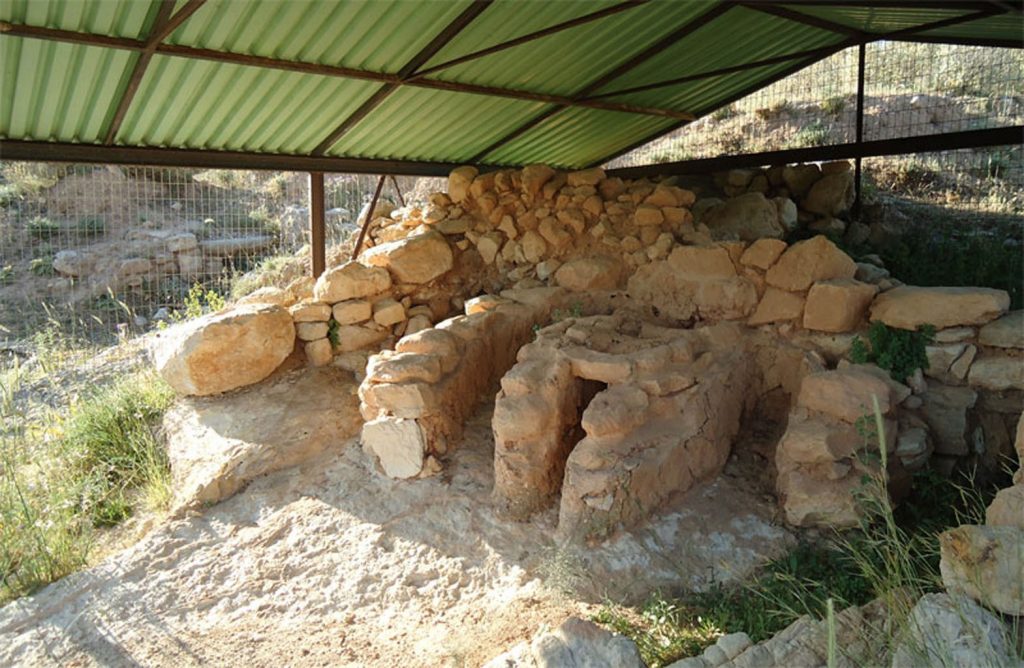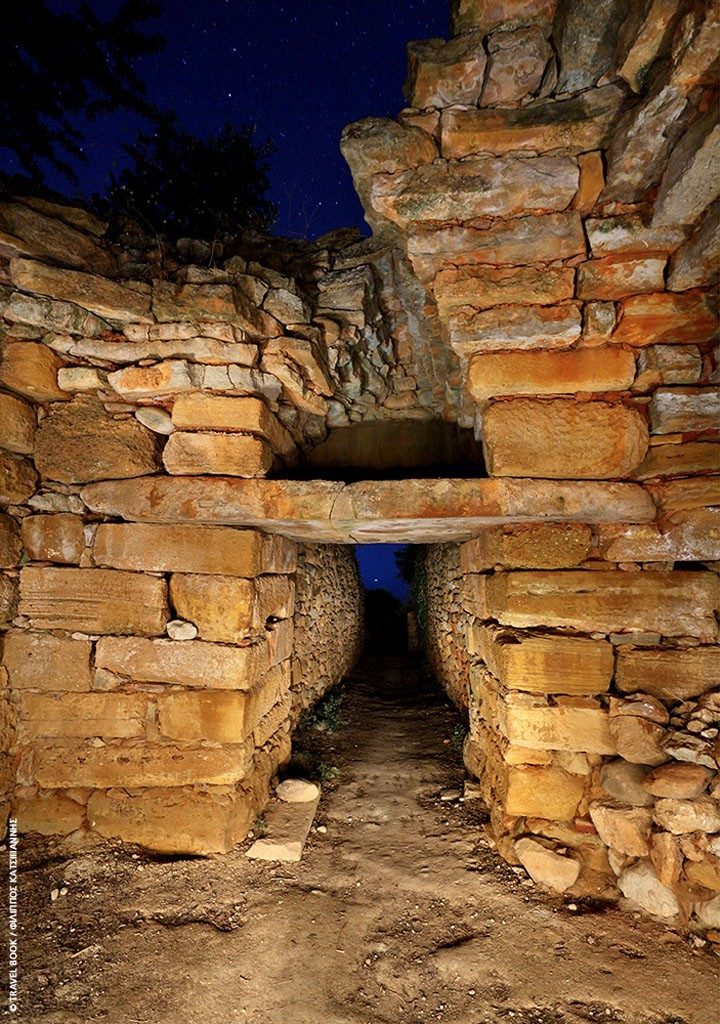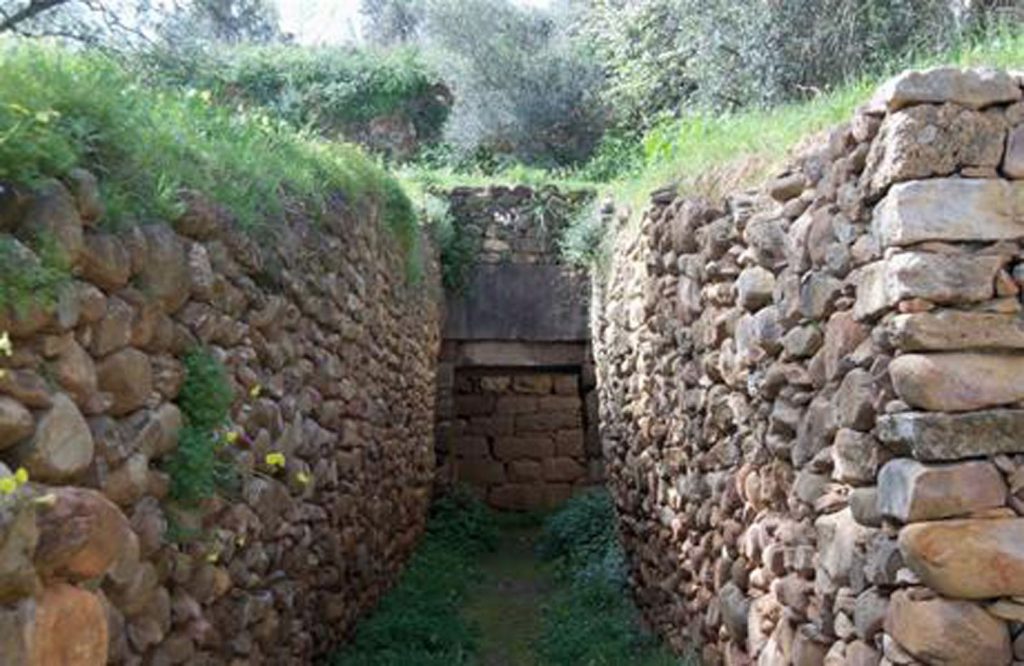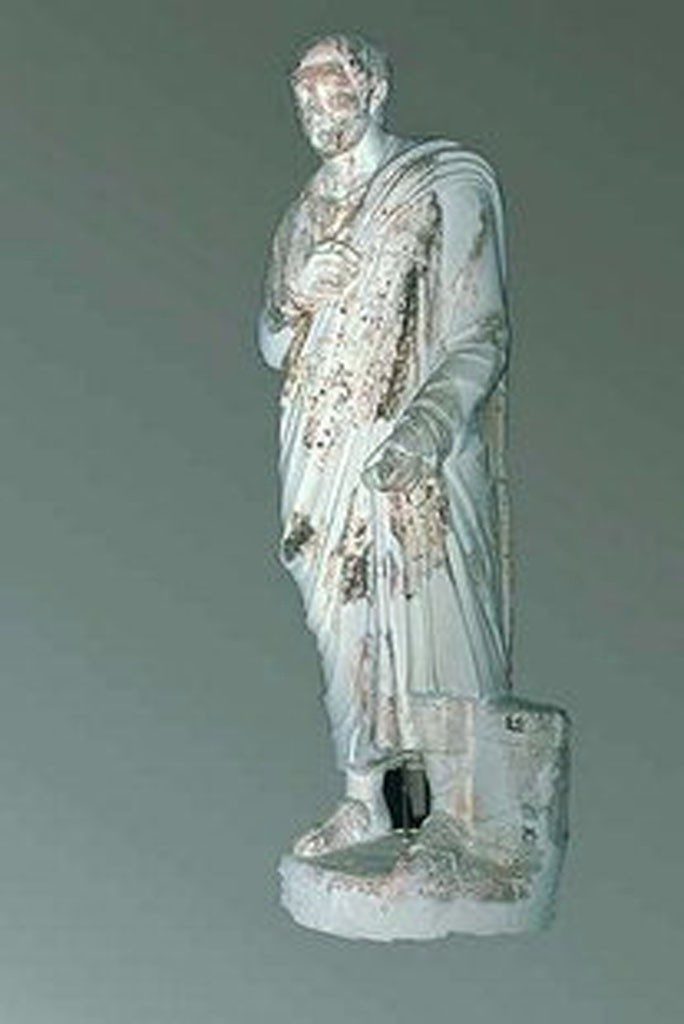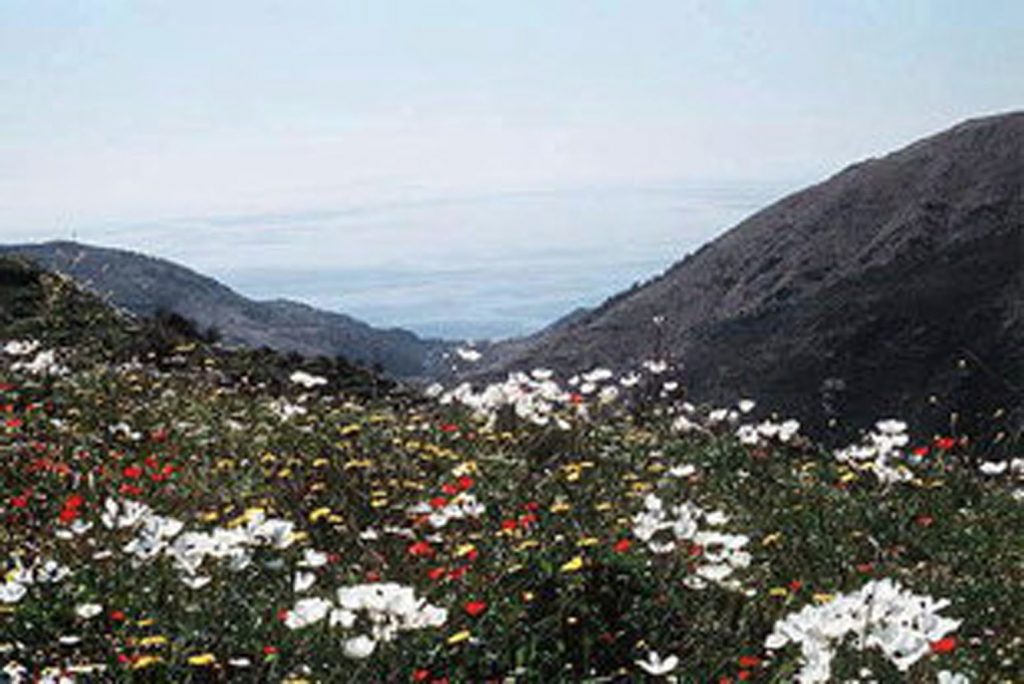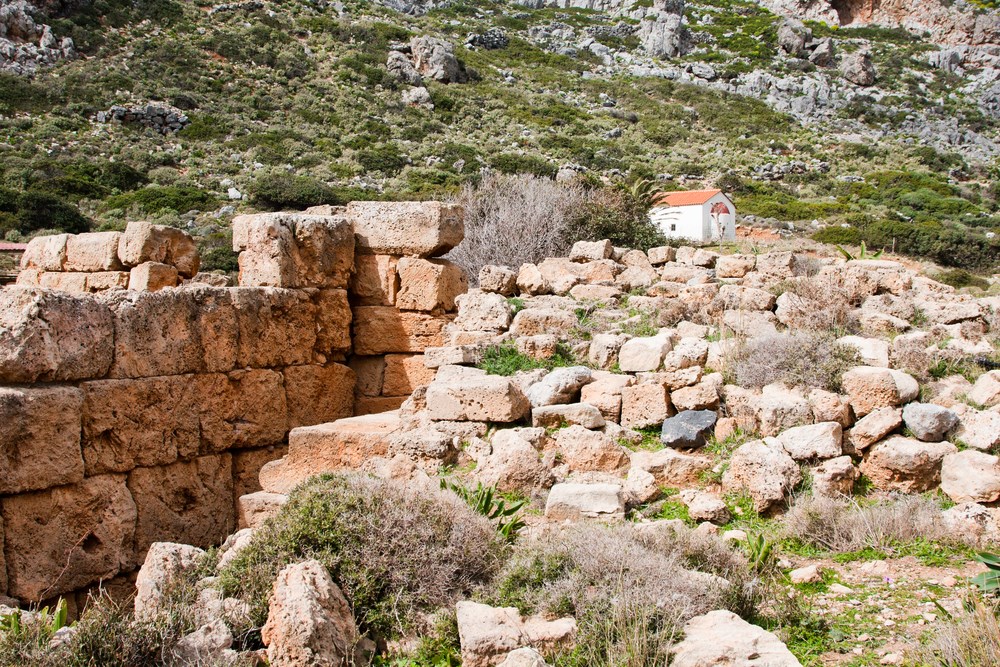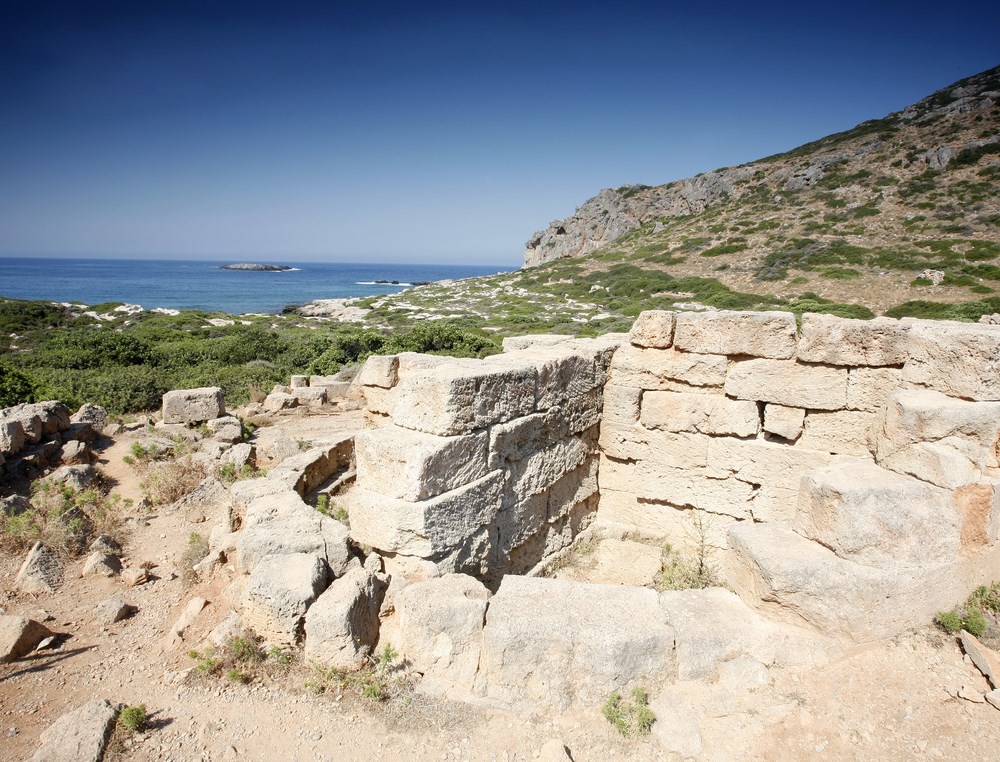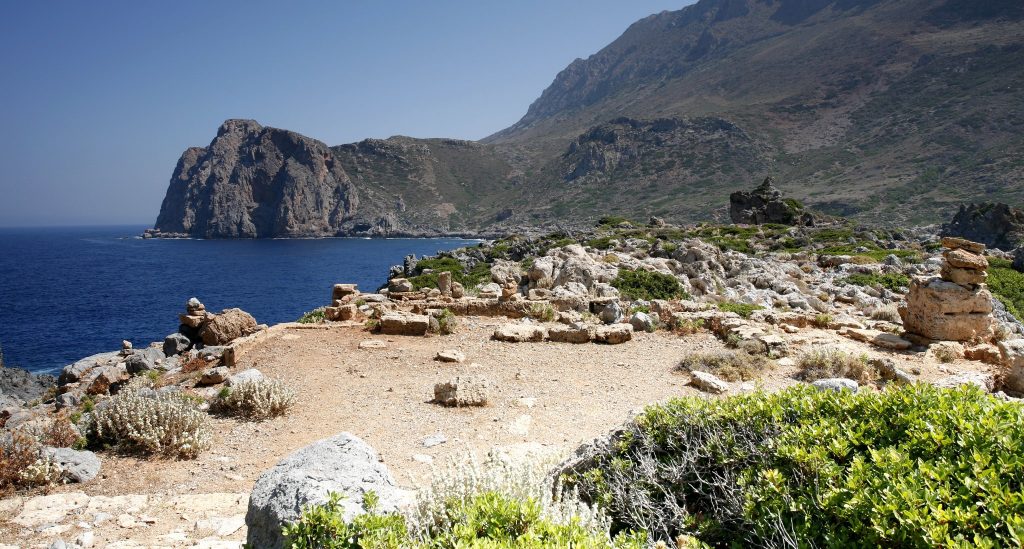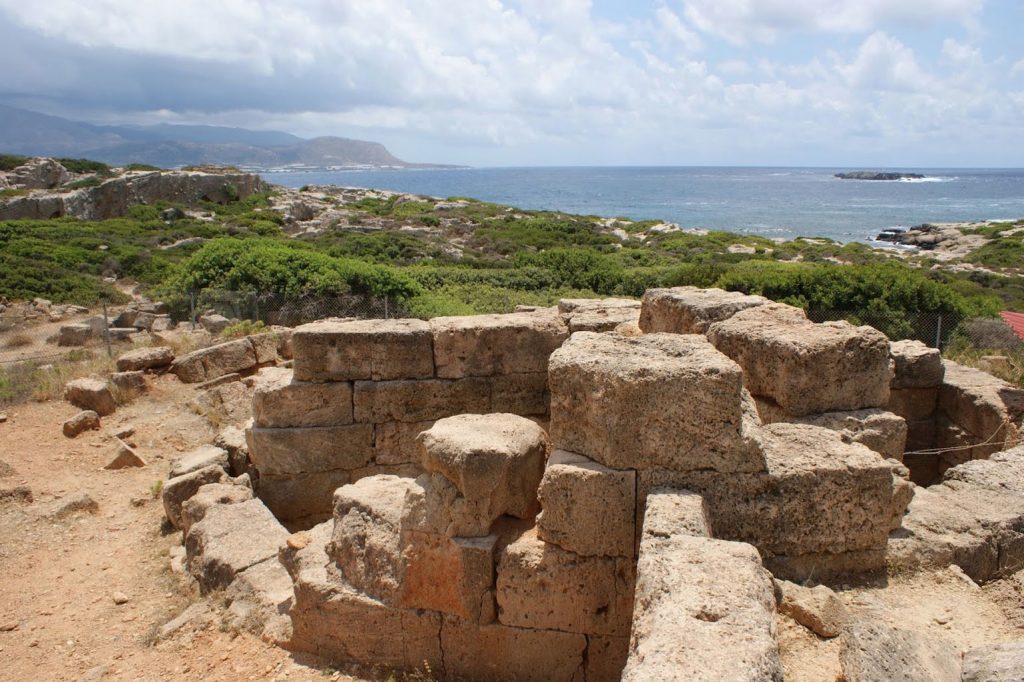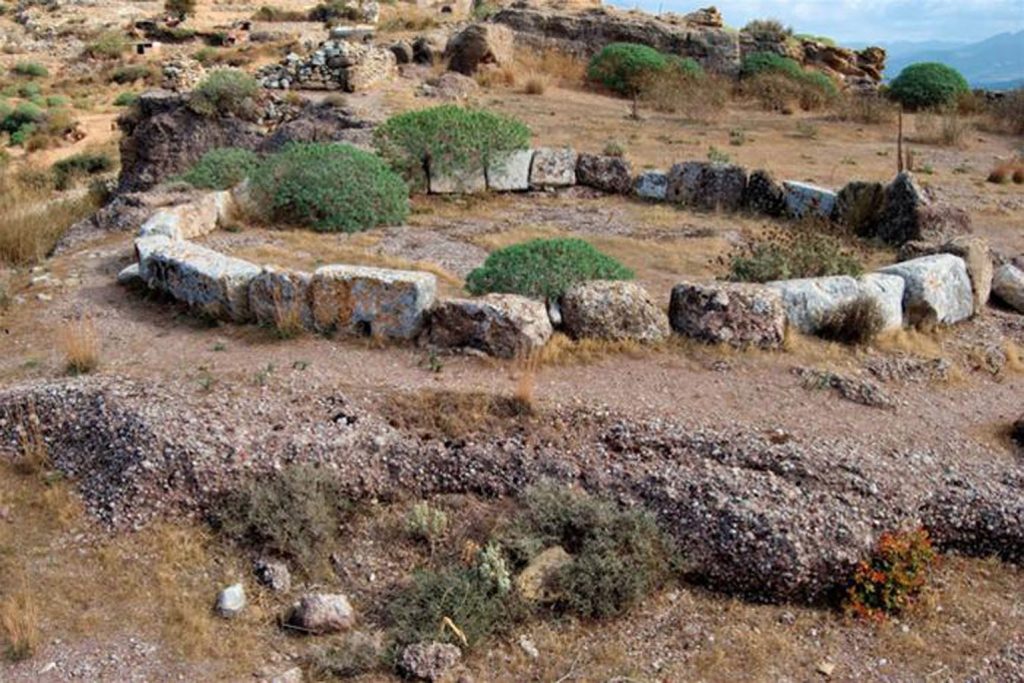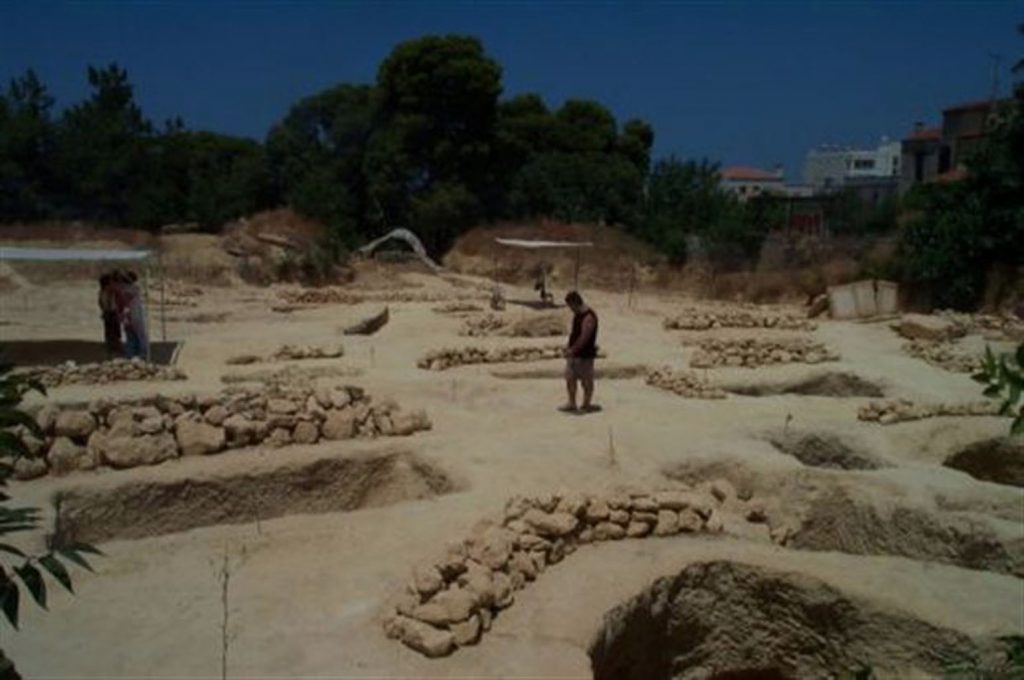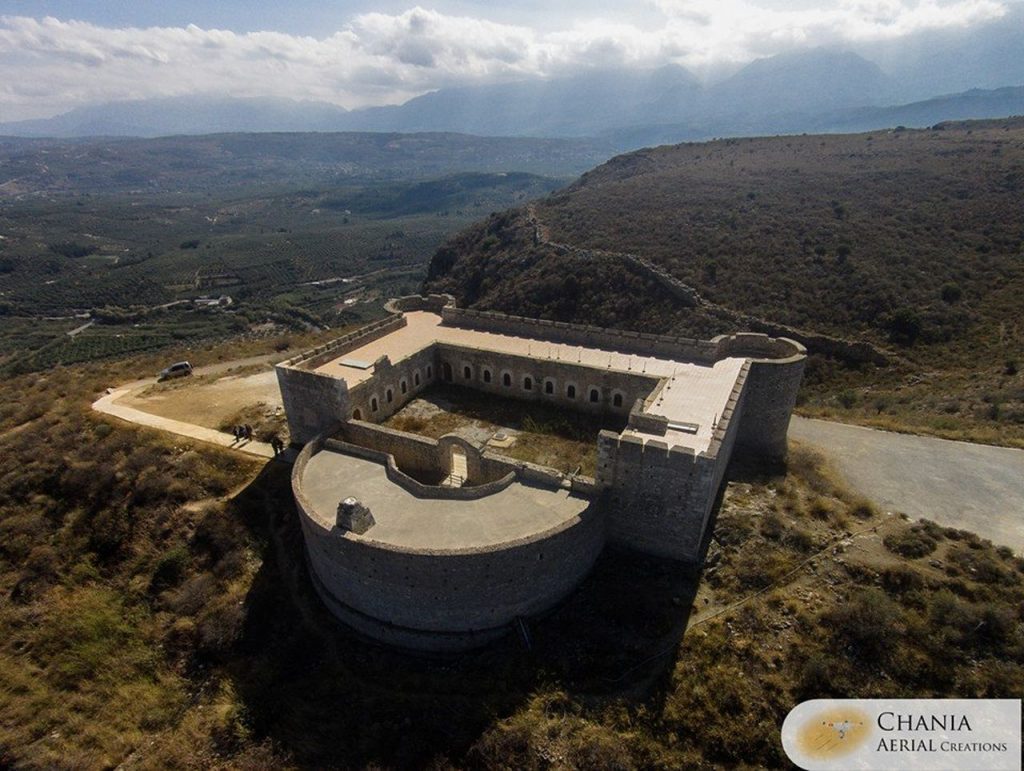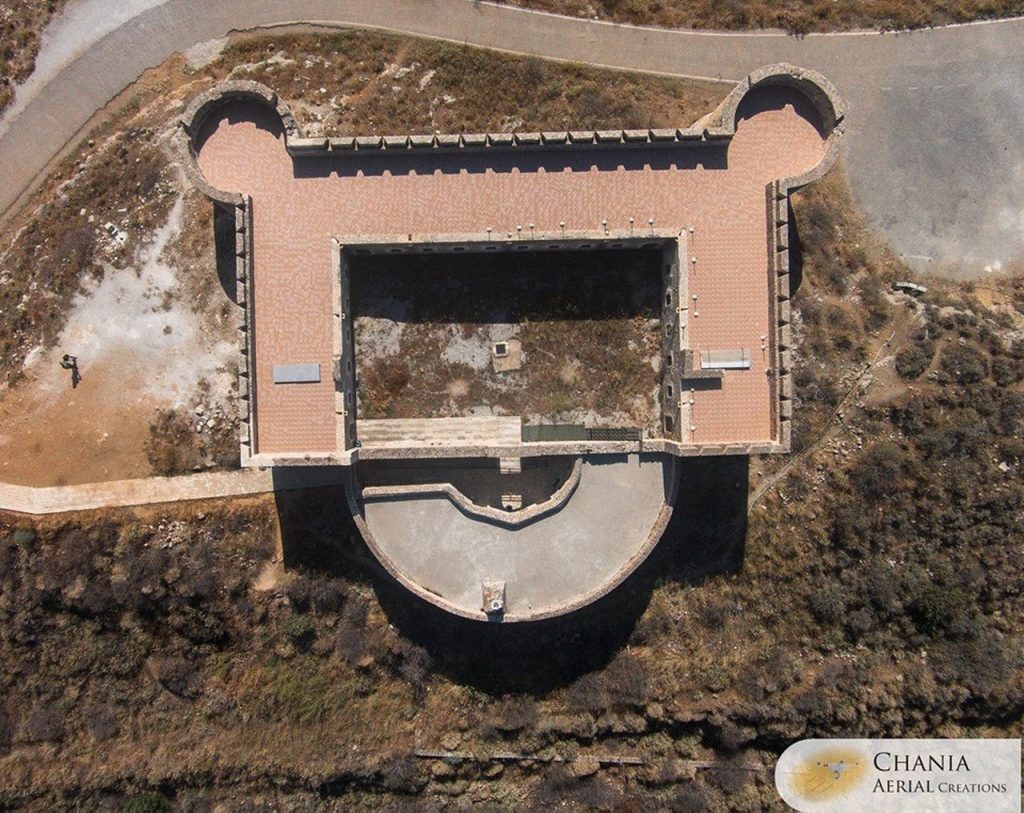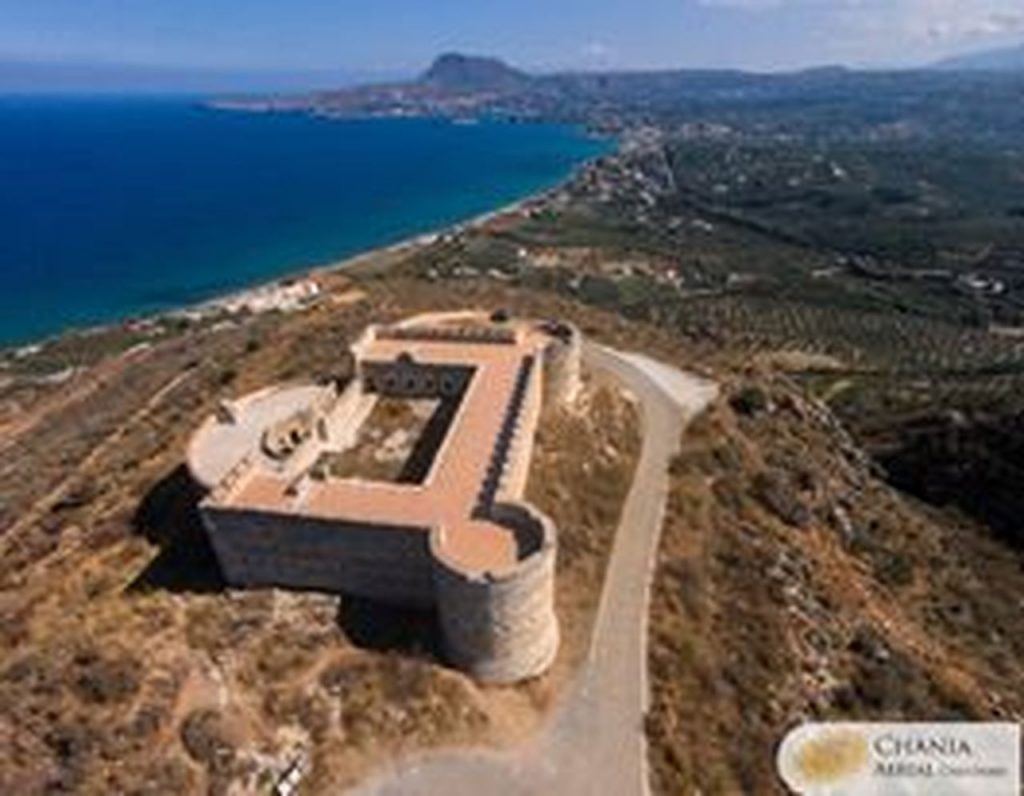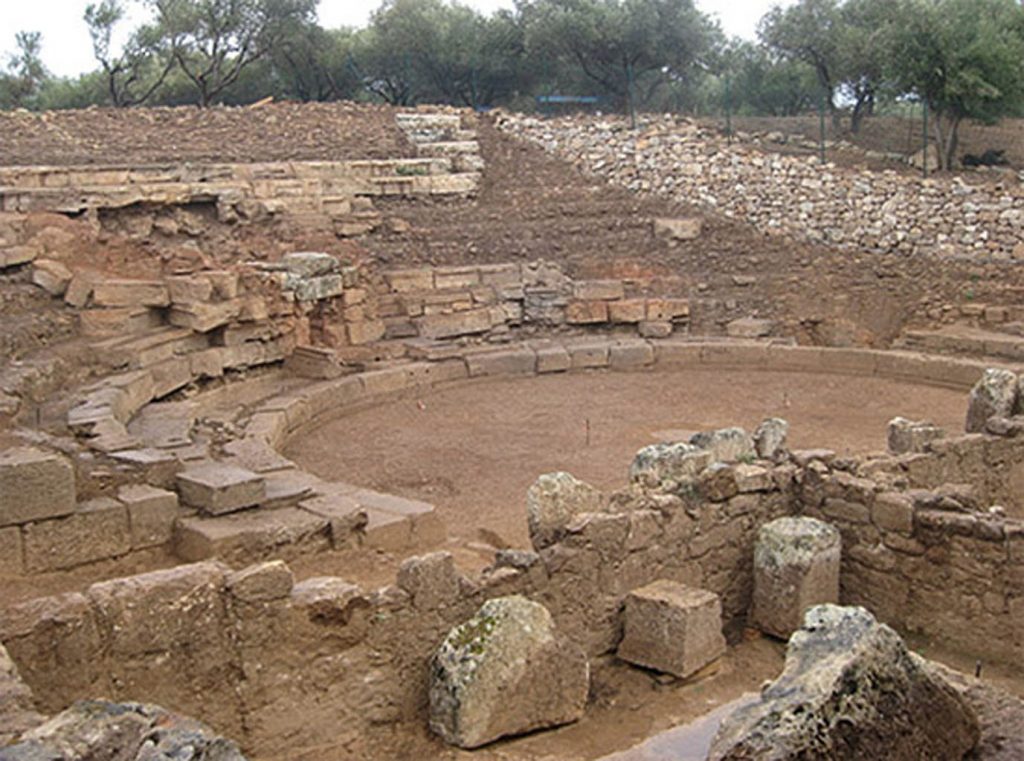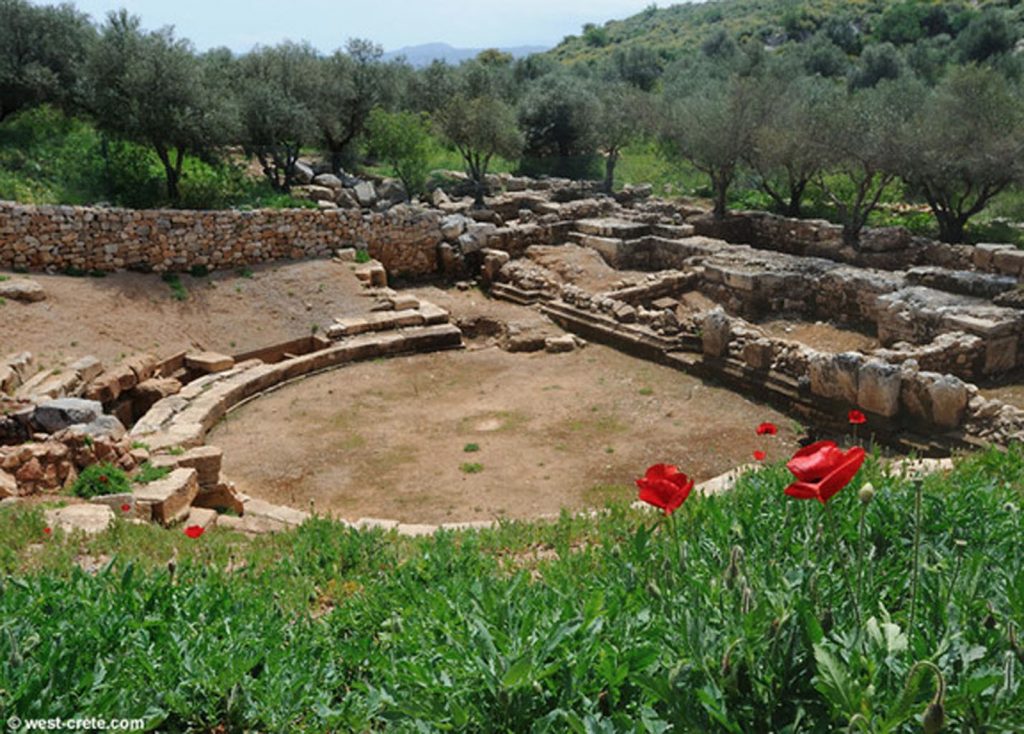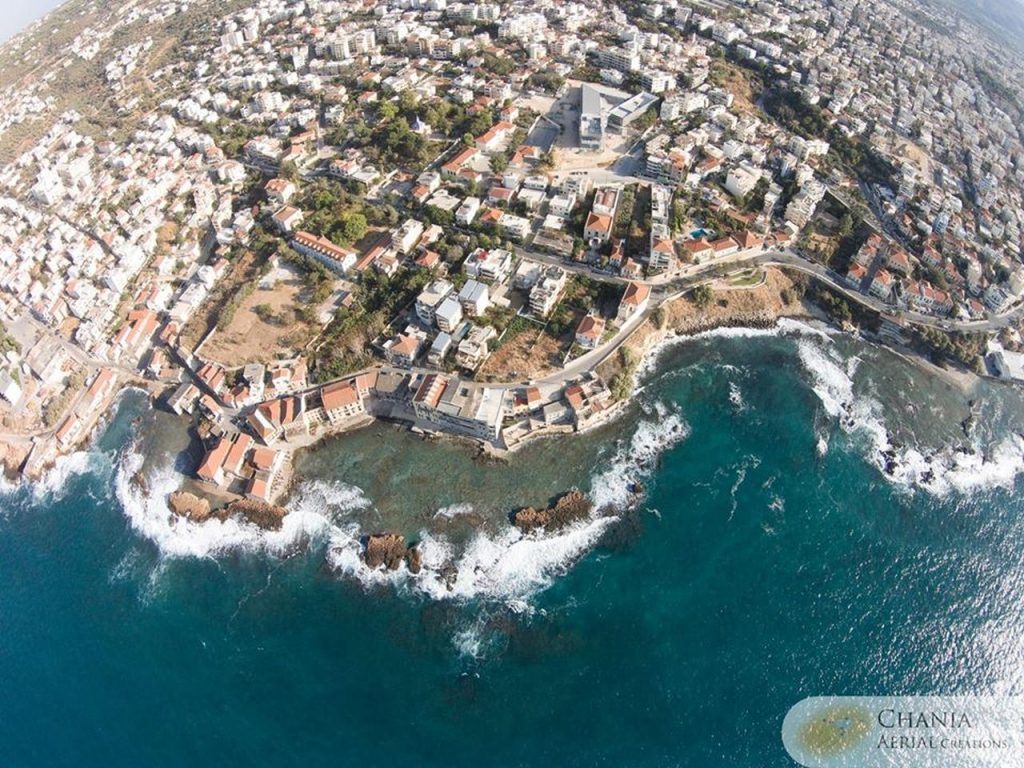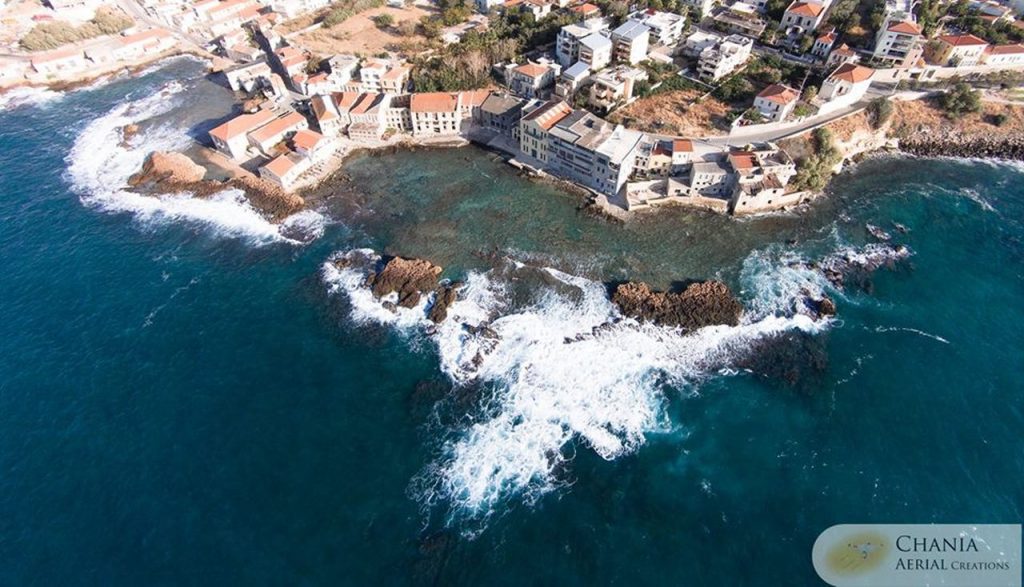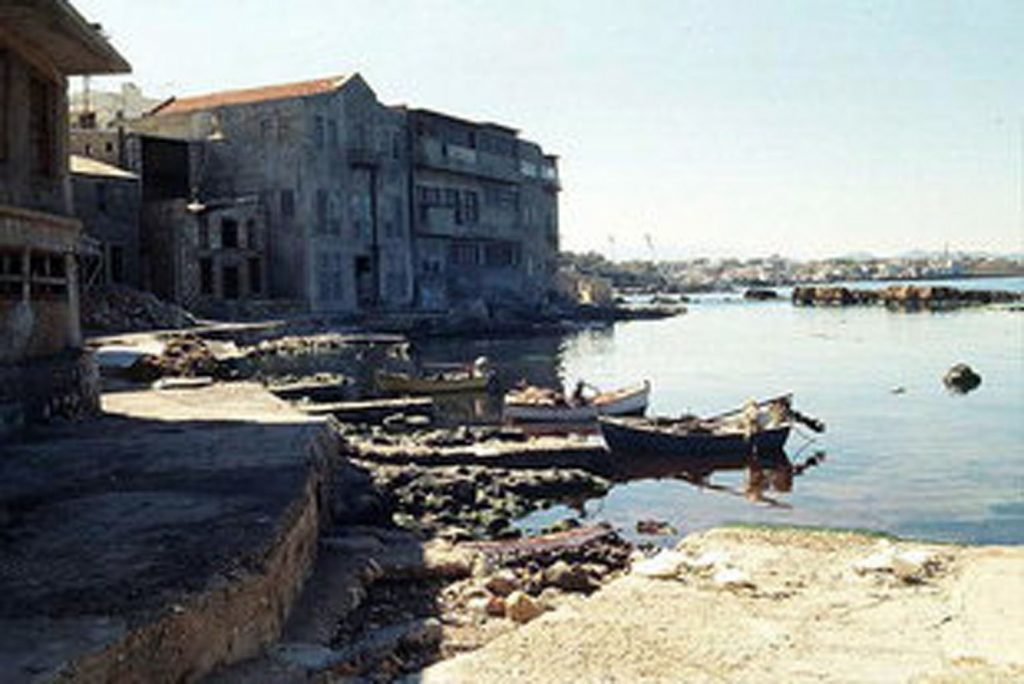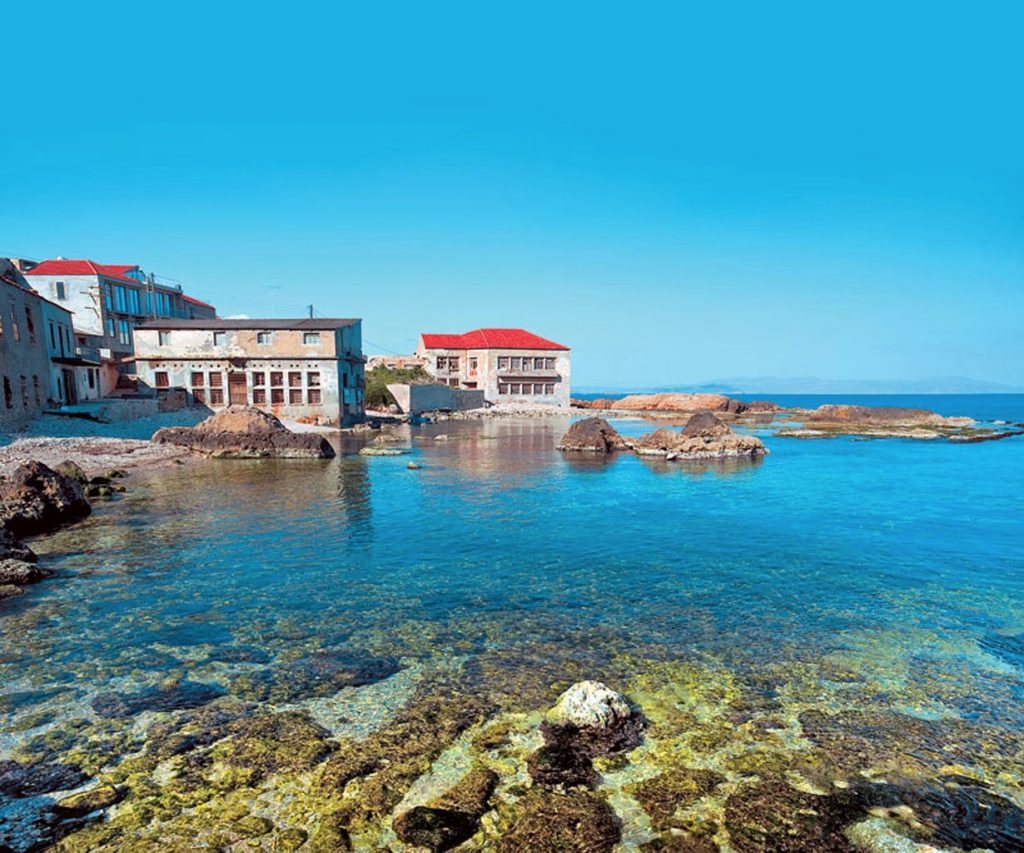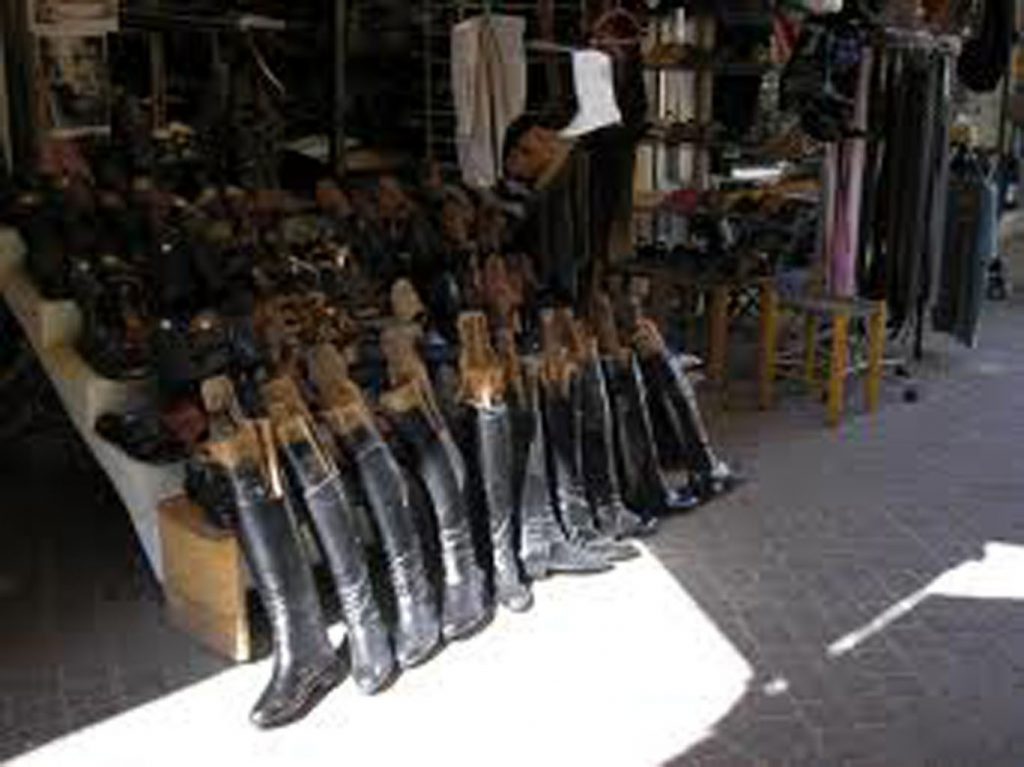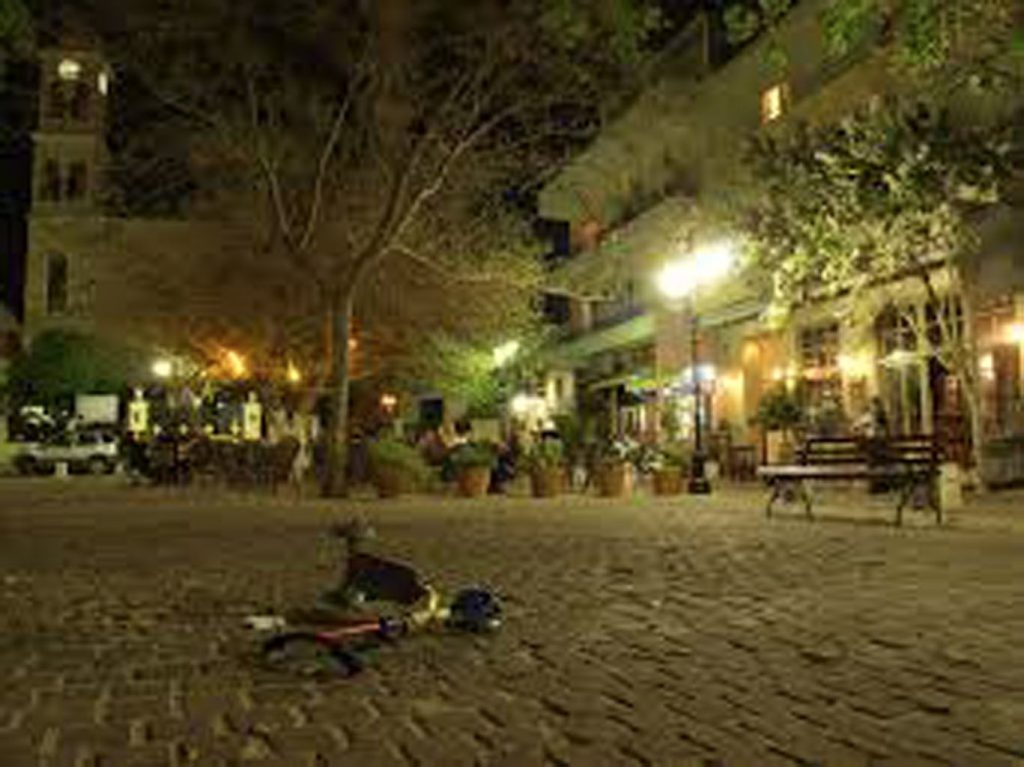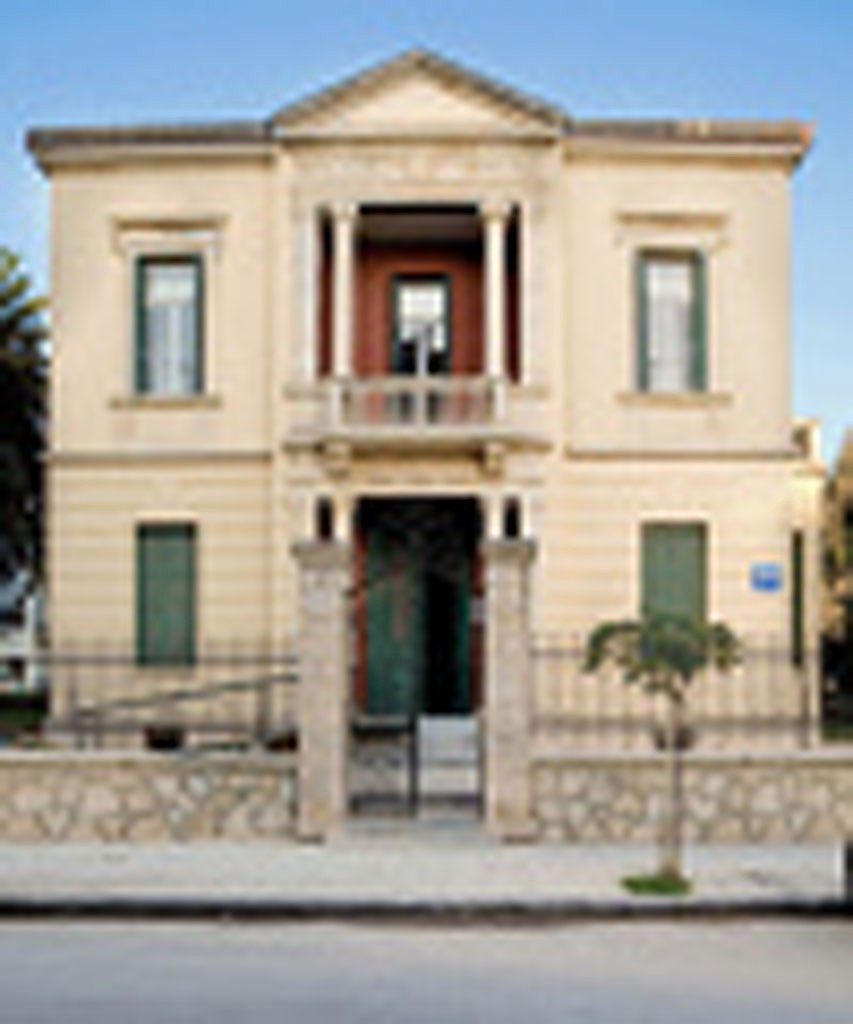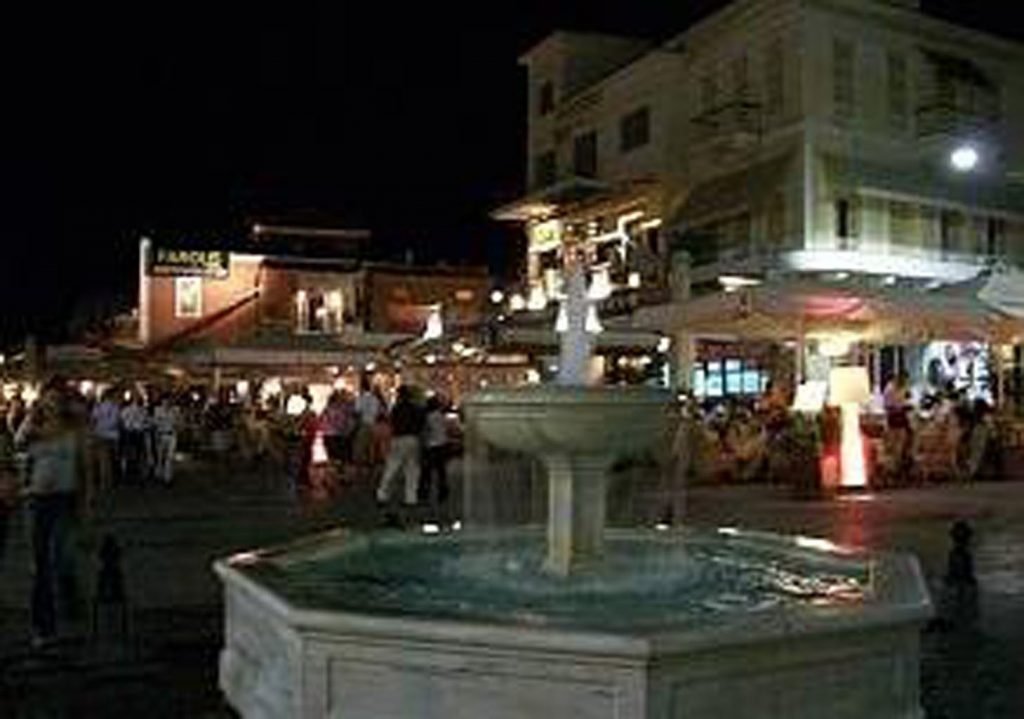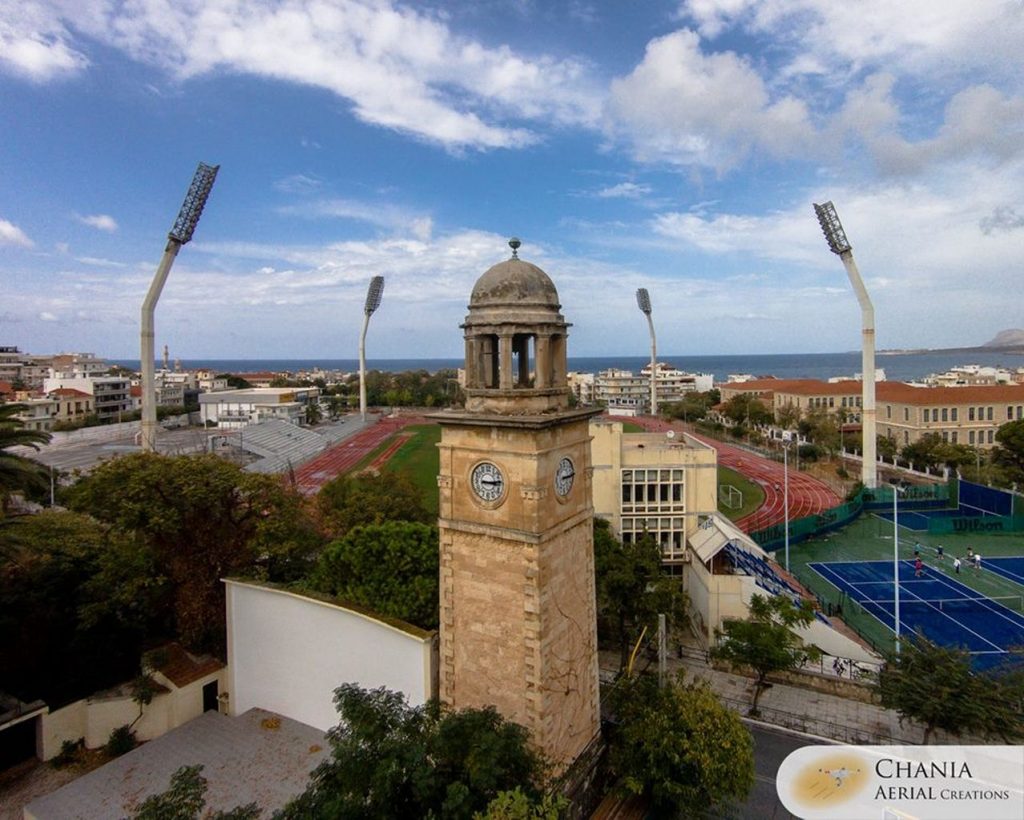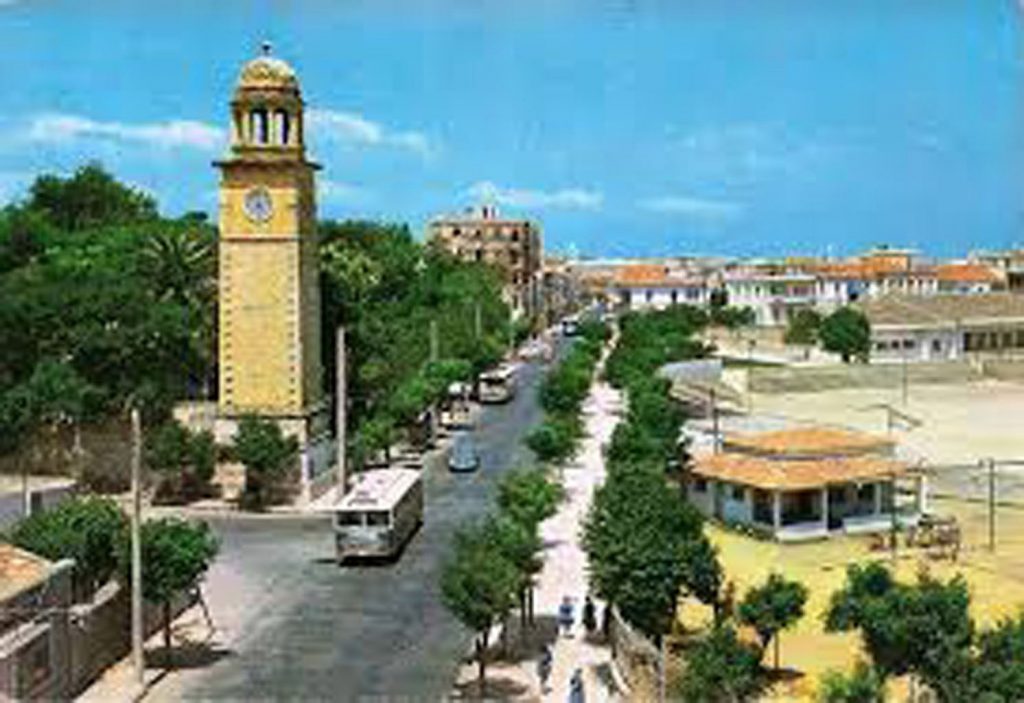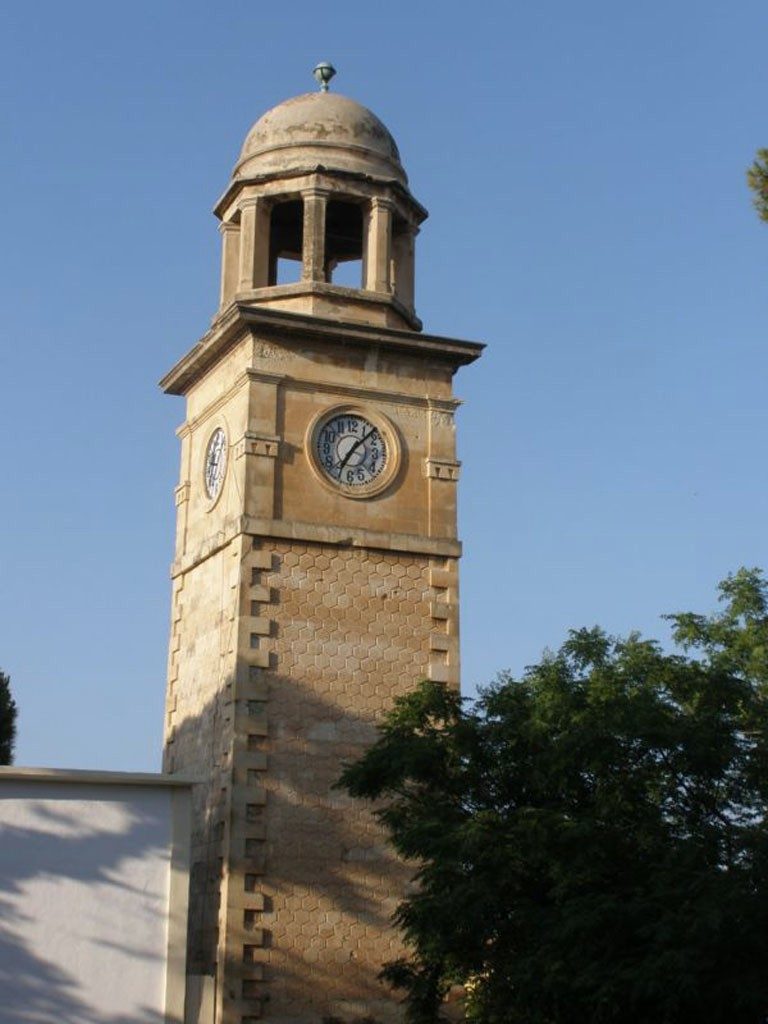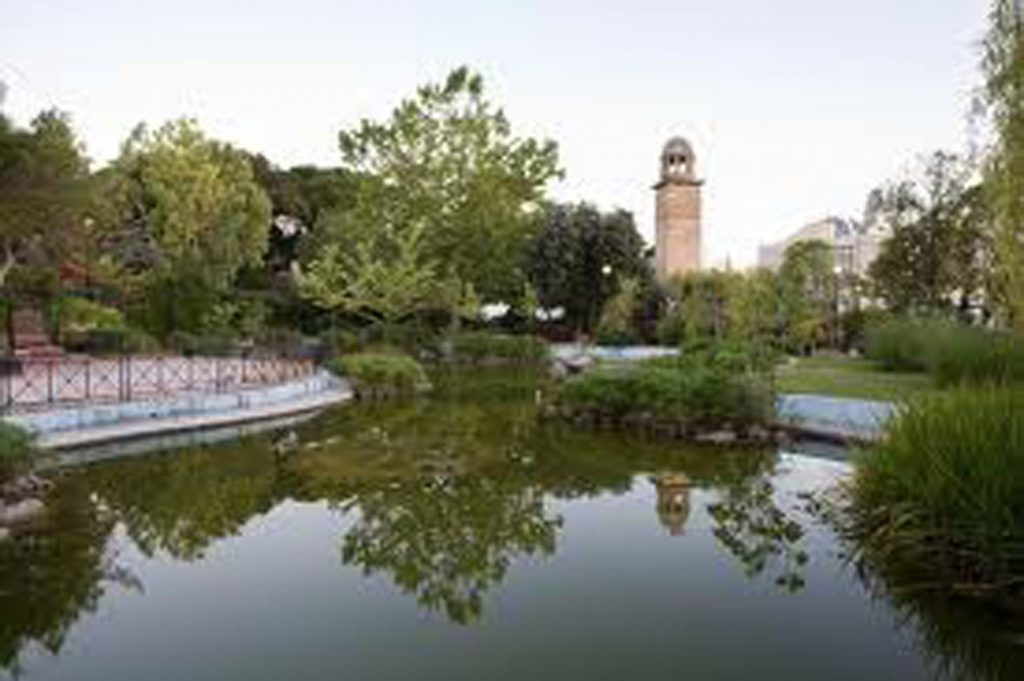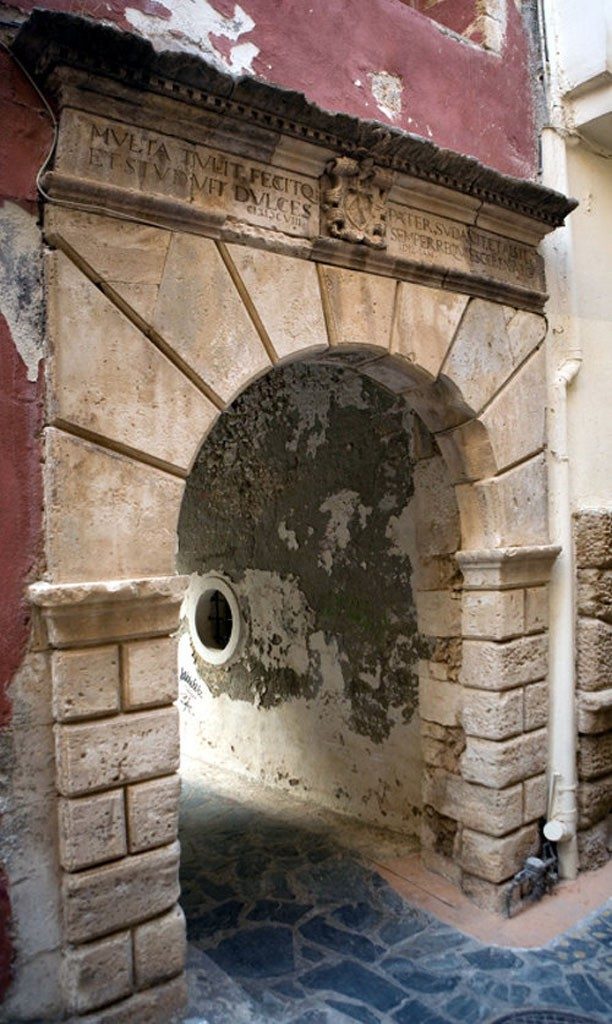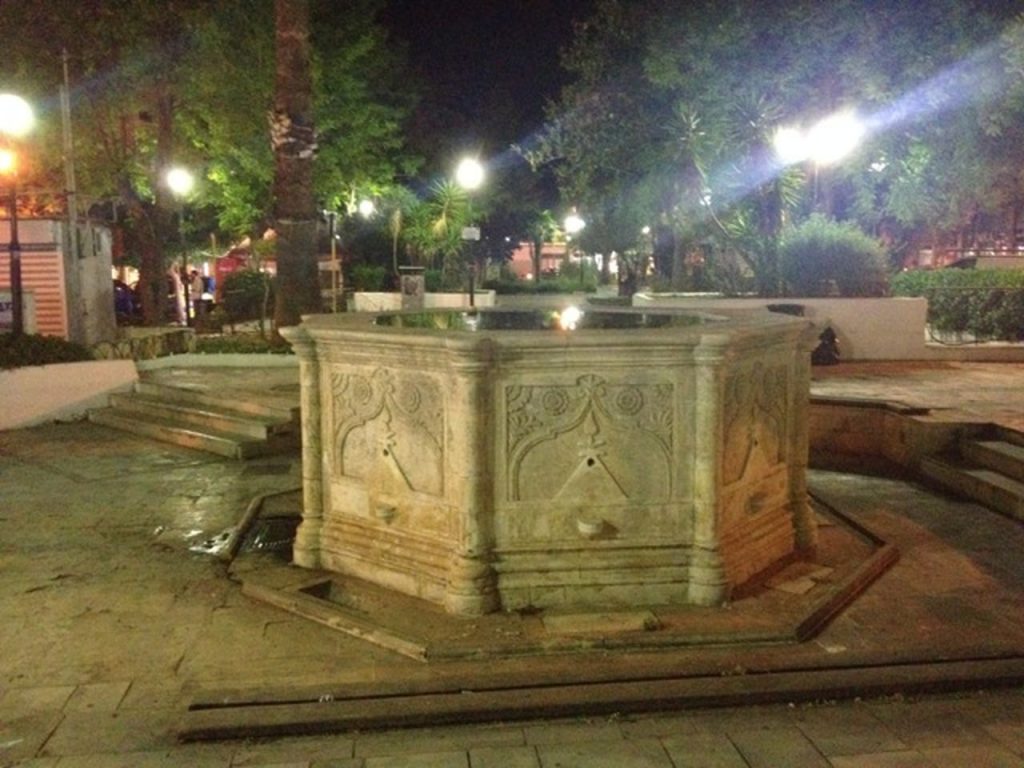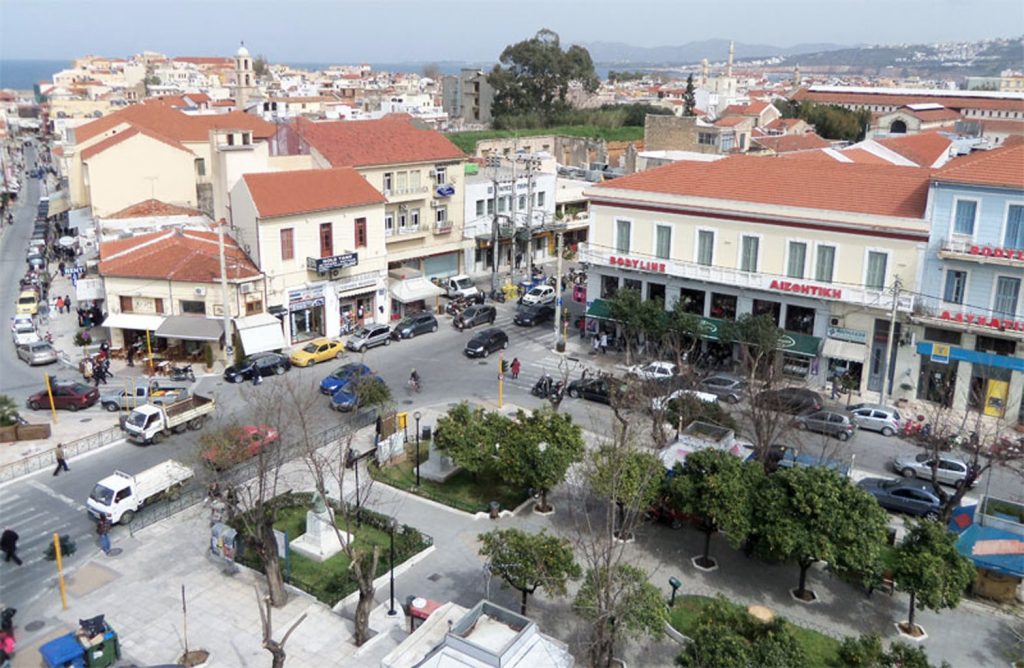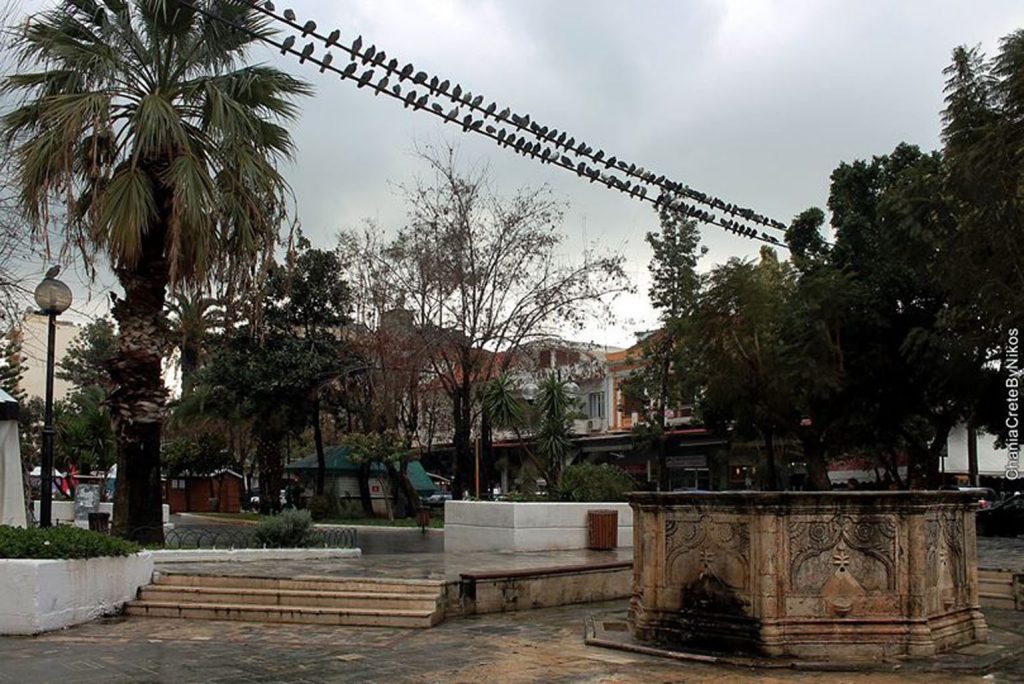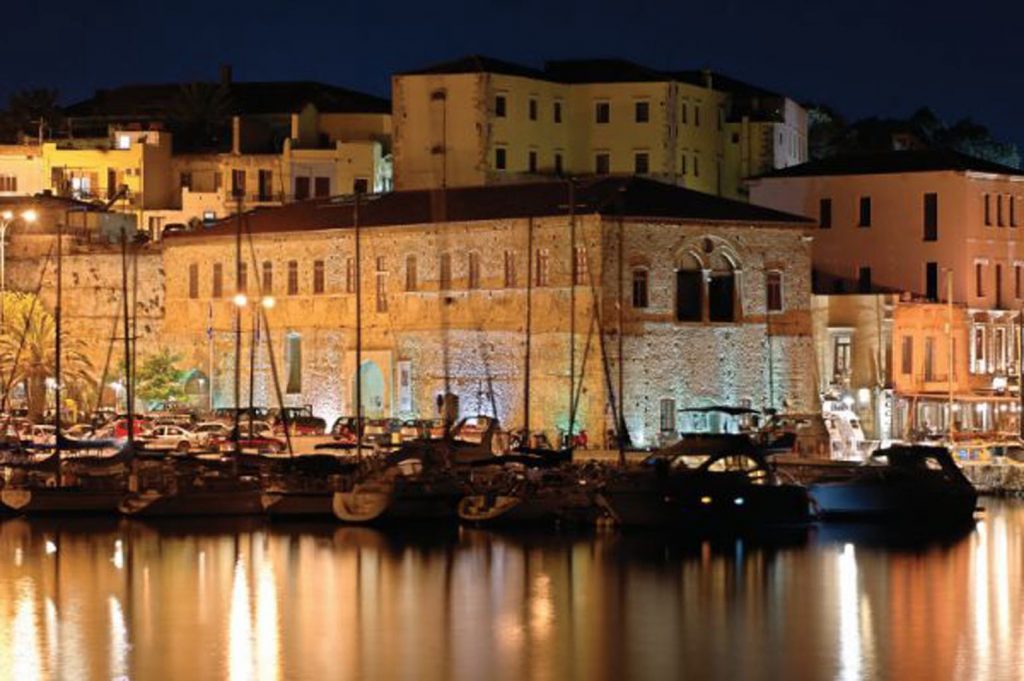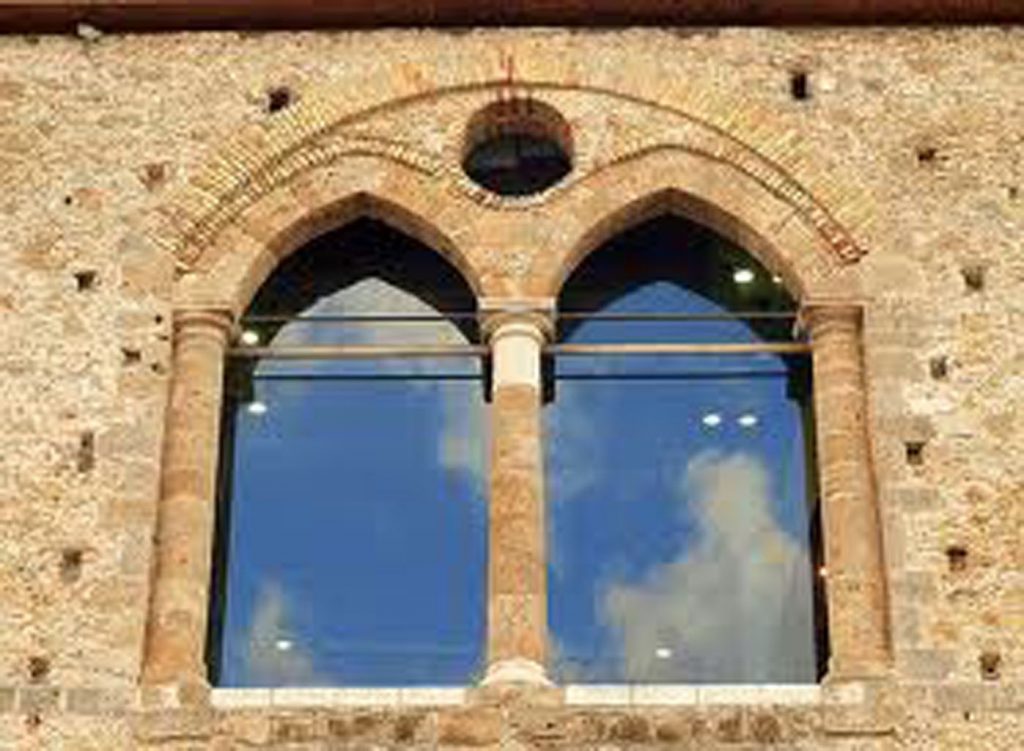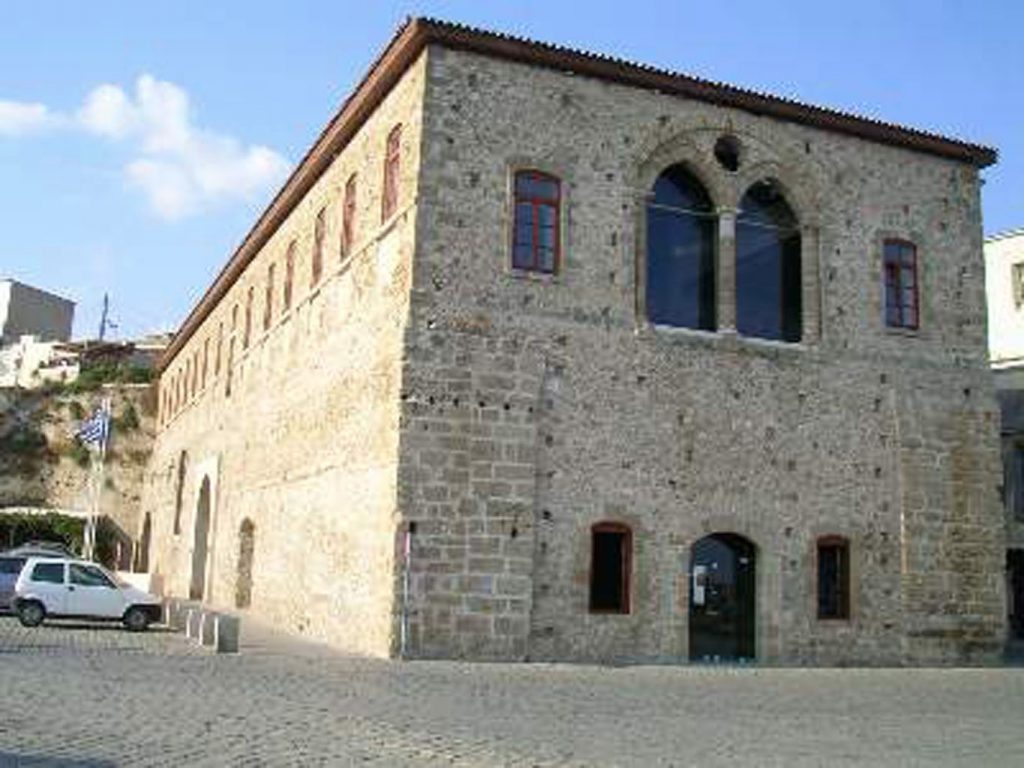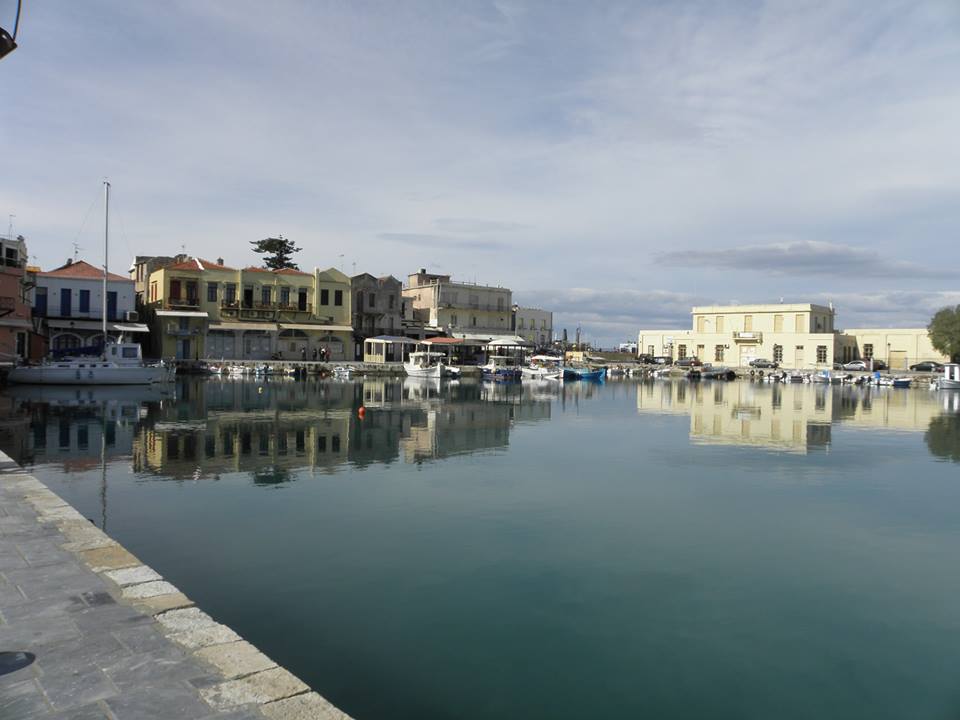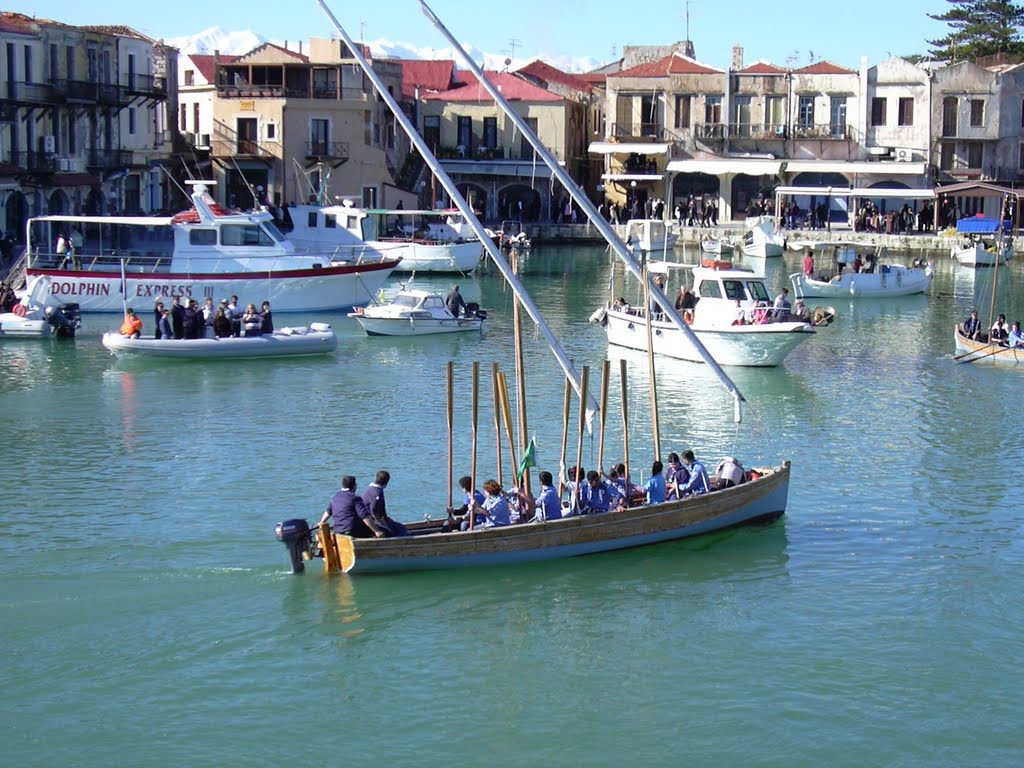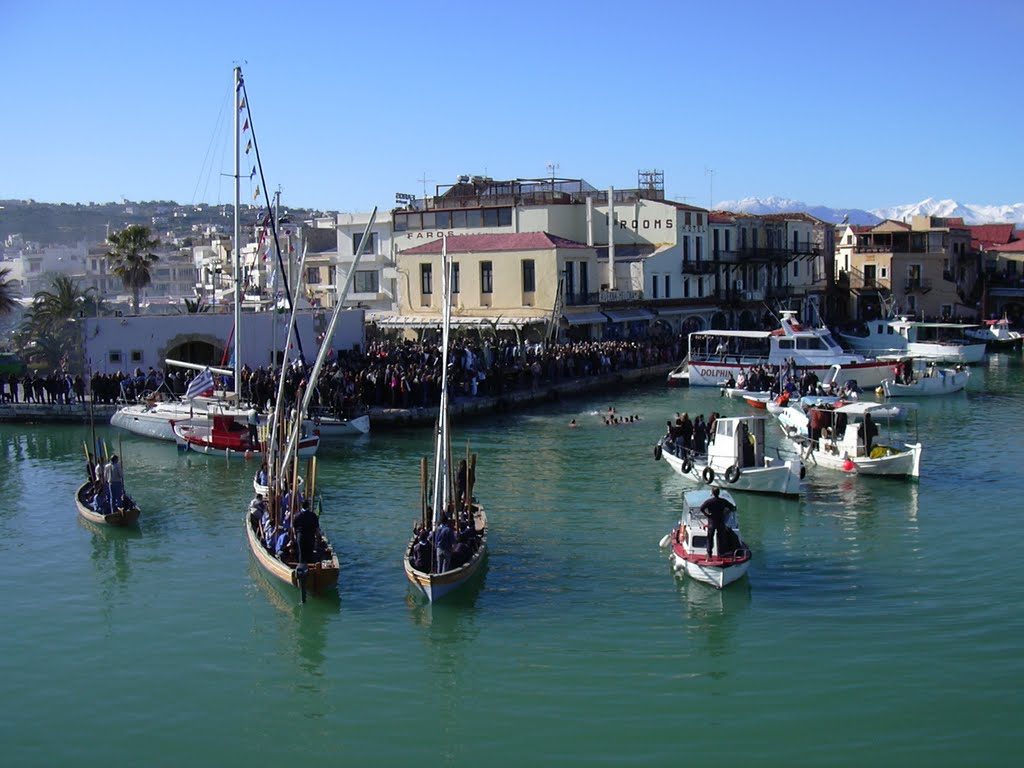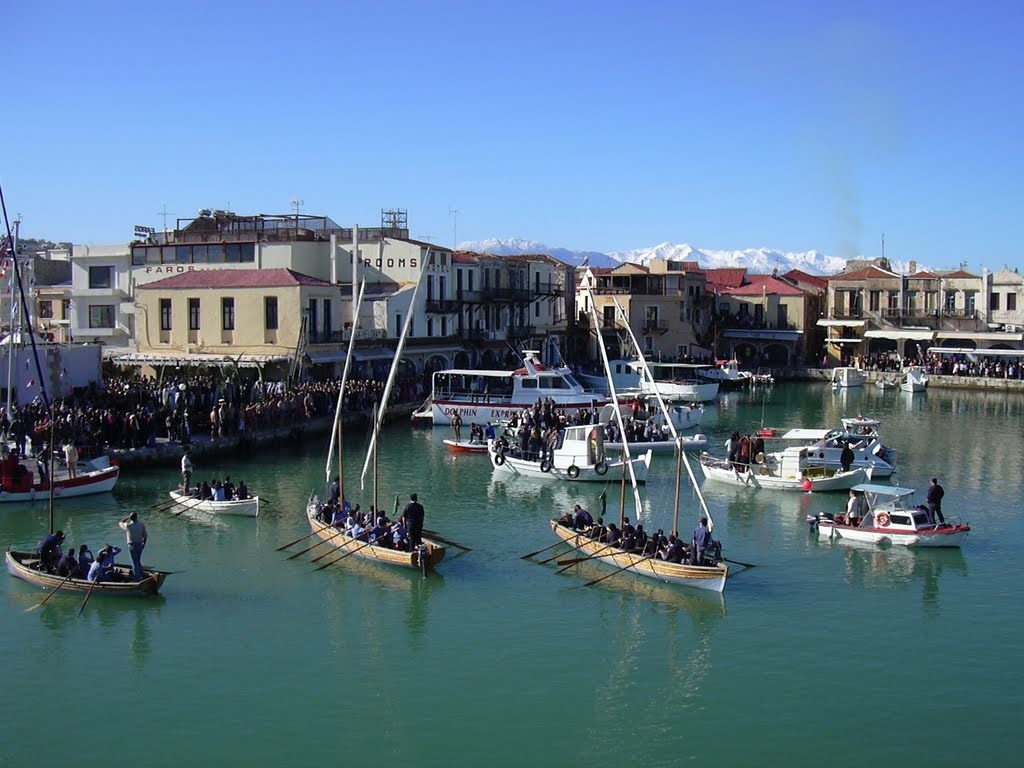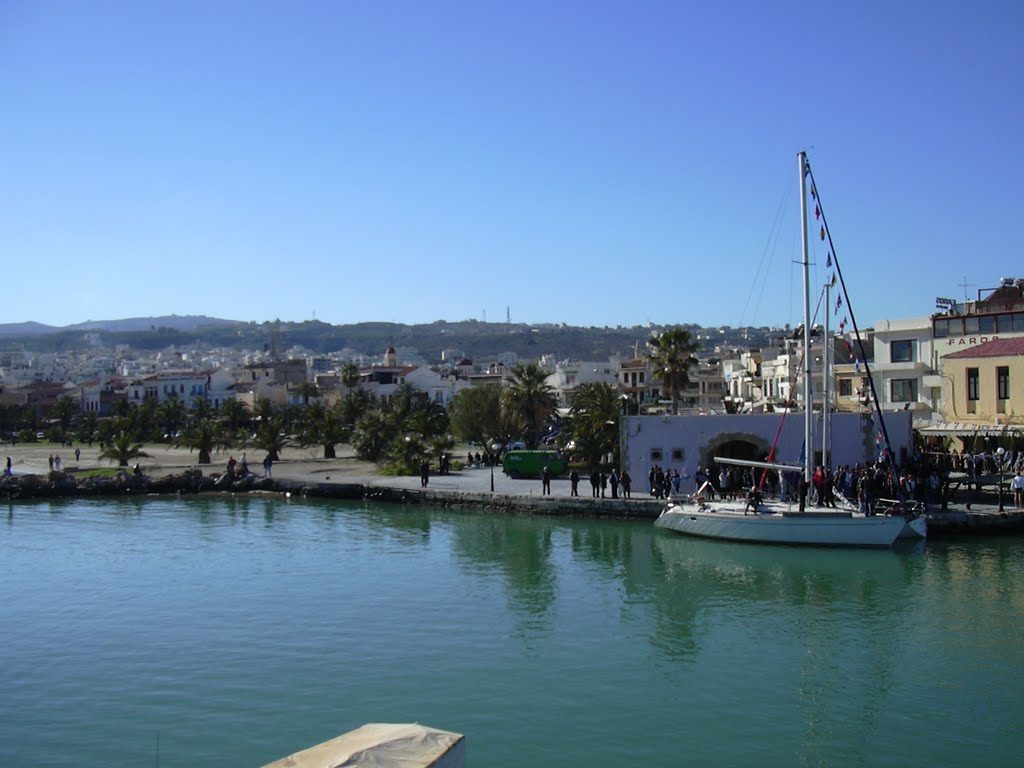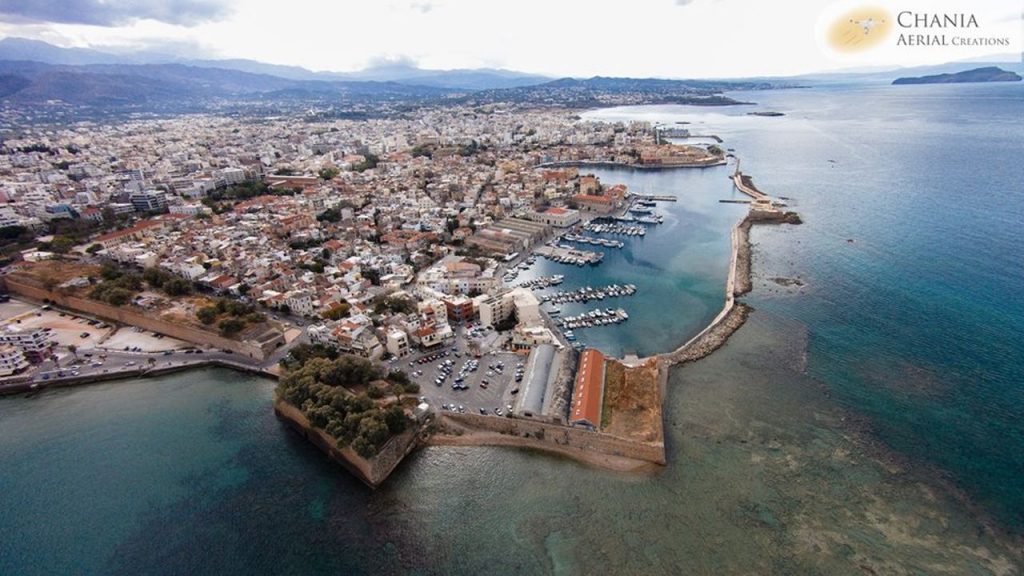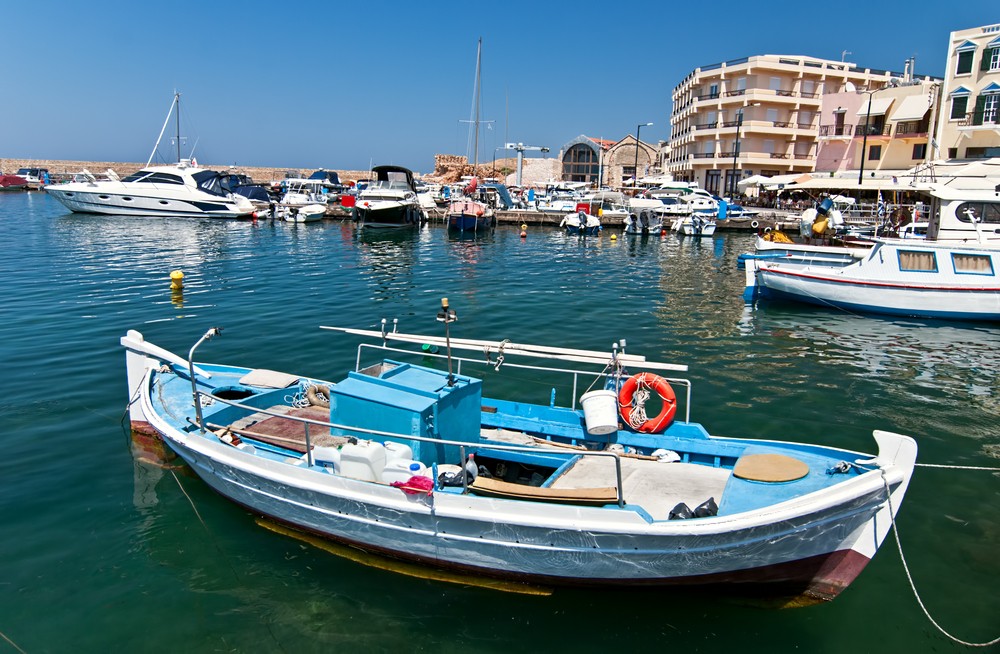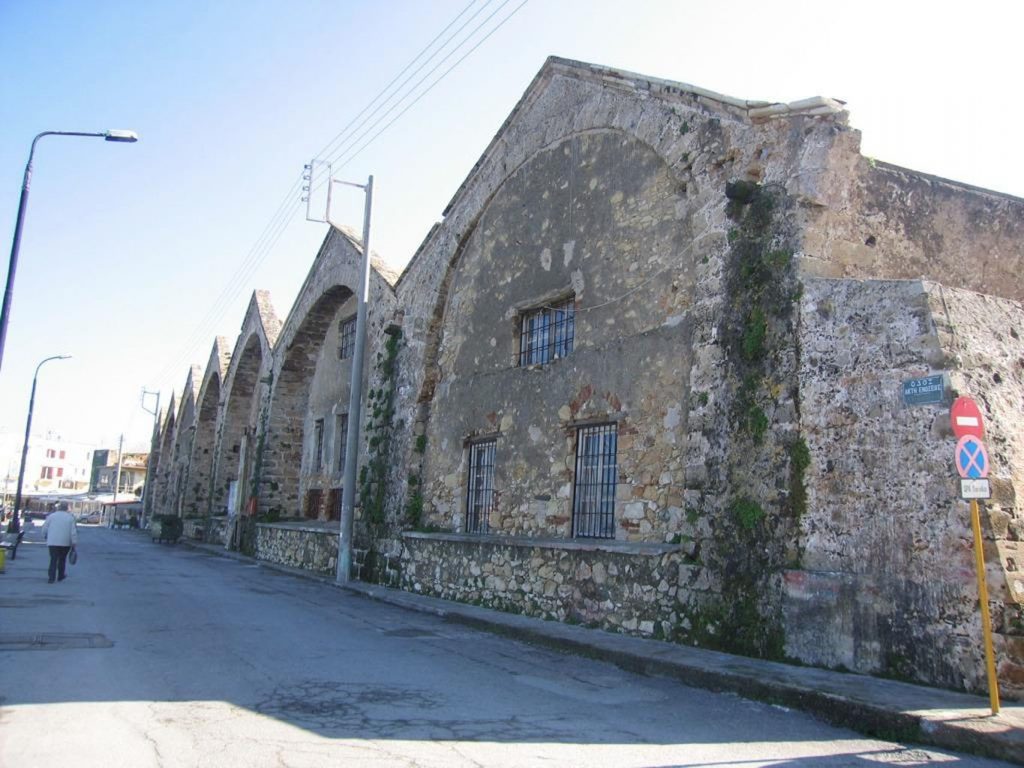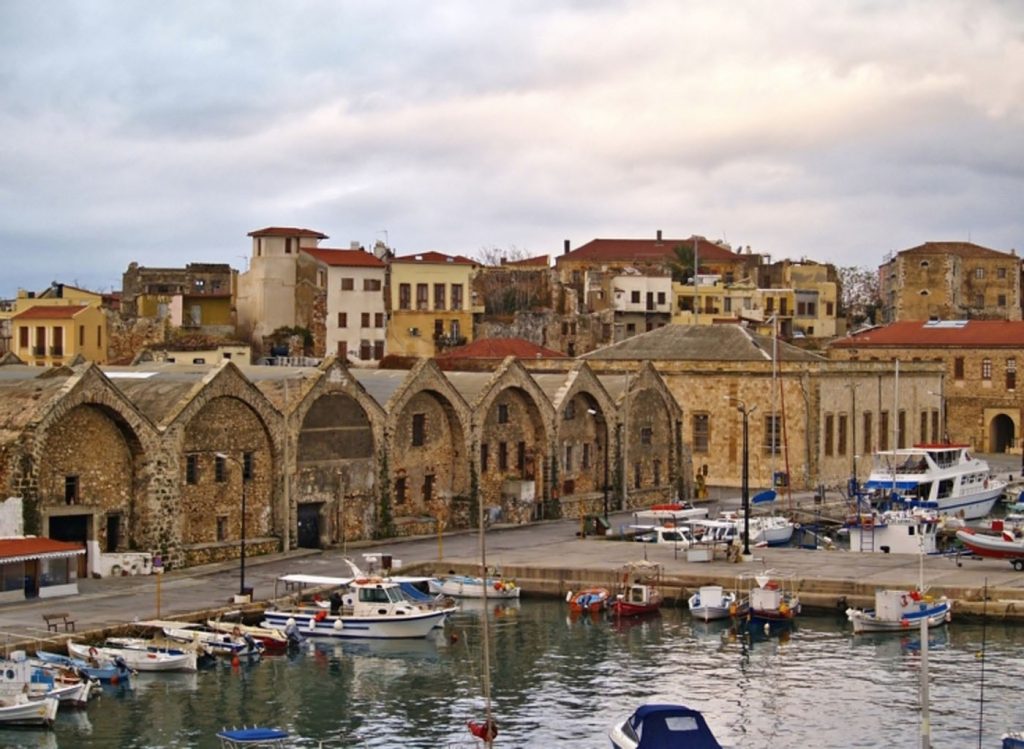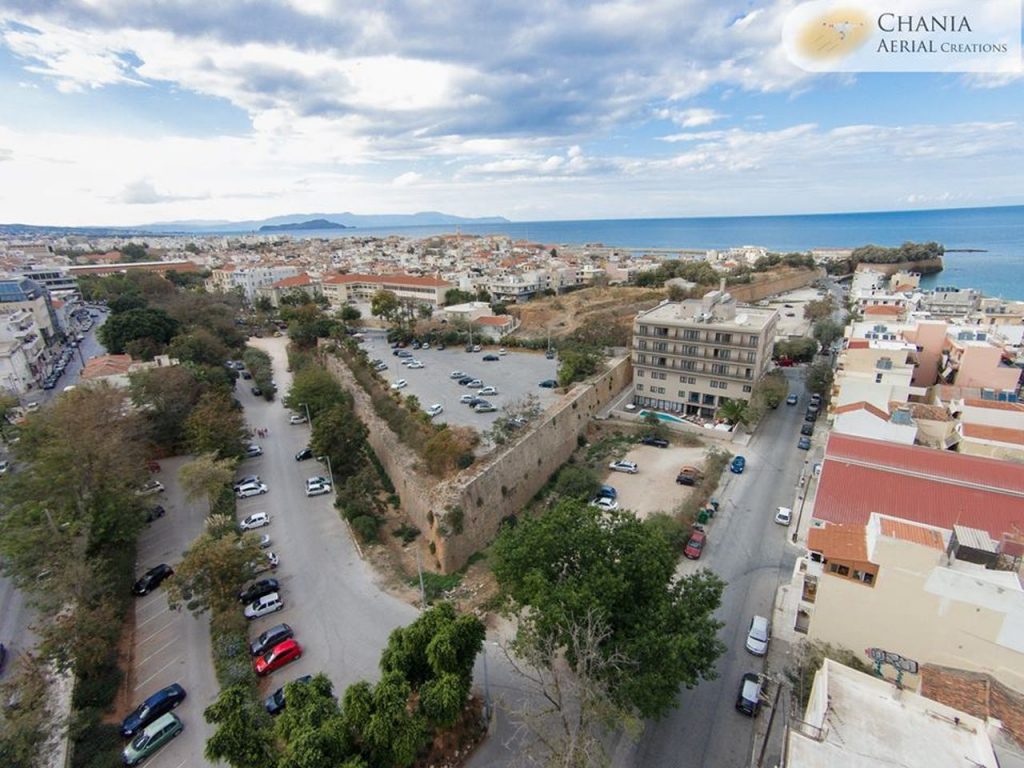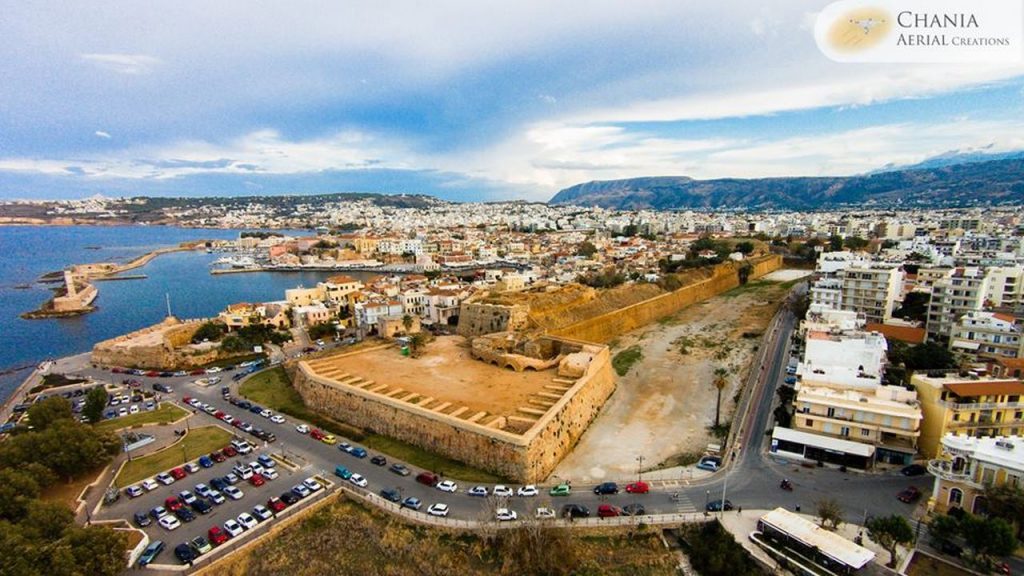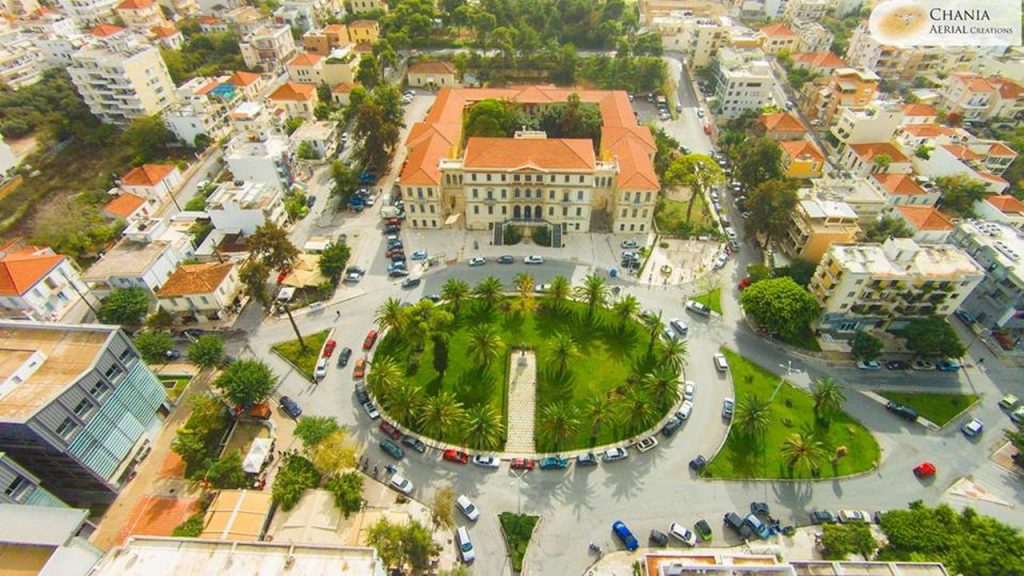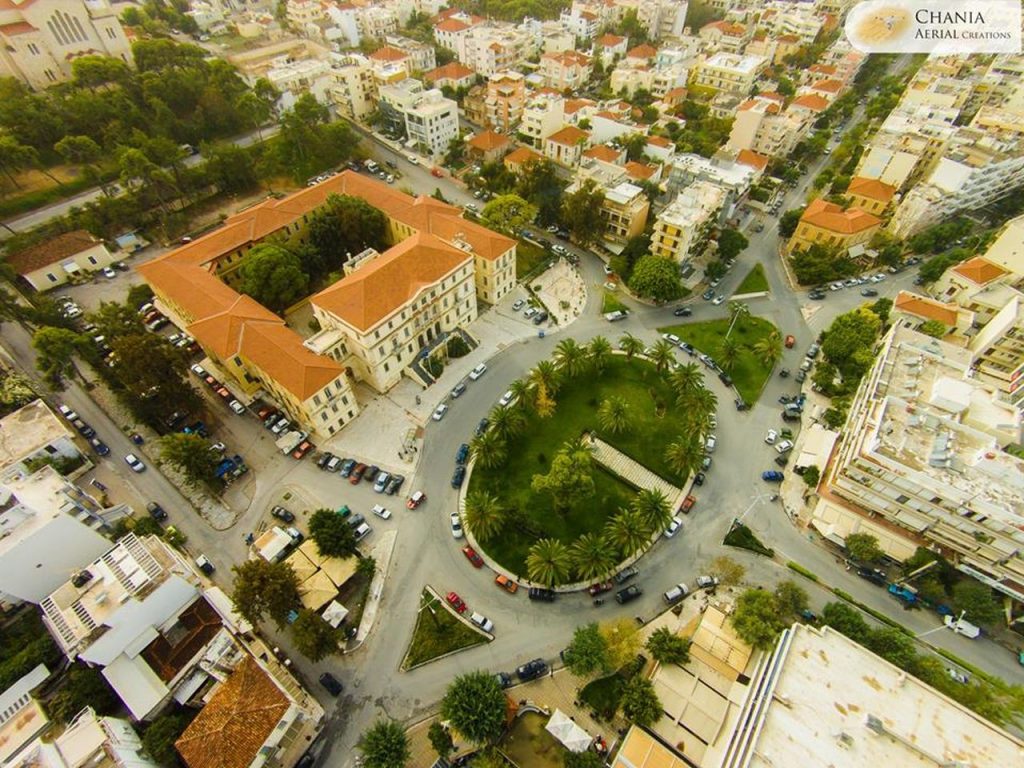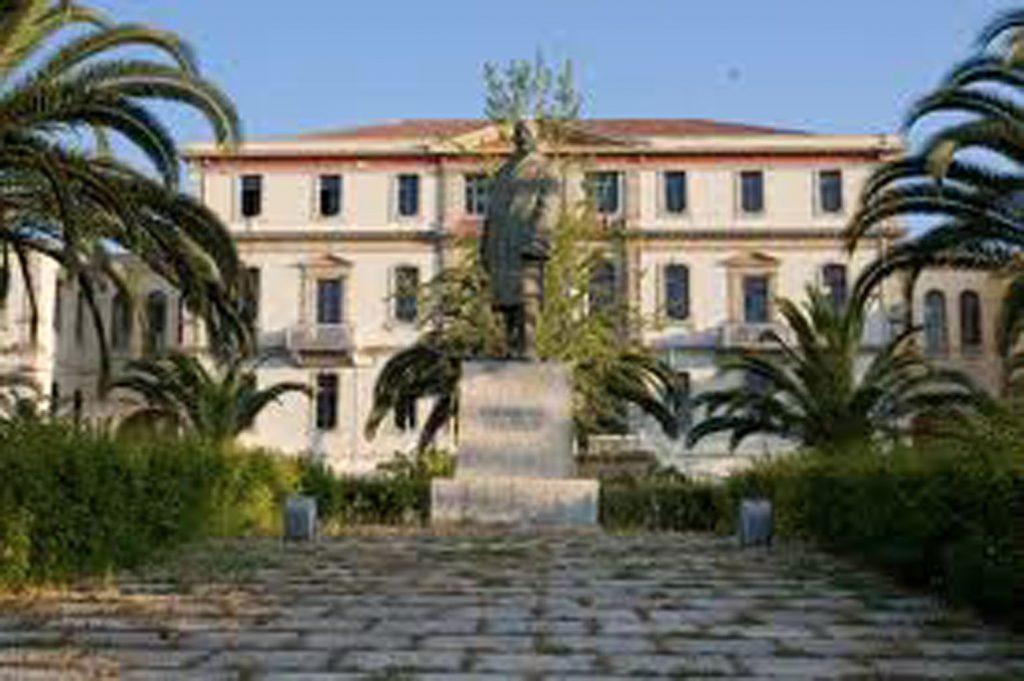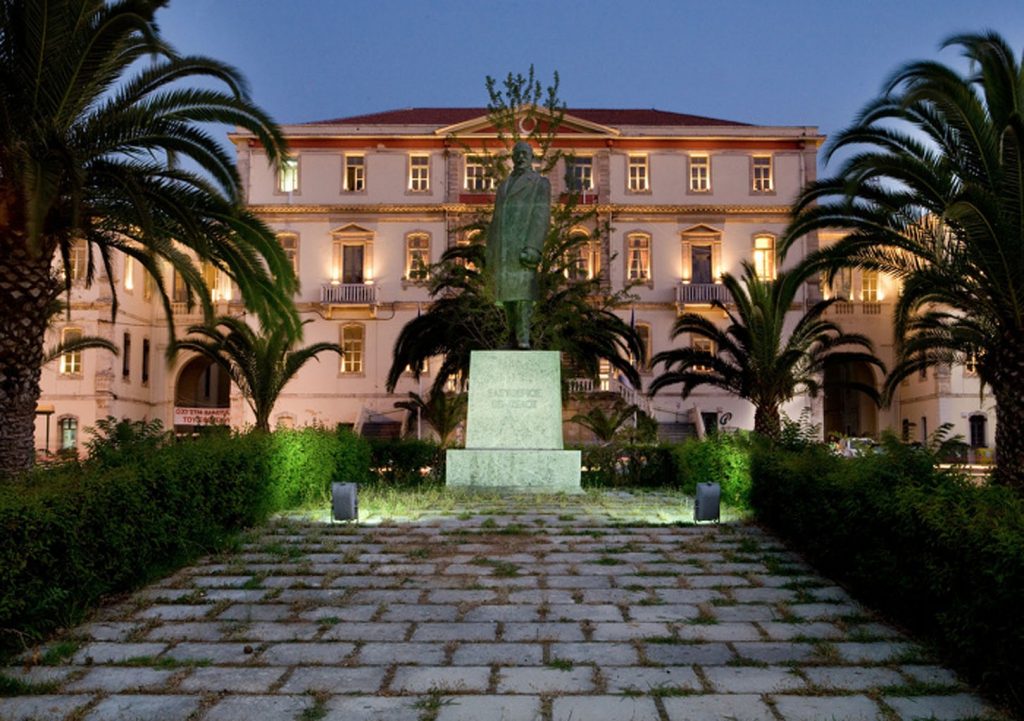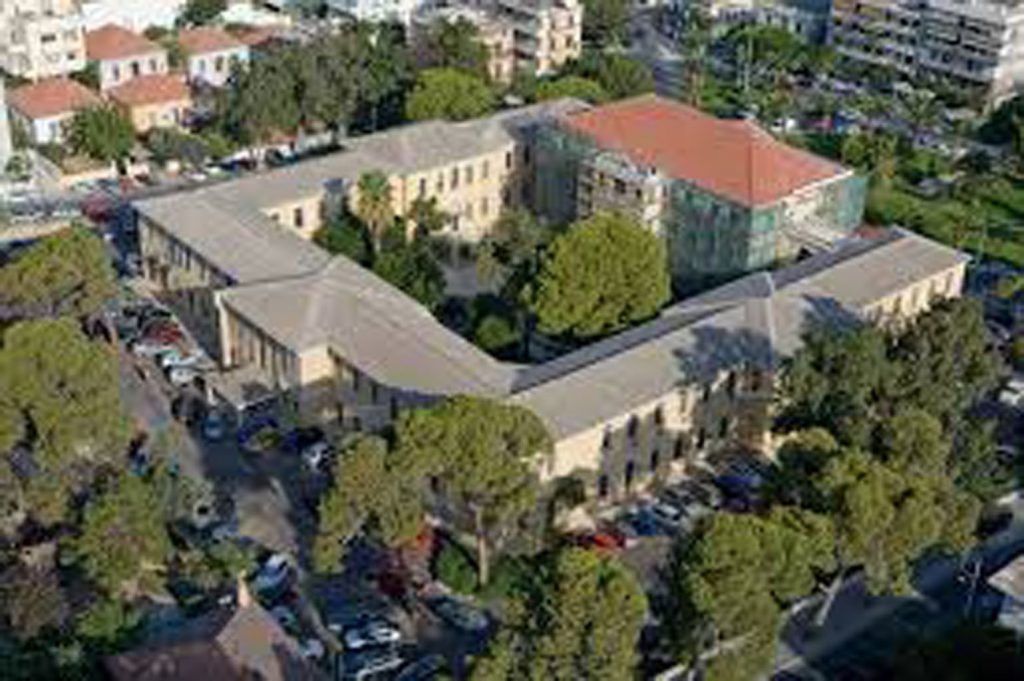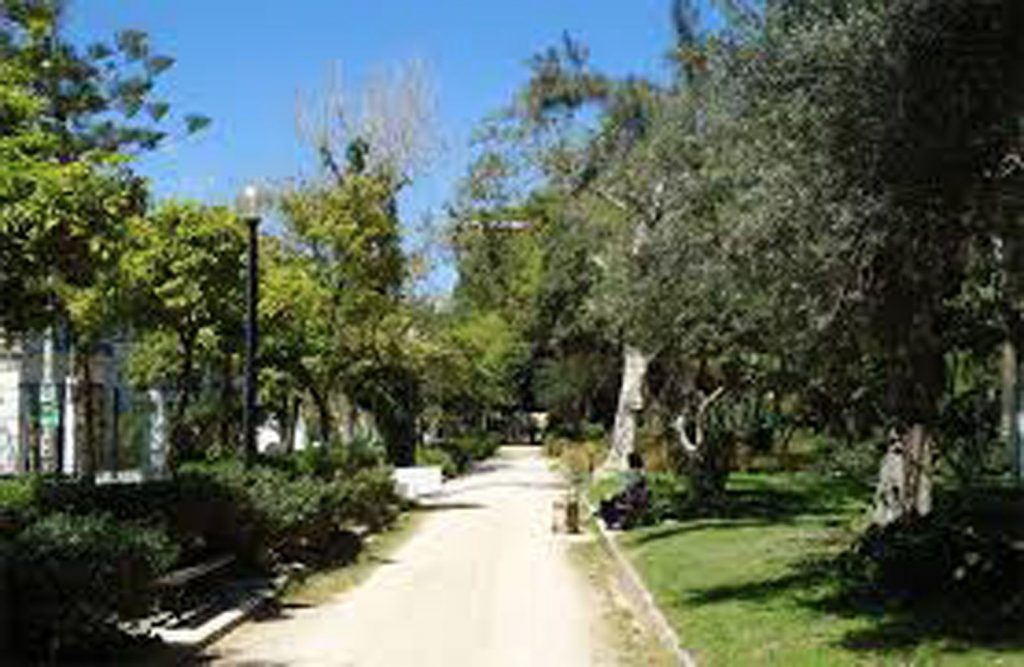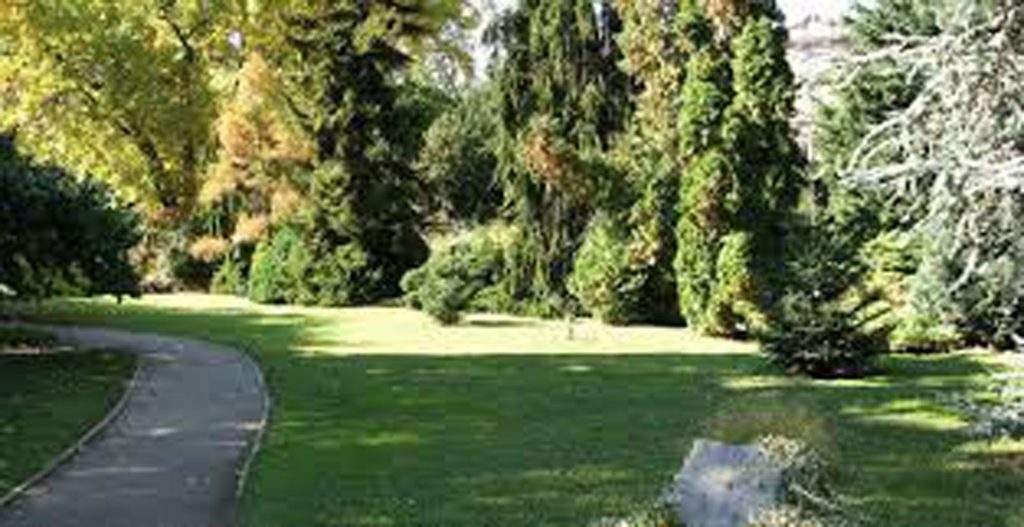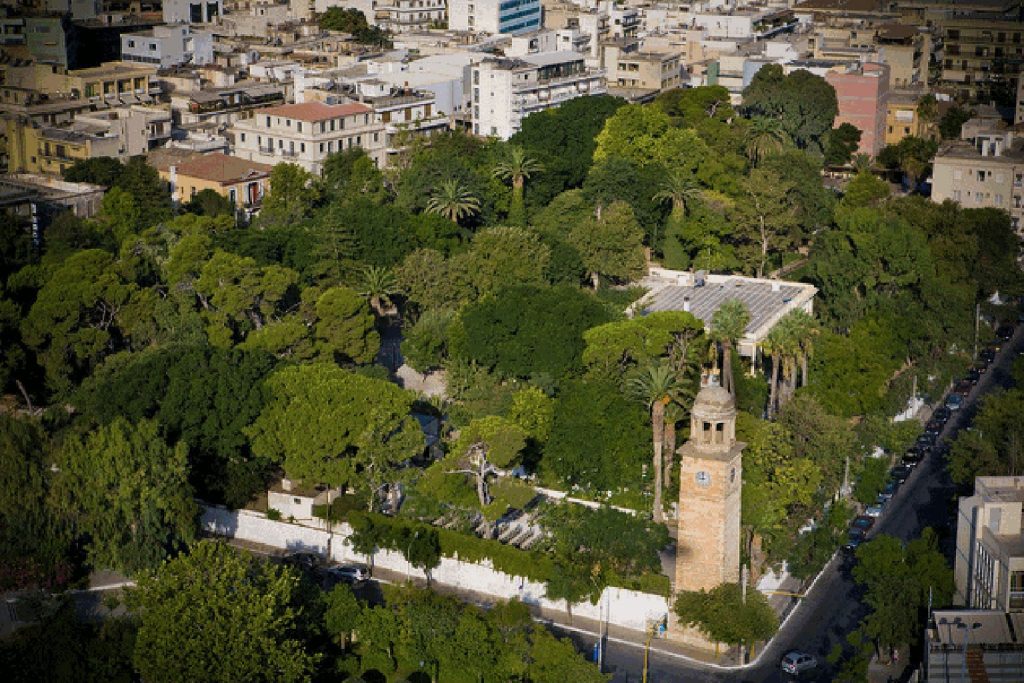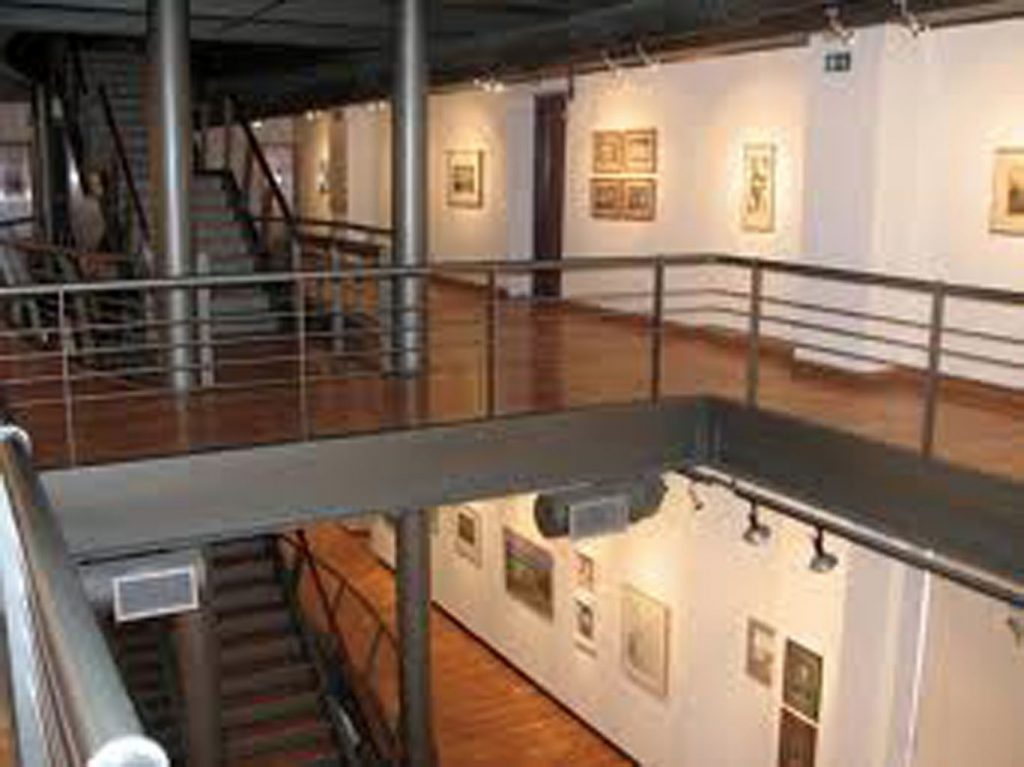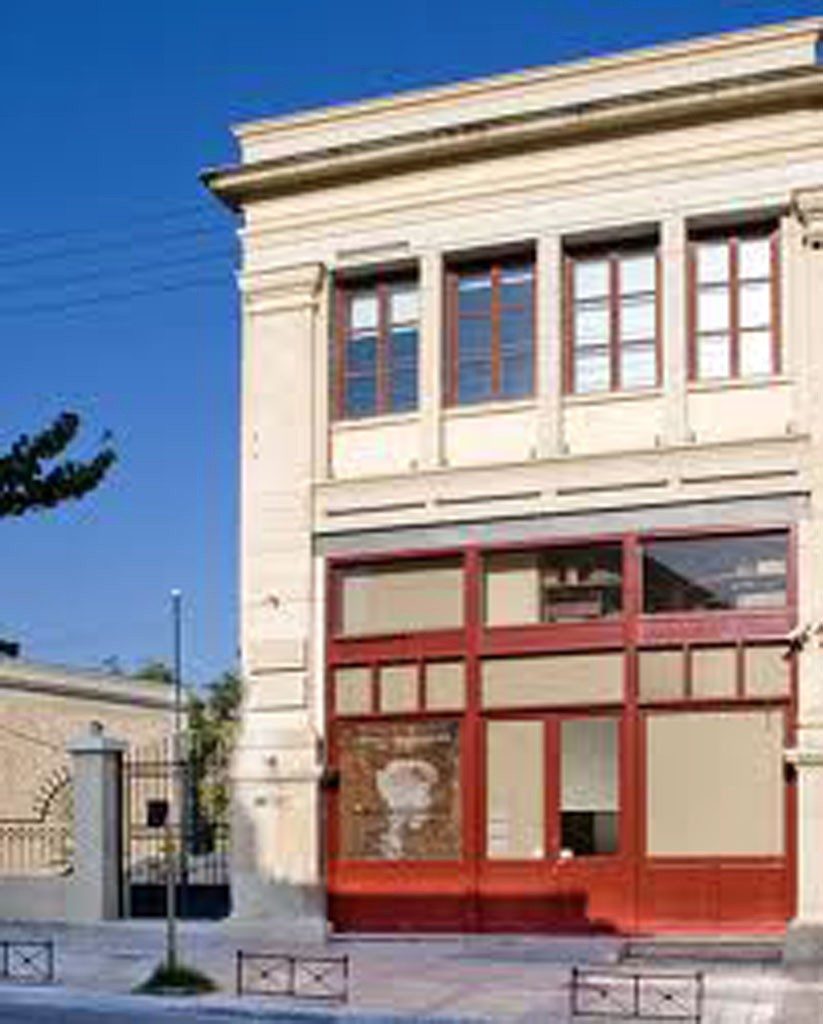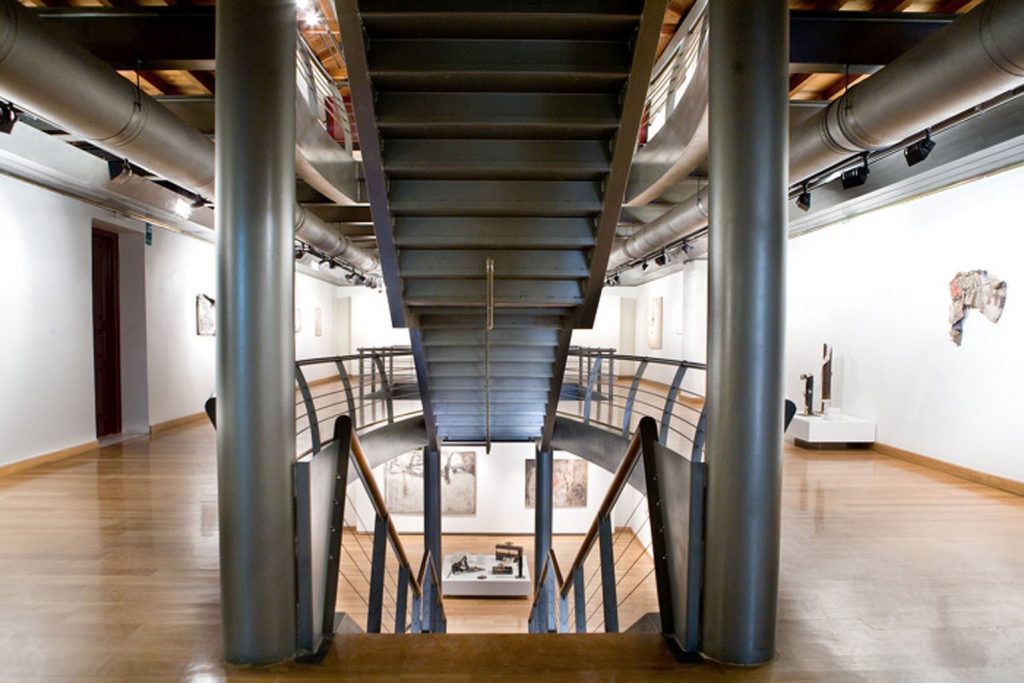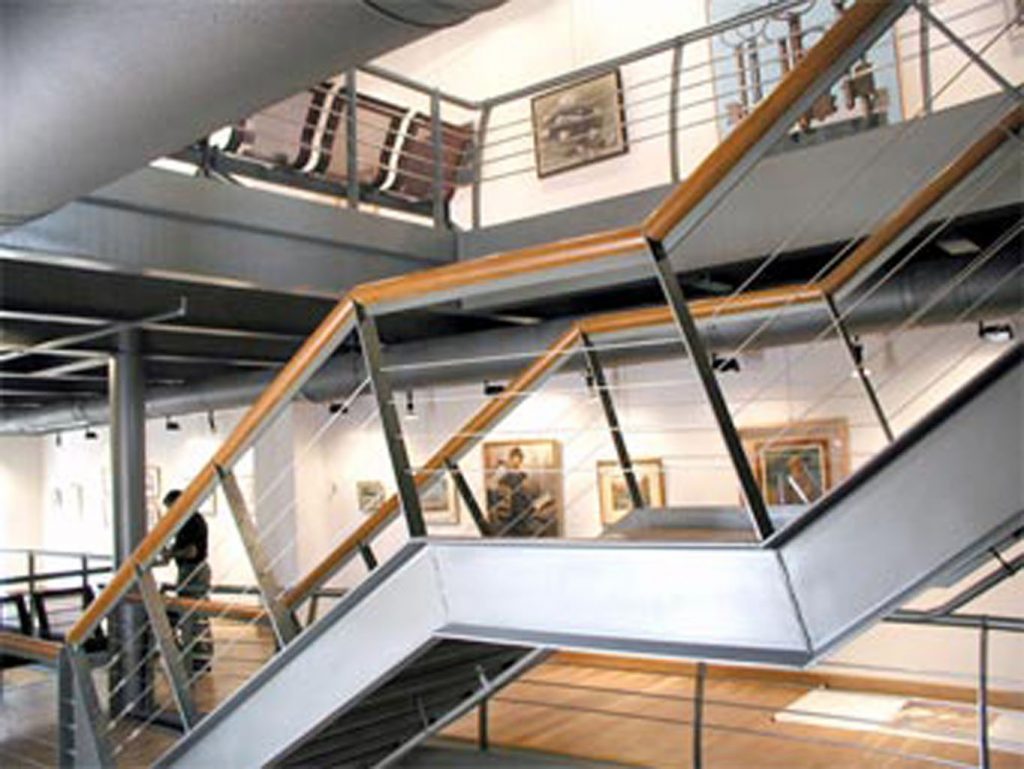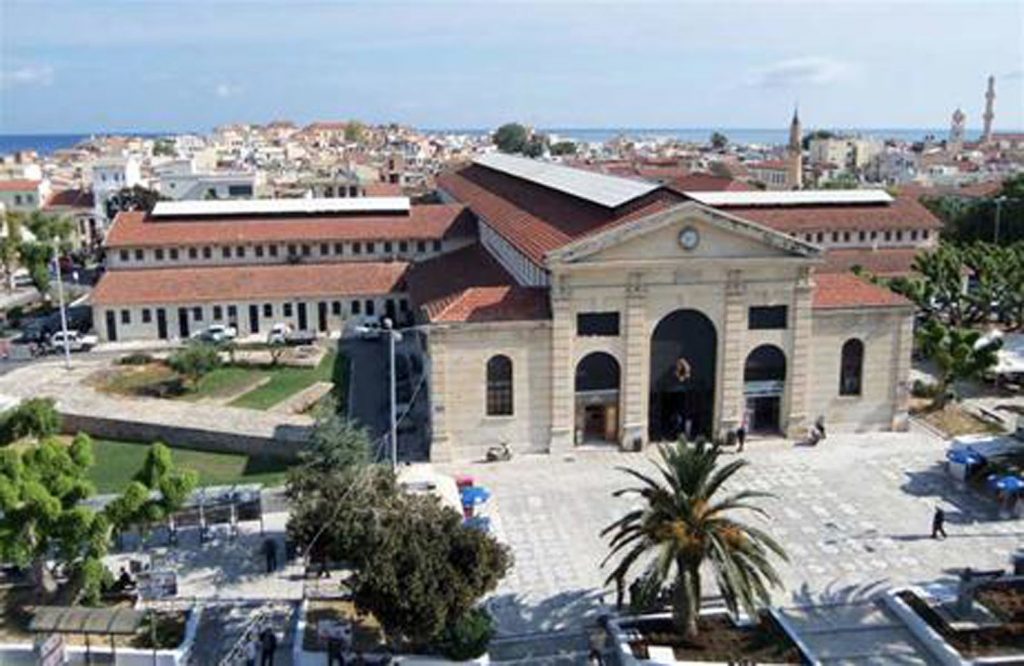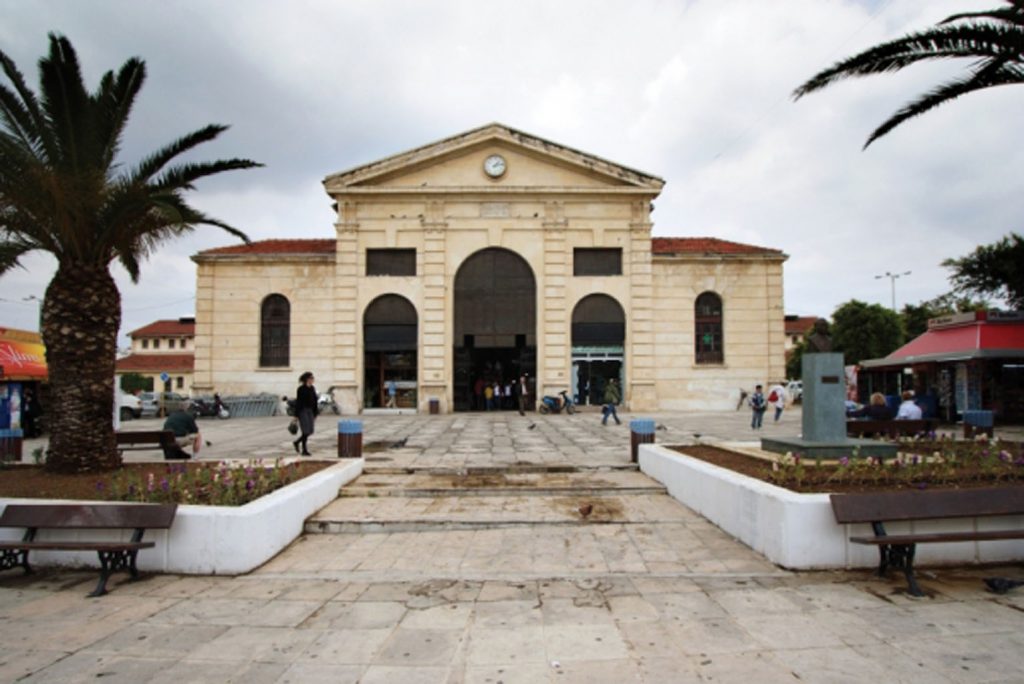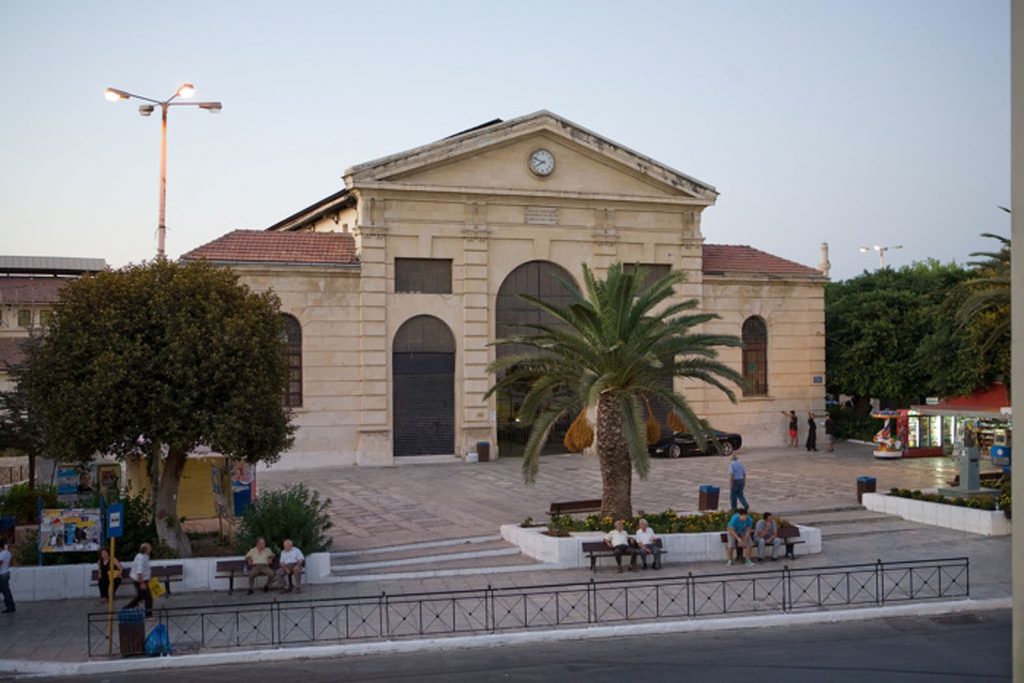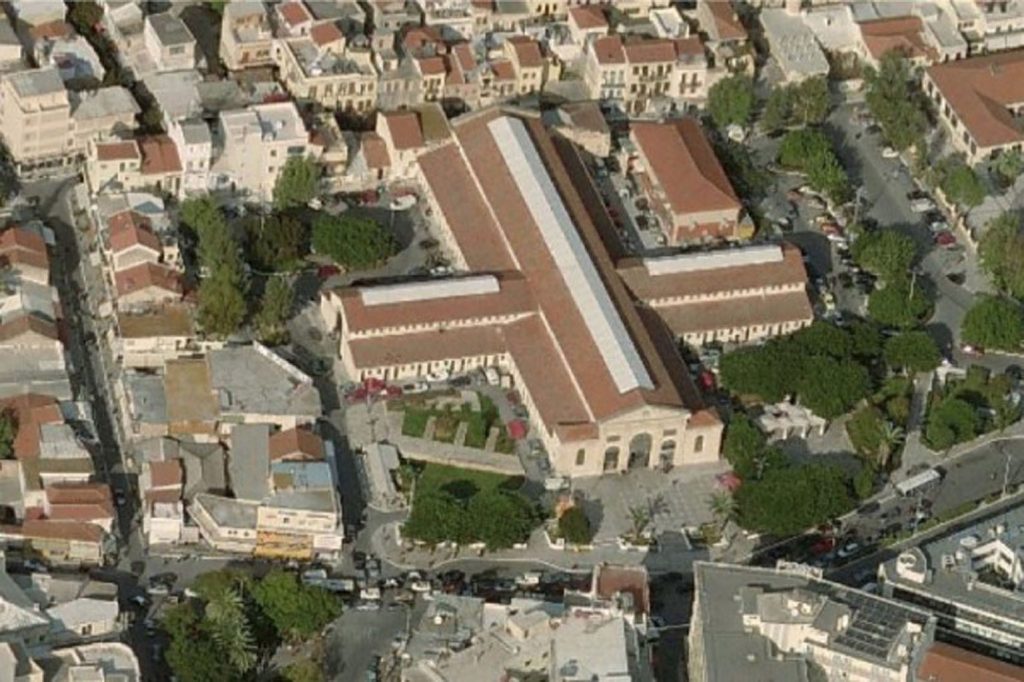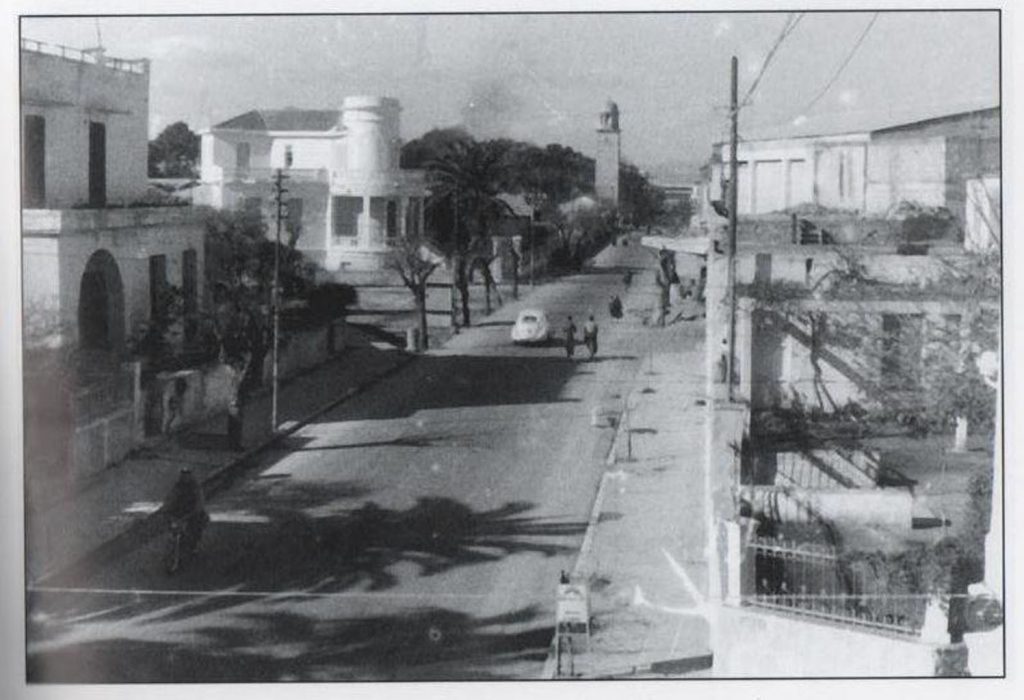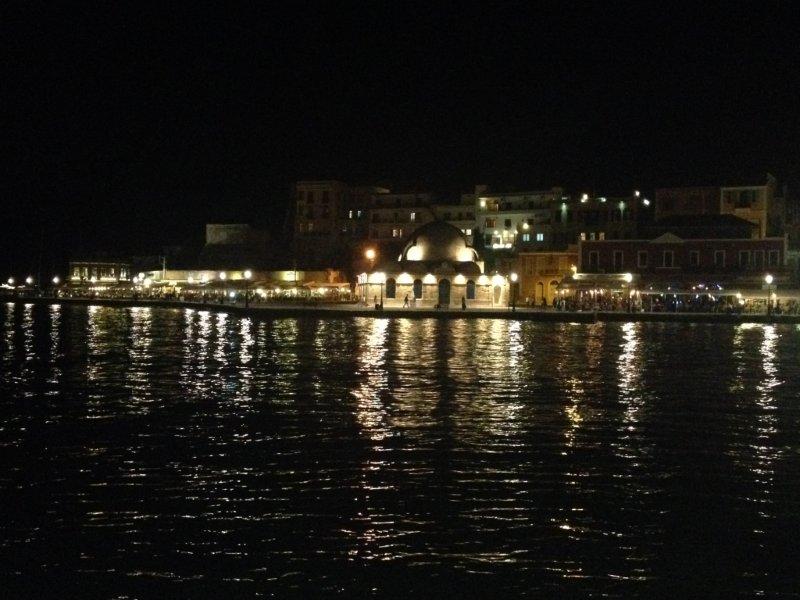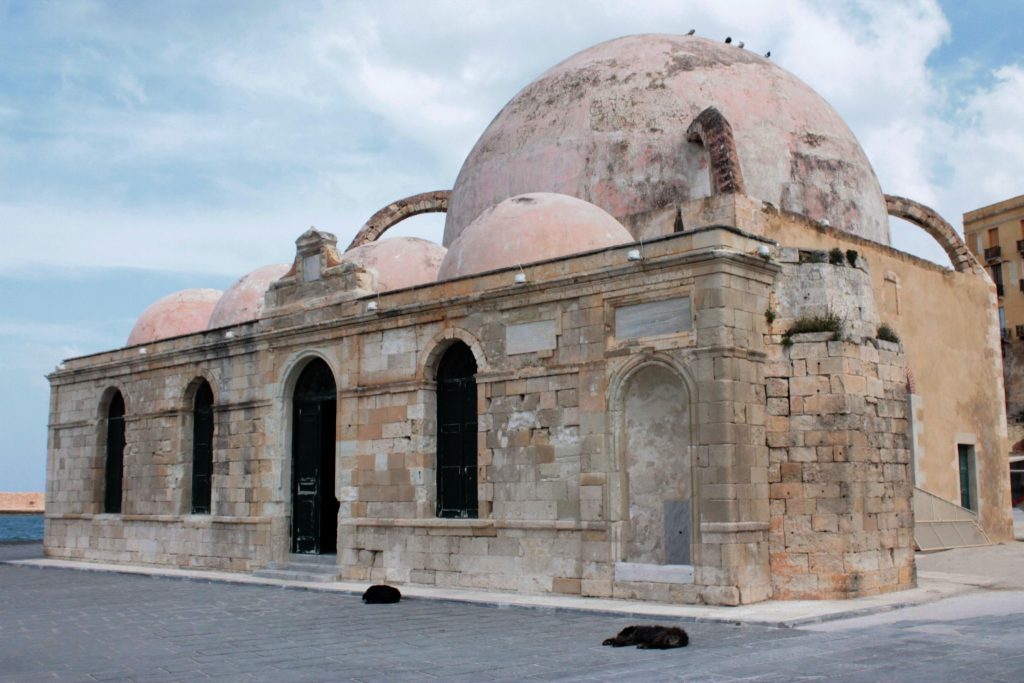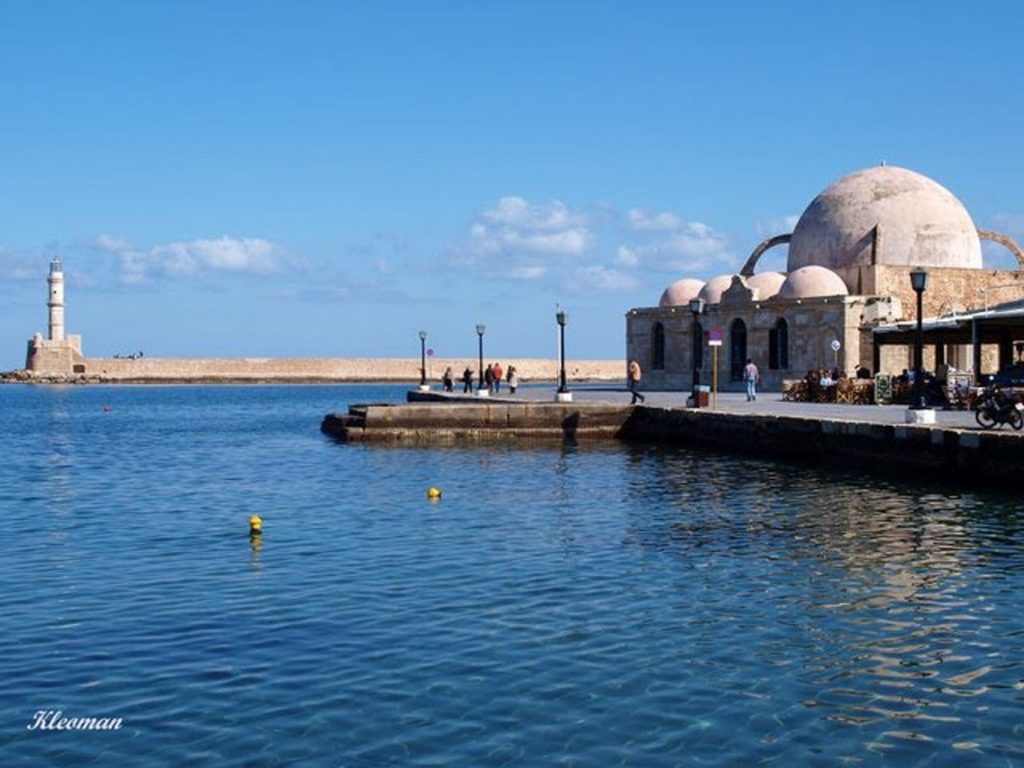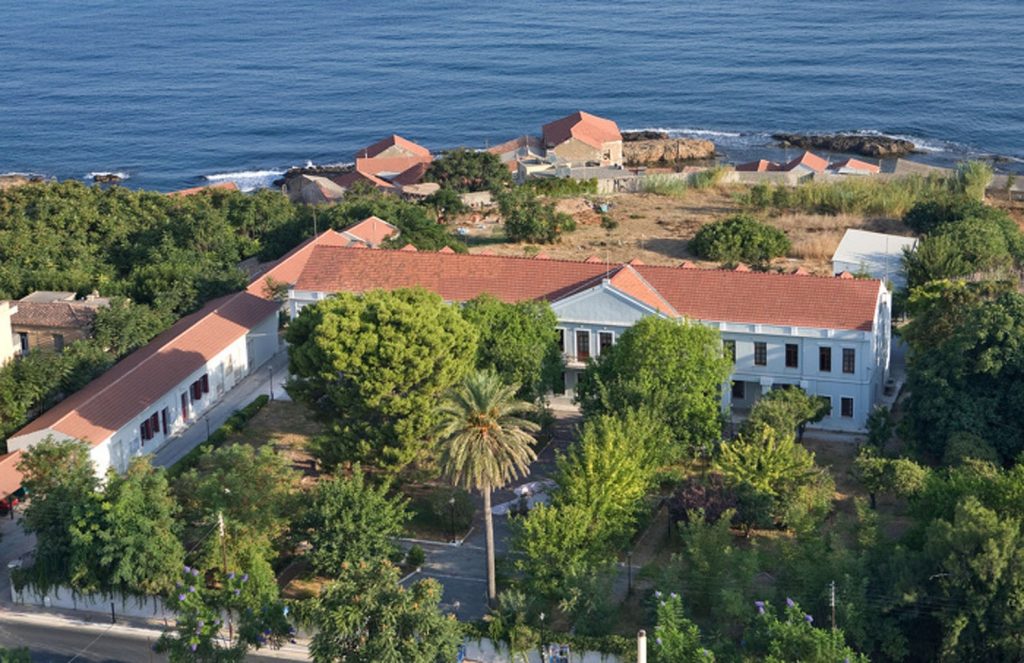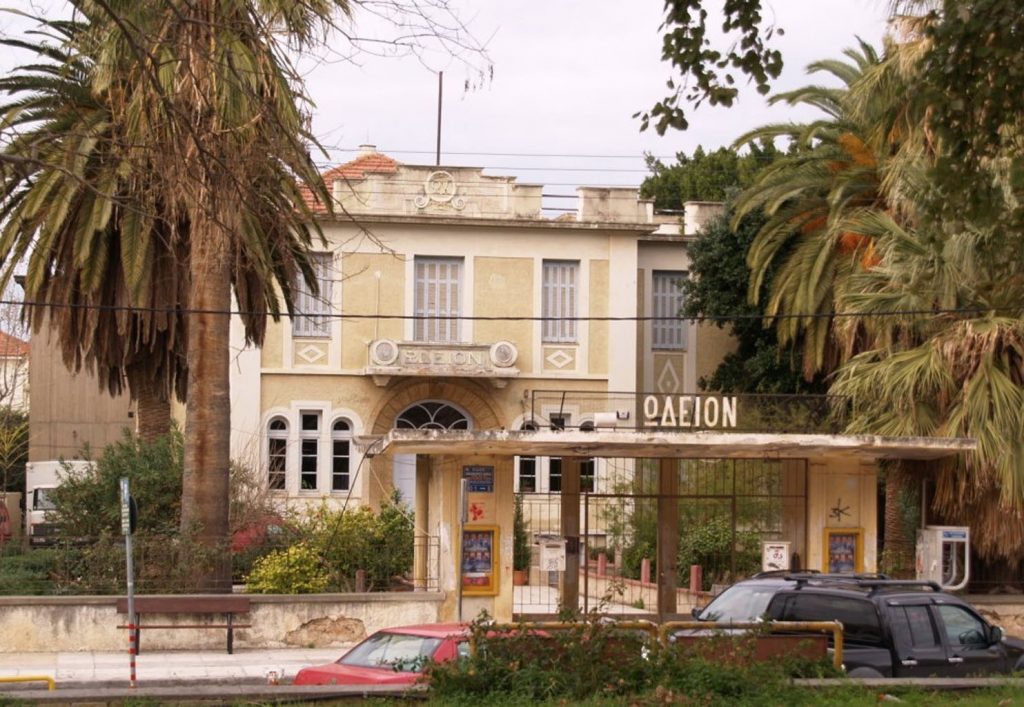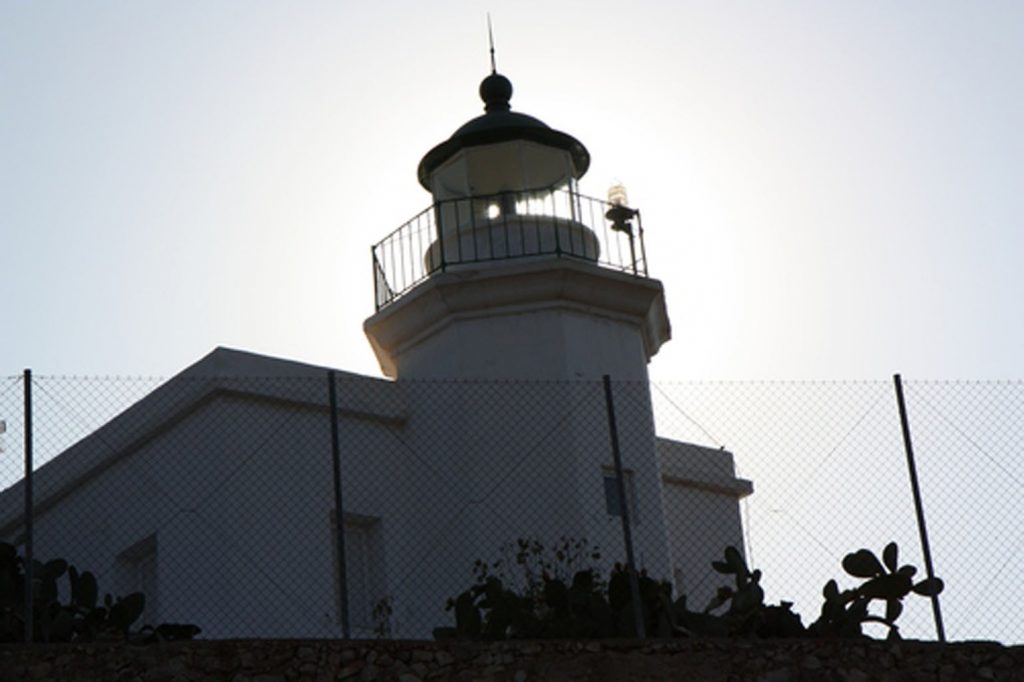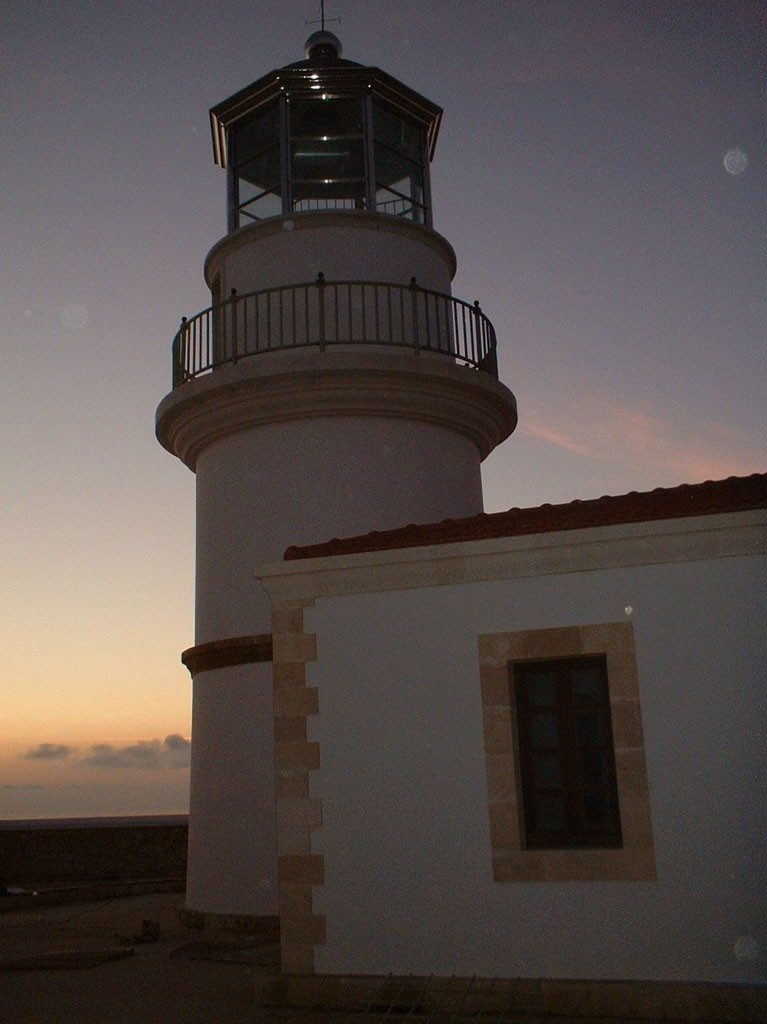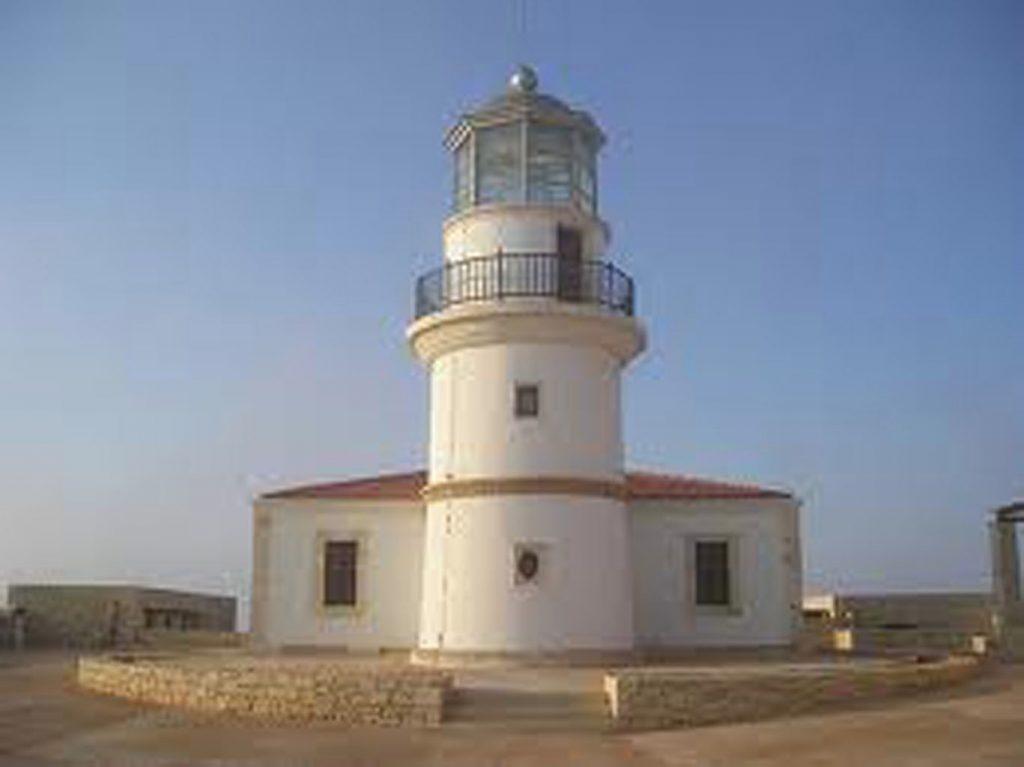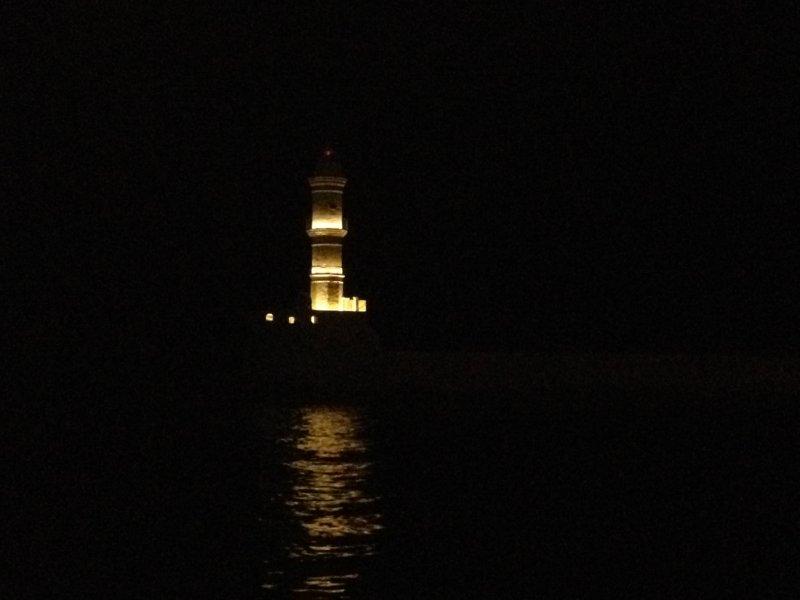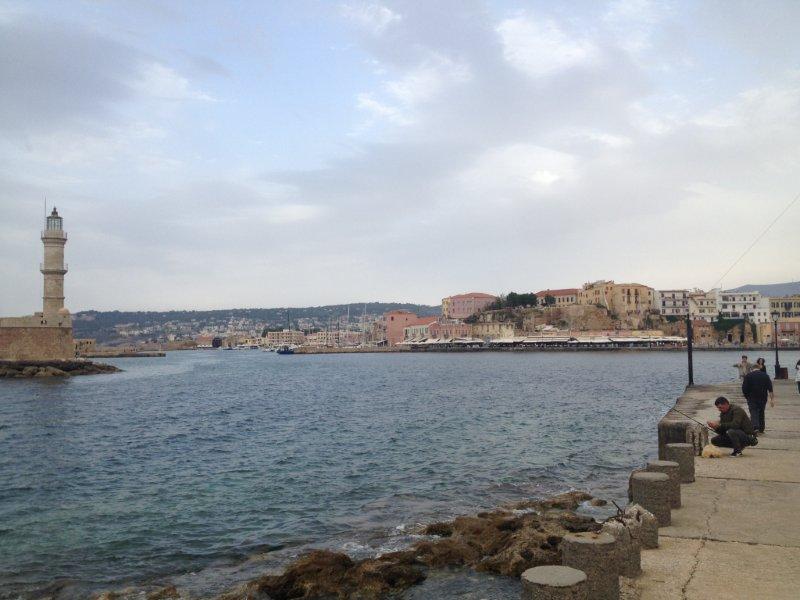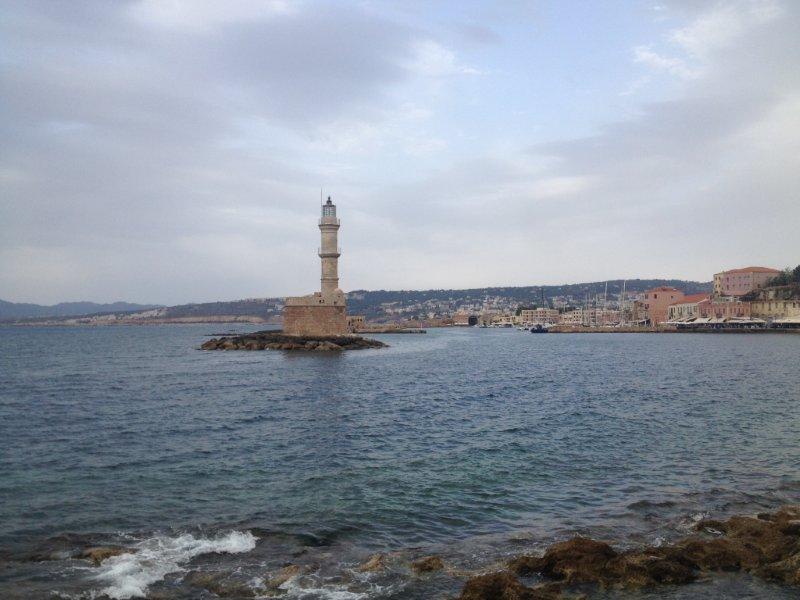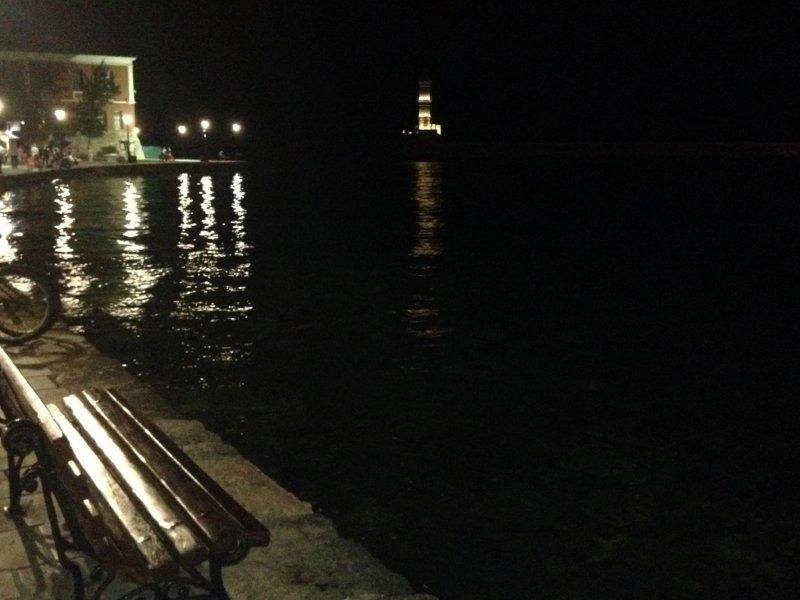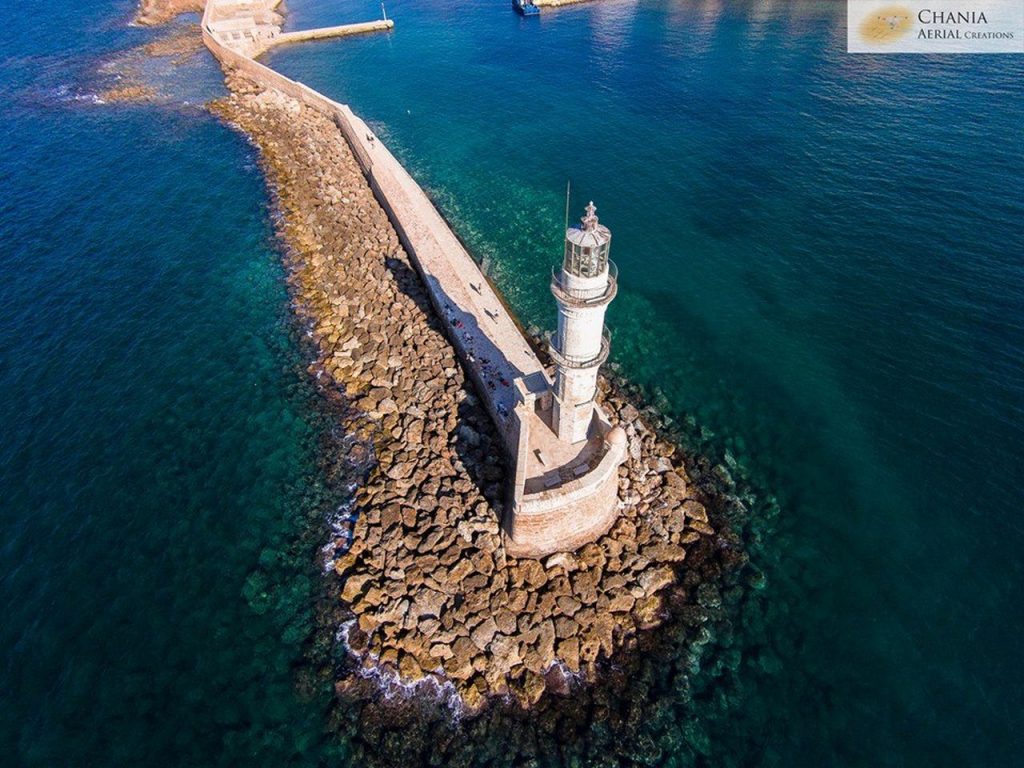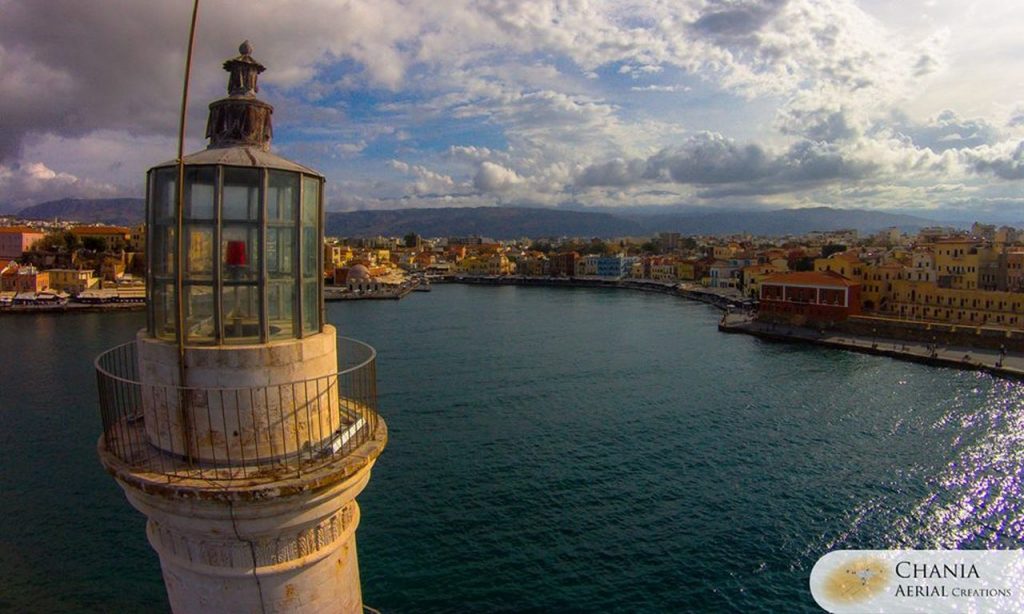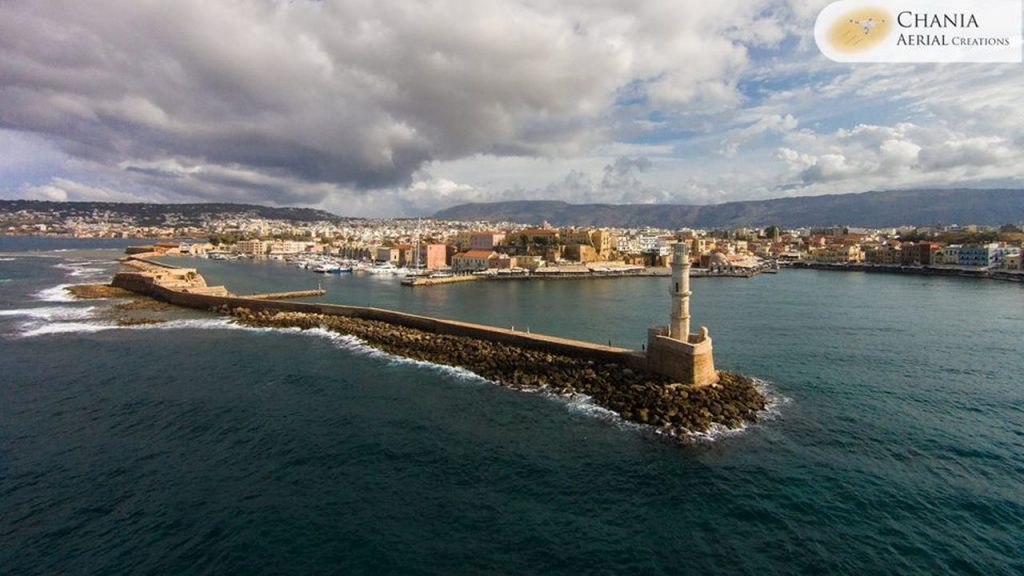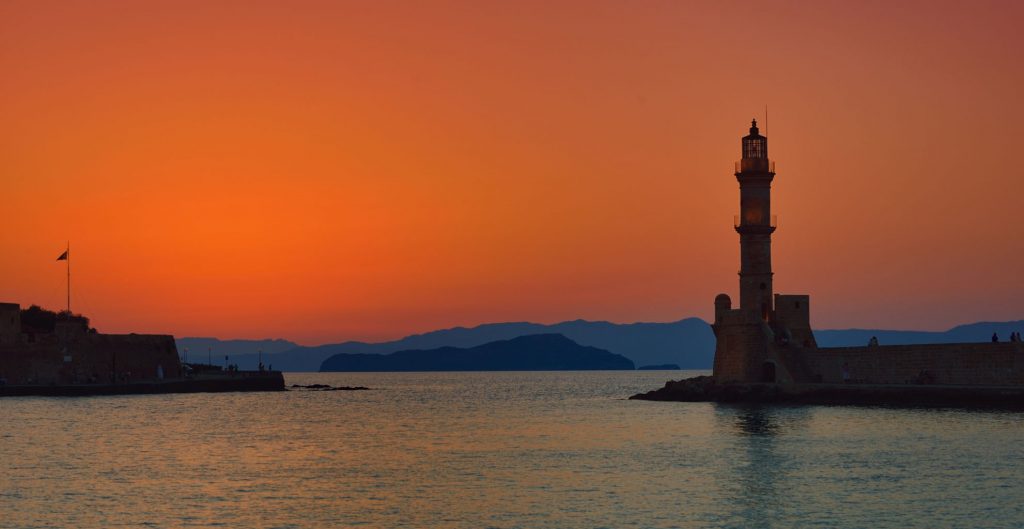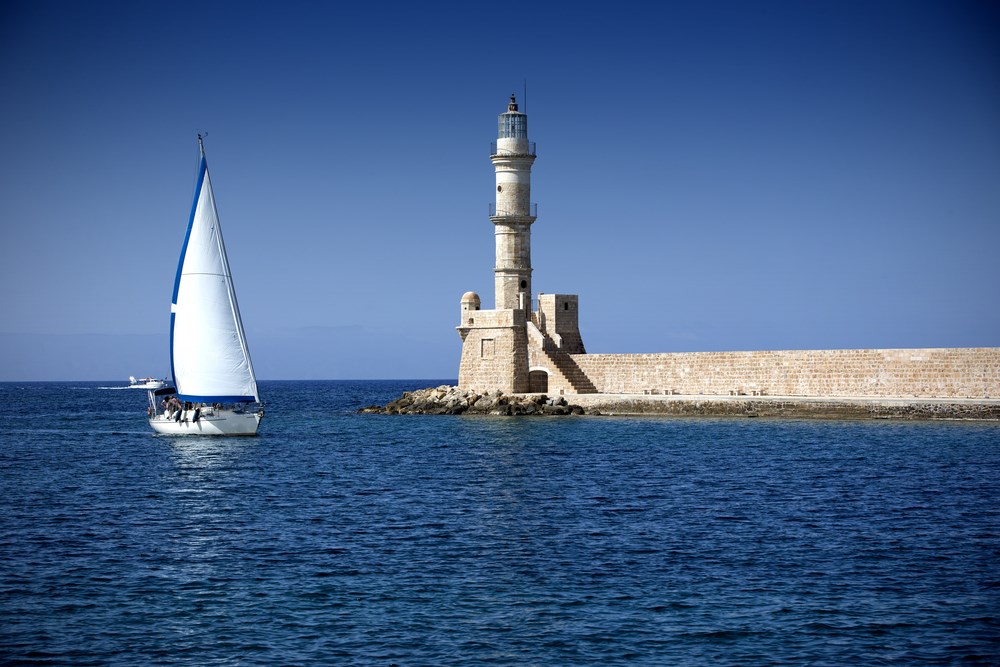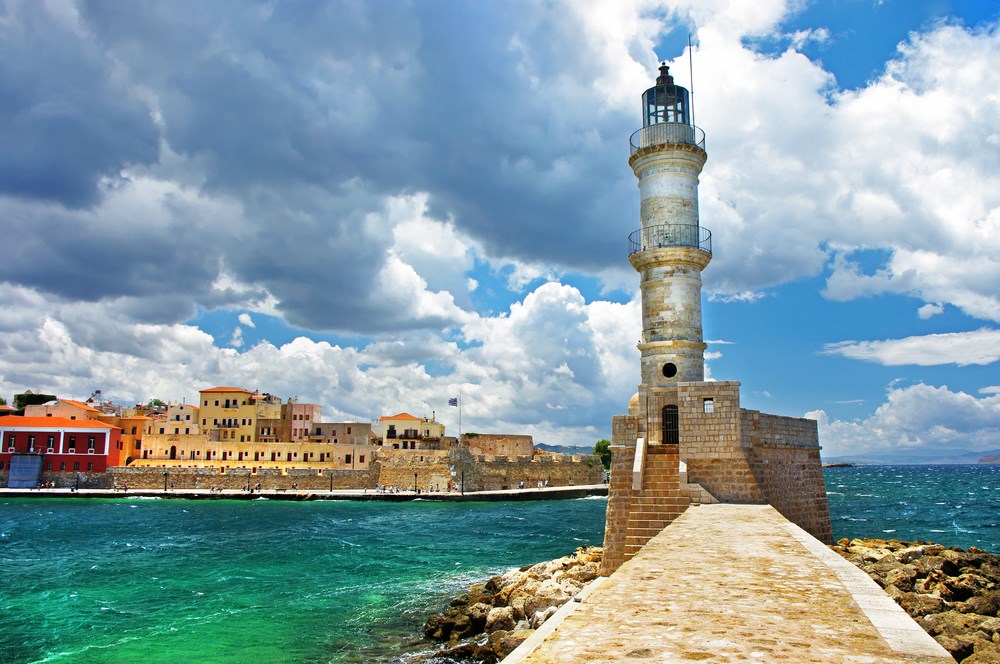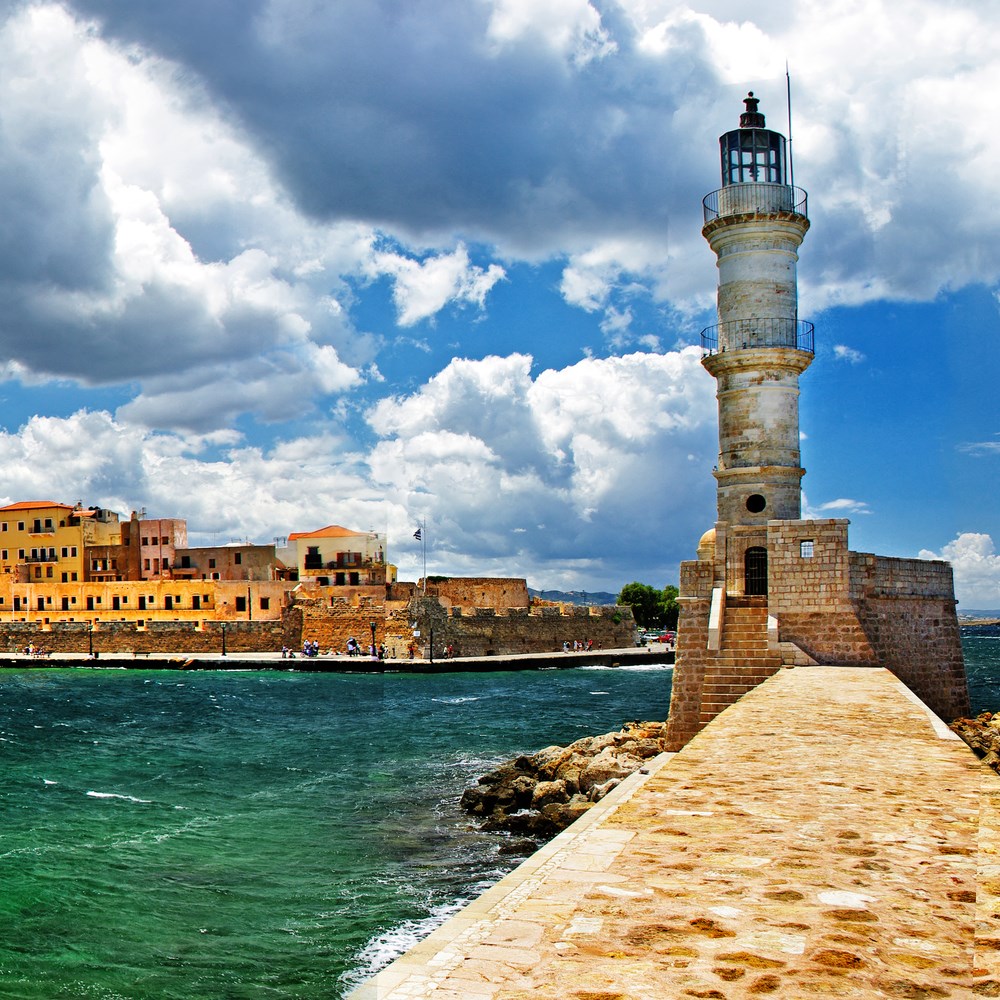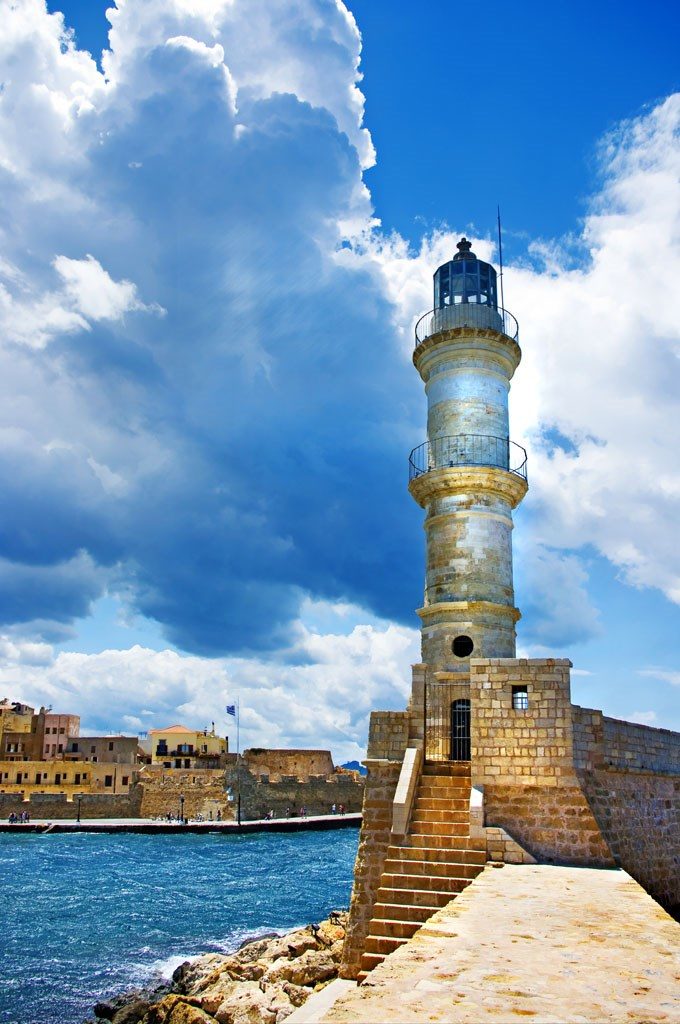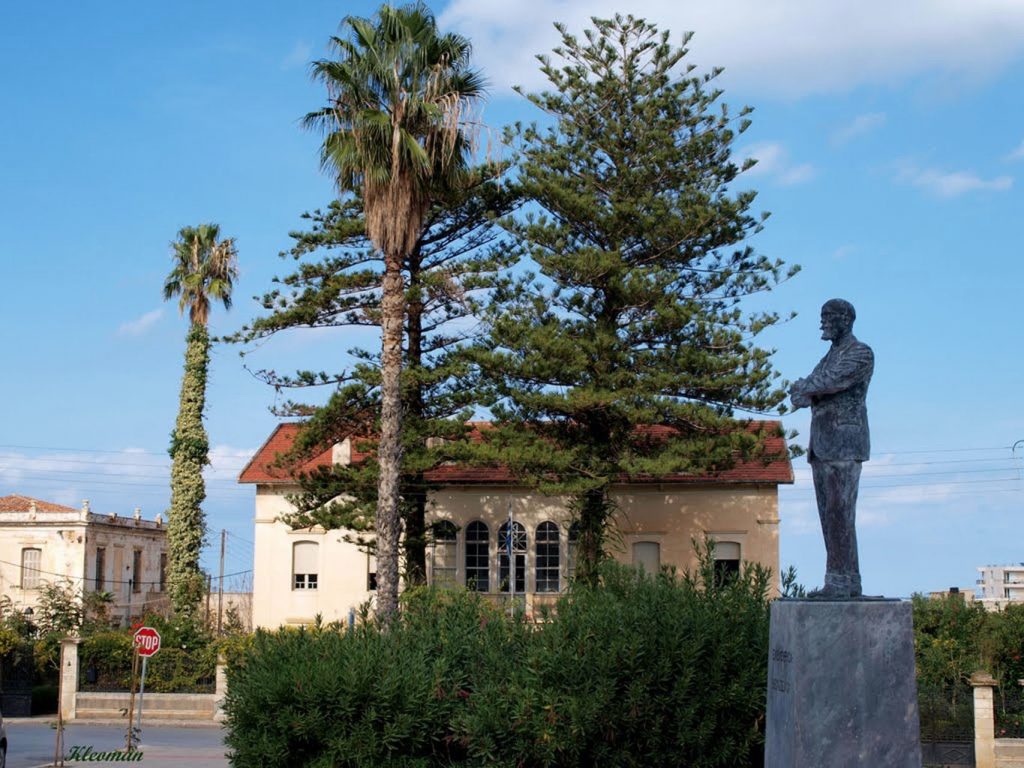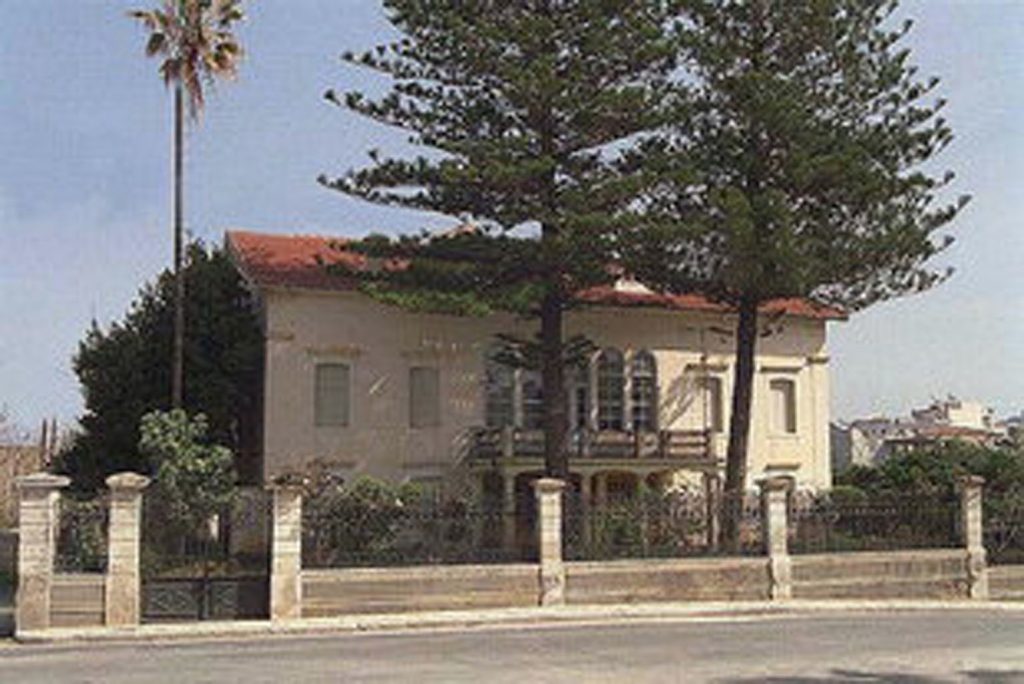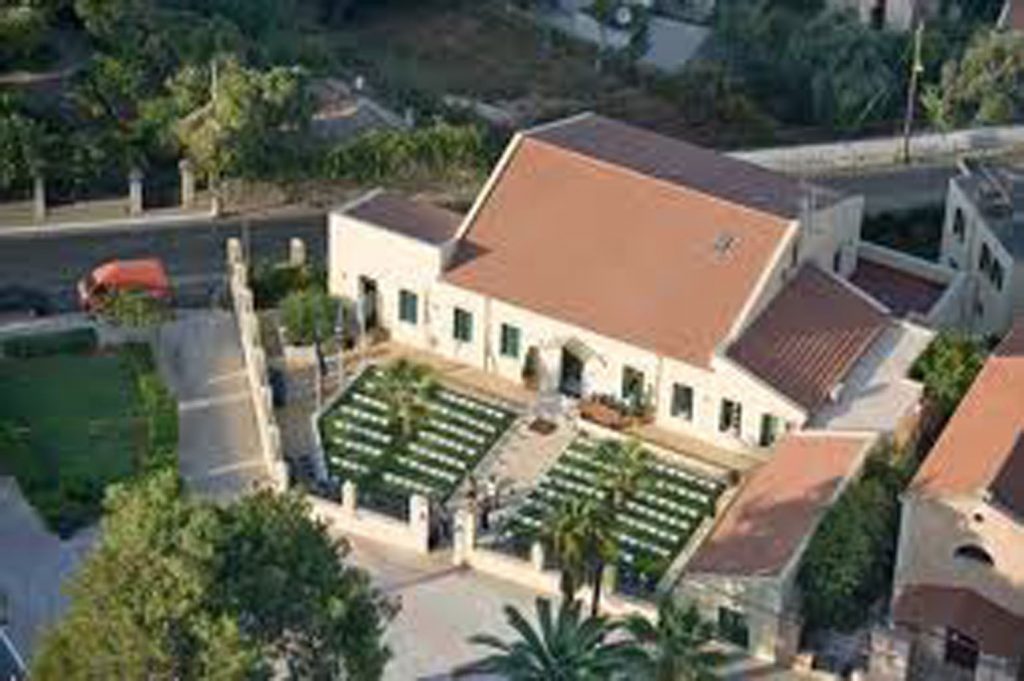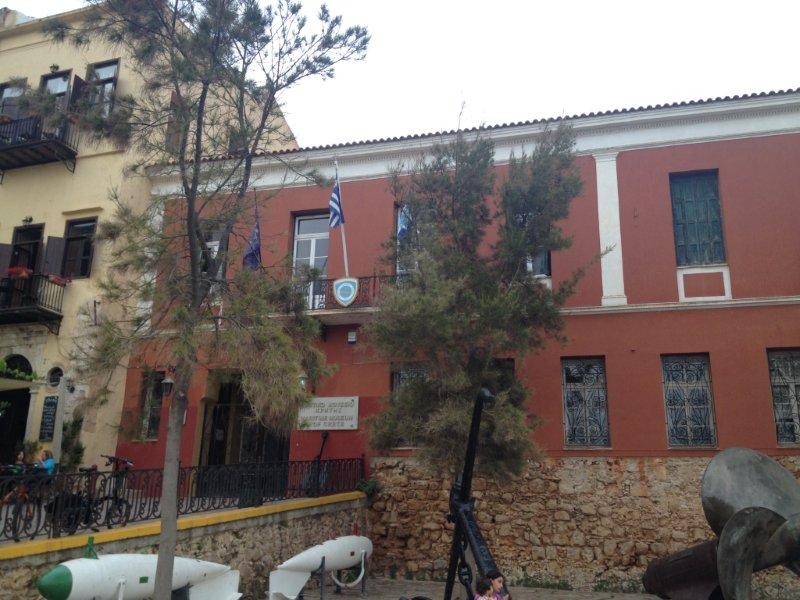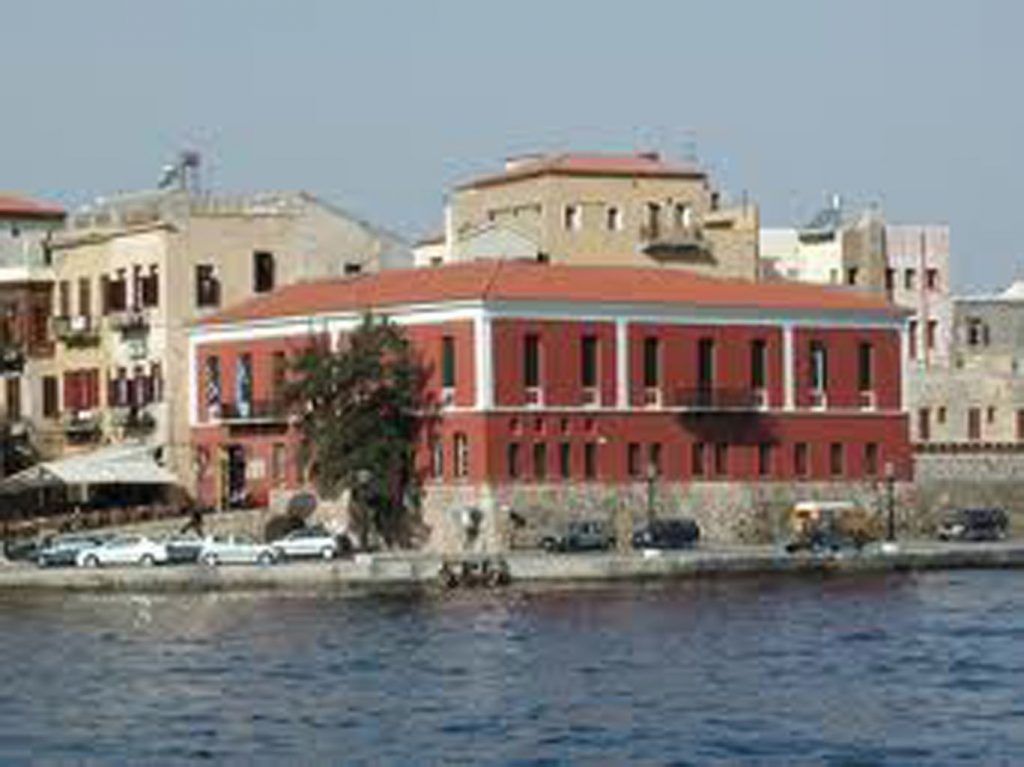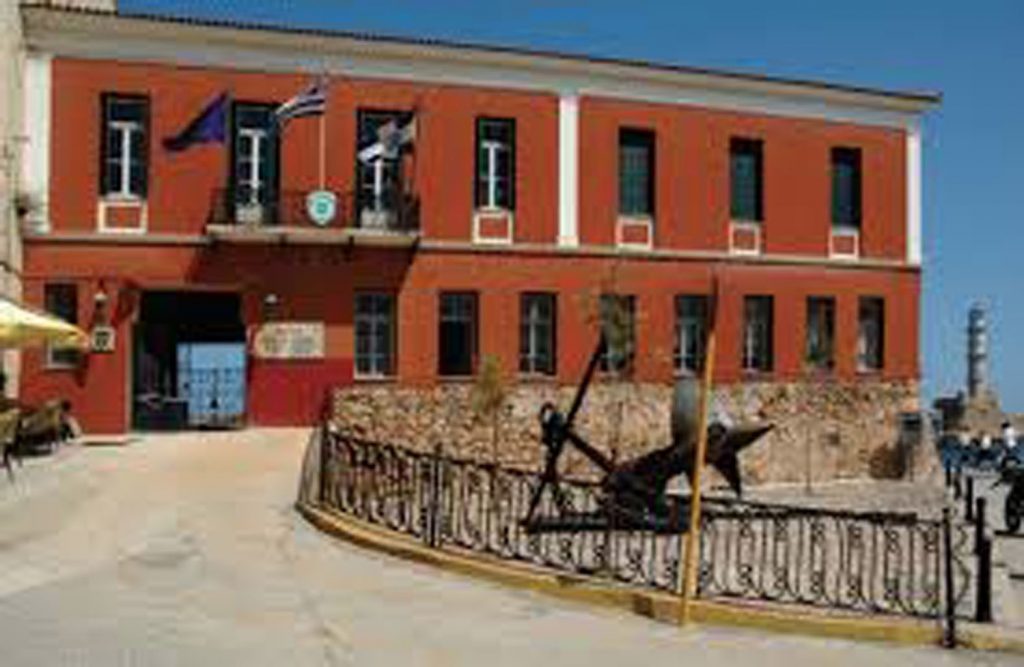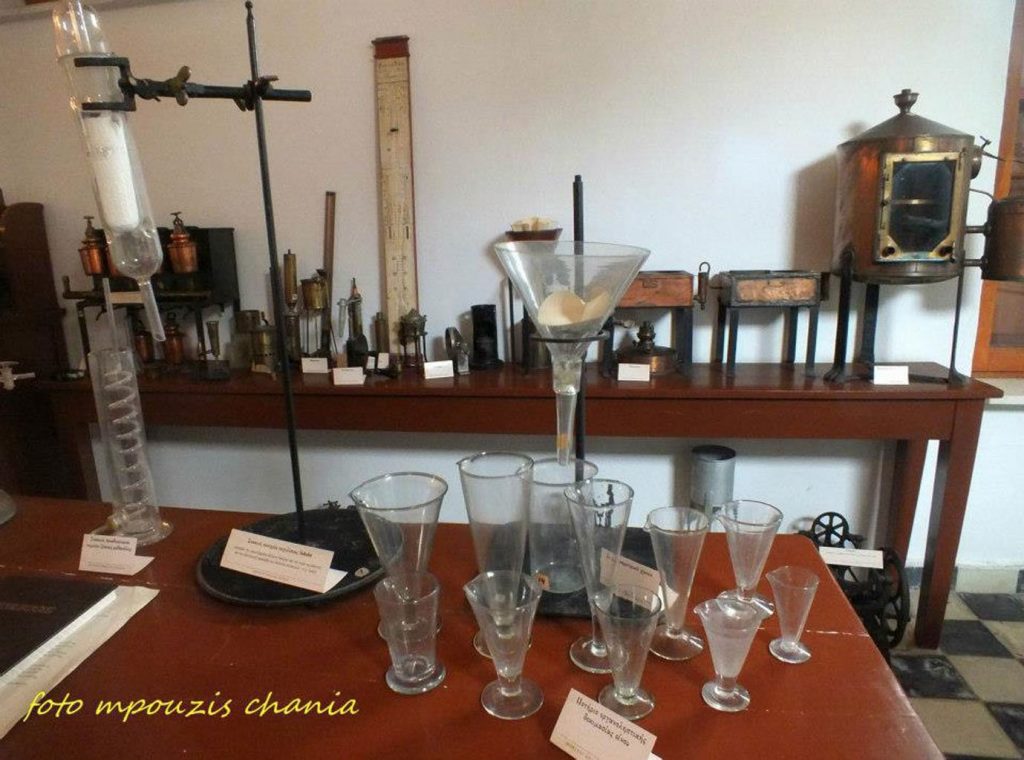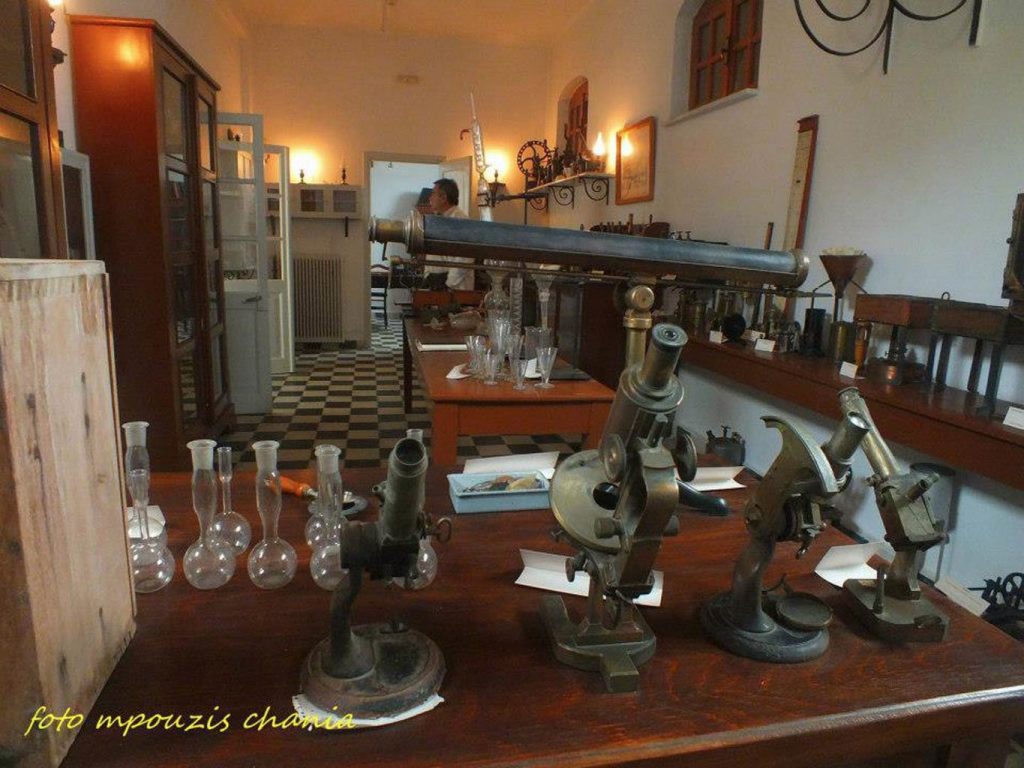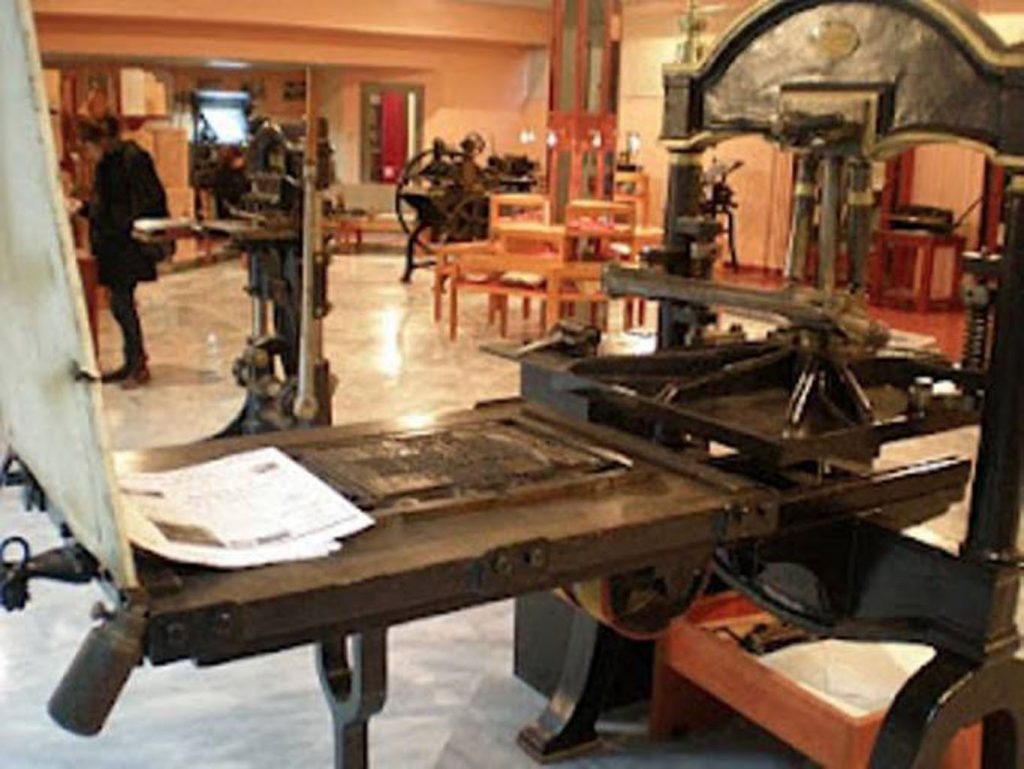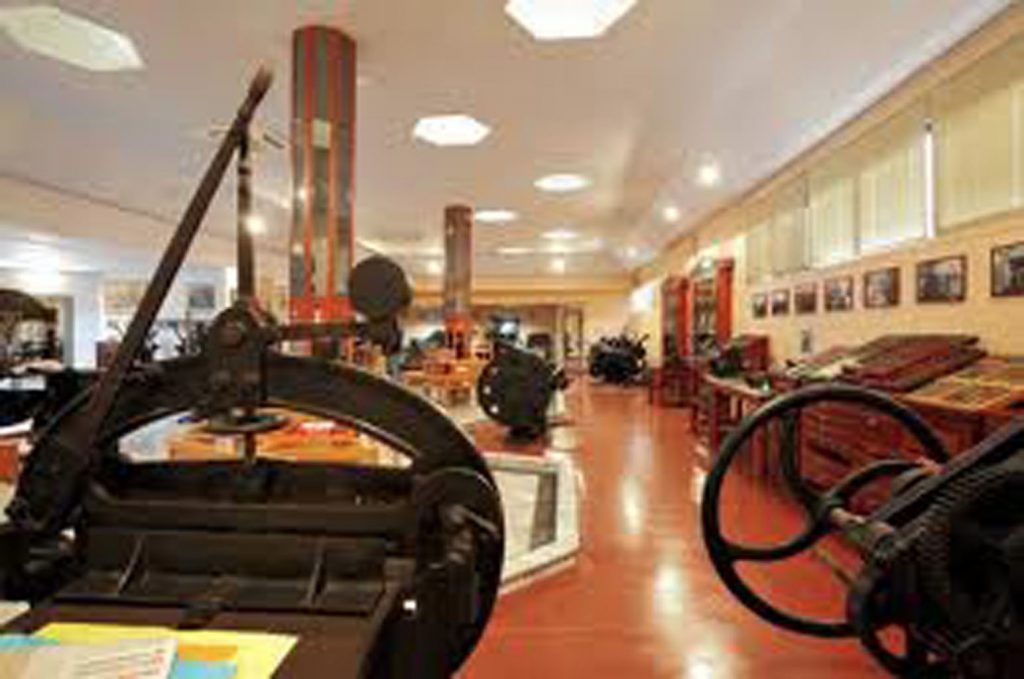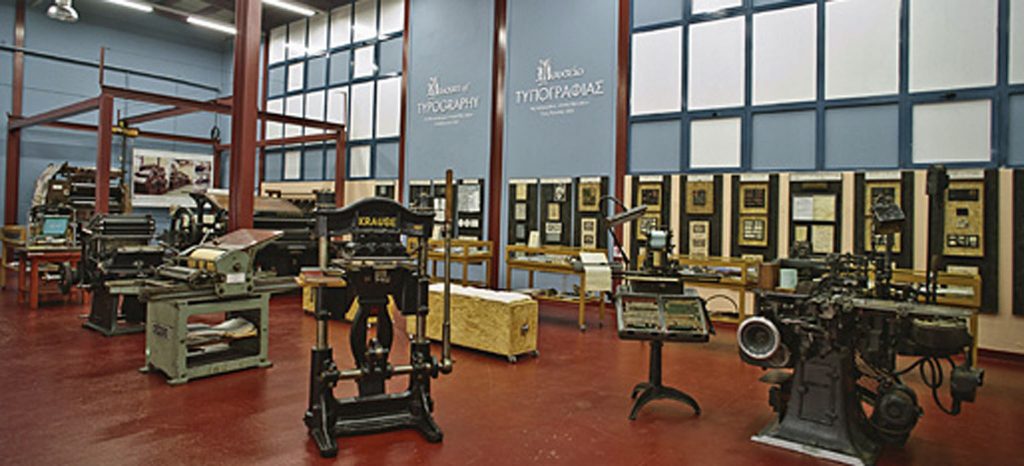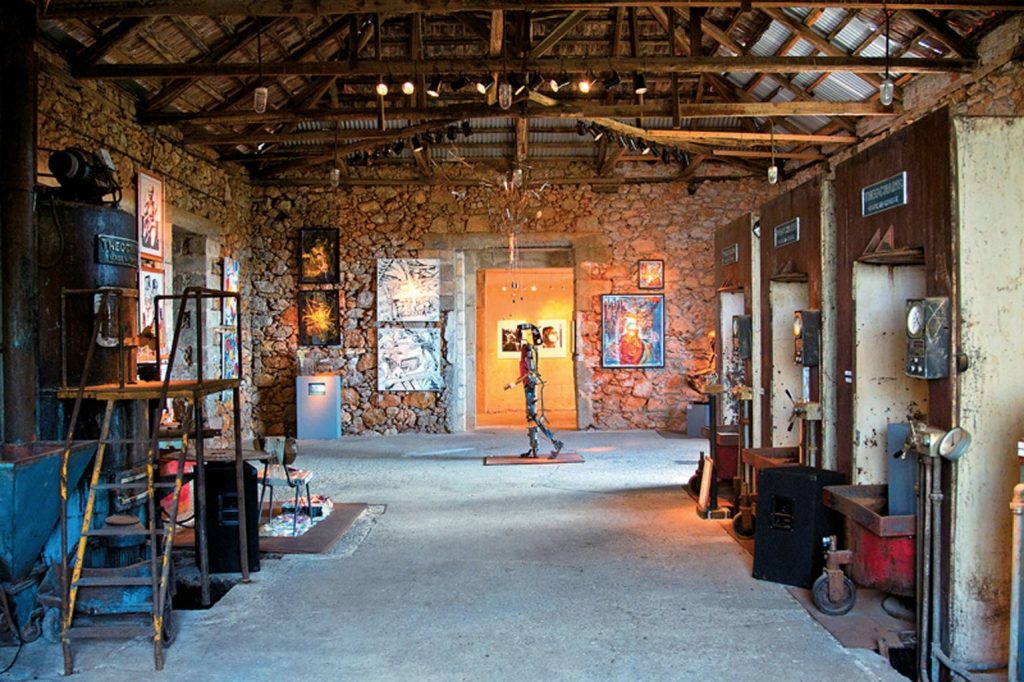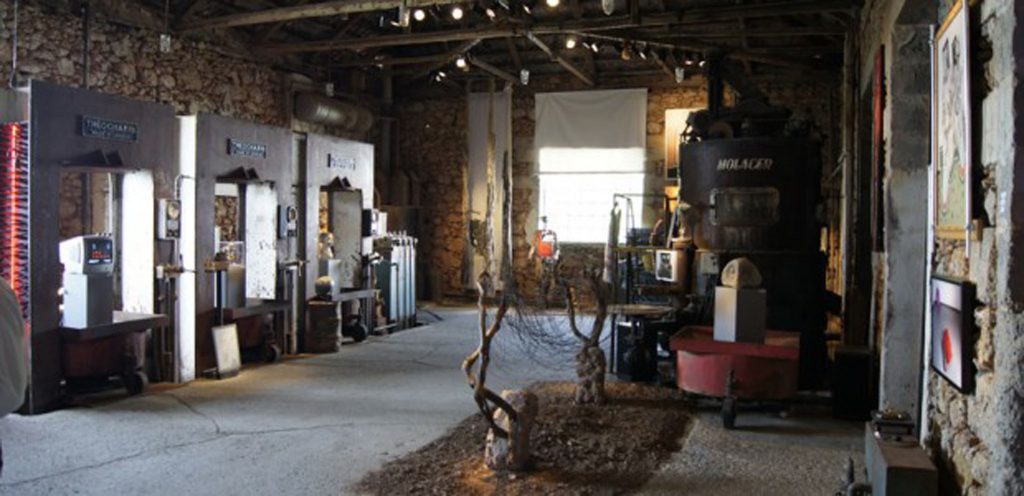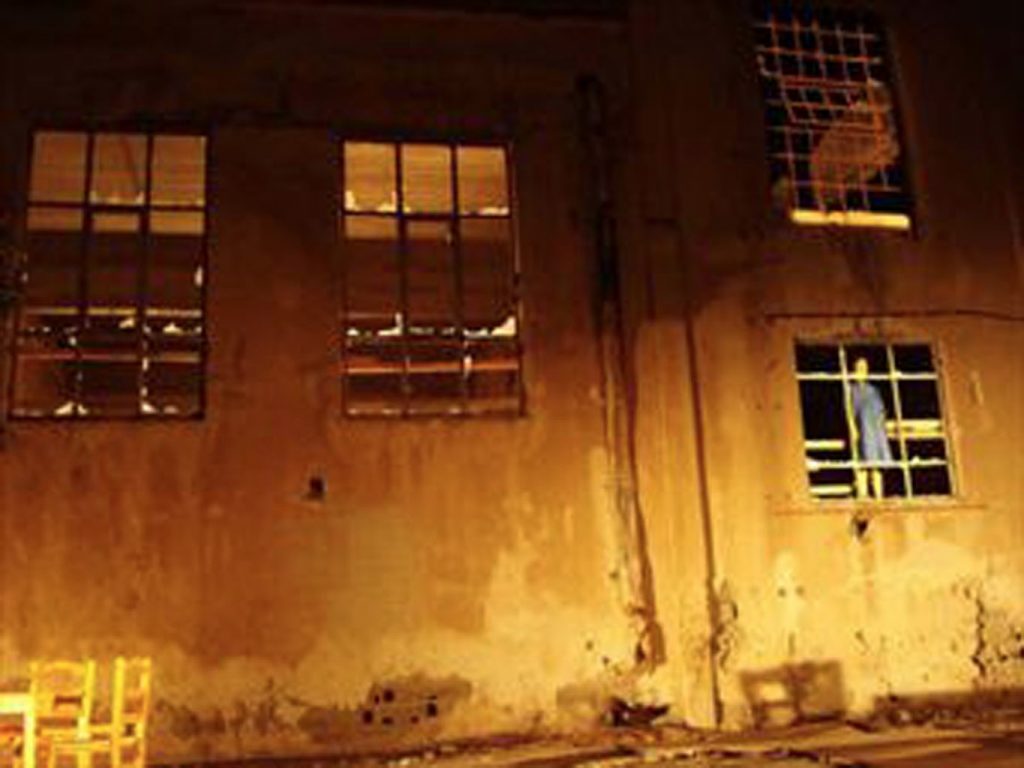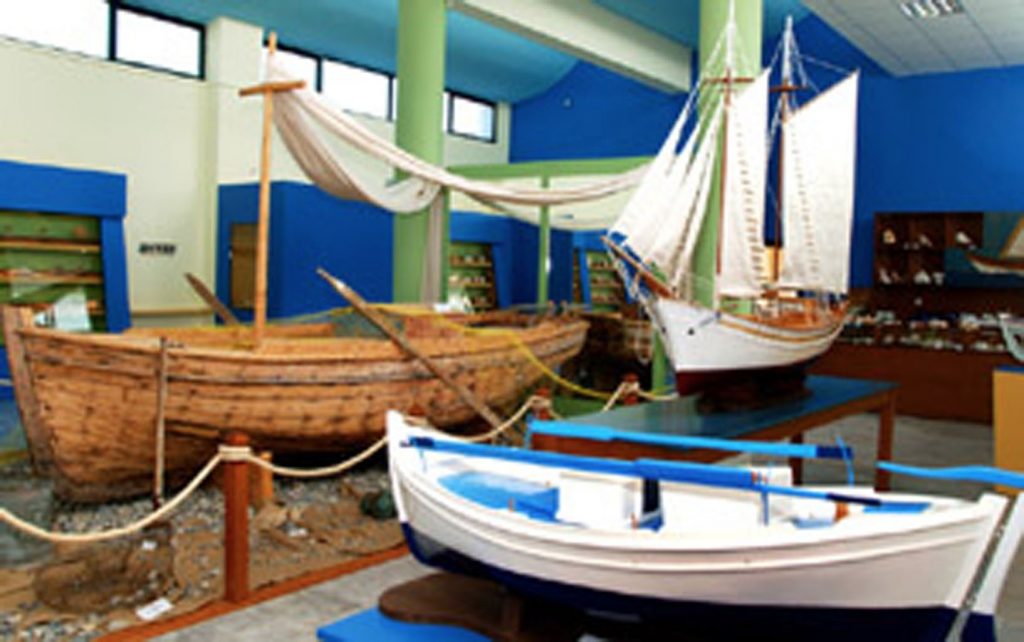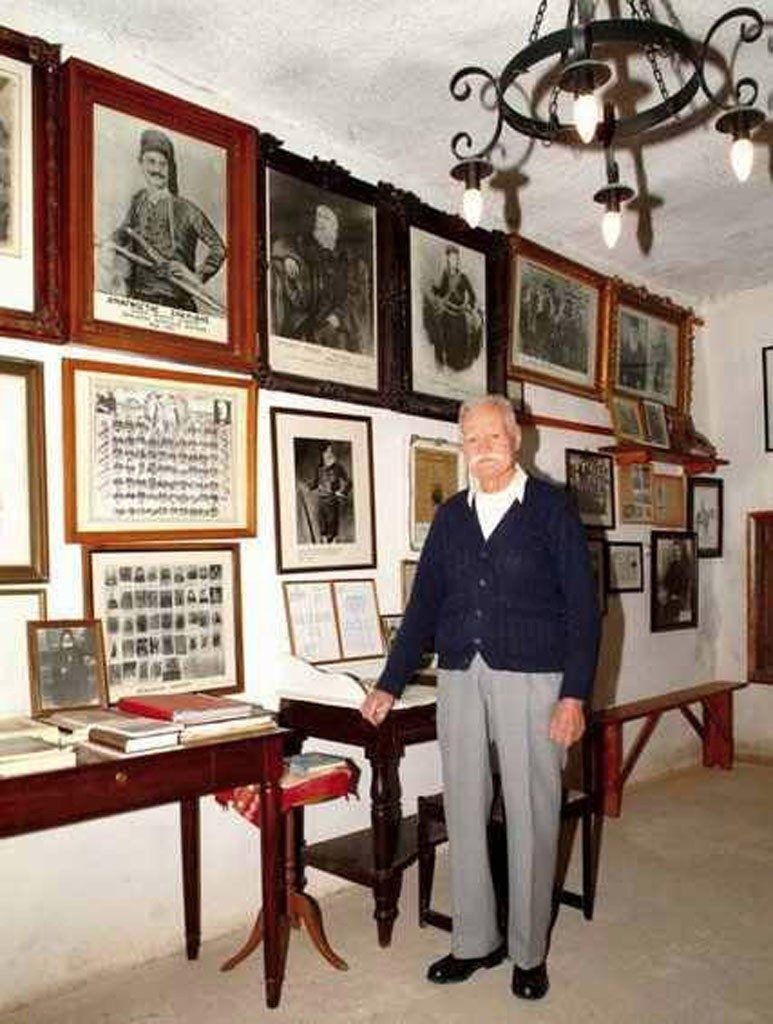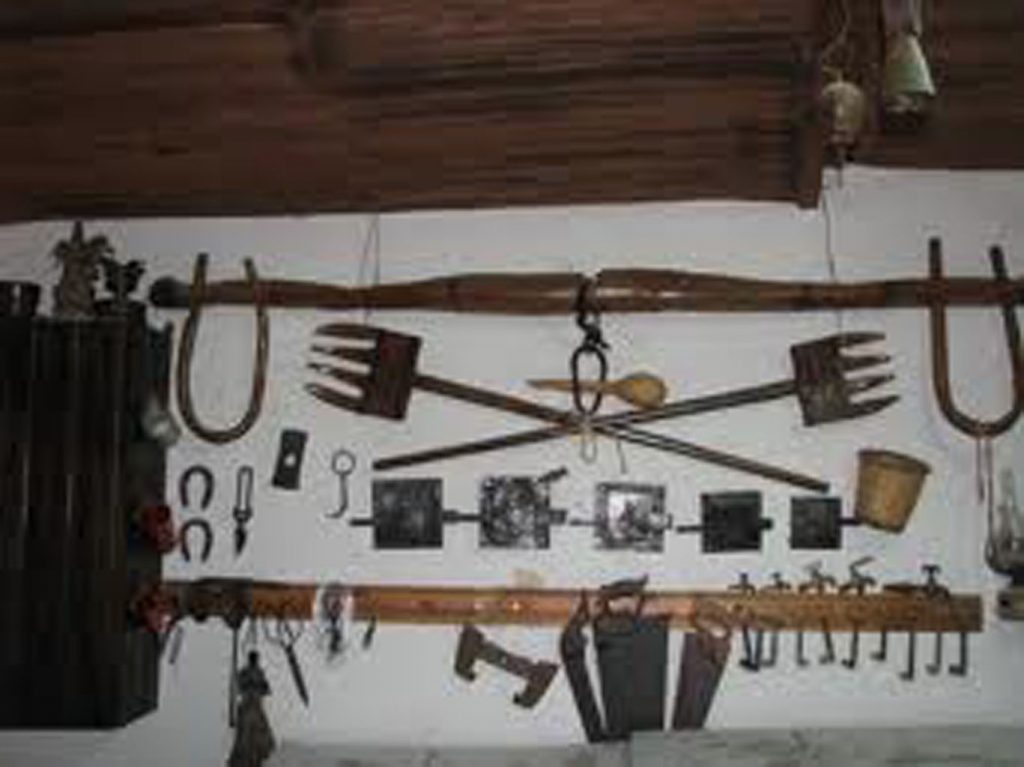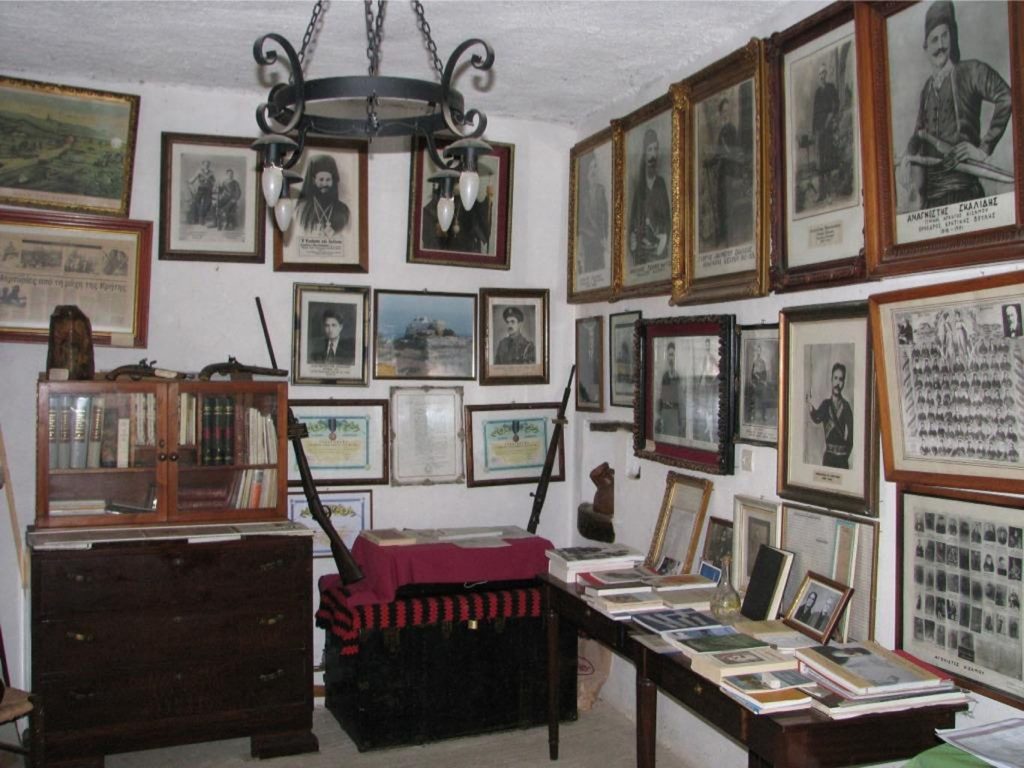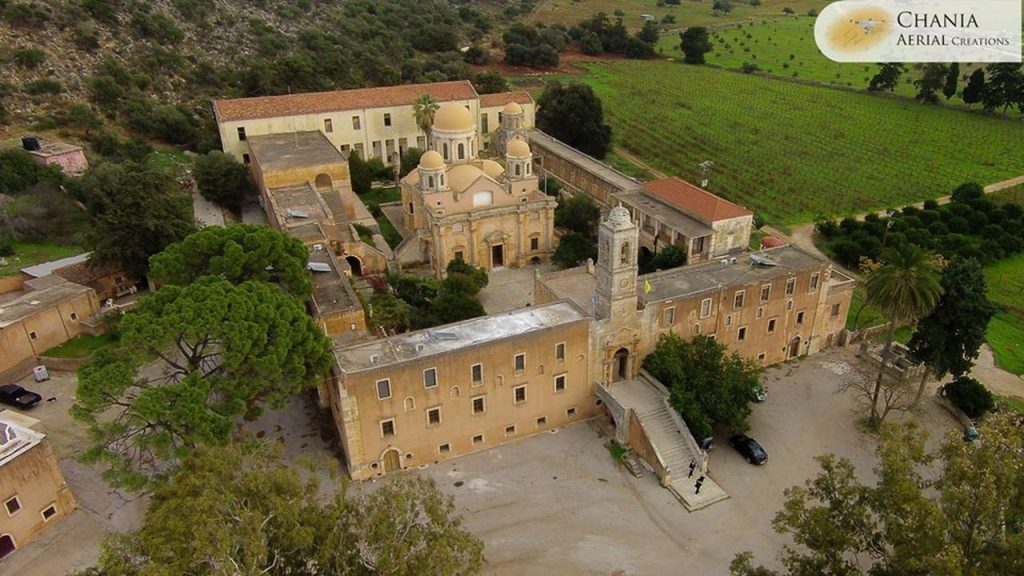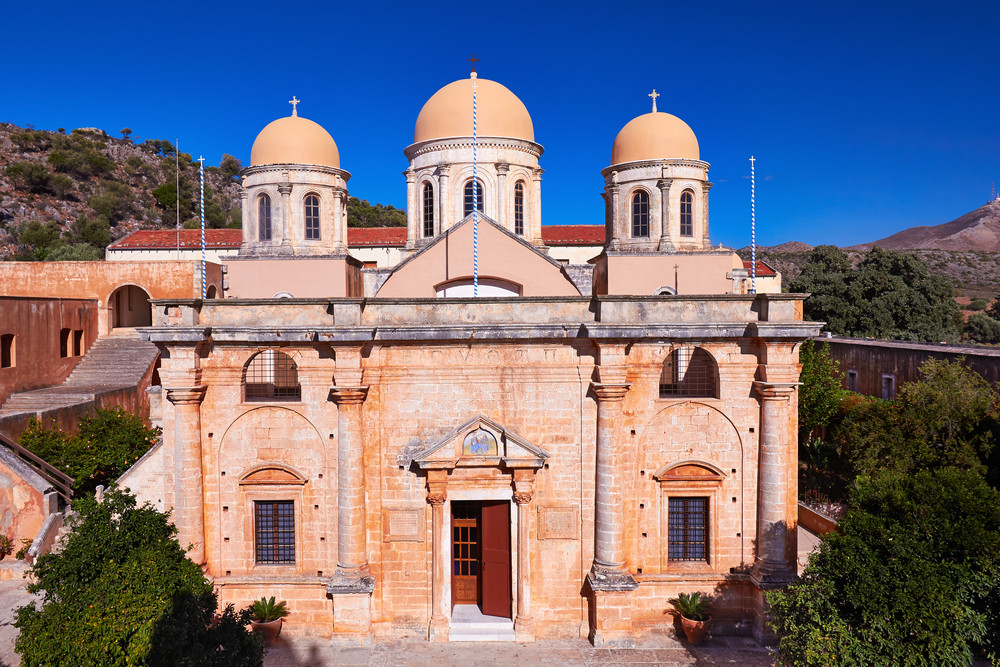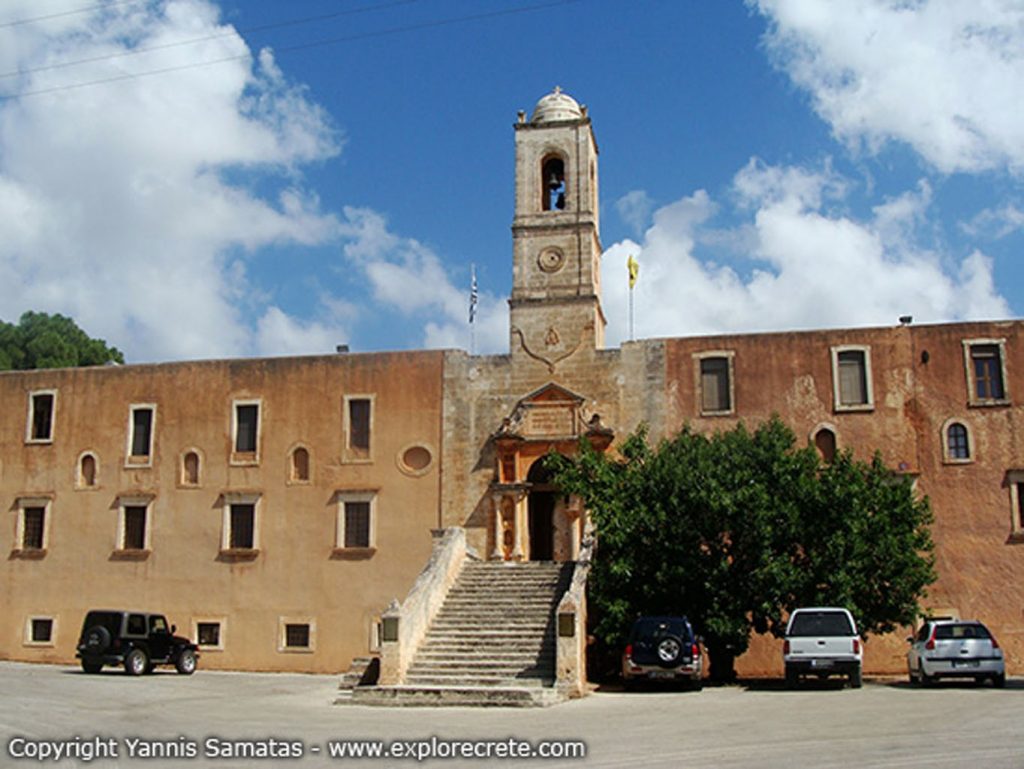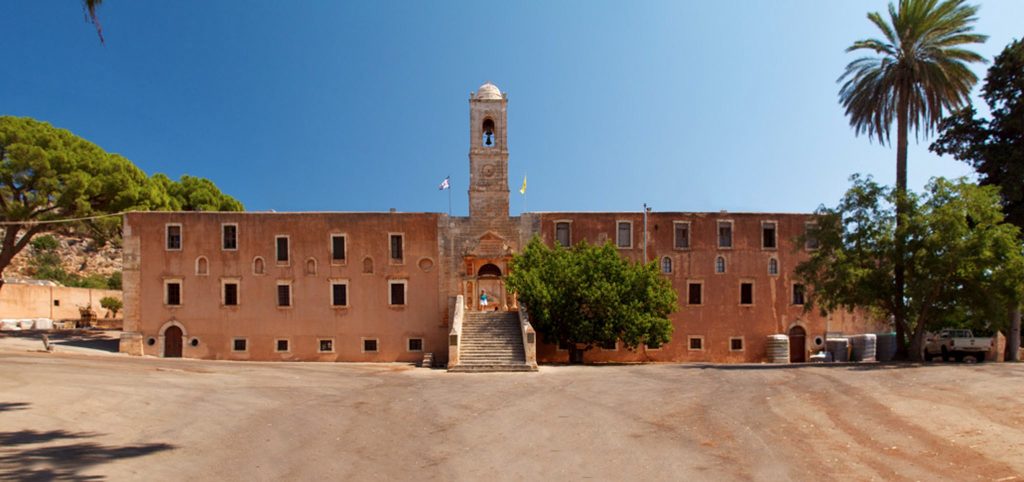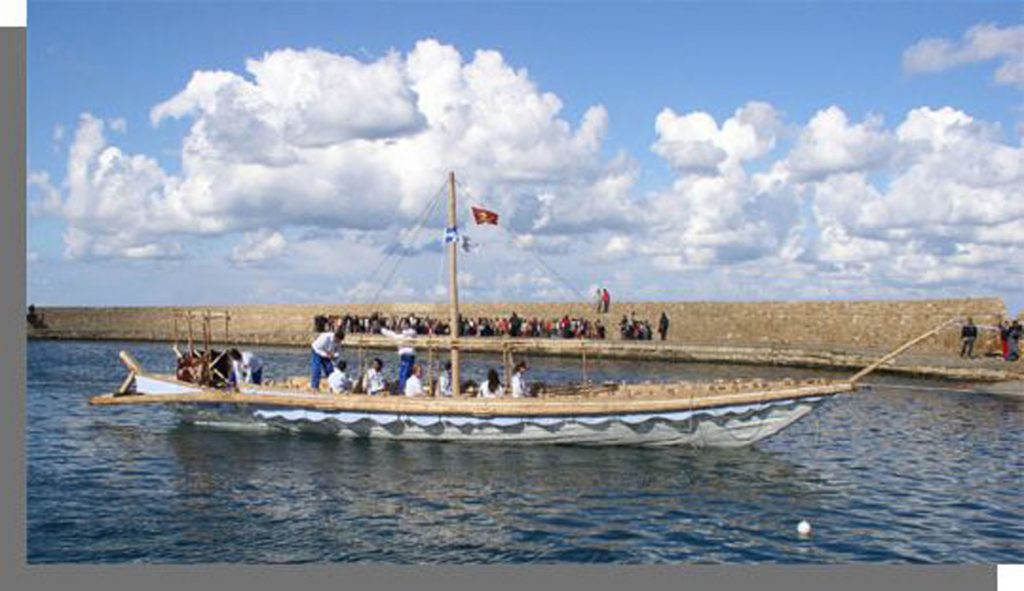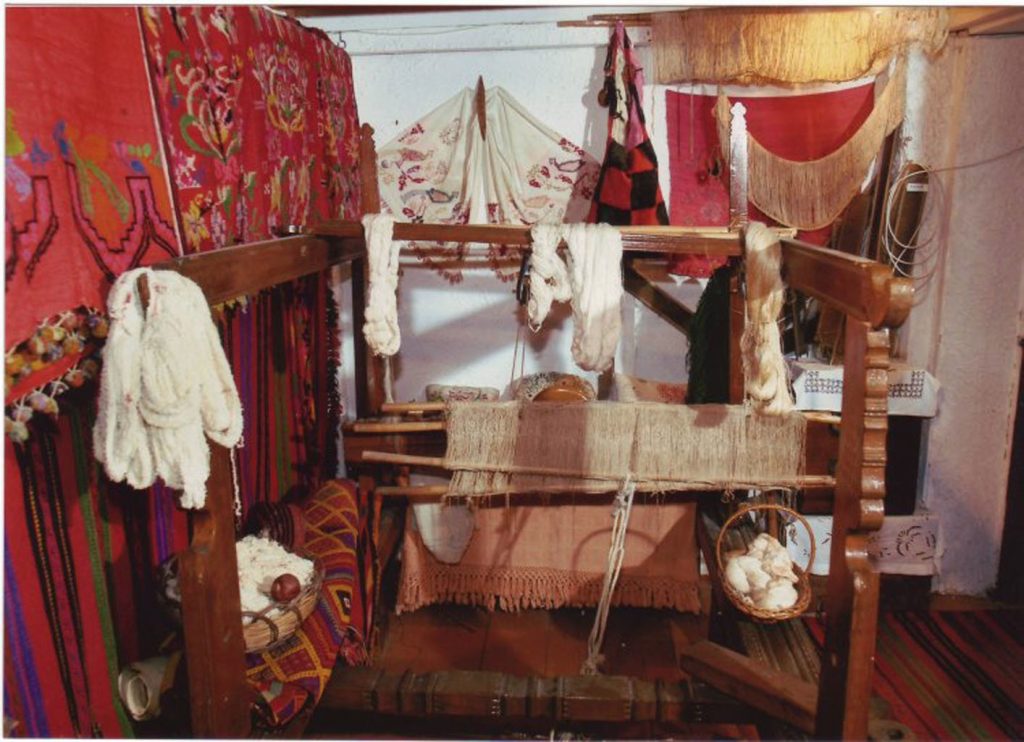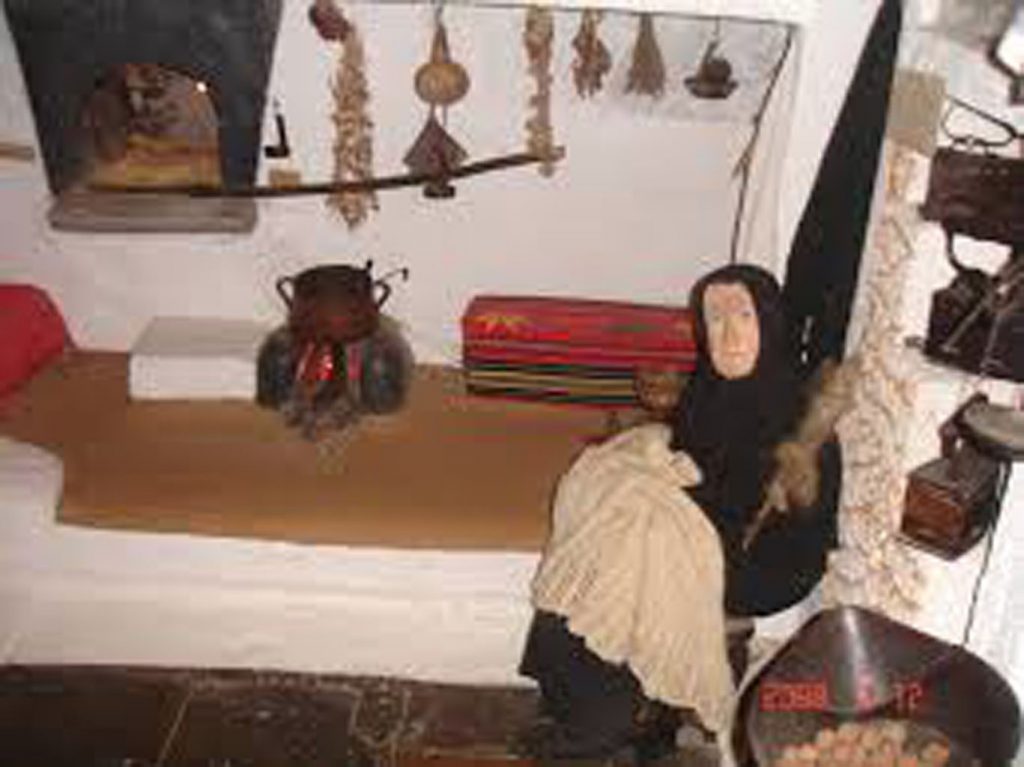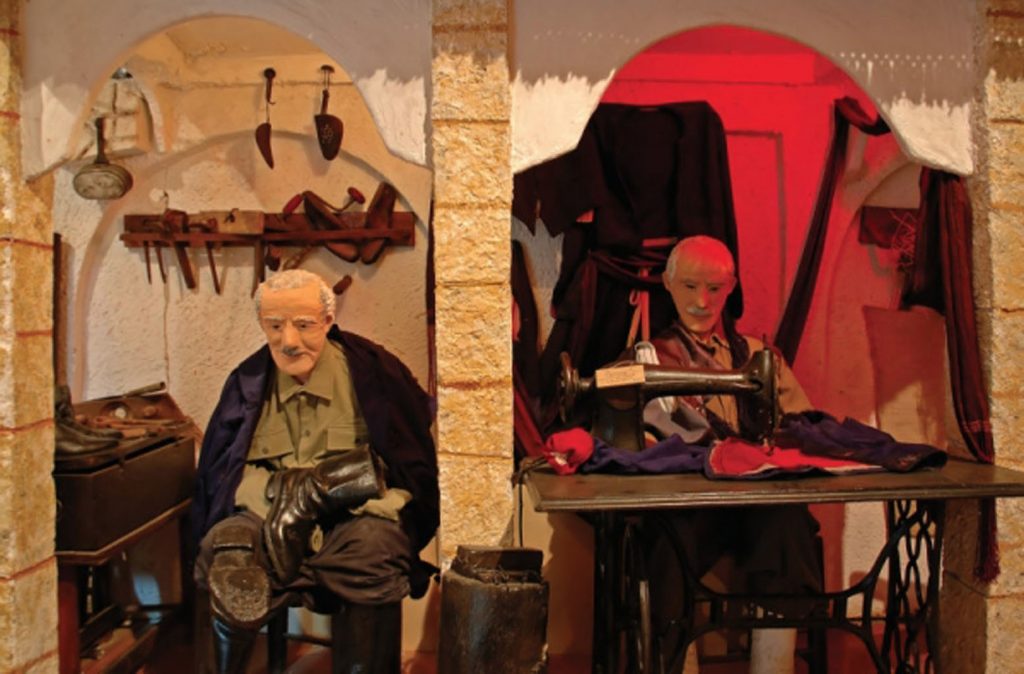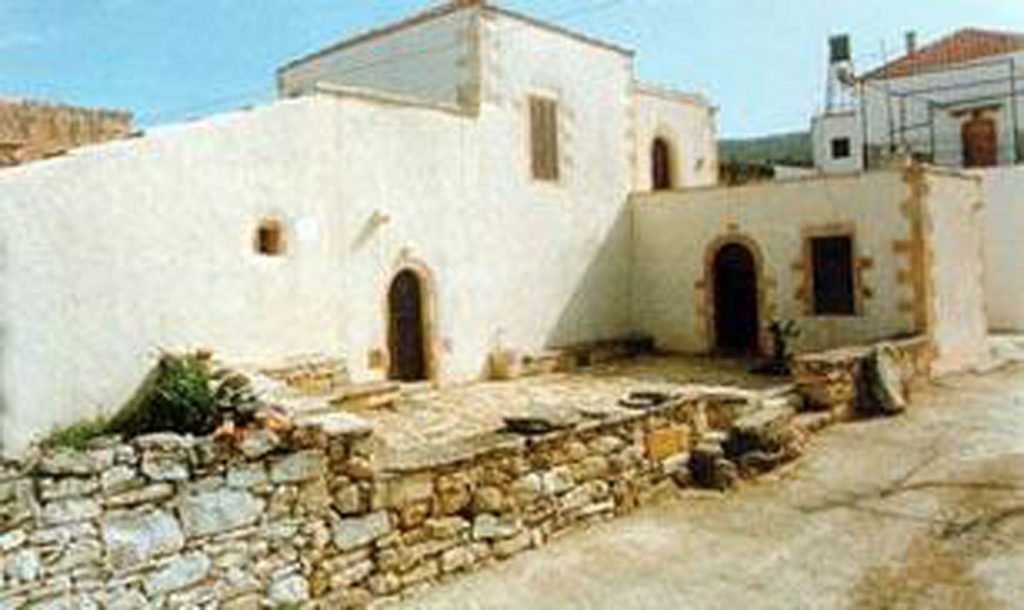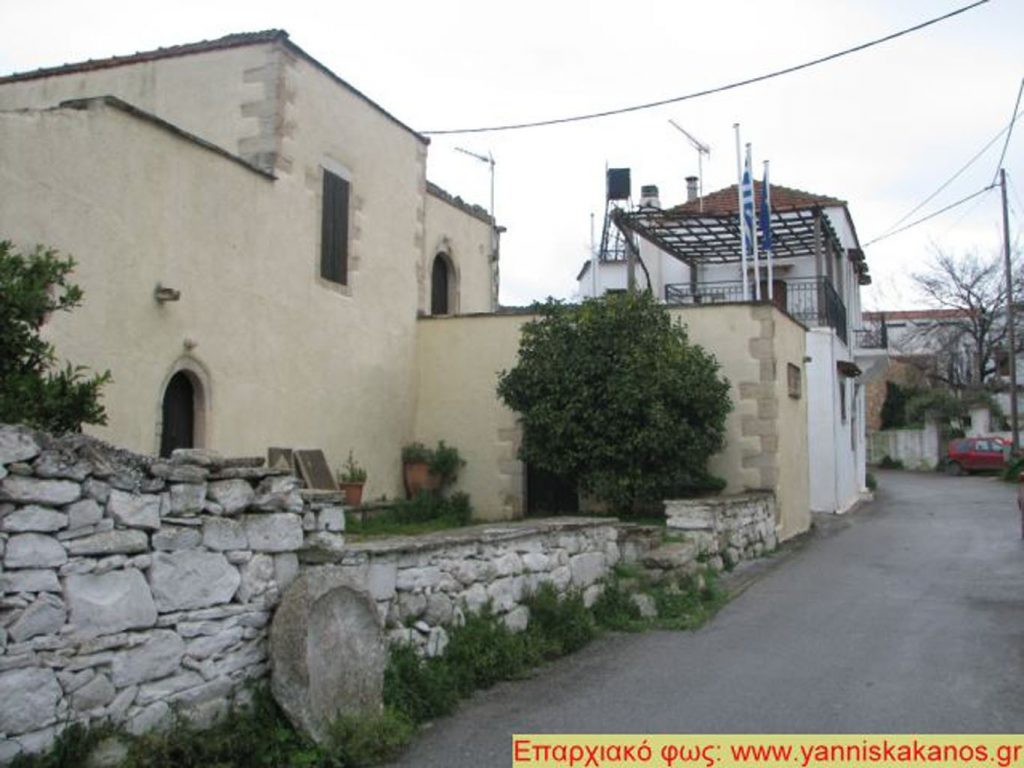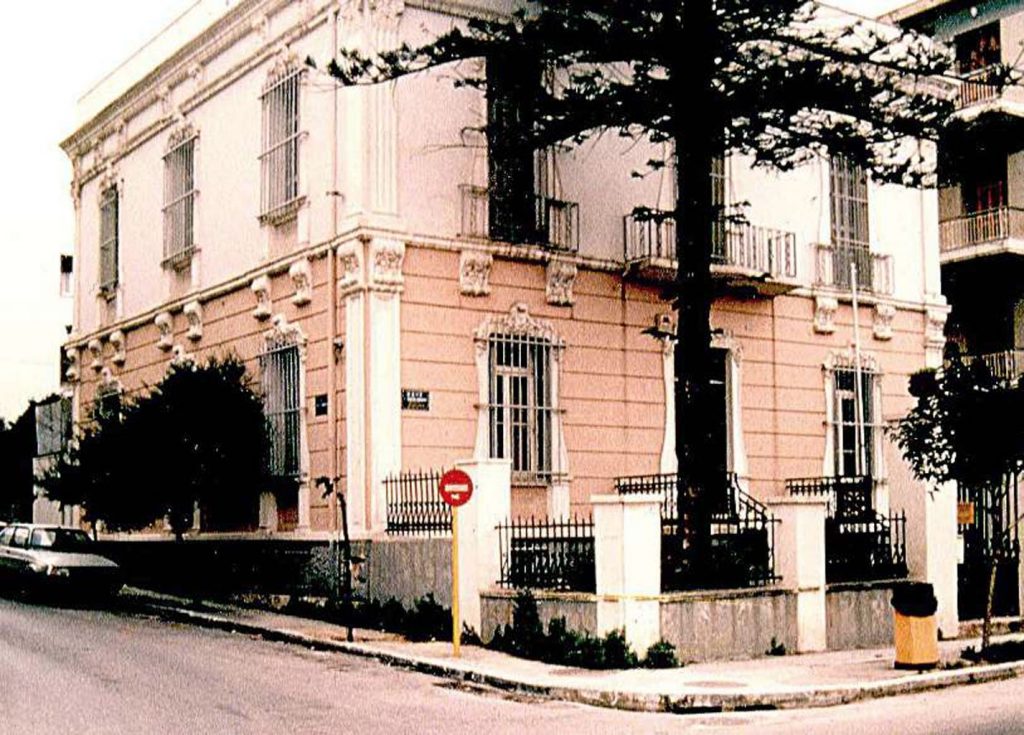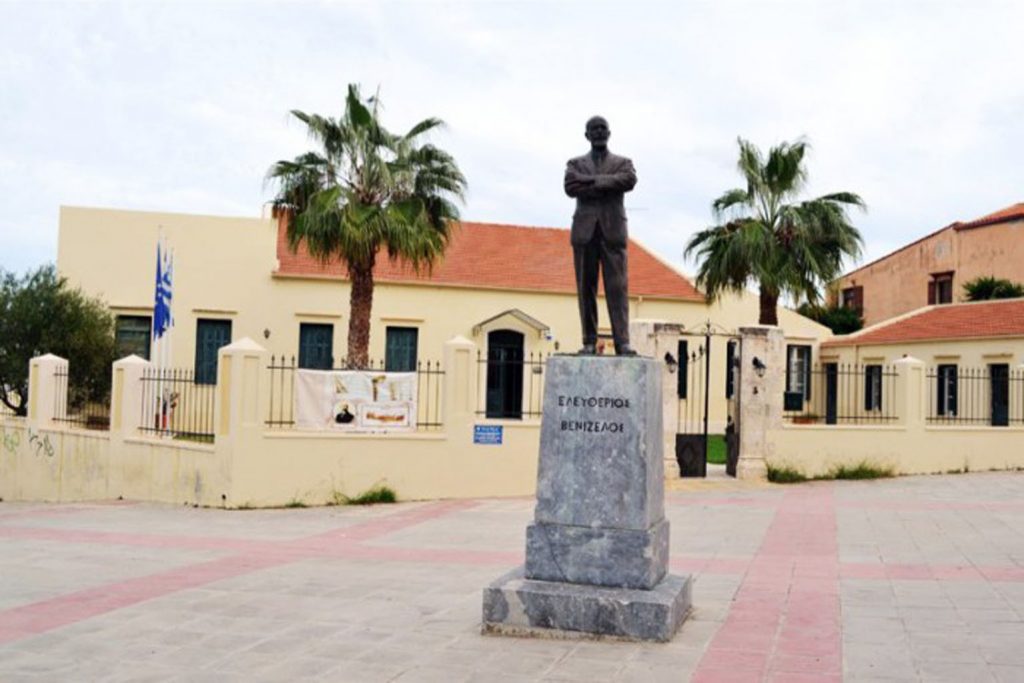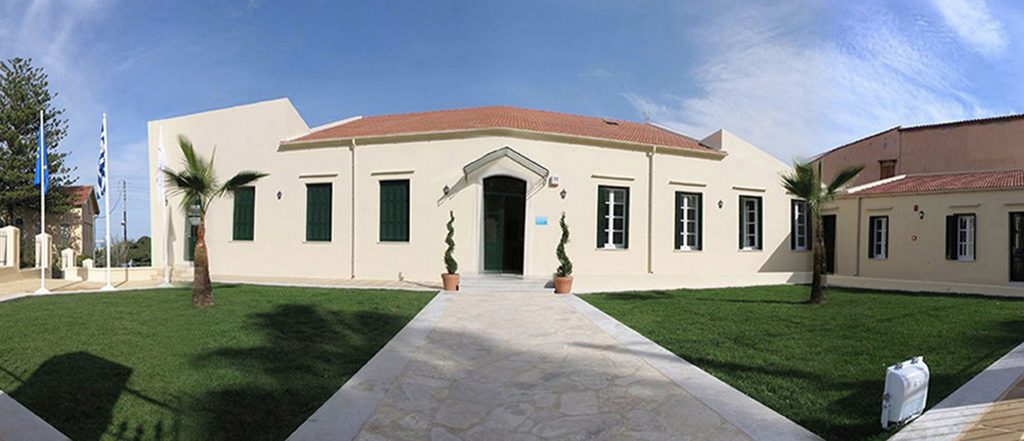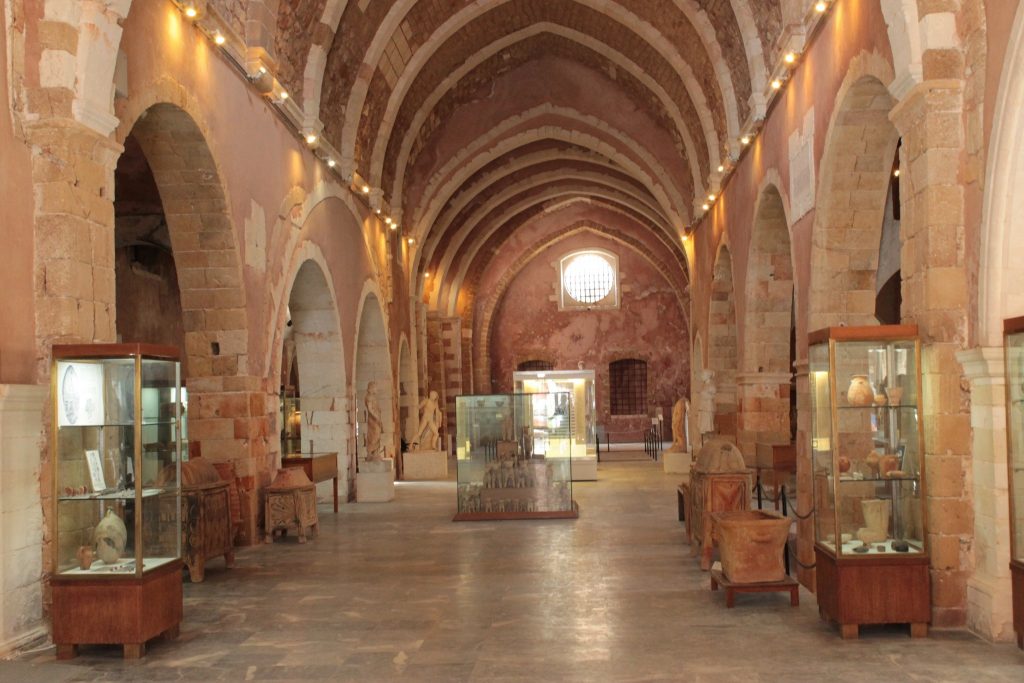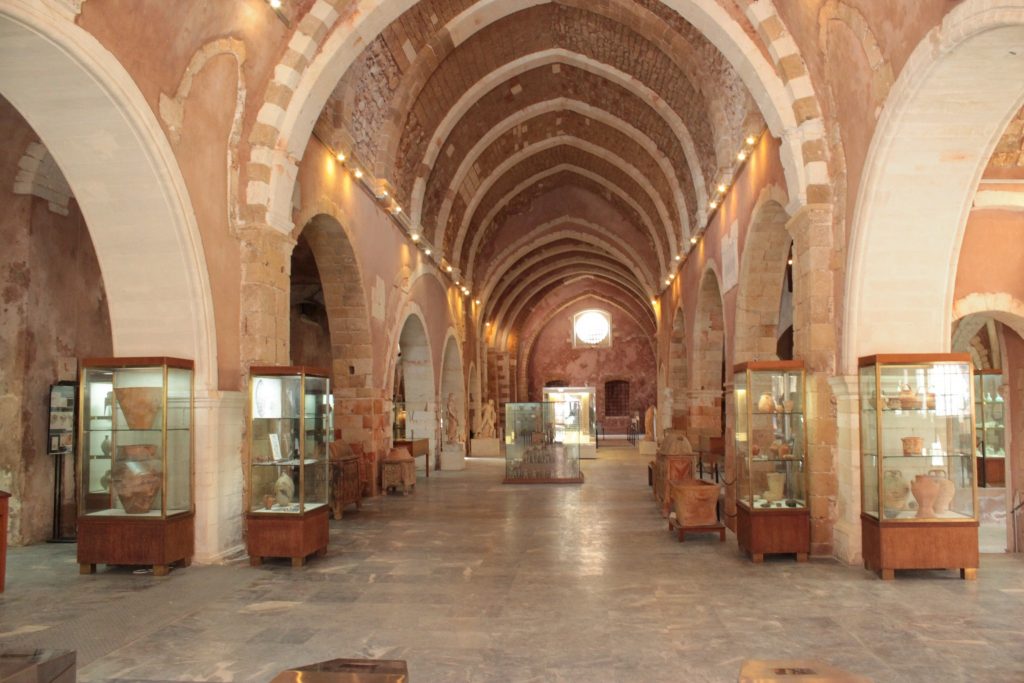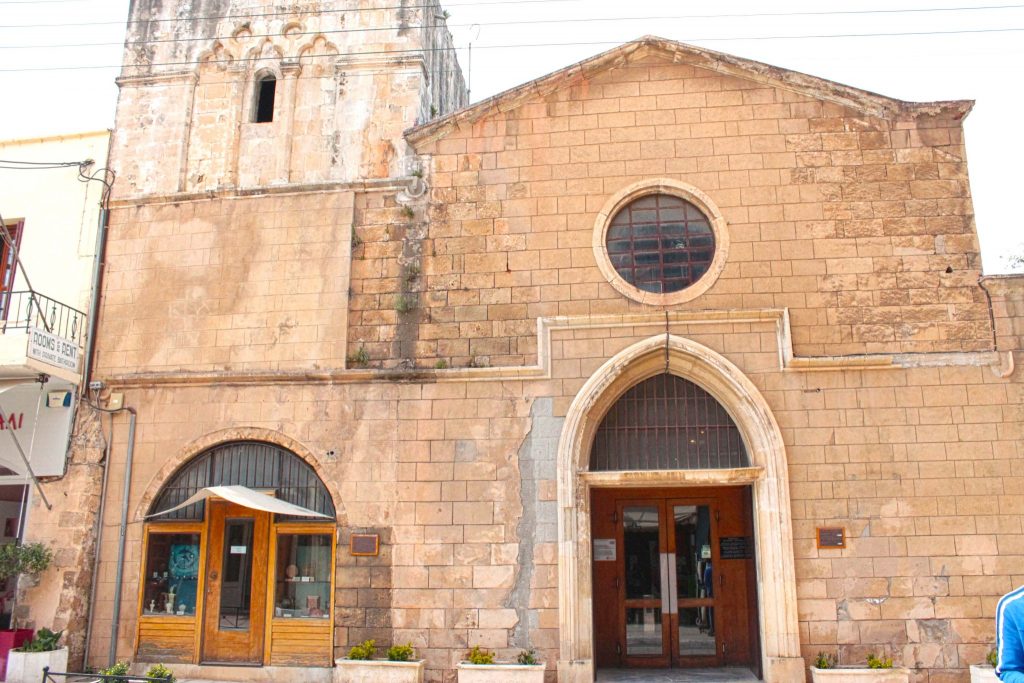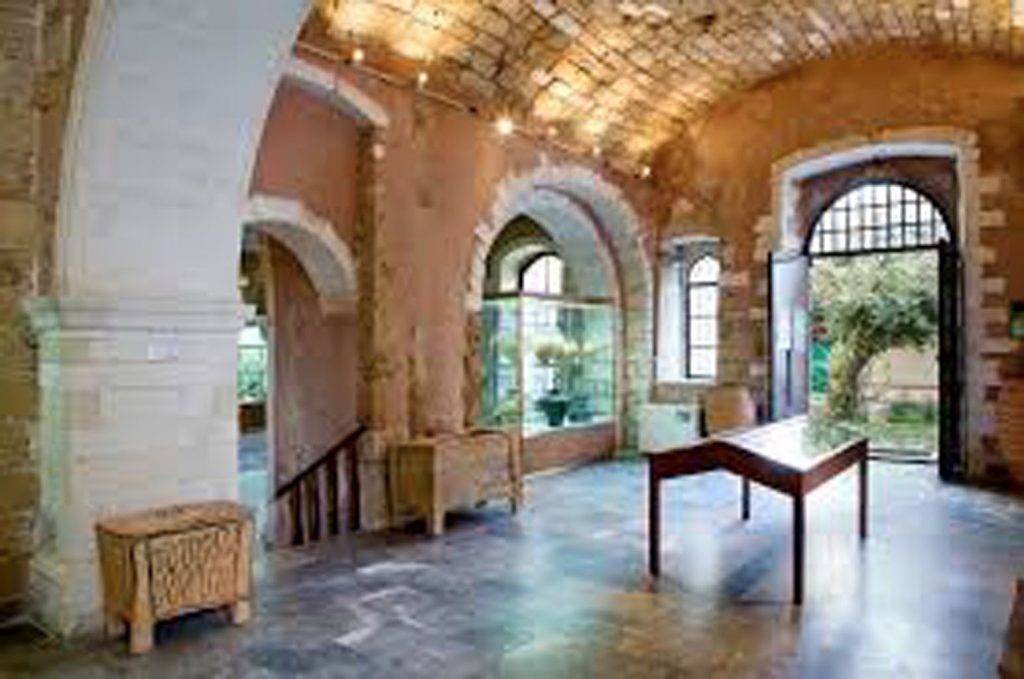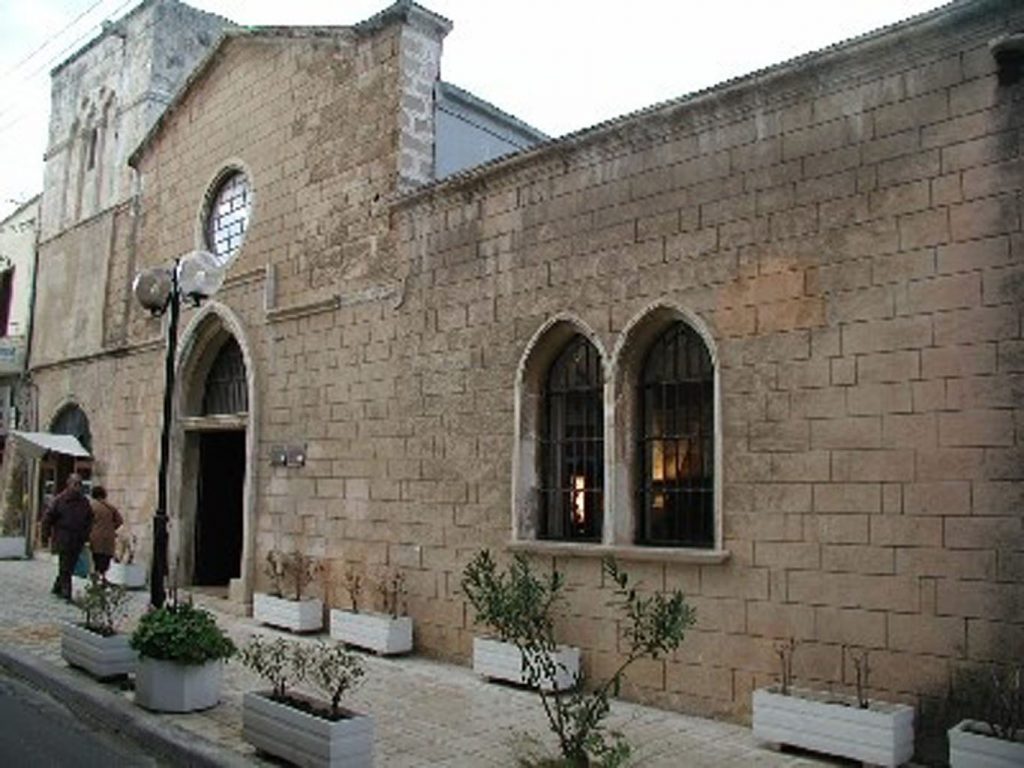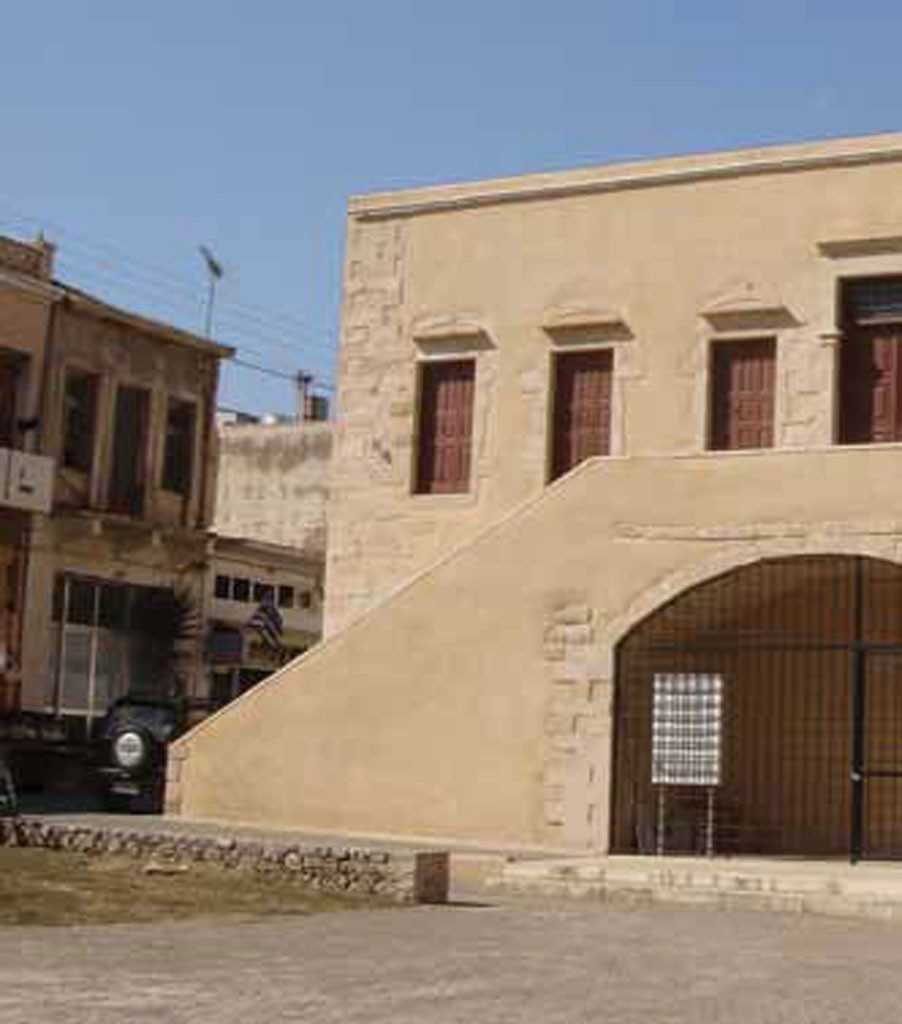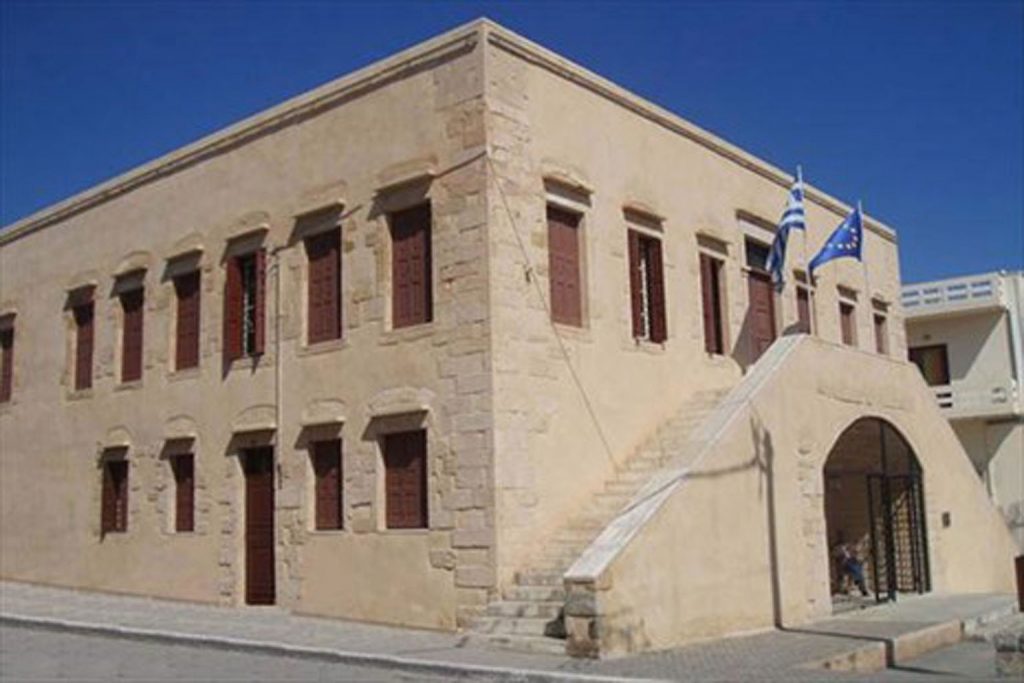Chania - Culture
The entire region of Chania is one of the few places on earth, where so many different civilizations have left their mark. Ancient Greek ruins, spanning from the Minoan to the Classical era, Byzantine monuments, Venetian castles and monasteries, buildings and mosques from the times of the Turkish and Egyptian rule, as well as contemporary monuments - this is the unique cultural mosaic of Chania.
Some of the cultural attractions are the monuments, such as the Tombs of Venizeli, the building of the Municipal Market of Chania, Splantzia, the Venetian Port, the Santrivani, etc. The religious monuments that adorn the town, like the Dominican Temple of Agios Nicholaos, Agios Rokkos, the Virgin Mary of Miracles, the Cathedral of Chania and the other contemporary churches and monasteries, are all elements of the region' s culture.
The archaeological sites are strewn all over the region of Chania, from the inland to the shores, bearing witness to the antiquity of the region's culture: ancient Irtakina, Eliros, the ruins of ancient Kydonia are just some of the excavation sites, findings from which are exhibited at the Archaeological Museum of Chania, as well as other museums.
All the invaders that passed from Chania built their own castles, whose ruins show the visitors the culture of that era. From the Turkish castles to the Byzantine bastions and the Venetian walls, all wanted to preserve the beauties of Chania in the best way possible.
Another element of the culture of Chania are the lighthouses, with the main one being the Egyptian Lighthouse, the trademark of the Venetian Port of the town.
-
Agios Mamas
The picturesque church of Agios Mamas is located near the village Kiriakoselia in the province of Apokoronos in Chania, Crete. Read more
-
Ancient settlement of Kilindra
The ancient settlement of Kilindra is situated near the picturesque village of Samonas, in Apokoronas, in Chania, Crete. Learn more on Terrabook Read more
-
Tombs of Venizelos
The Tombs of Venizelos is the burial place of Eleftherios and Sophocles Venizelos, a short distance from the center of Chania, on the hill of Prophet Elias. Read more
-
Χόρτα
Δεκάδες είναι τα είδη των χόρτων και των αρωματικών φυτών, που καθημερινά οι Κρητικοί καταναλώνουν ωμά σε σαλάτες ή βραστά ή μαγειρεμένα σε παραδοσιακές συνταγές όπως είναι π.χ. οι πίτες. Read more
-
Kuledes of Askifos
Kuledes of Askifos are small fortresses on the outskirts of Sfakia, built by the Turks to suppress the Cretan Revolution of 1866-69. Read more
-
Early Christian Basilica of Agios Nikitas
The small church of Agios Nikitas was built on the ruins of the early Christian Basilica of Agios Nikitas that dates back to the 13th century. Read more
-
Church of the Prophet Elias
In the landscaped space next to the church of the Prophet Elias Eleftherios Venizelos and his second son, Sophocles Venizelos, have been buried. Read more
-
Church of Agios Nicholas (Kyriakosellia)
The Church of Agios Nicholas is located near the village Kyriakosellia and is 30 km from Chania. Read more
-
Church of St. George Mithymnas of Kissamos
The Church of St. George Mithymnas of Kissamos was built during the first half of the 15th century. Read more
-
Church of St. George Kournas
The Church of St. George in Kournas is located 47 km from Chania. Read more
-
Monastery Chrisoskalitissa

In the Monastery Chrisoskalitissa if you sin you will see its 90th golden stair. Read more
-
-
Monastery Chrysopigi
The Monastery Chrysopigi is widely known for the production of standard biological extra virgin olive oil. Read more
-
Monastery Gouvernetos
The Monastery Gouvernetos is one of the most important monasteries of Chania and it was built in 1537. Read more
-
Monastery of St. John the Baptist
The Library of the Monastery of St. John the Baptist holds about 2,500 historical and theological books. Read more
-
Monastery of St. John the Hermit (Catholic)
The Monastery of St. John the Hermit is a ruined monastery, built in the 11th century. Read more
-
Turkish Hamam on Katre street
One of the three public Turkish baths- hammam that survive until today in the old town of Chania is located in the street Katre. Read more
-
Monument of Kandanos

The monument of Kandanos reminds everyone of the brutality of the Nazis in 1941 with inscriptions left by the Germans themselves. Read more
-
-
The monument of Anavos
The monument of Anavos was erected in Anavos to commemorate the ambush perpetrated by the Greek rebels against the Germans in August 1944. Read more
-
The monument of the battle of Floria
In the village of Floria in Chania the monument of the battle of Floria is erected, in memory of those who gave their life for their freedom. Read more
-
Fragokastello
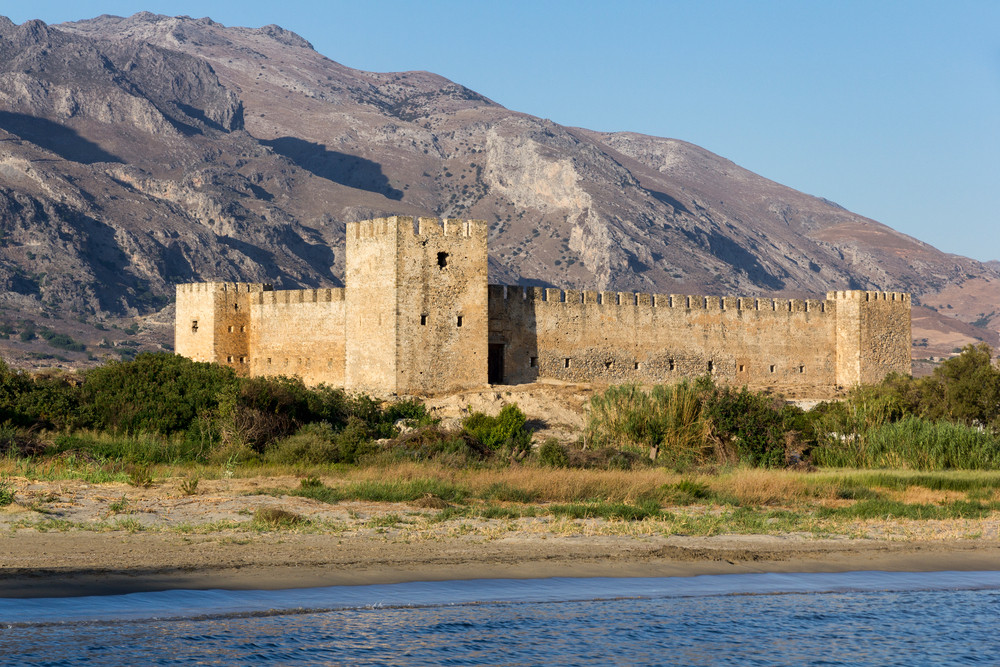
The domineering and well preserved Fragokastello stands on the outskirts of Chora Sfakion. It was built in 1371-1374 by the Venetians. Read more
-
-
Firka fortress

The Firka Fortress was built to protect the harbor entrance from the northwest and was a part of the Venetian Walls of the city. Read more
-
-
Fortress of Sfakia
Fortress of Sfakia was built by the Venetians close to Sfakia and it is known from the legend of Chrissomallousa, the girl with the blond hair. Read more
-
Fortress of Souda
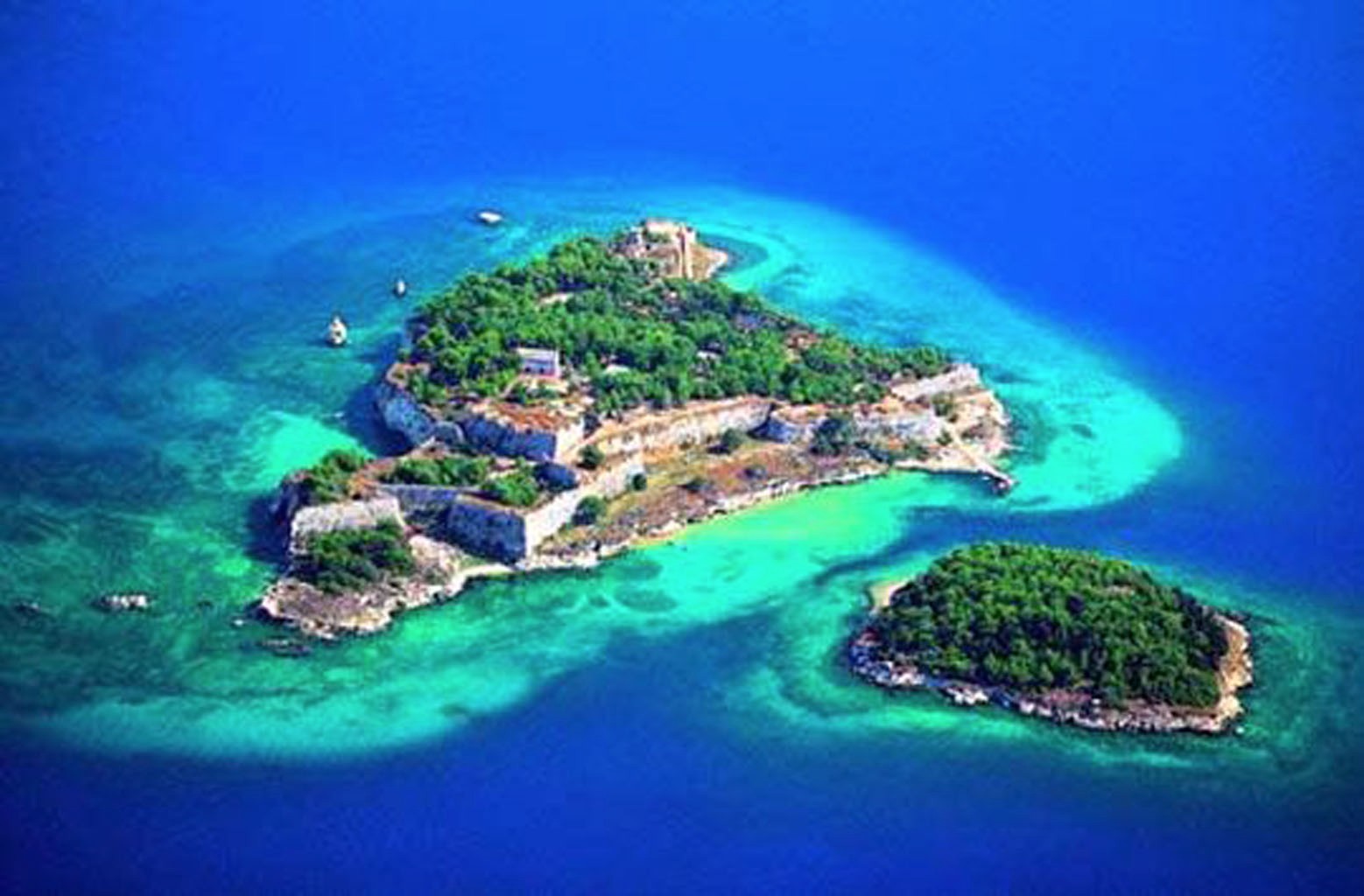
The Fortress of Souda was built in 1573 by the Venetians. It is located at the homonymous islet and it is preserved in good condition. Read more
-
-
Itzedin Fortress
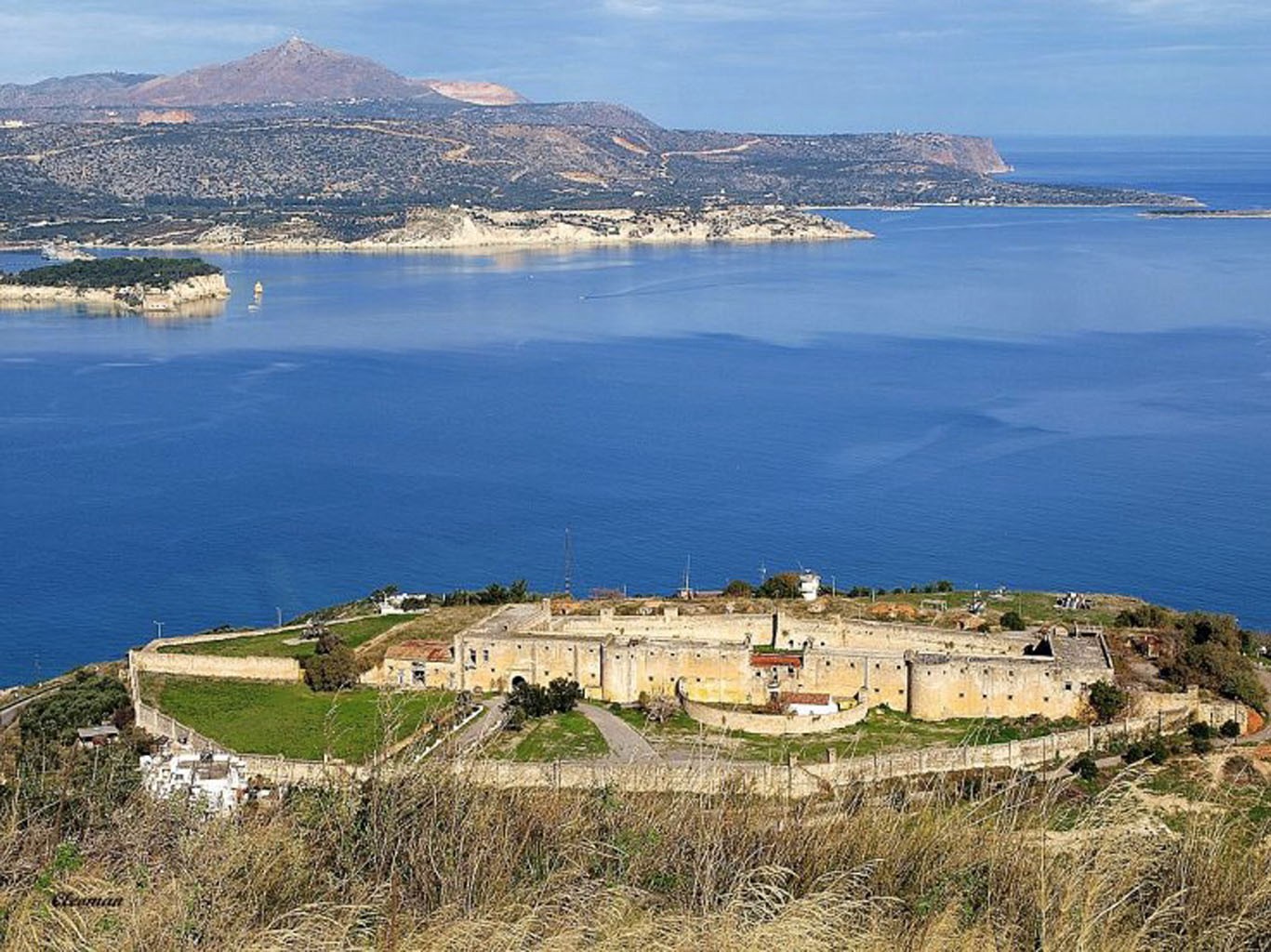
Itzedin Fortress, near the village of Kalami in Chania, was built by the Turks and during the following years operated as a prison. Read more
-
-
Fortress of Agia Roumeli
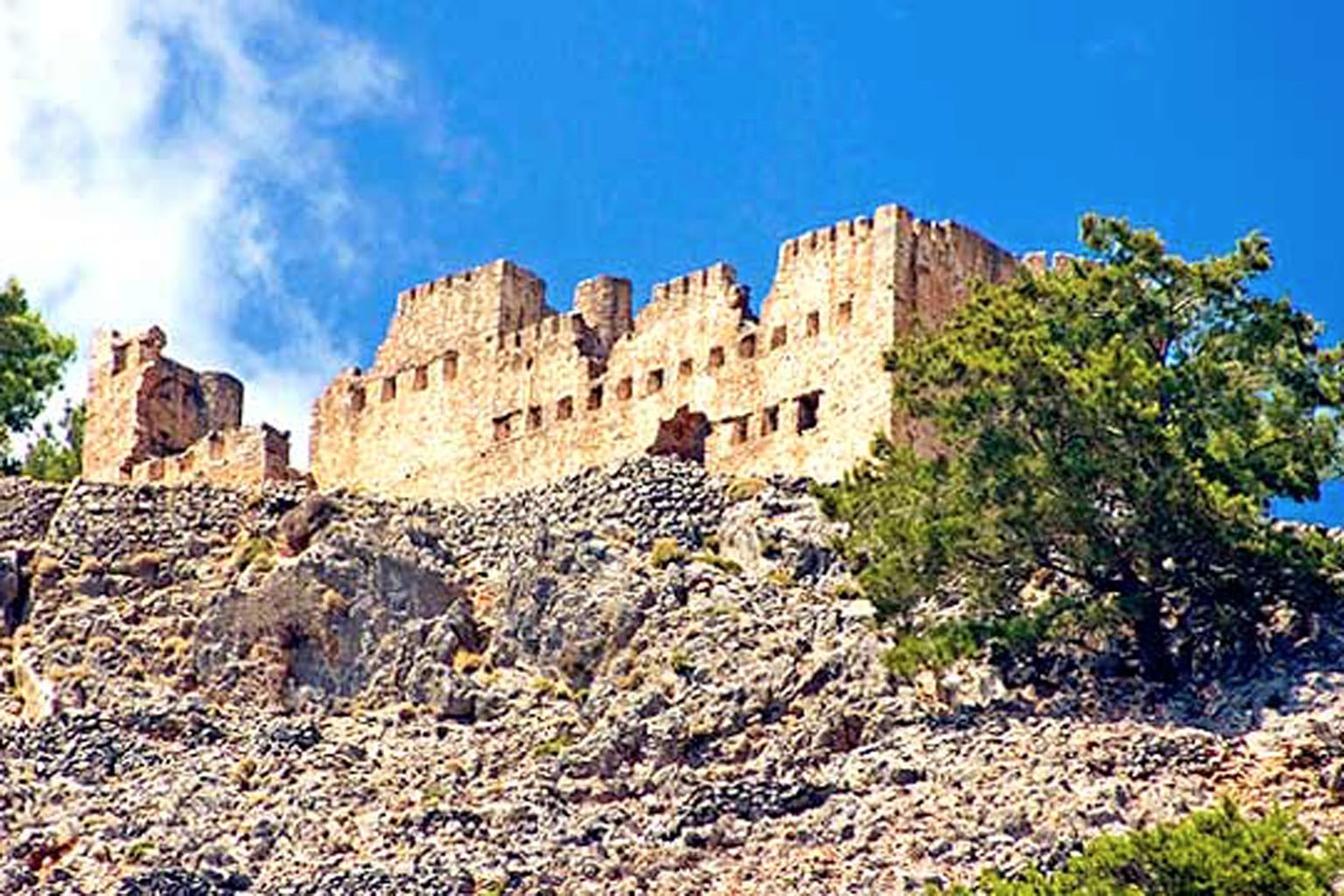
At the exit of the gorge of Samaria, the climb to the remote fortress of Agia Roumeli is an essential destination for any traveler! Read more
-
-
Φρούρια Θοδωρού
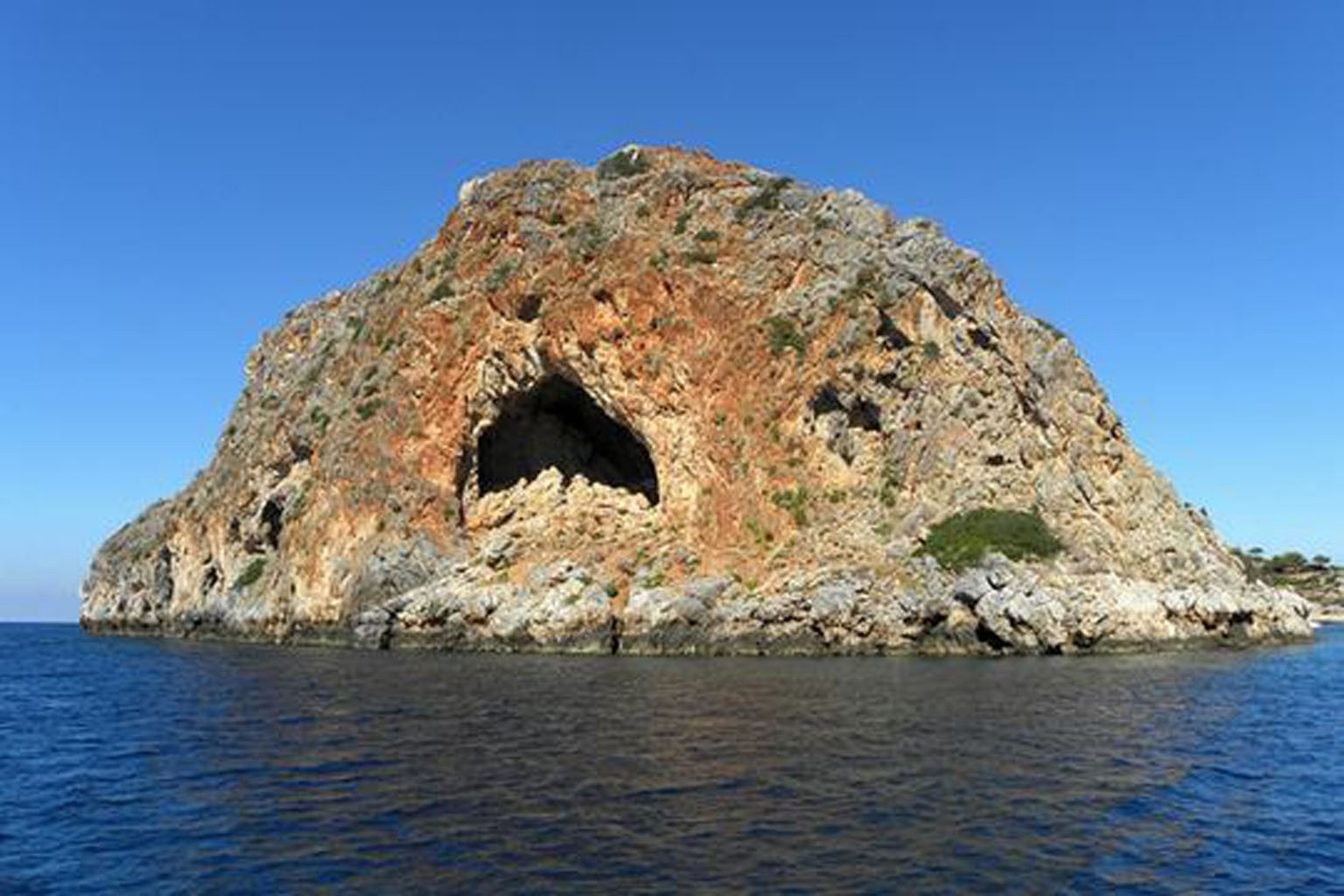
Το νησί Θοδωρού ή Άγιοι Θεόδωροι, το οποίο βρίσκεται απέναντι από την παραλία του Πλατανιά στα Χανιά, μόλις μισό μίλι βορειότερα, φιλοξενεί τα ερείπια των ενετικών φρουρίων Θοδωρού. Read more
-
-
The Fortresses of Thodorou

The Fortresses of Thodorou were built in 1574 on the islet opposite of Platanias. Read more
-
-
Πύλη και Προμαχώνας Sabbionara
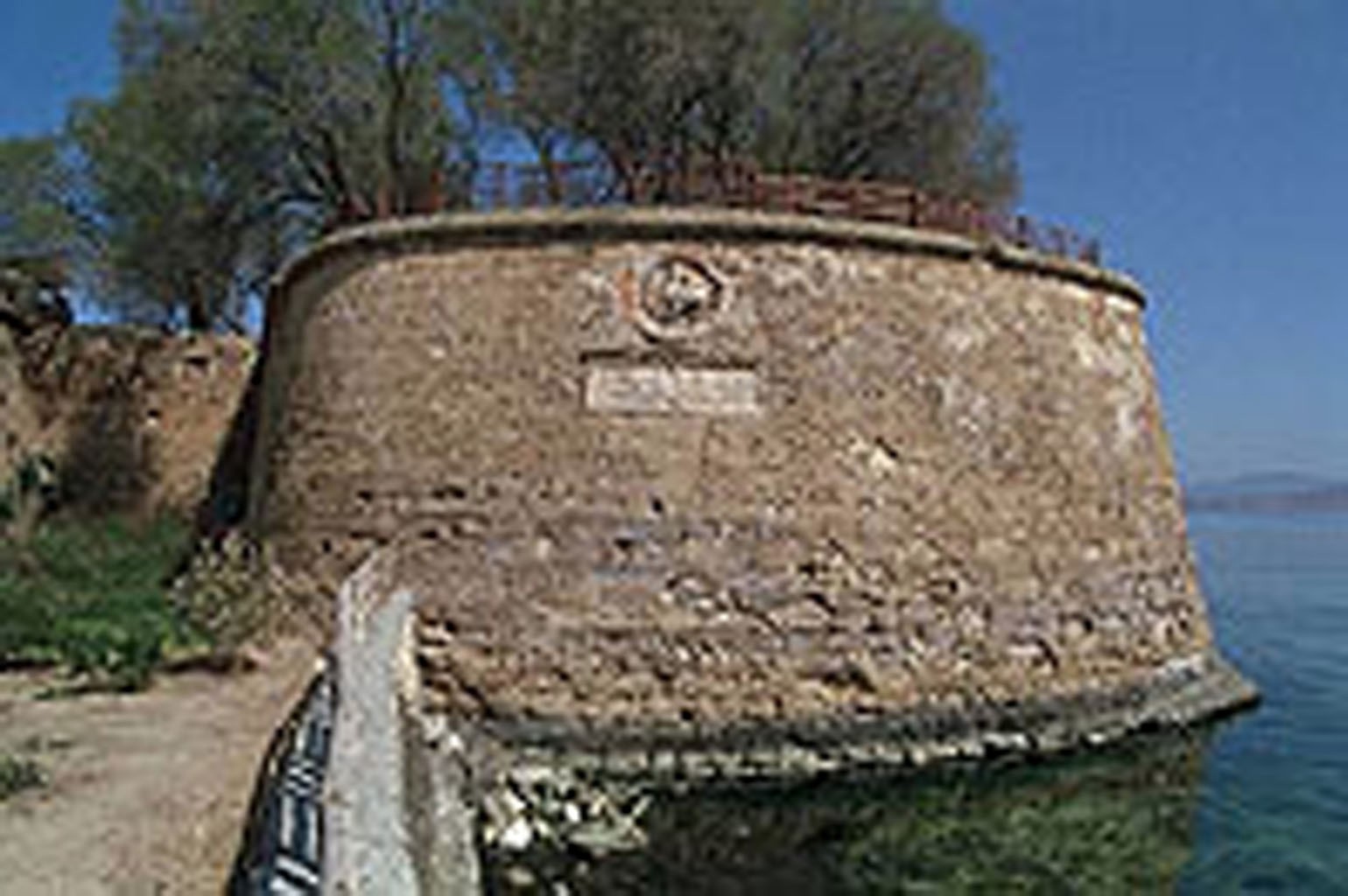
Η Πύλη και ο Προμαχώνας Sabbionara (της άμμου) βρίσκονται στη βορειοανατολική πλευρά των ενετικών οχυρώσεων της παλιάς πόλης των Χανίων. Ο Προμαχώνας είναι εξ’ ολοκλήρου κτισμένος μέσα στη θάλασσα. Στο «μέτωπό» του σώζεται κυκλικό έμβλημα με το λιοντάρι του Αγίου Μάρκου μέσα σε στεφάνι και οικόσημα με χρονολογία το 1591. Read more
-
-
Gate and Bastion Sabbionara

The Gate and Bastion Sabbionara is the NE side of the Venetian fortifications of the Old Town of Chania. The area is called Kum Kapi (Gate of the sand). Read more
-
-
The Bastion of Agios Nicholaos of Molos
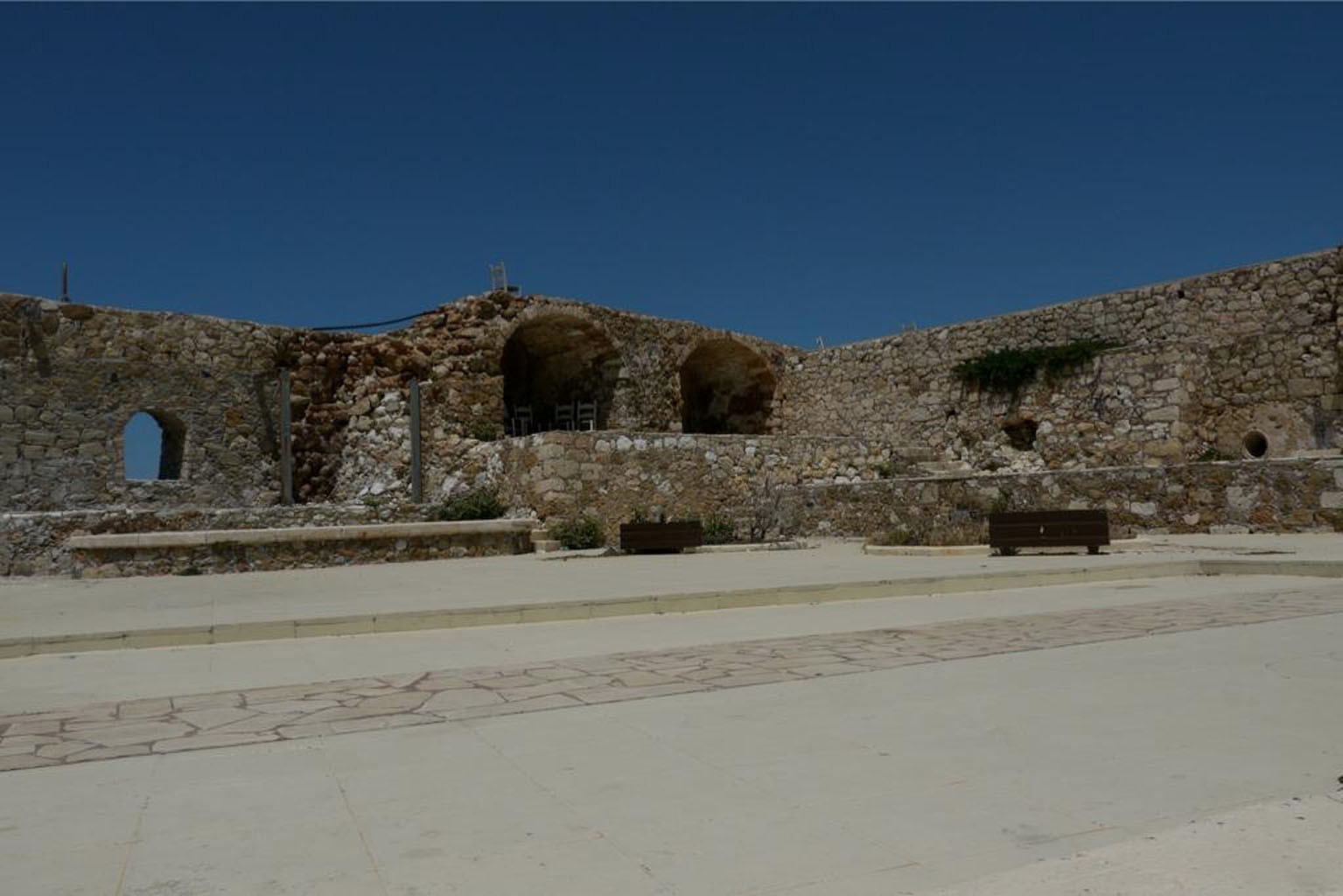
The Bastion of Agios Nicholaos of Molos is located in the Venetian port of Chania, on the breakwater extending from the shore to the lighthouse. Read more
-
-
Προμαχώνας Santa Lucia
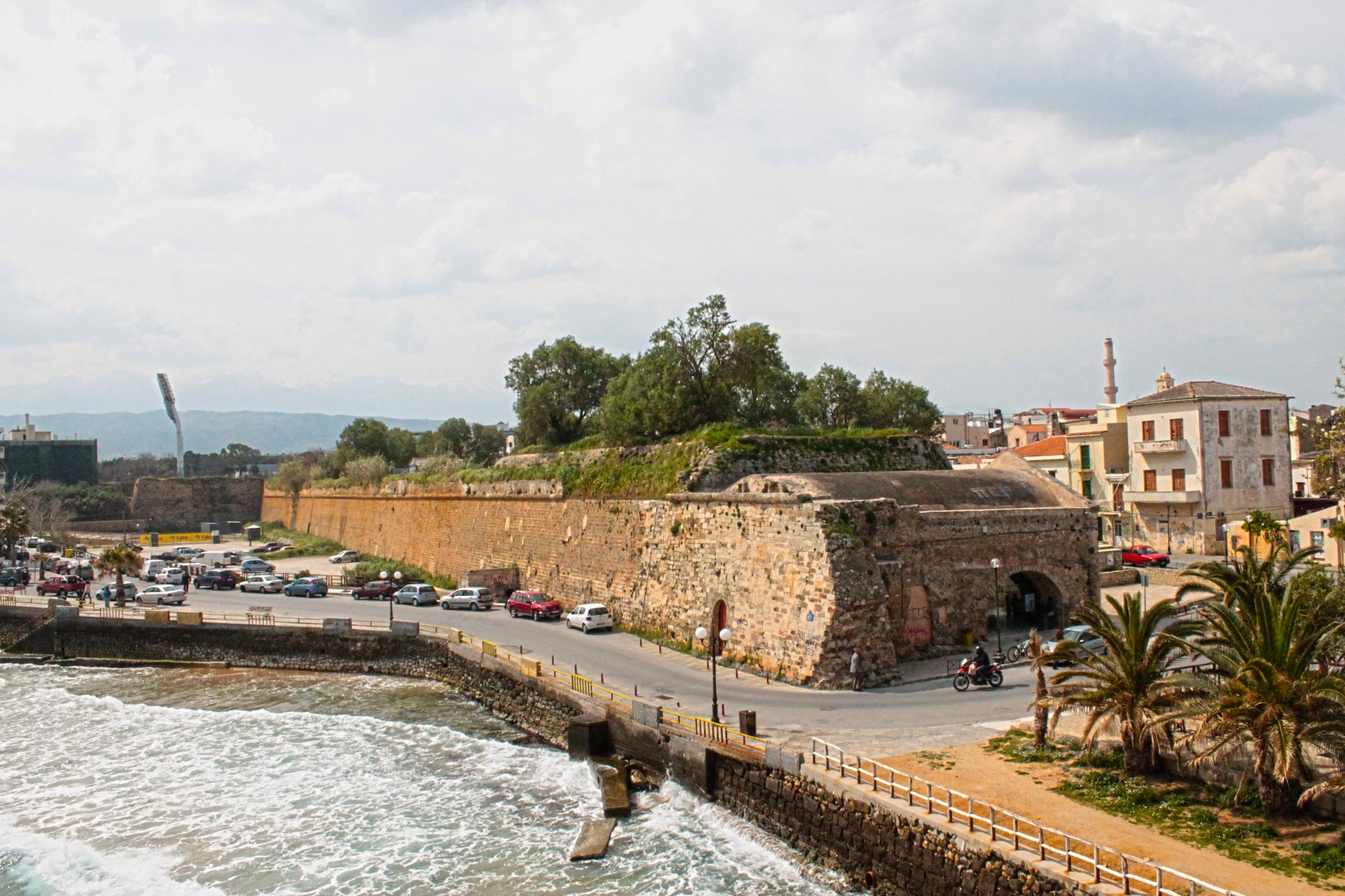
Ο Προμαχώνας Santa Luccia βρίσκεται στην νοτιοανατολική γωνιά των ενετικών οχυρώσεων των Χανίων και πήρε το όνομά του από την ορθόδοξη εκκλησία της Αγίας Φωτεινής (Stana Luccia), που βρίσκεται στη σημερινή οδό Μίνωος. Read more
-
-
The Santa Lucia Bastion

The Santa Lucia Bastion of the Venetian fortifications of the Old Town of Chania. Read more
-
-
Προμαχώνας San Salvatore
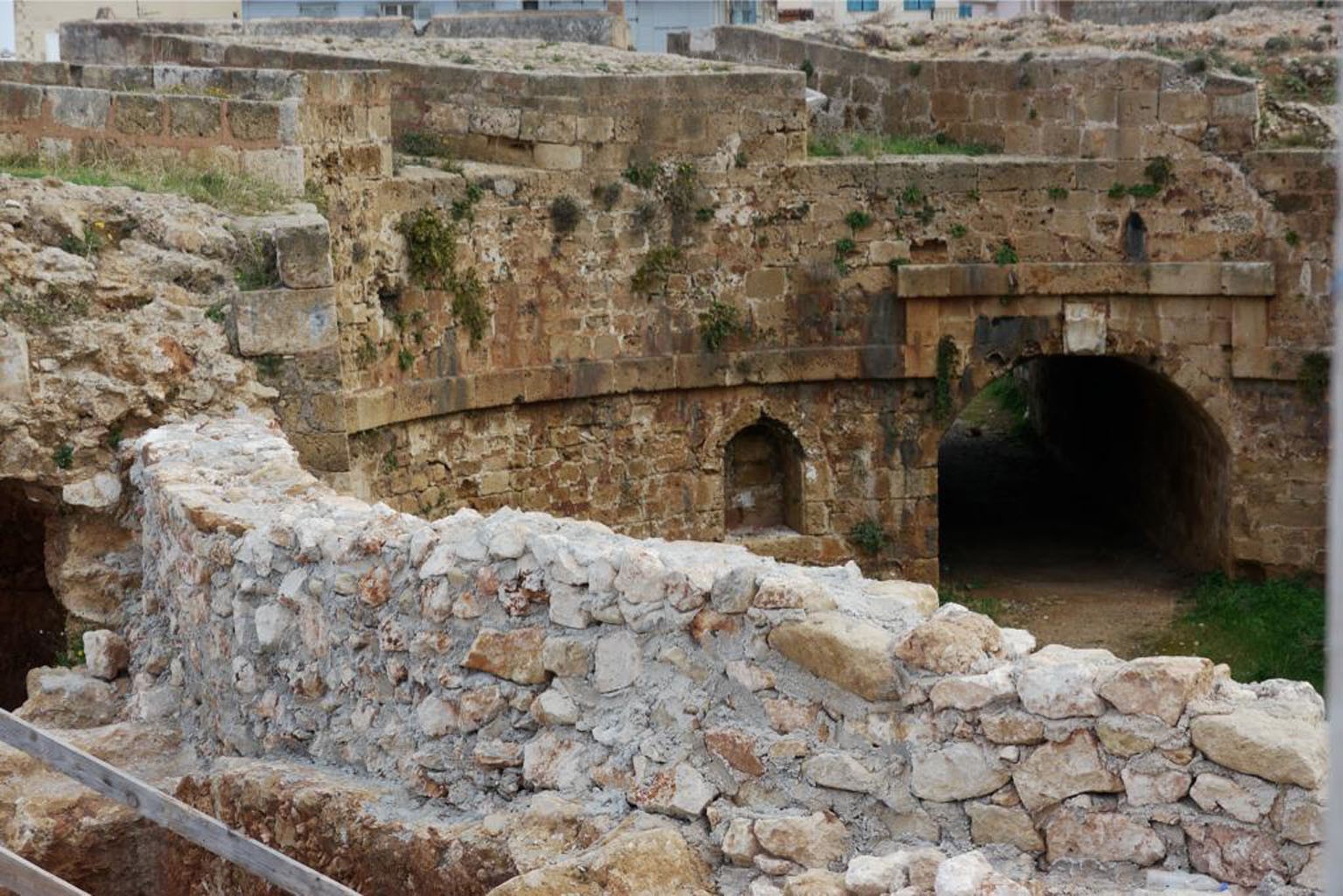
Ο Προμαχώνας San Salvatore βρίσκεται στη βορειοδυτική γωνία των ενετικών οχυρώσεων της Παλιάς Πόλης των Χανιών. Πήρε το όνομά του από το ναό και τη μονή San Salvatore των Φραγκισκανών Μοναχών που σώζεται στην περιοχή. Read more
-
-
The San Salvatore Bastion

The San Salvatore Bastion - the north-western Bastion of the Venetian fortifications of the Old Town of Chania. Read more
-
-
Bastion of Lando or Schiavo or Agios Dimitrios

The Bastion of Lando - the south-western Bastion of the Venetian fortifications of the Old Town of Chania Read more
-
-
Paleocastro
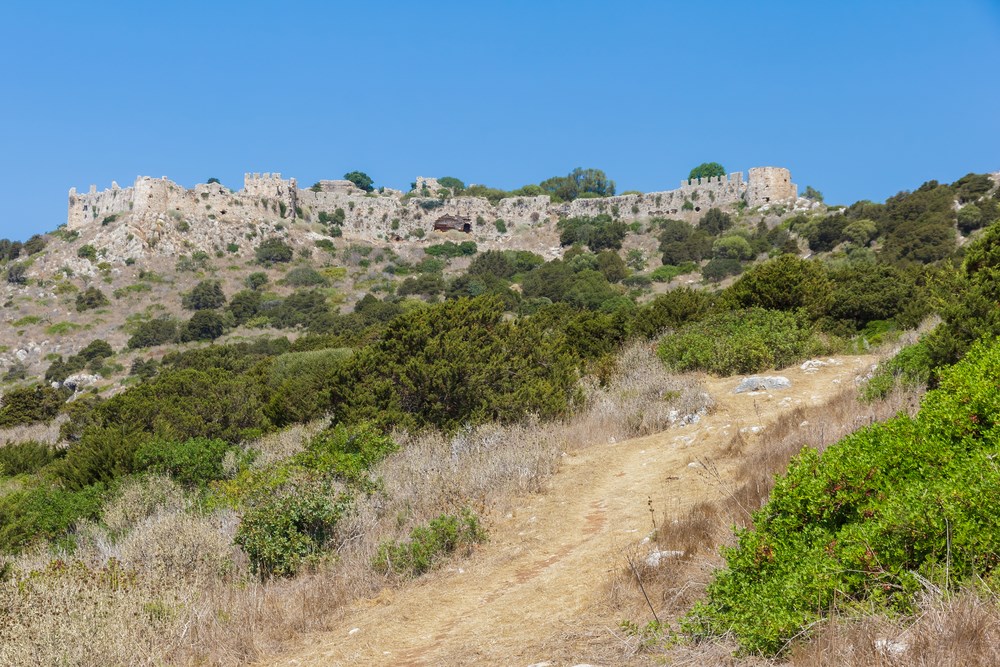
Paleocastro is located at the ancient city of Aptera. It was built by the Venetians when they conquered Crete and its walls were up to 3 meters high. Read more
-
-
The Turkish Tower (Kules) of Loutro
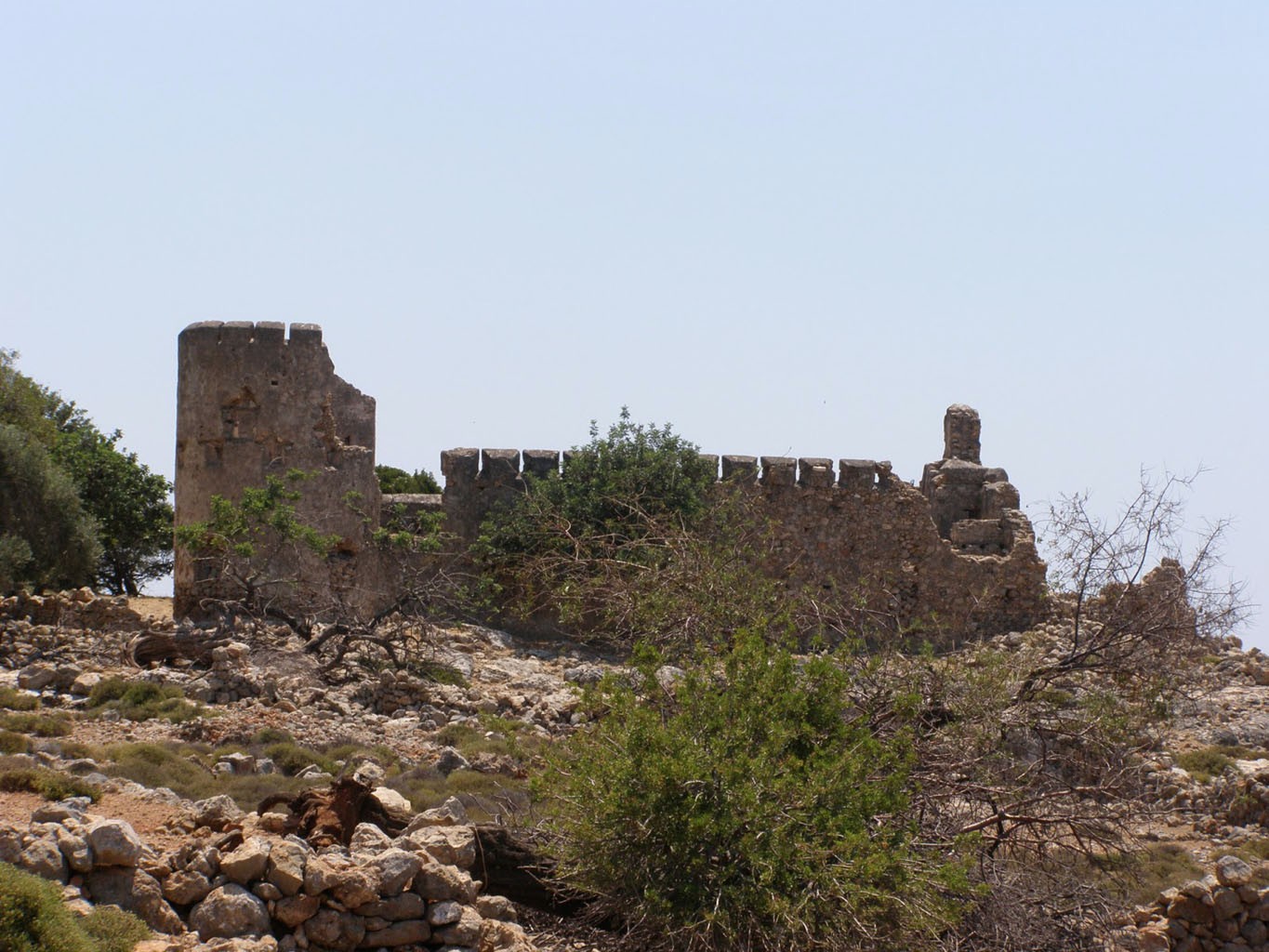
The Kules of Loutro, in the southern part of Chania, was built on a hill in 1868 by the Turks, in an effort to stifle the Cretan Revolution of 1866-69. Read more
-
-
Castle of Selinos
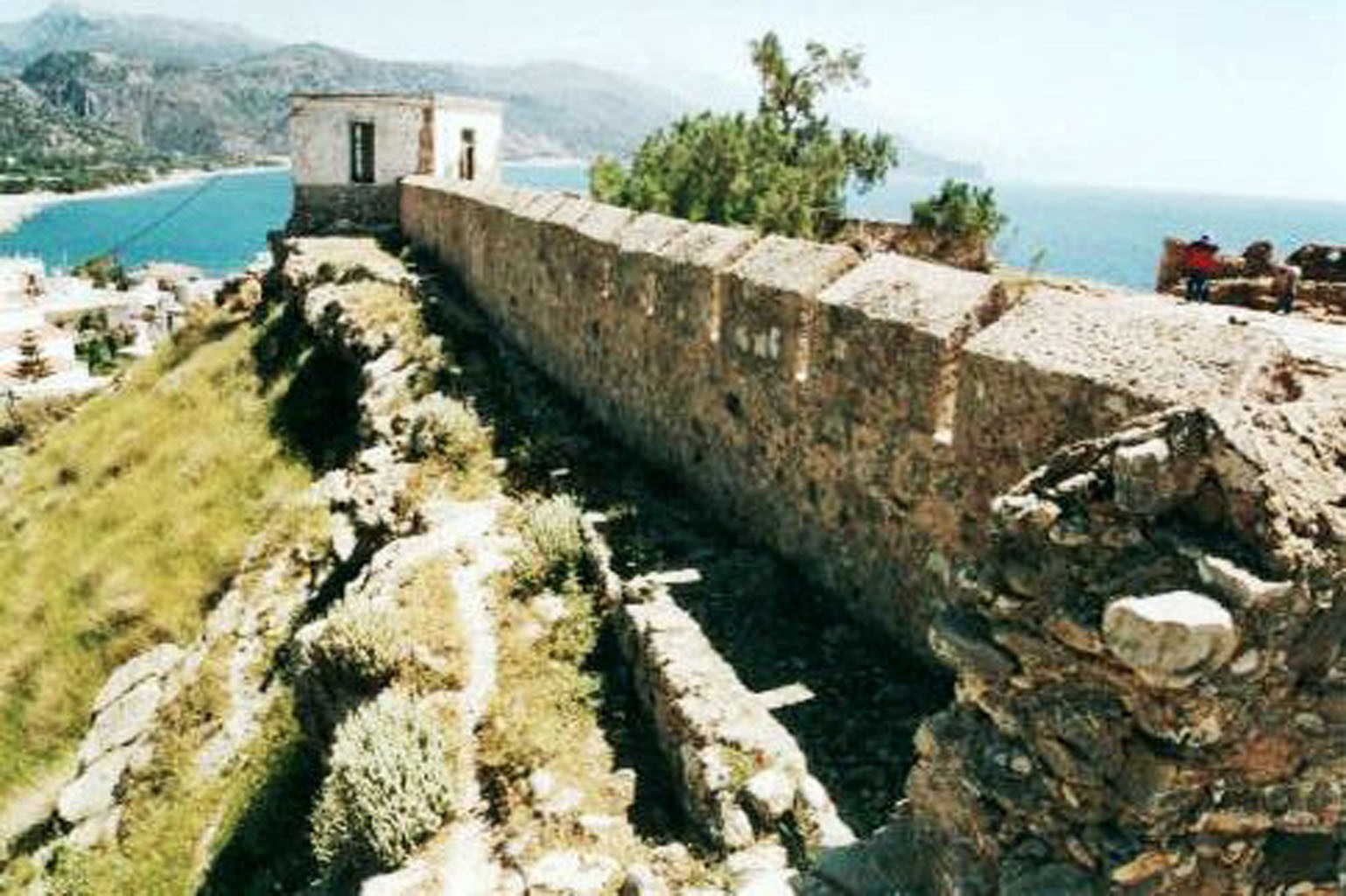
The castle of Selinos was built in 1282 by the Venetians in Paleochora. Today only some of its ruins remain intact. Read more
-
-
Castle of Gramvousa
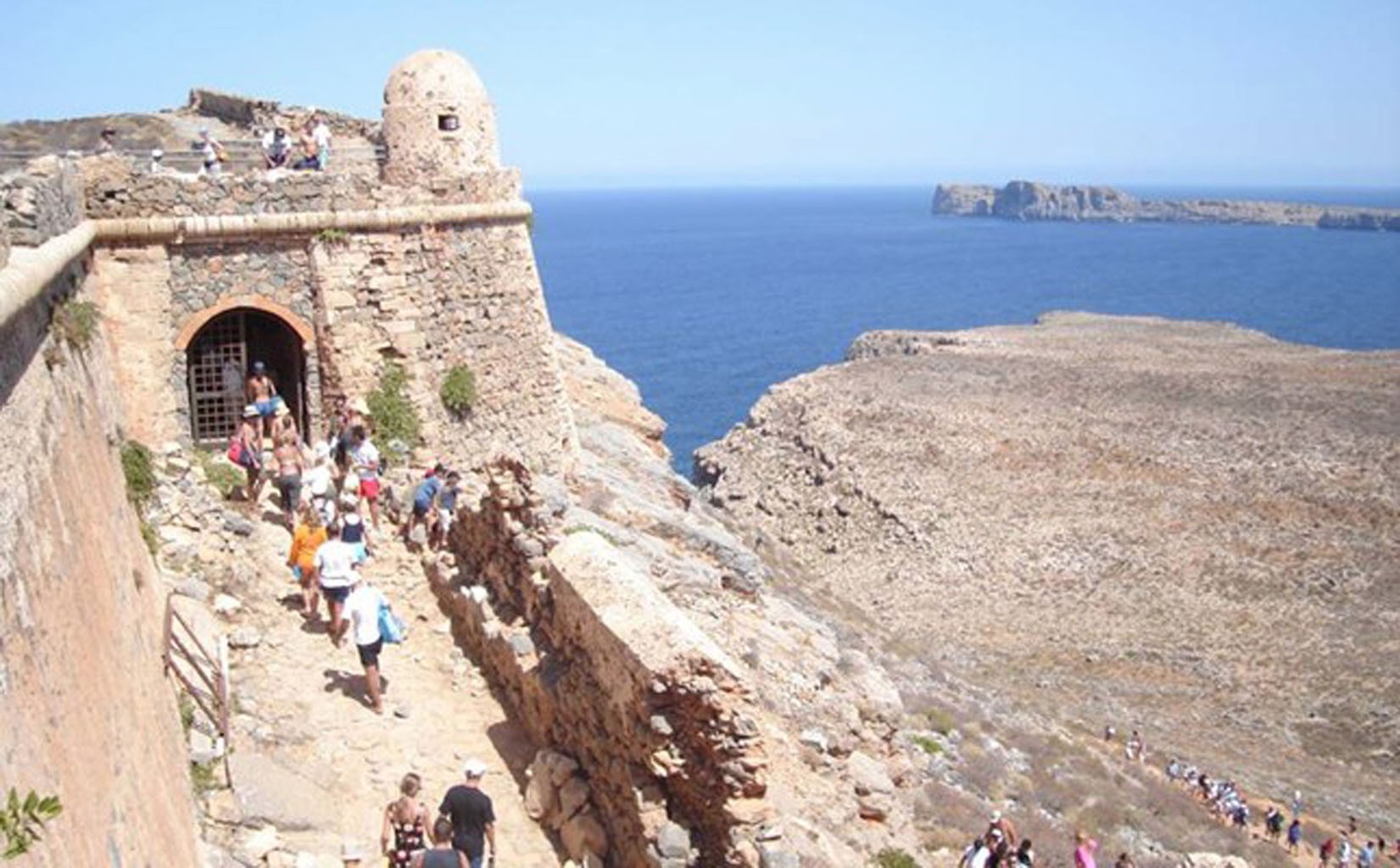
On the steep hill of the islet Gramvousa, on the west coast of Chania, the castle of Gramvousa is located (16th century). Read more
-
-
Ενετικά Τείχη
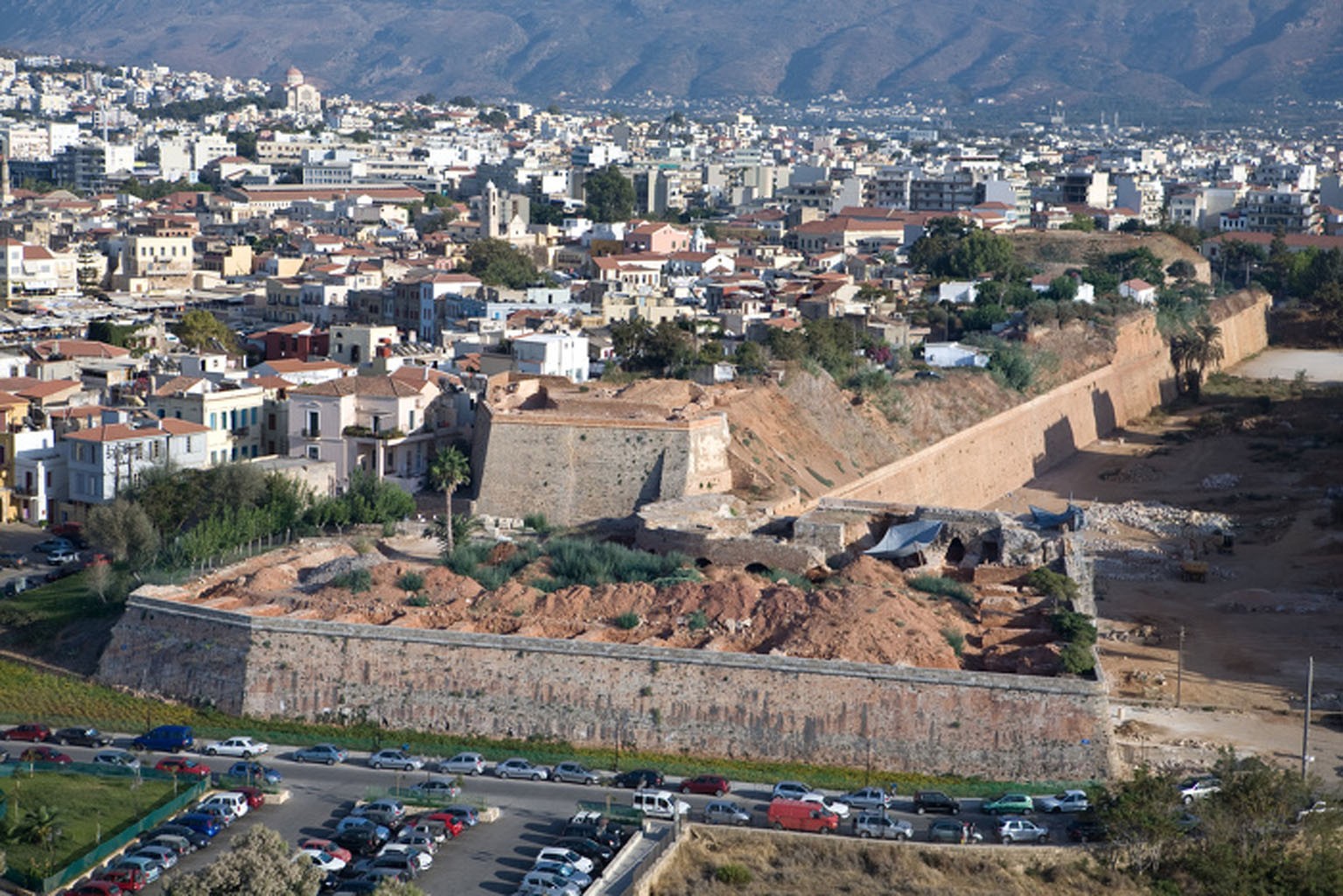
Τα Ενετικά Τείχη της Παλιάς Πόλης των Χανιών κατασκευάστηκαν επί Ενετοκρατίας για την άμυνα και περιφρούρηση της Πόλης. Οι Ενετοί αρχικά επισκεύασαν τα Βυζαντινά τείχη και οργάνωσαν πολεοδομικά την πόλη μέσα στα όριά τους. Read more
-
-
Venetian Walls

Venetian Walls - the outer (second) fortification of the old town of Chania was constructed by the Venetians (16th century). Read more
-
-
Βυζαντινό τείχος
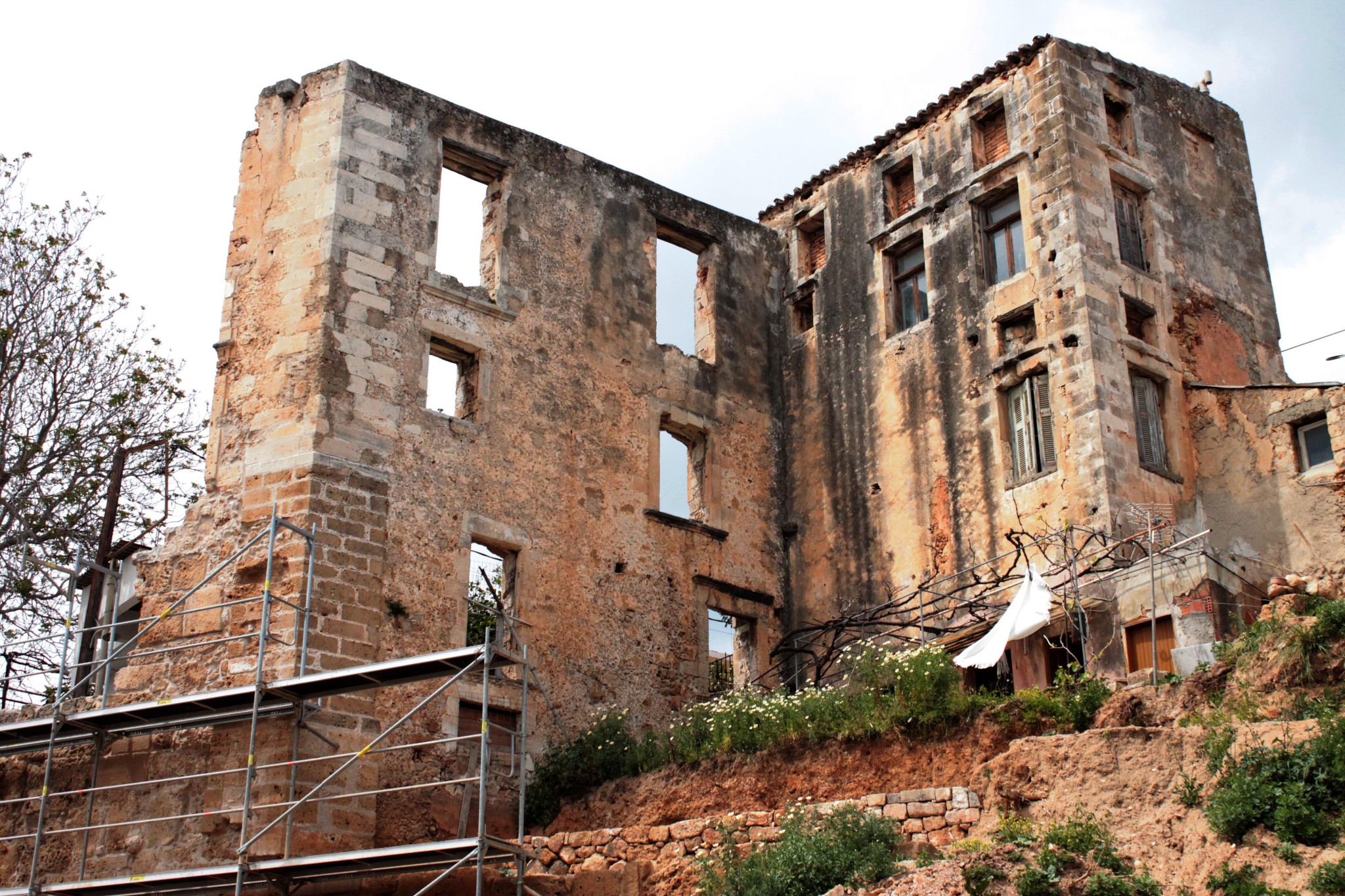
Το Βυζαντινό τείχος των Χανίων περιβάλλει τον οικισμό στο λόφο στο Καστέλλι και υπολογίζεται πως κατασκευάστηκε πάνω σε υπολείμματα αρχαιότερου ελληνιστικού τείχους της πόλης. Μικροί, ορθογώνιοι αλλά και πολυγωνικοί πύργοι βρίσκονται κατά μήκος του Βυζαντινού τείχους, που στο μεγαλύτερο μέρος του είναι ευθύγραμμο. Read more
-
-
The Byzantine Wall

The Byzantine Wall of Chania was the initial fortification of the settlement, located on the hill of Kastelli.Today only some parts of it are still visible. Read more
-
-
Monastery of Panagia ton Thavmaton (Virgin Mary of the Miracles)

The ruins of the Monastery of Panagia ton Thavmaton (Virgin Mary of the Miracles) are at Kastelli, Chania. Read more
-
-
Panagia of Renier – Notre Renier
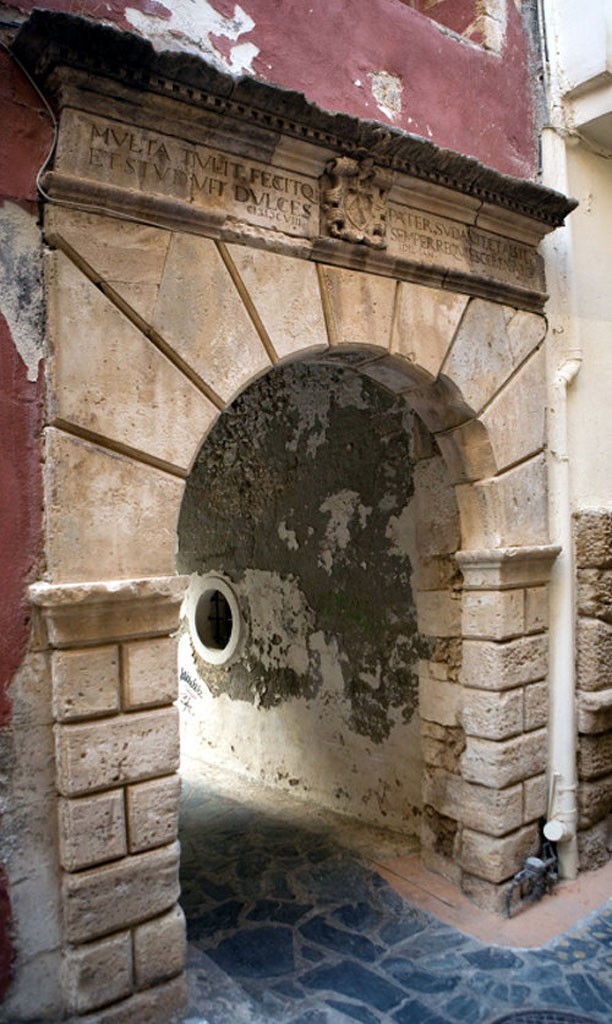
Panagia of Renier was a small family chapel built in the mansion of the homonymous Venetian - Cretan family of aristocrats and preserved in good condition. Read more
-
-
Franciscan Monastery of Agios Fragkiskos
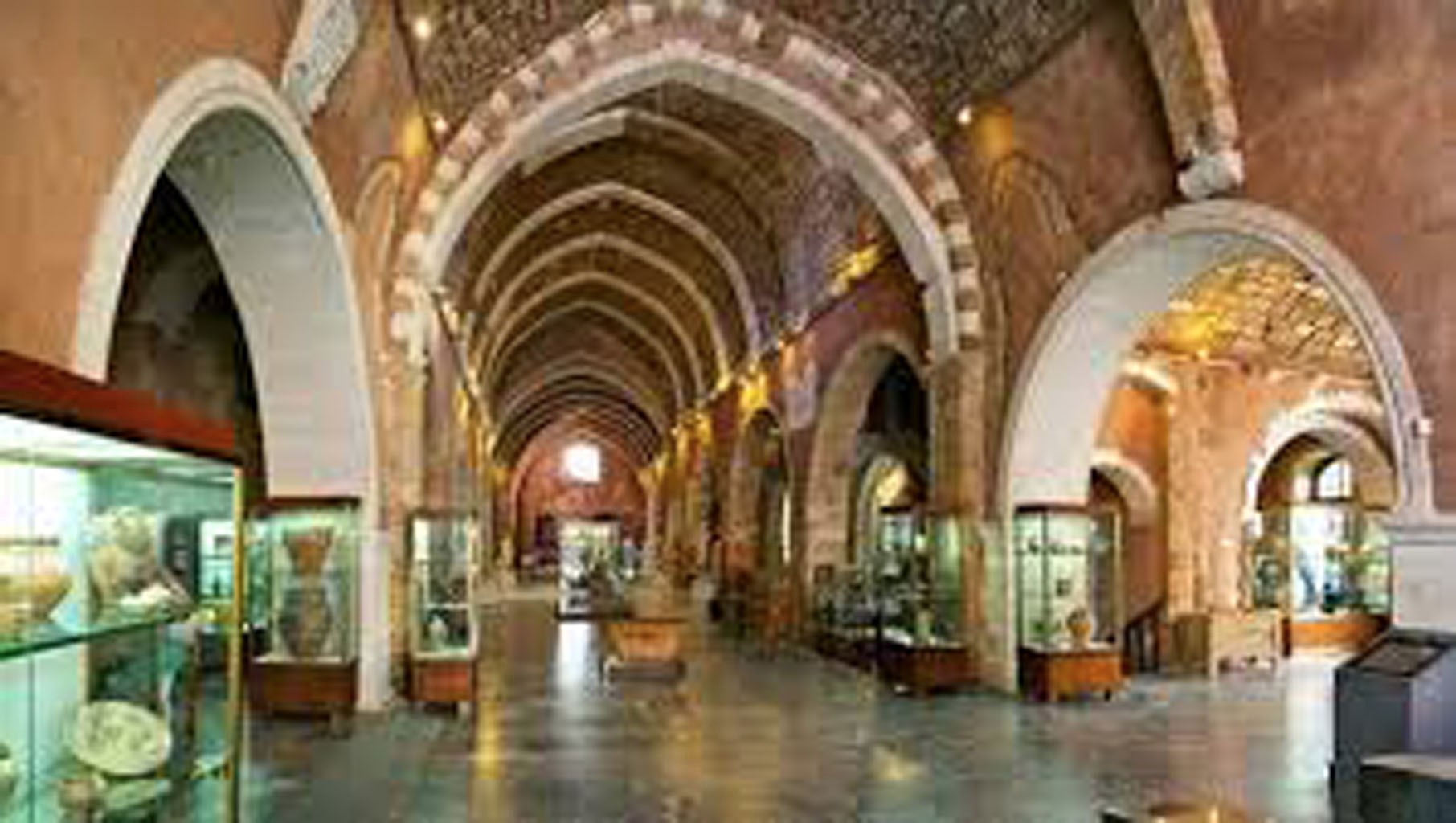
The Franciscan Monastery of Agios Fragkiskos is the largest Venetian church of the city, which now hosts the Archaeological Museum of Chania. Read more
-
-
The Dominican Monastery of Agios Nicholaos – Hiougkar Tzamisi (the Mosque of “Igemonas”)
The central Church at Splantzia square. During the Turkish rule, the Dominican Monastery of Agios Nicholaos was converted into a mosque. Read more
-
Cathedral of Chania (Trimartiri)
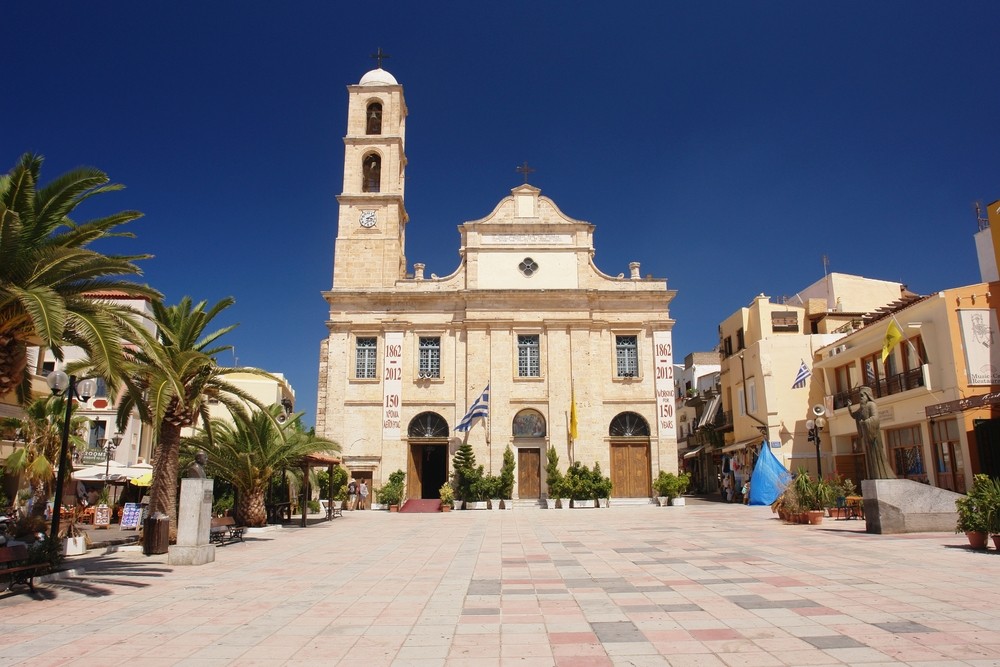
The Cathedral of Chania is dedicated to the Presentation of the Blessed Virgin Mary and is located in the Old Town of Chania. Read more
-
-
The Catholic Church of Chania

The Catholic Church of Chania, dedicated to the Assumption of Virgin Mary and constitutes the seat of the Roman Catholic Diocese of Crete. Read more
-
-
The Temple of Agios Rokkos
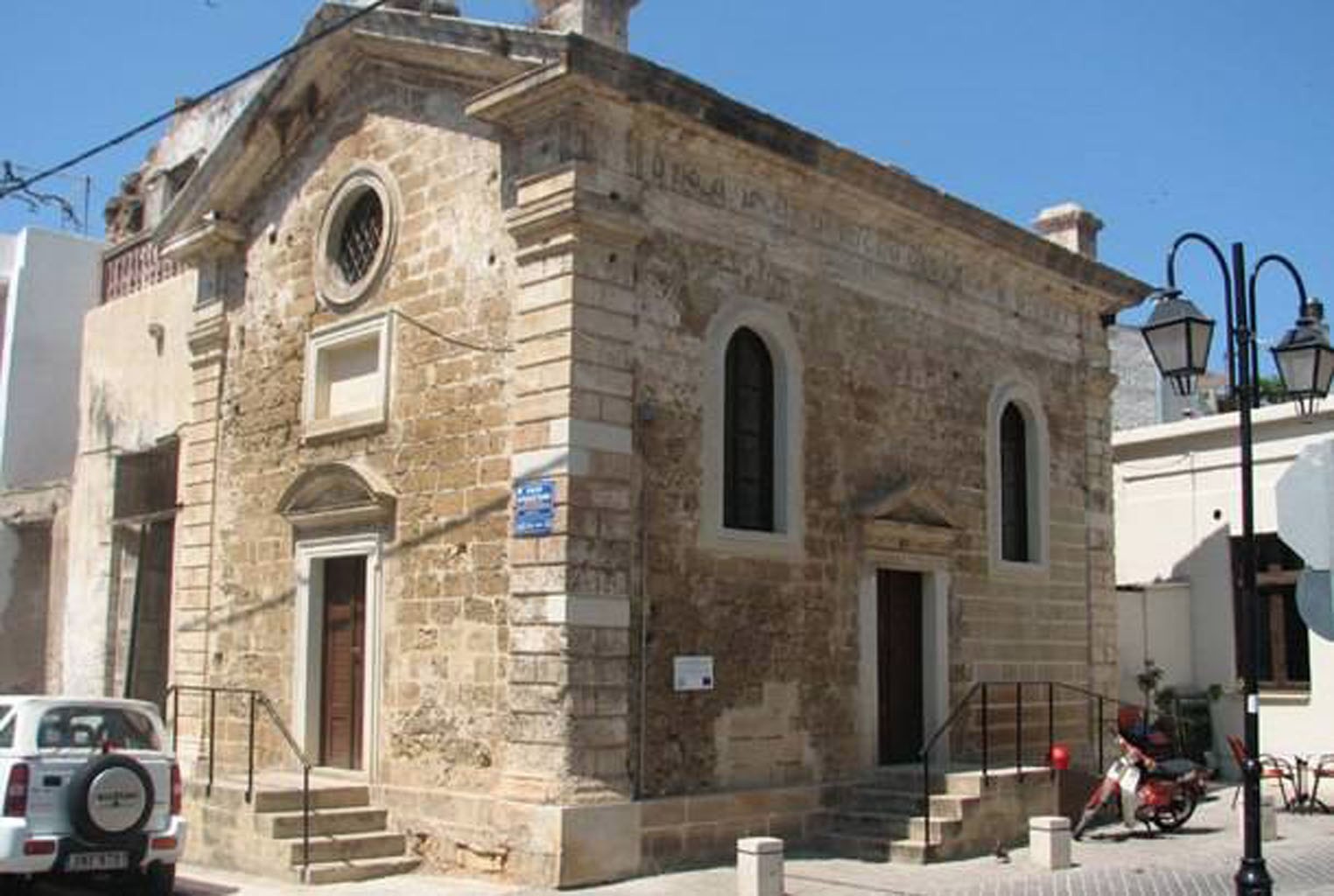
The Temple of Agios Rokkos was built in 1630 and is located on the northwestern corner of the Splantzia square, in the center of the Old Town of Chania. Read more
-
-
Άγιοι Ανάργυροι
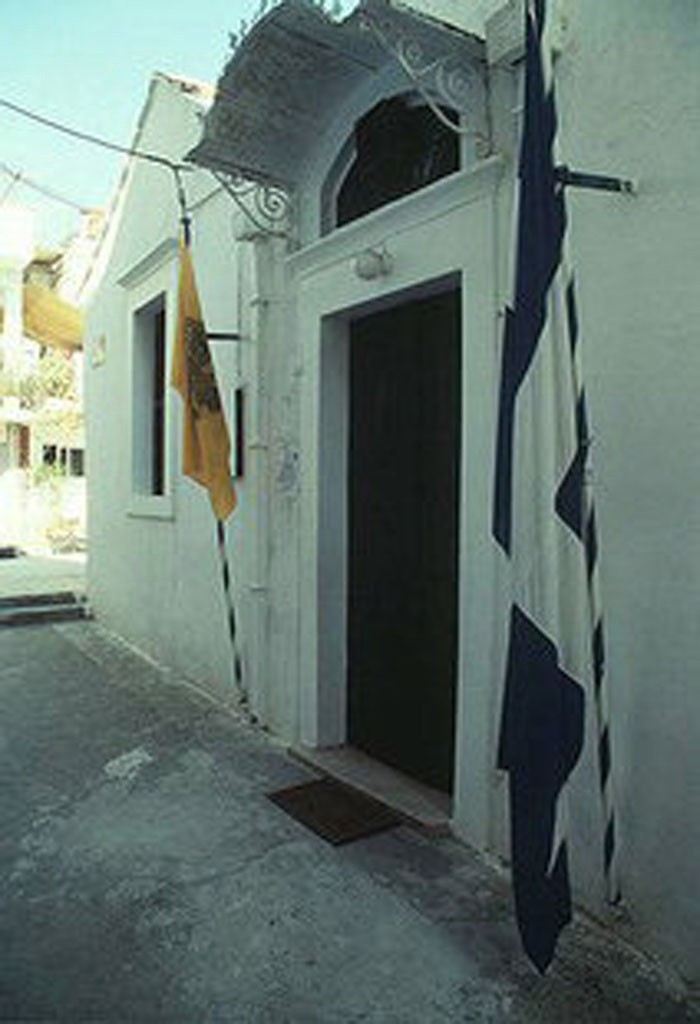
Ο Ναός των Αγίων Αναργύρων χρονολογείται από τον 13ου αιώνα και είναι ένας από τους λίγους ναούς των Χανίων που παρέμεινε χριστιανικός καθ’ όλη τη διάρκεια της Τουρκοκρατίας και μάλιστα χρησιμοποιήθηκε ως καθεδρικός μέχρι το 1859. Βρίσκεται νοτιοανατολικά της παλιάς πόλης, στην παλαιά χριστιανική συνοικία ή «ρωμαίικα στενά». Read more
-
-
The Temple of Agii Anargiri

The Temple of Agii Anargiri is located in the southeastern part of the old city of Chania and is nowadays a large local parish. Read more
-
-
Αγία Μαγδαληνή
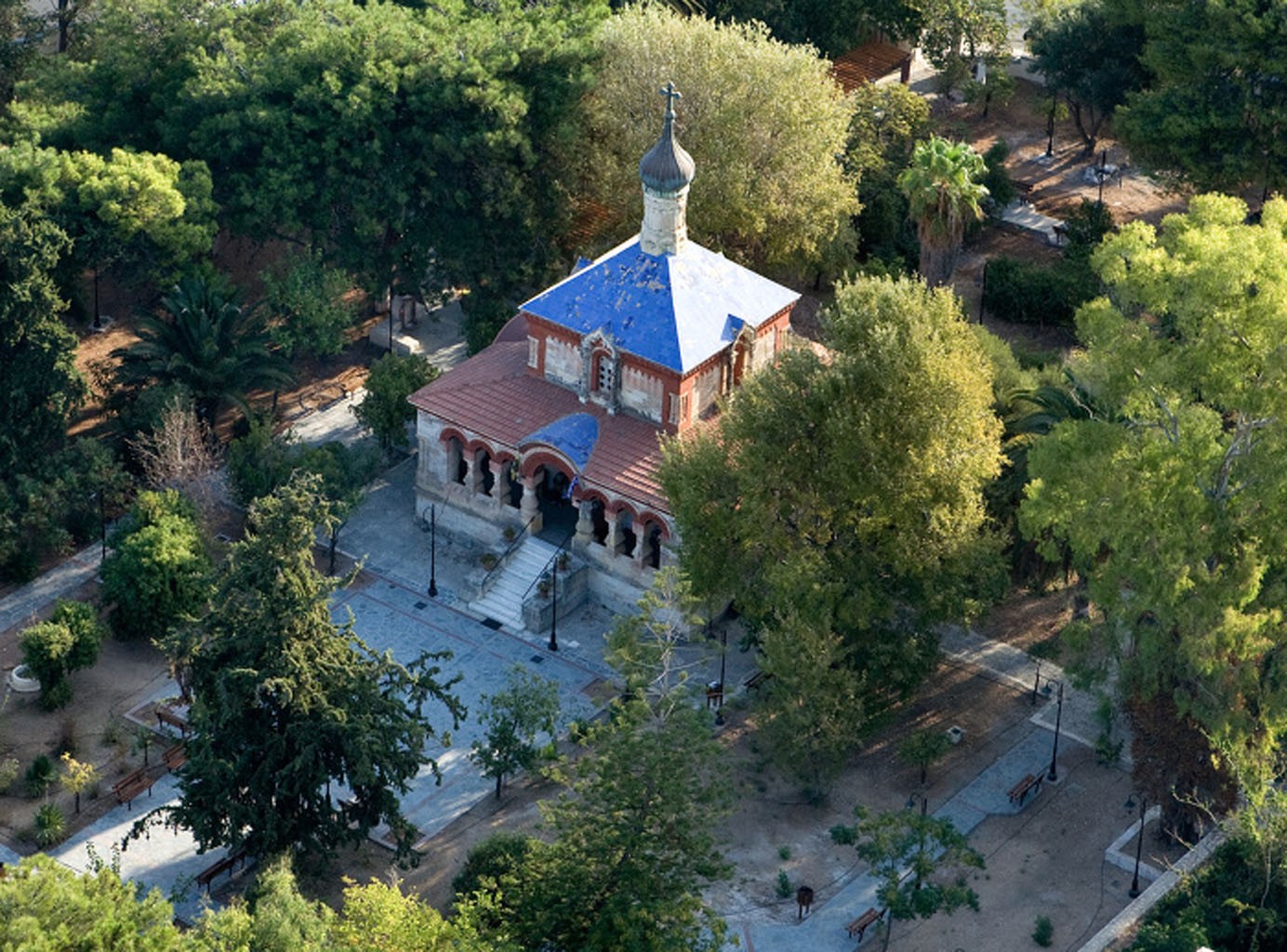
Ο Ιερός Ναός της Αγίας Μαγδαληνής στη Χαλέπα των Χανίων, χτίστηκε απέναντι από το Παλάτι στη σημερινή οδό Σκρα το 1901, όταν ο ύπατος Αρμοστής Κρήτης Πρίγκιπας Γεώργιος προσέφερε δέκα χιλιάδες ρούβλια και τα σχέδια για την ανέγερση μιας εκκλησίας αφιερωμένης στη Μαρία Μαγδαληνή. Η εκκλησία χτίστηκε σε ανάμνηση της διαμονής στα Χανιά της αδελφής του Πρίγκιπα Μαρίας, συζύγου του Μεγάλου Δούκα της Ρωσίας Γεωργίου. Read more
-
-
Agia Magdalini

The Church of Agia Magdalini was built in Halepa, in the early 20th century by Prince George. Read more
-
-
Agia Irini
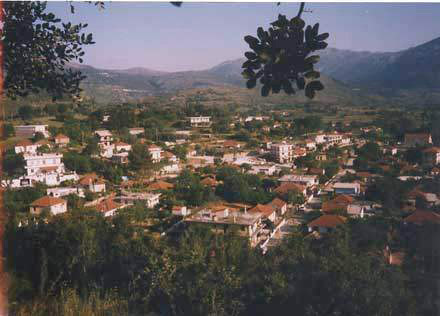
Agia Irini is an orthodox temple at Splantzia, at the old town of Chania. Read more
-
-
Agia Ekaterini (St. Catherine)
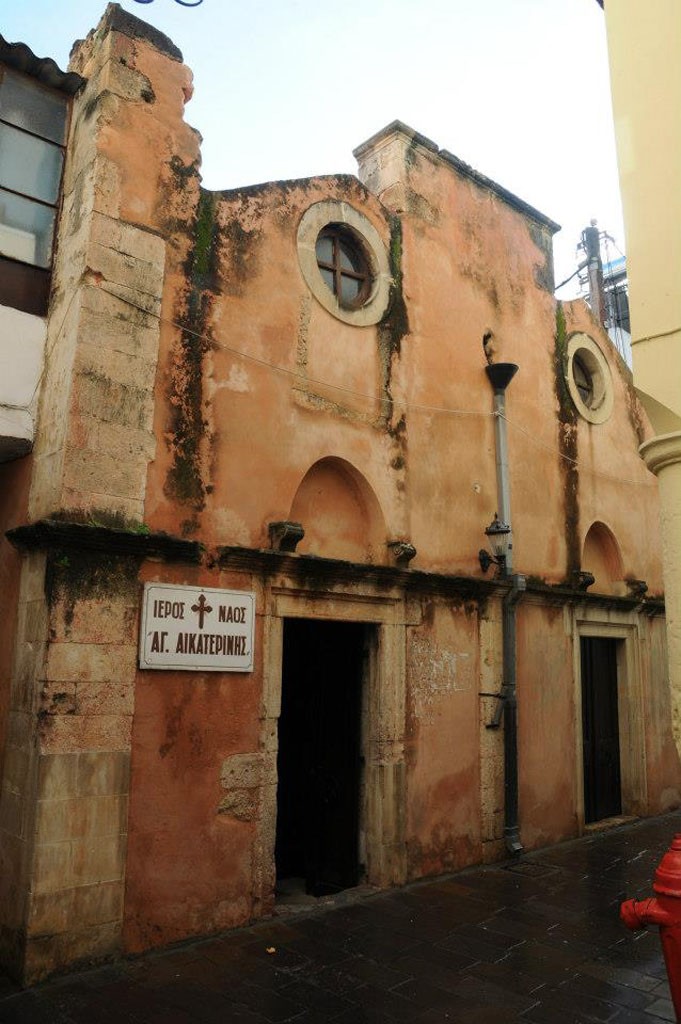
The Byzantine church of Agia Ekaterini is located at Splantzia and despite being orthodox, it actually will remind you a Catholic church. Read more
-
-
Irtakina
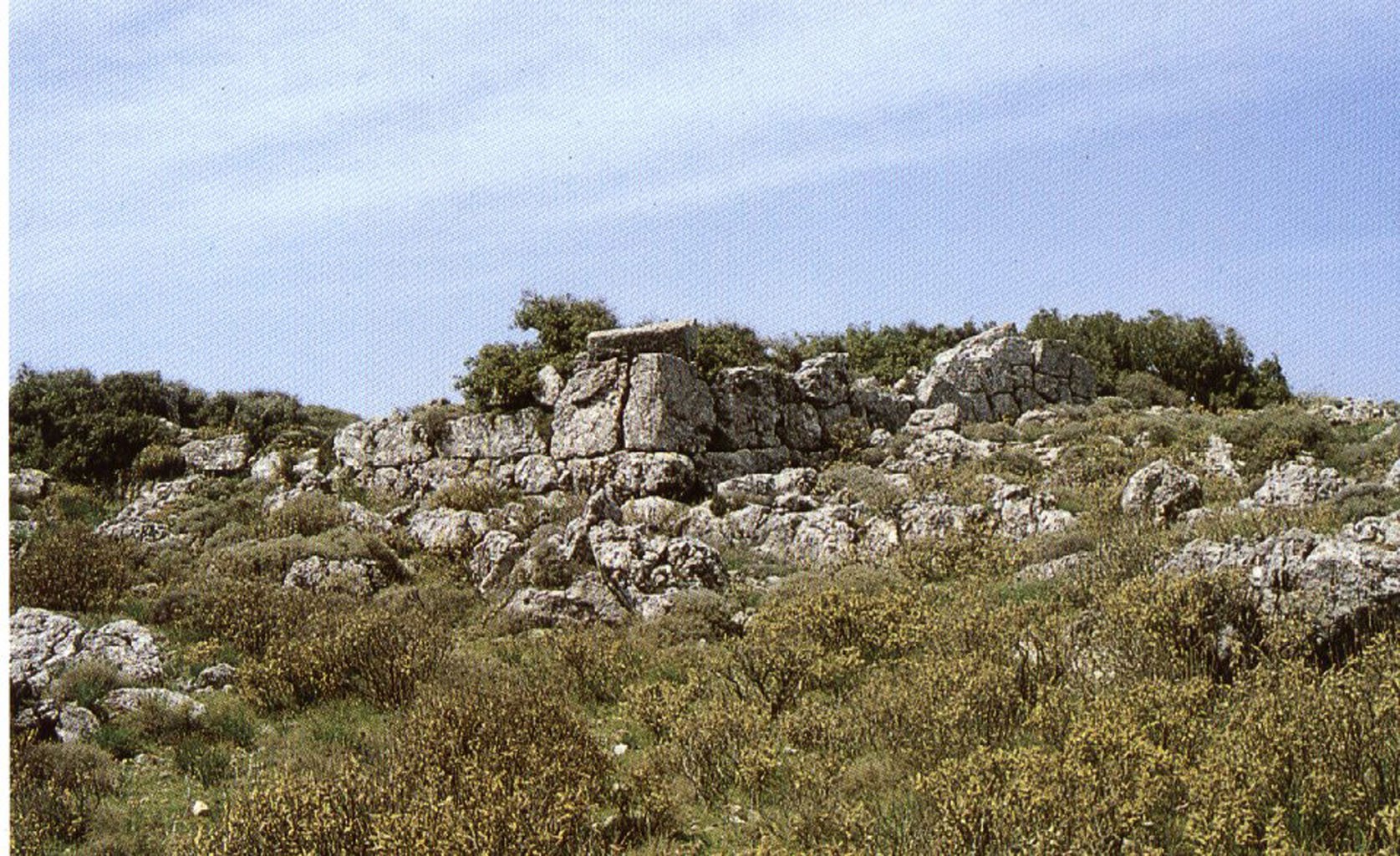
The ancient city of Irtakina was one of the most important ancient cities of the mountainous hinterland of the south-western part of Crete. Read more
-
-
Tarra
The ancient town of Tarra was situated at the same location as the current village of Agia Roumeli in Chania. Read more
-
Early Minoan Tomb at Nea Roumata
The Early Minoan Tomb at Nea Roumata presents an interest, as it is much smaller than other known Minoan tombs also discovered in Crete. Read more
-
Early Minoan settlement of Kastelli
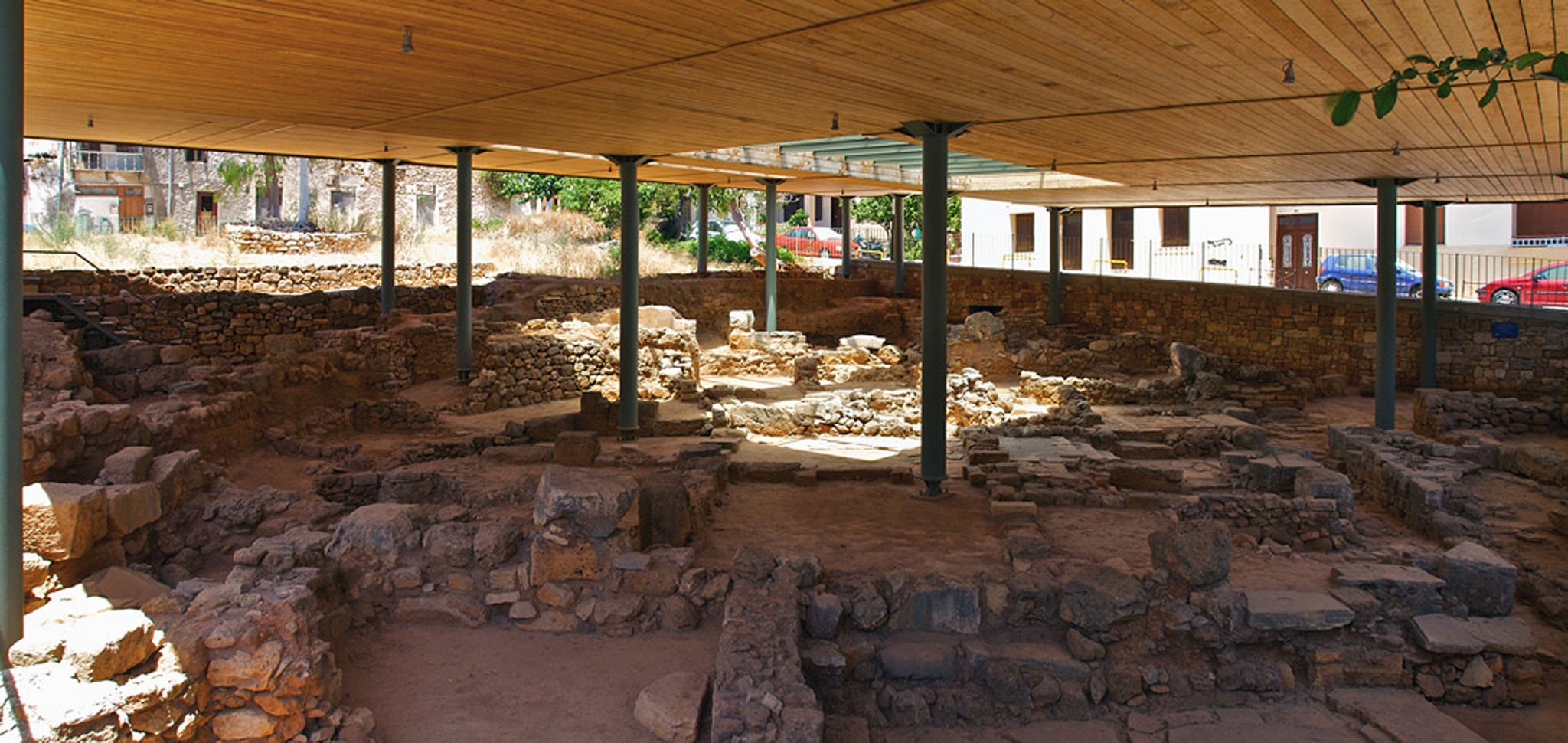
Early Minoan settlement of Kastelli in Chania is the most important settlement that has been revealed by excavations in Crete. Read more
-
-
Minoan Villa of Nerokouros

The Minoan Villa of Nerokouros is the most important house discovered at the archaeological site of the village. Read more
-
-
The Vaulted Tomb of Fylaki
In the Vaulted Tomb of Fylaki just outside the village of Fylaki, bones of at least one adult and one child were found, dating from the Late Minoan period. Read more
-
The vaulted tomb of Stilos
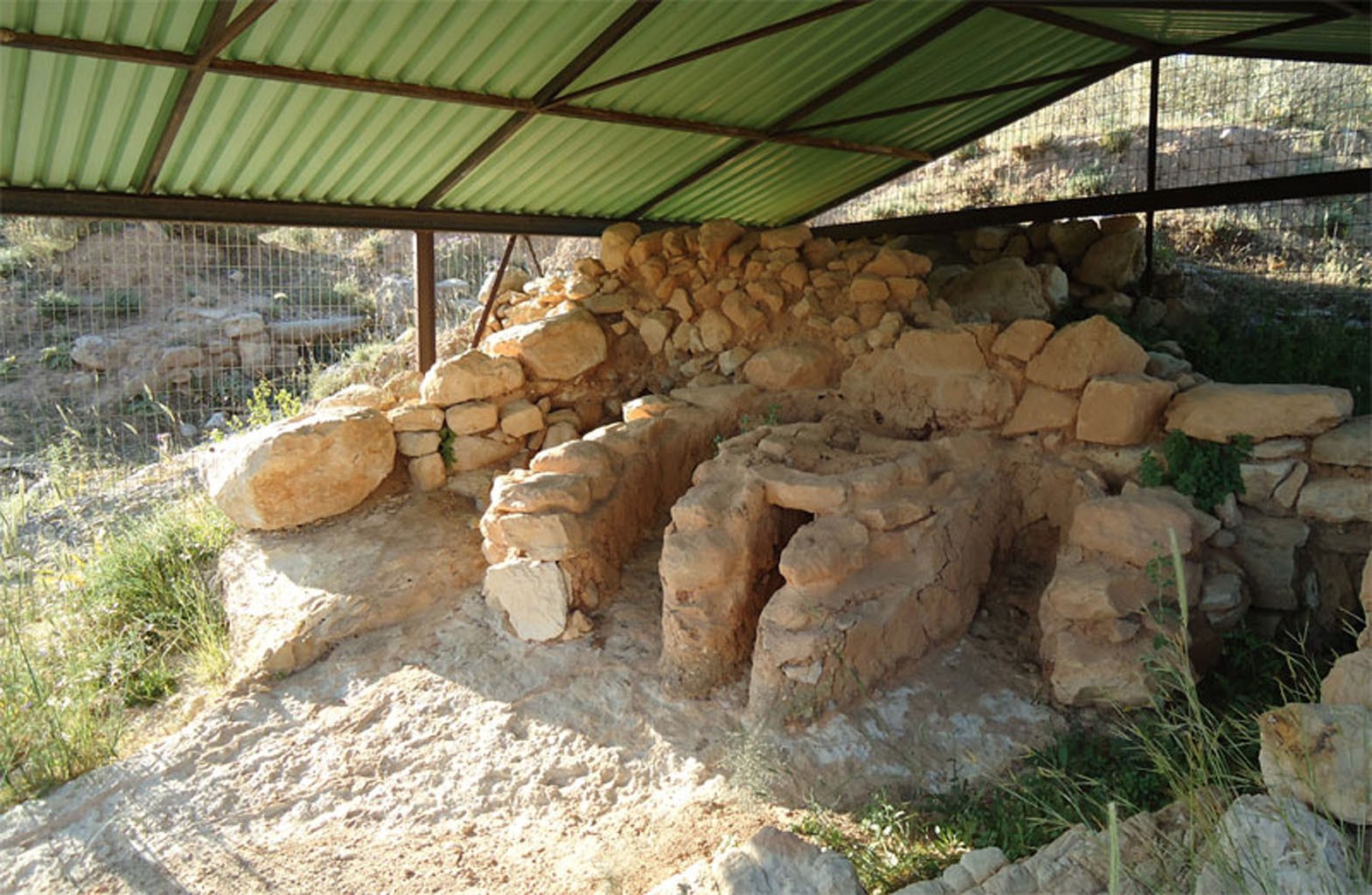
The vaulted tomb of Stilos outside the village of Stilos, in Chania, dates from 1390-1190 BC. Read more
-
-
The vaulted tomb of Maleme
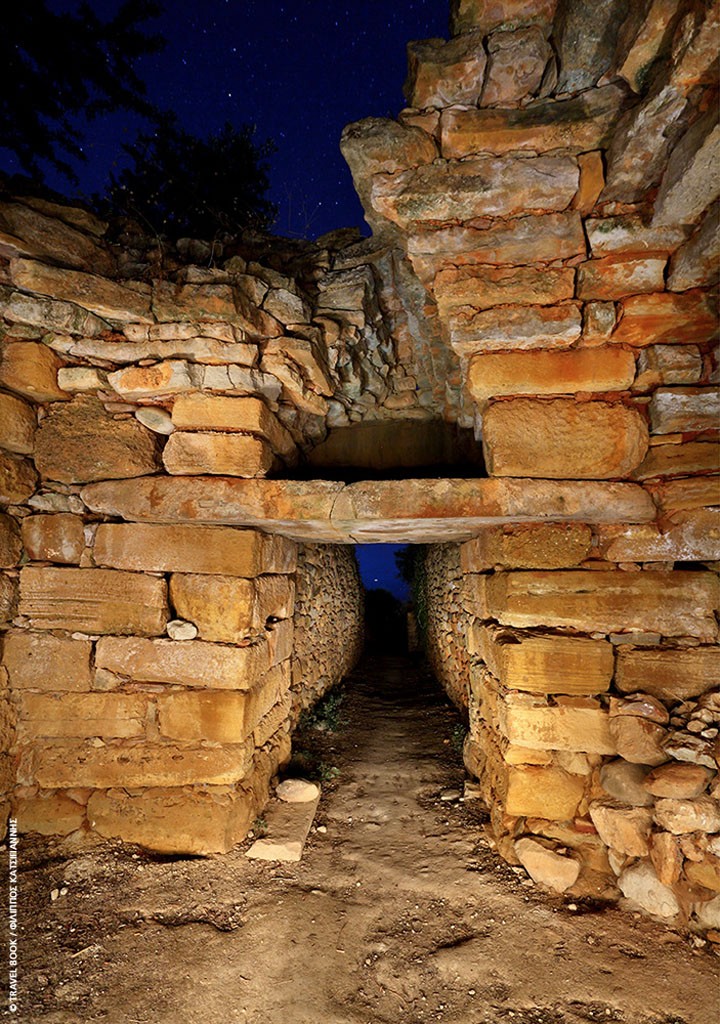
The vaulted tomb of Maleme is one of the best preserved tombs of the Minoan period in Crete. Read more
-
-
Eliros
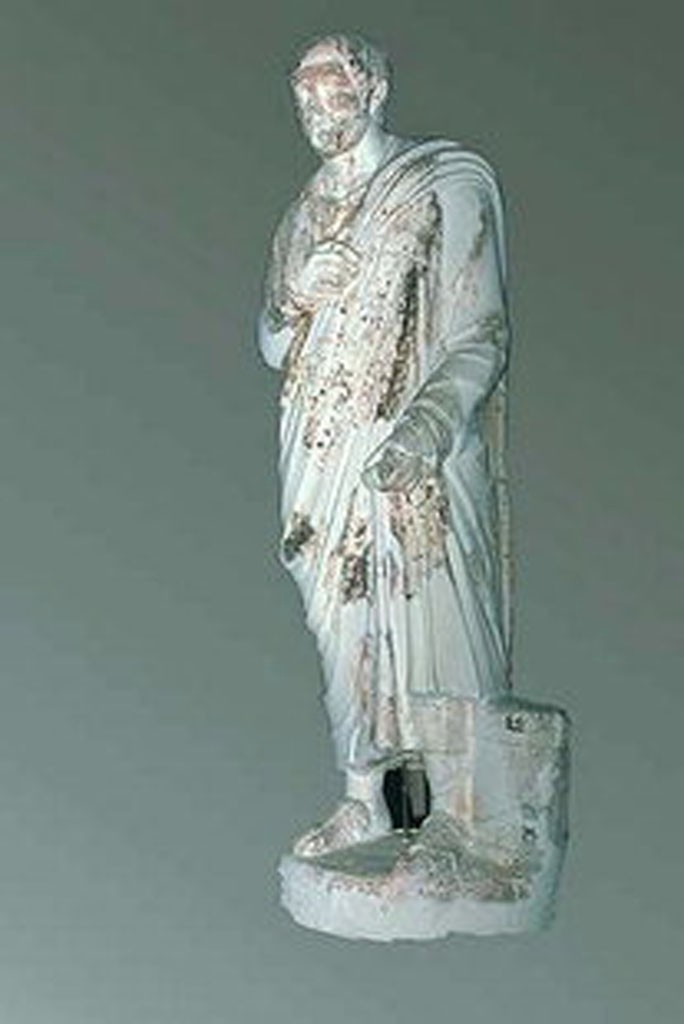
The ancient city of Eliros was one of the most important cities of Crete and reached its peak from 500 to 350 BC. Read more
-
-
The ancient city of Falasarna
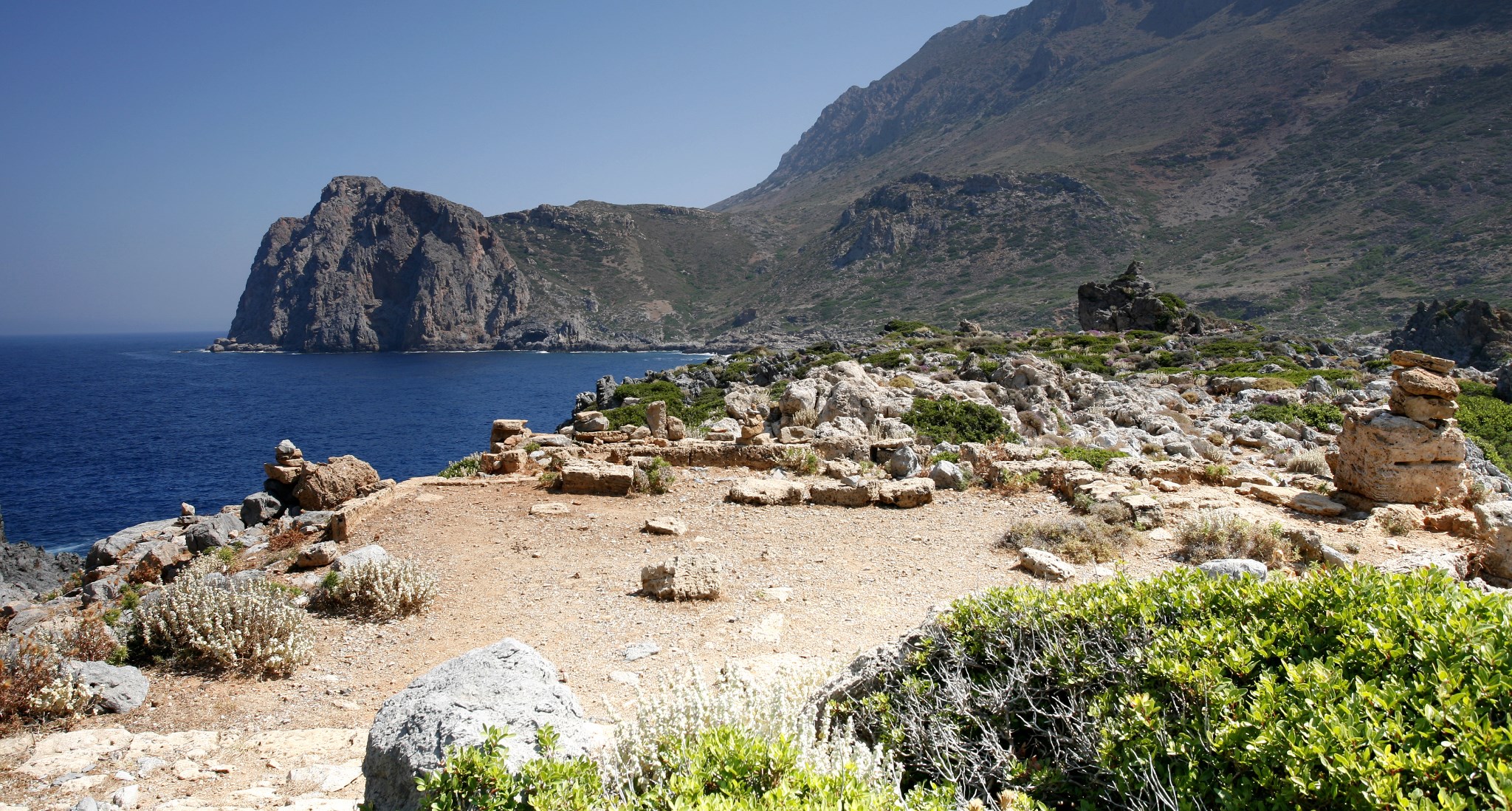
The ancient city of Falasarna at the Cape of Gramvousa provides visitors the opportunity to admire impressive archaeological findings. Read more
-
-
The ancient city of Polirinia
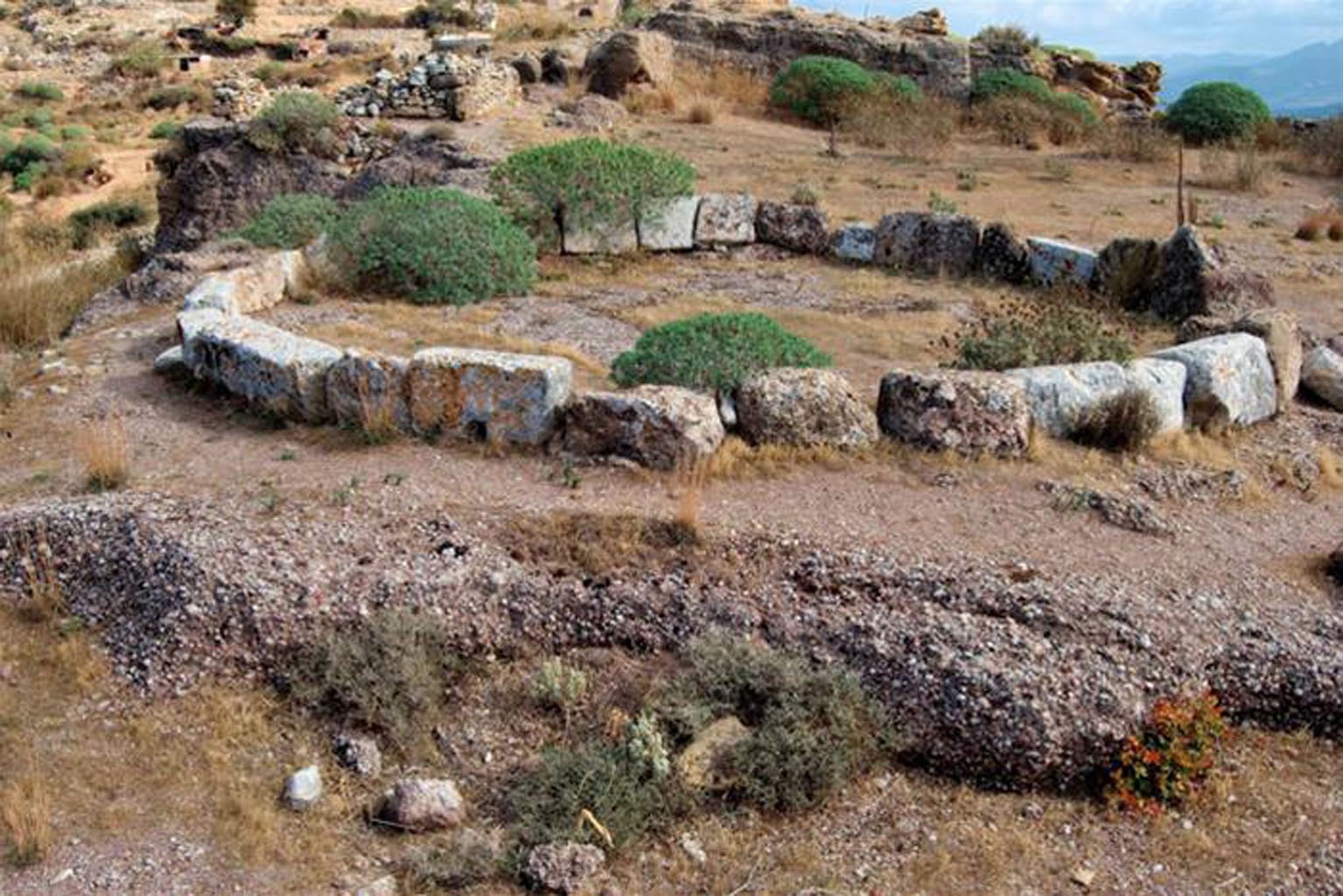
The ancient city of Polirinia was a powerful city of Crete during the Hellenistic period, near the remnants of which lays nowadays the village Kissamos. Read more
-
-
The ancient city of Pikilassos
The ancient city of Pikilassos was situated in western Crete and constituted the main port of Eliros. Read more
-
The ancient city of Diktinna
The ancient city of Diktinna in Chania was the most important sanctuary in ancient Crete, dedicated to the goddess Artemis Vritomarti. Read more
-
The ancient city of Kandanos
The ancient city of Kandanos dates from the Classical times and it was probably located south of the homonymous village that exists today in Chania. Read more
-
The ancient city of Kydonia

The location of the ancient city of Kydonia, one of the most important ancient city-states of the region, was on the site of the modern city of Chania. Read more
-
-
The ancient city of Aptera
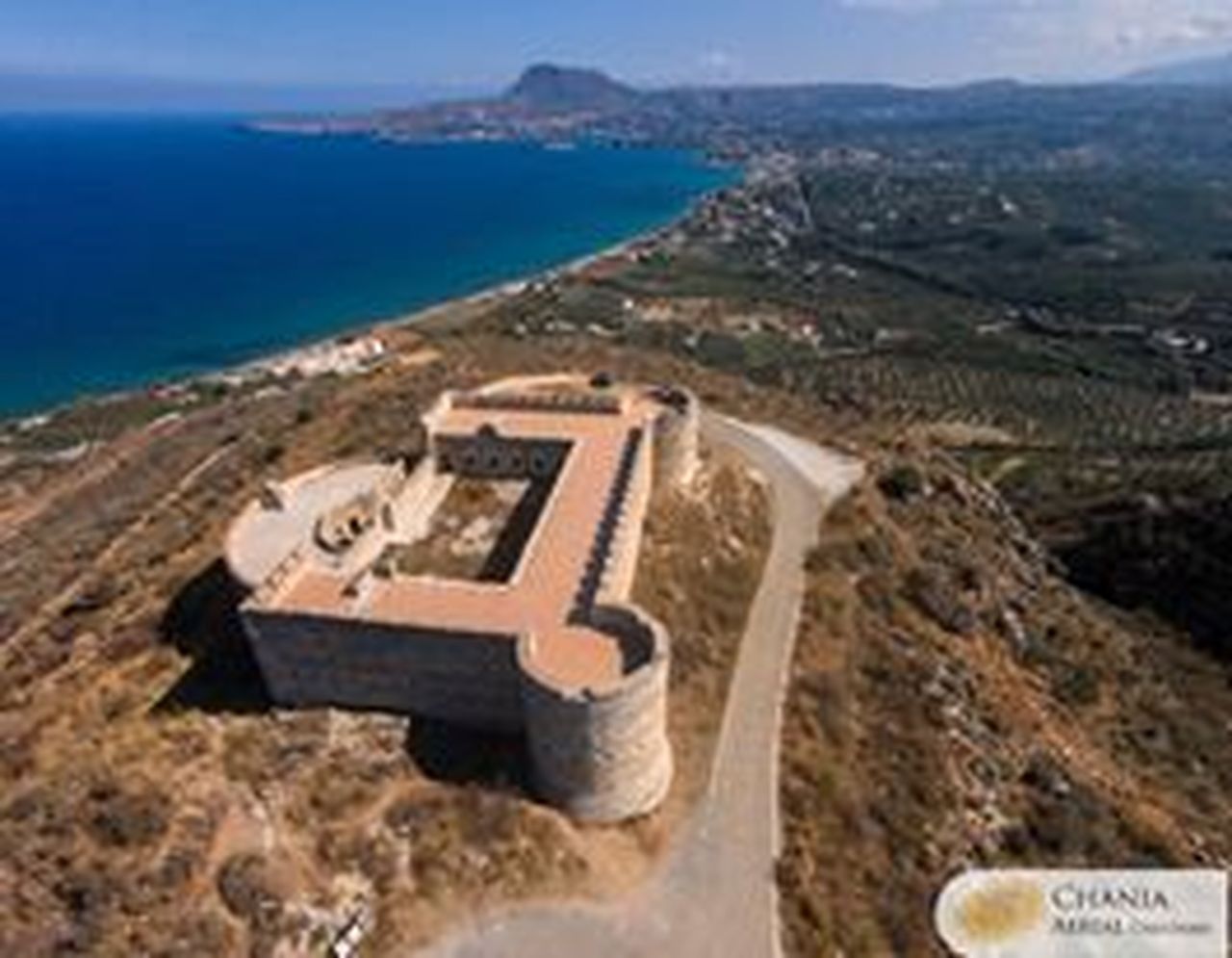
The ancient city of Aptera was in the southeast side of the Bay of Souda. On its archaeological site, various ancient buildings have also been discovered. Read more
-
-
Philological Association “Chrysostomos”
The oldest cultural association of Crete, the Philological Association "Chrysostomos" is historically associated with the early years of the Cretan State. Read more
-
Turkish Hammam on Chalidon
The Turkish Hammam on Chalidon maintains to this day its original architectural characteristics, both in the exterior and interior of the building. Read more
-
Turkish Hammam Topana
Turkish Hammam Topana - one of the surviving Turkish baths (hammam), built in Chania, in the Ottoman era. Read more
-
Turkish Underground Fountain
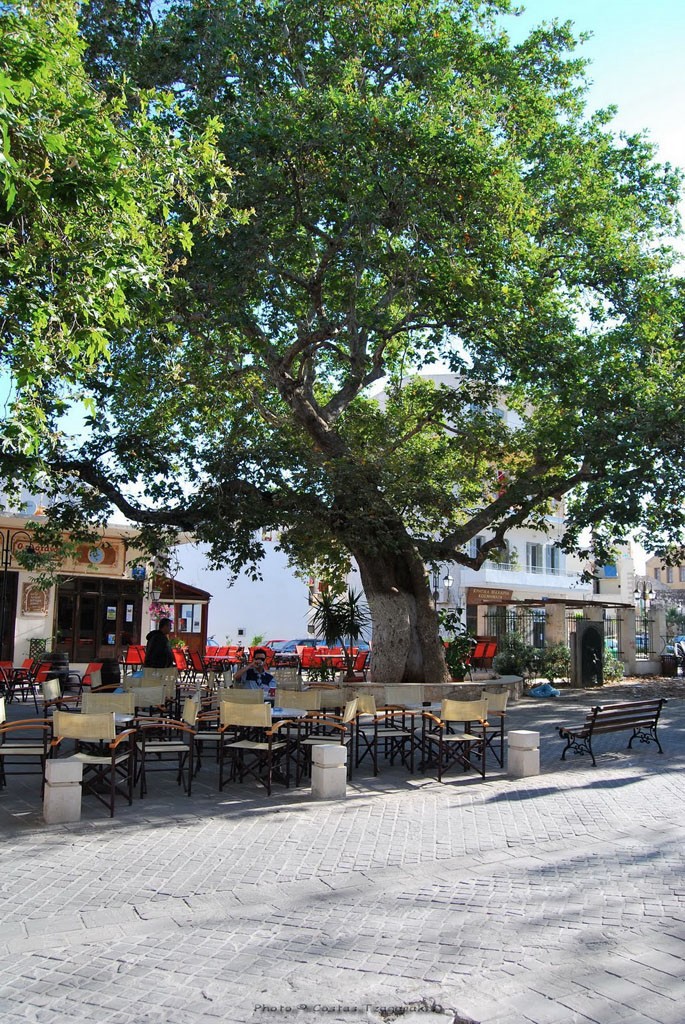
The Turkish Underground Fountain on Splantzia Square was used initially for the washing of Muslims, when in place of the current church stood a mosque. Read more
-
-
Tabakaria (Tanneries)
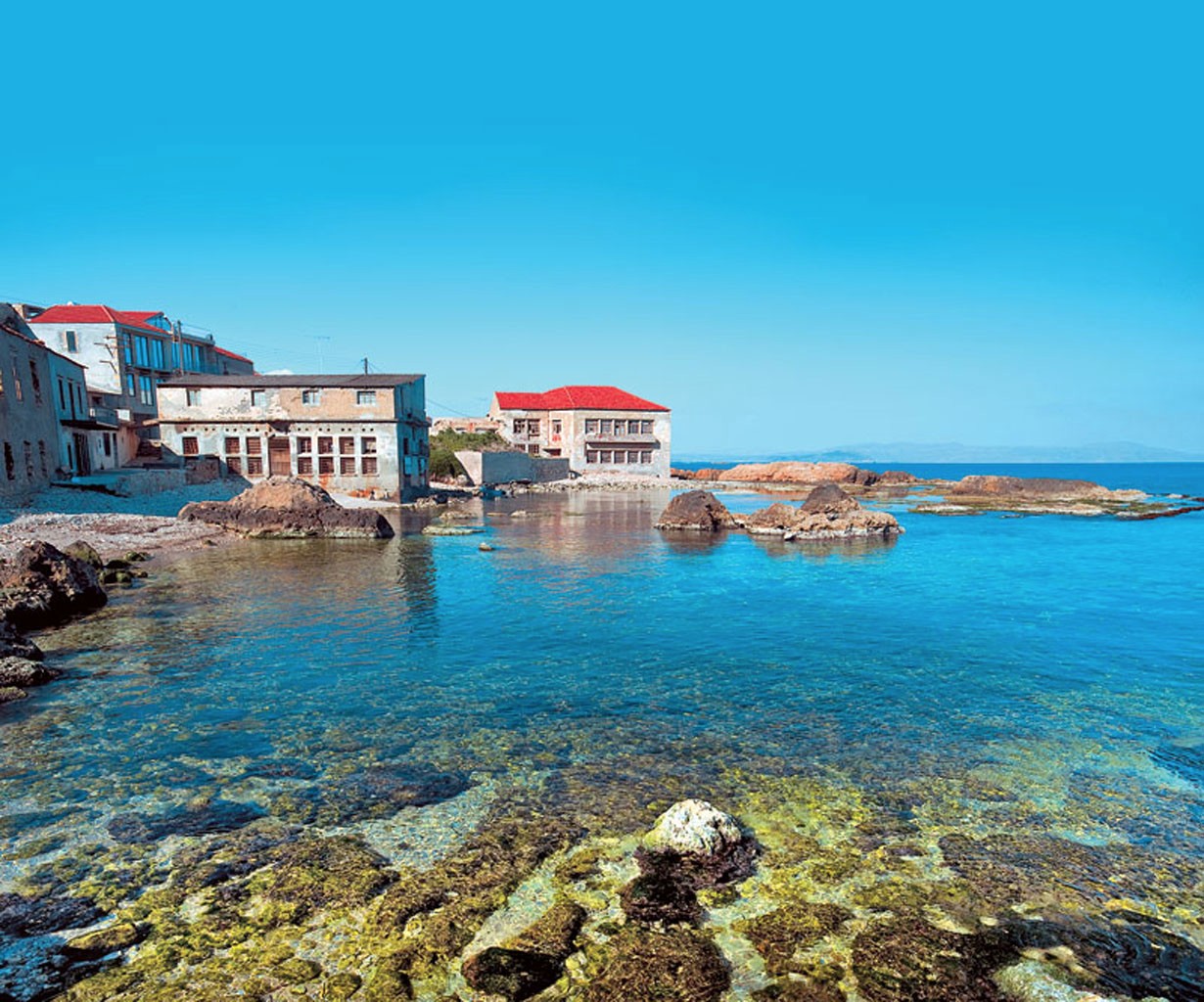
Tabakaria, the site of the old tanneries, is situated in the rocky eastern region of Chania. The buildings create a unique architectural ensemble. Read more
-
-
Government House complex
From the Government House Complex, still preserved to this day are the ground floor and part of the floor and the passageway to the enclosed courtyard. Read more
-
Stivanadika
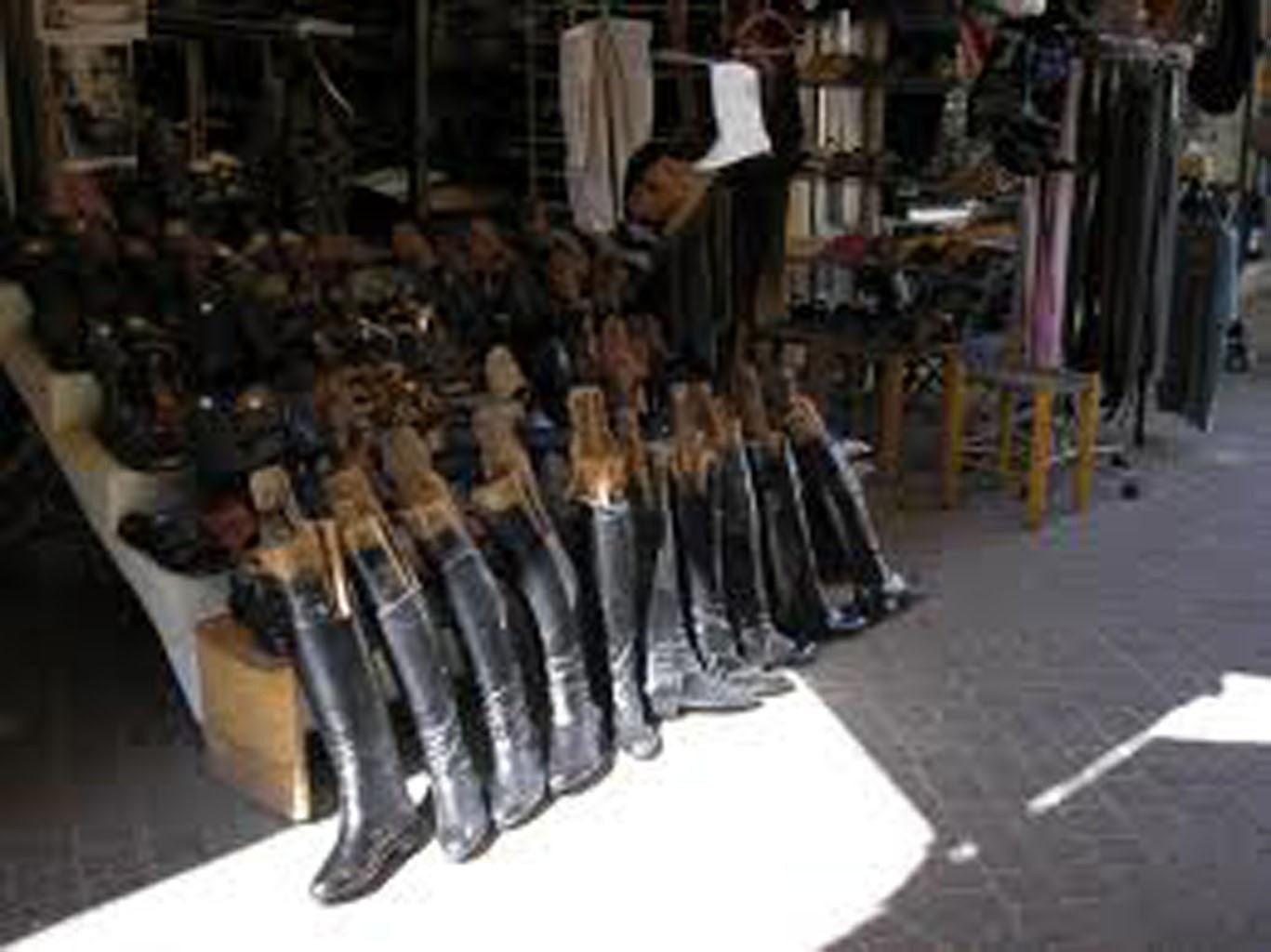
Stivanadika is the area where formerly they used to manufacture stivania (Cretan boots). Today you will find here leather products and souvenirs. Read more
-
-
Splantzia
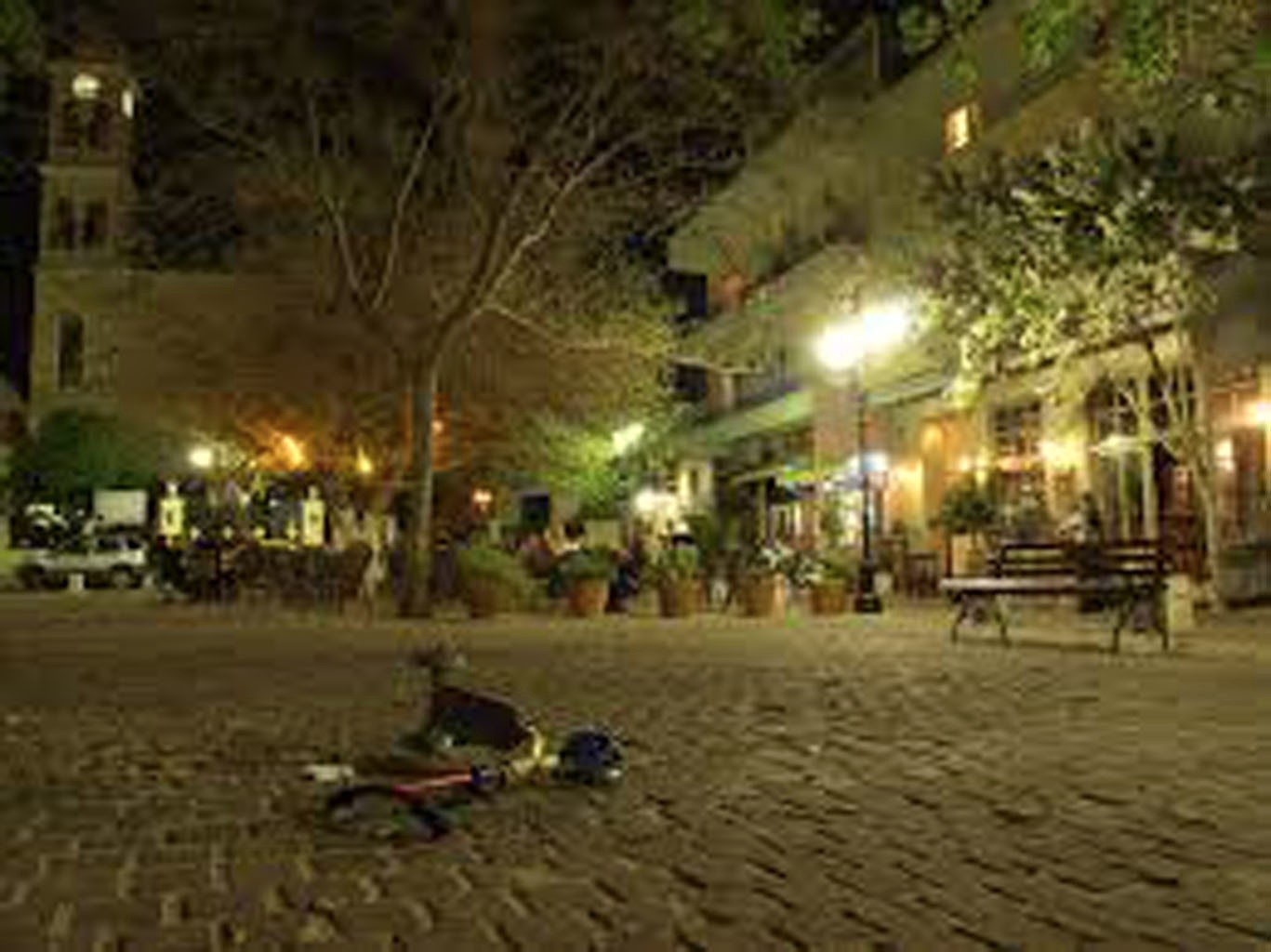
Splantzia (now 1821 Square) was a Turkish quarter in Chania during the Ottoman Empire rule. Read more
-
-
House of Eleftherios Venizelos
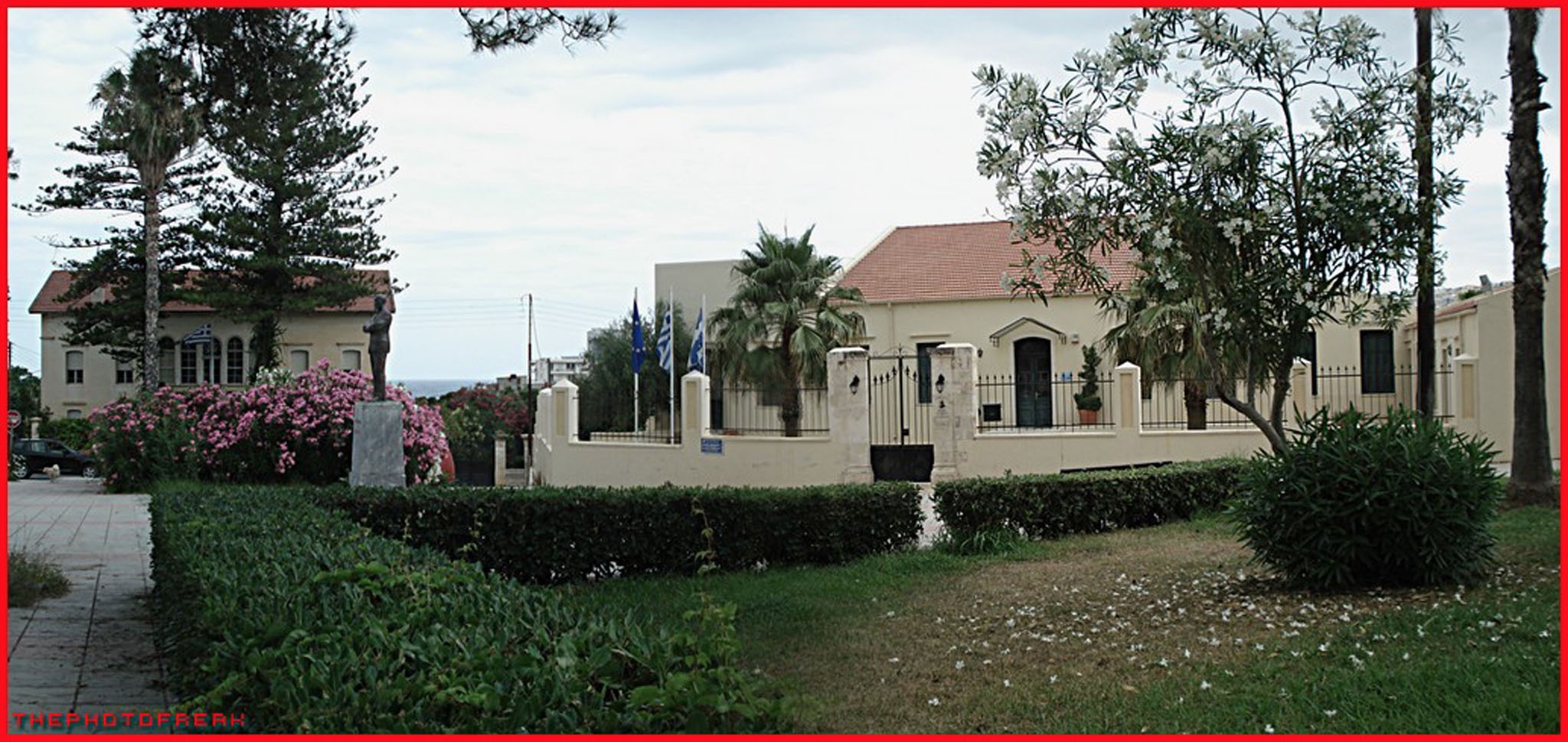
The parental home of Eleftherios Venizelos in Chalepa of Chania currently operates as a museum, as a place of historical memory of the Cretan politician. Read more
-
-
House of MP (Member of Parliament) Manousos Koundouros
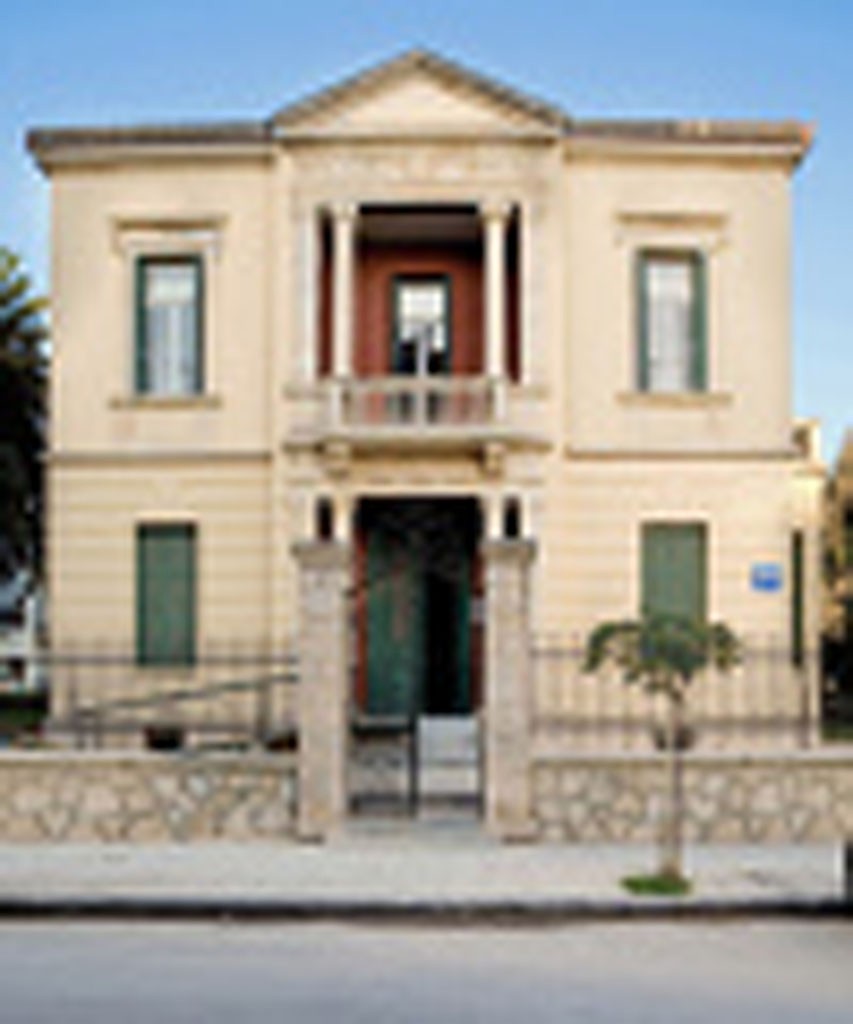
The house of the MP Manousos Koundouros, by the architect Michael Savakis, dominates at the end of Iroon Politechniou, right above the sea. Read more
-
-
Santrivani
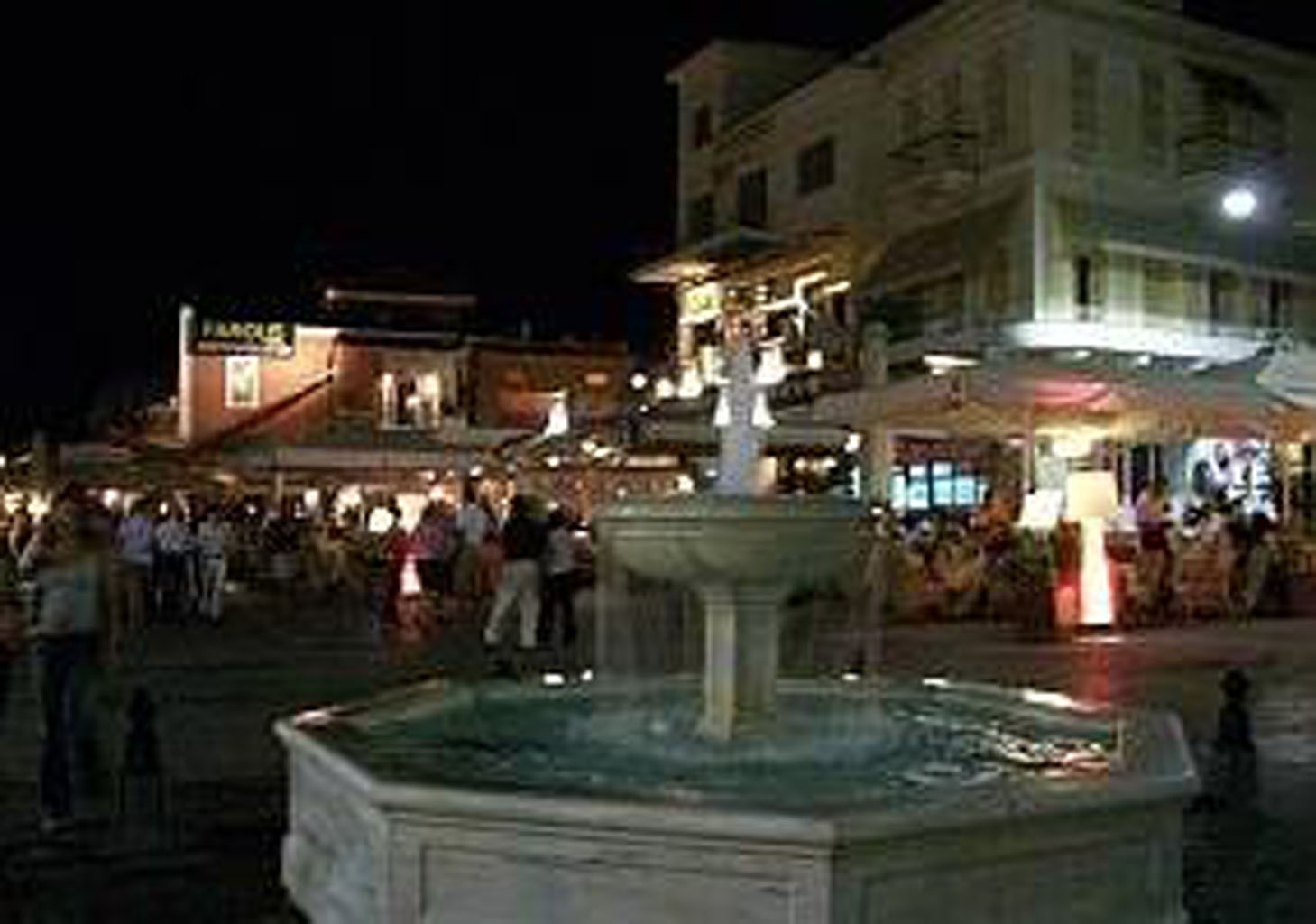
Santrivani is the crowded square in the Old Town of Chania, which took its name from the fountain that dominates in its center. Read more
-
-
The Clock of the Garden
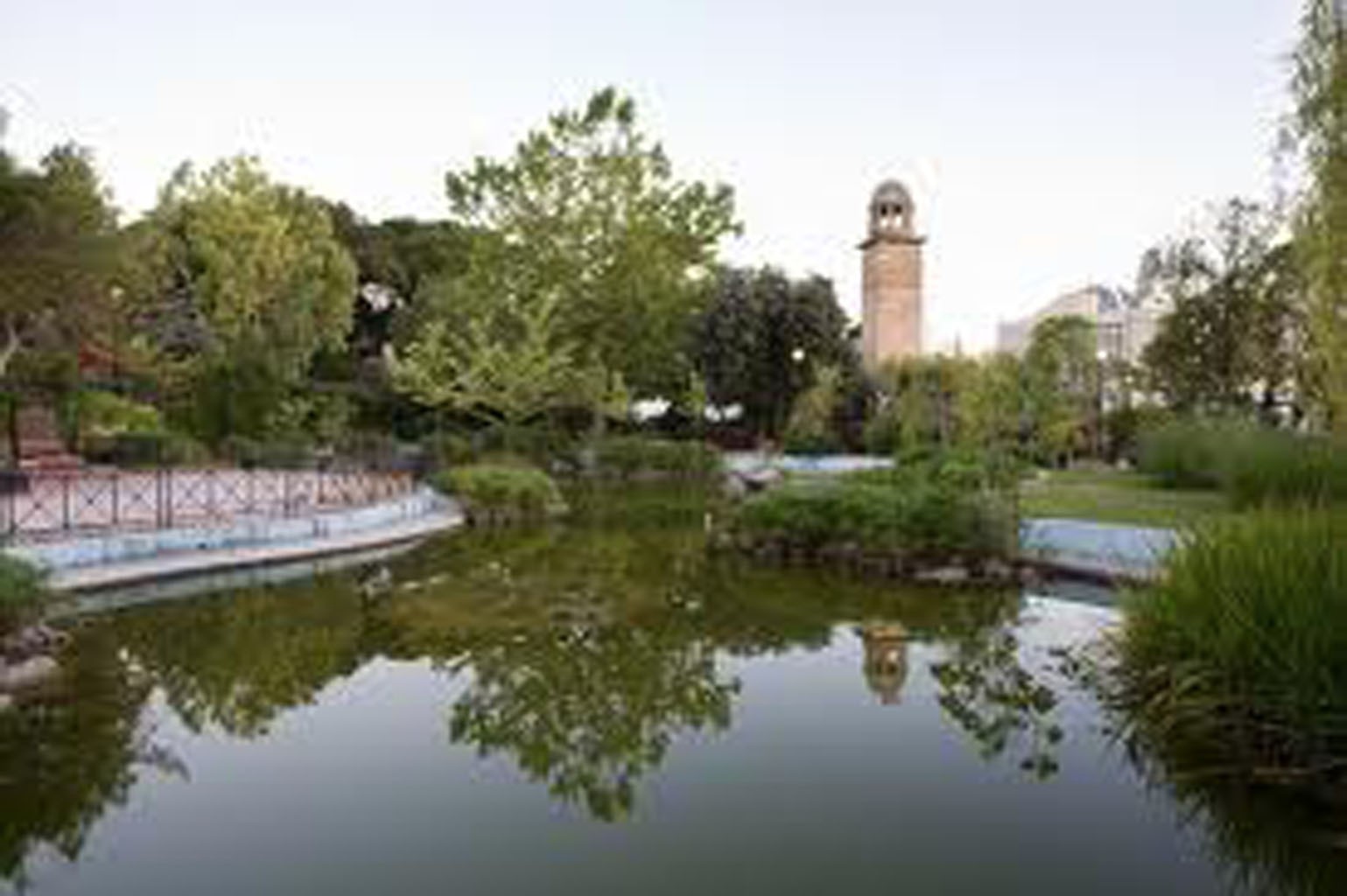
On of the most characteristic, recent monument of the city of Chania, the Clock of the Garden, is located at the corner of A. Papandreou and Tzanakakis. Read more
-
-
Gate of Renier Mansion
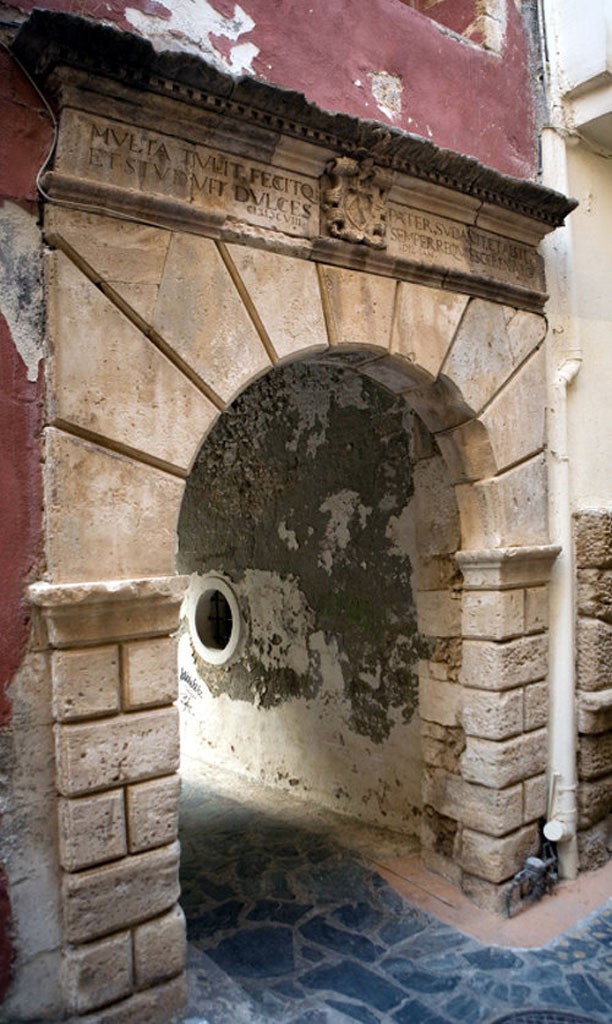
Gate of Renier Mansion - an arched entrance to the Renier Mansion in the Old City of Chania. It is adorned with a Latin inscription and the coat of arms. Read more
-
-
1866 Square

The Square 1866 (New Stores) is one of the most central squares of Chania. From here, you can commence the tour of the old city. Read more
-
-
Palace
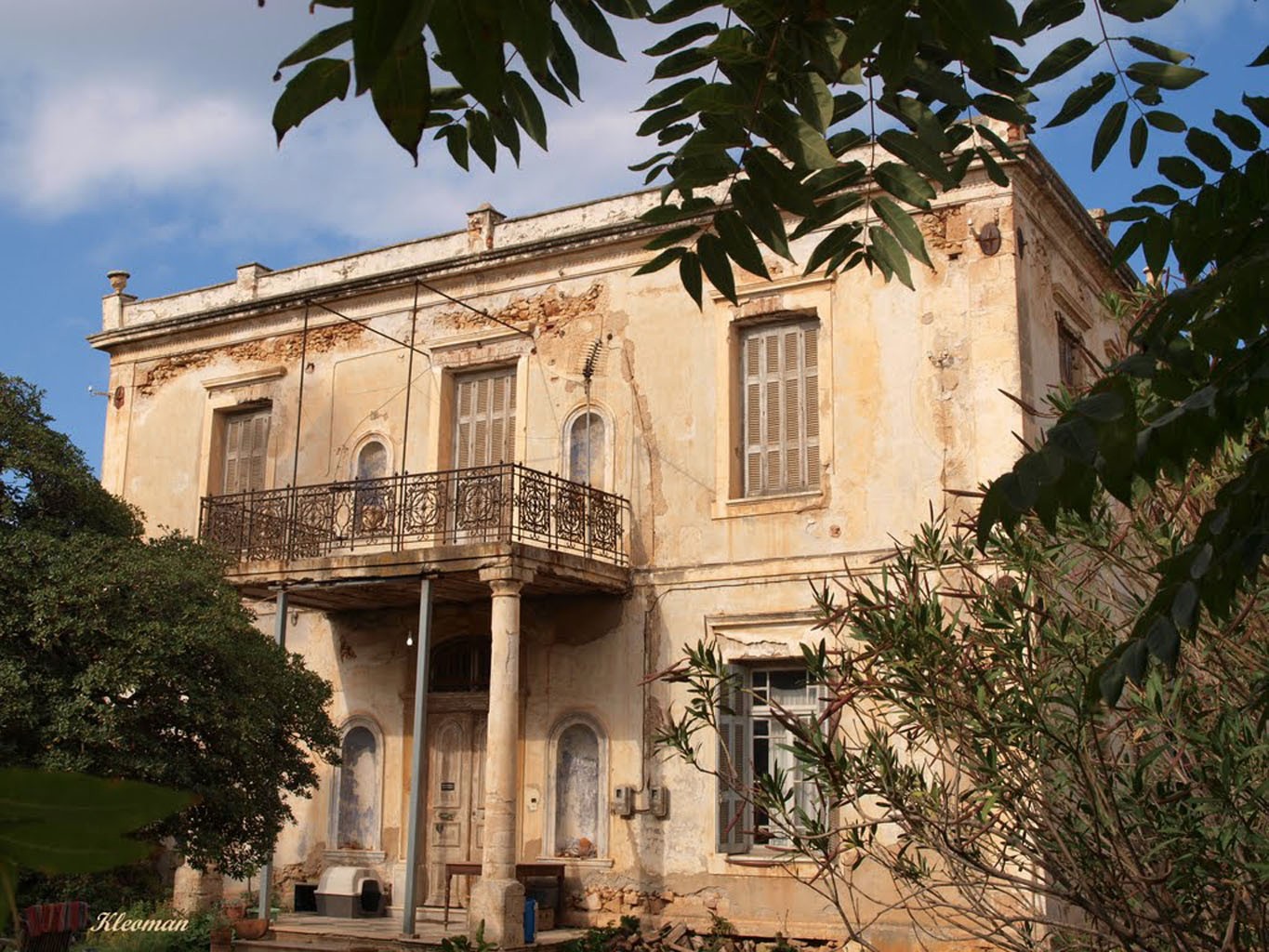
The Palace in Chalepa of Chania was the residence of the High Commissioner of autonomous Crete, Prince George. Read more
-
-
Grand Arsenal
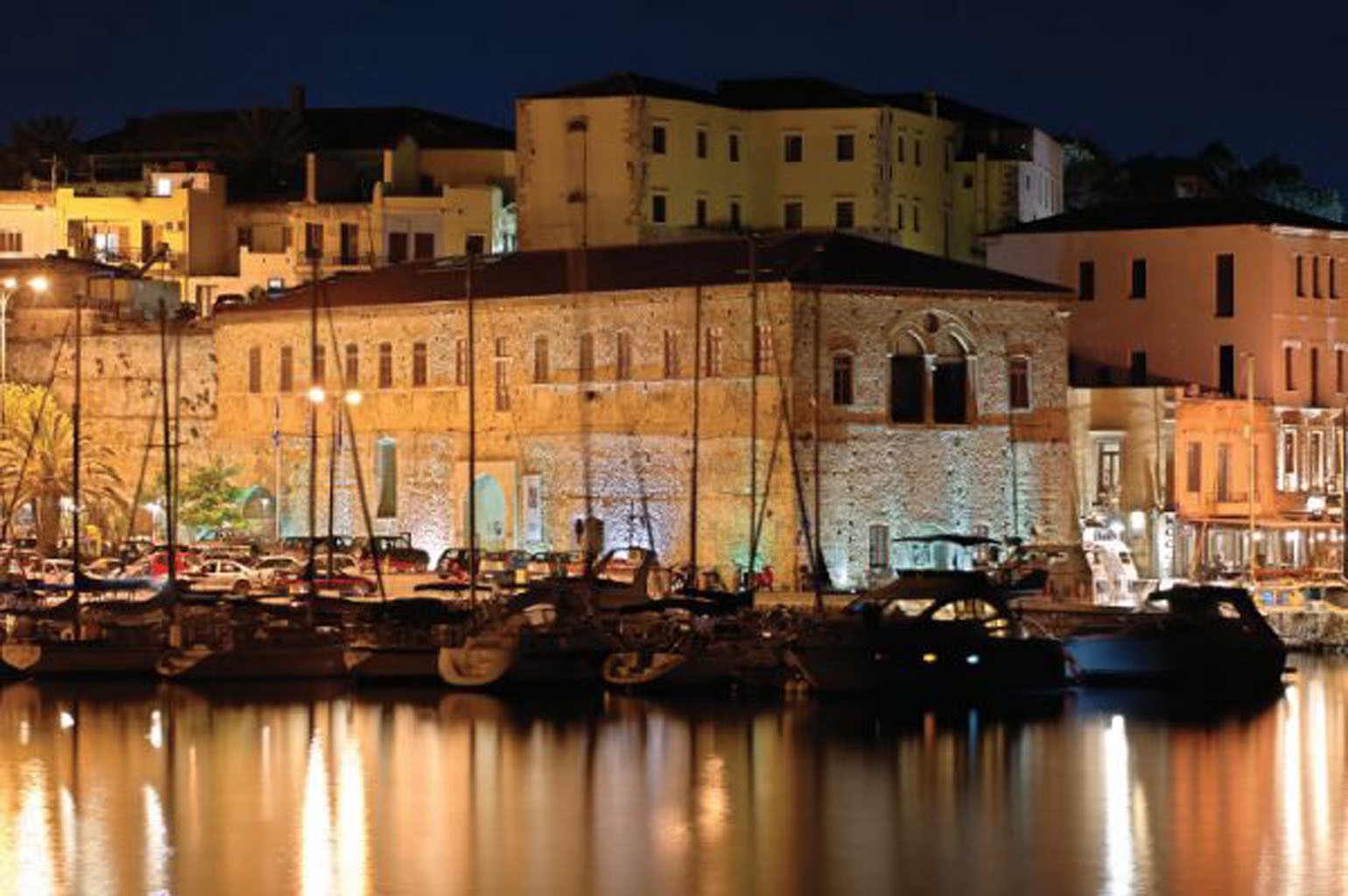
The Grand Arsenal, after its renovation by the Center of Architecture of Mediterranean, was turned into a multipurposed space for cultural events. Read more
-
-
The Venetian Port
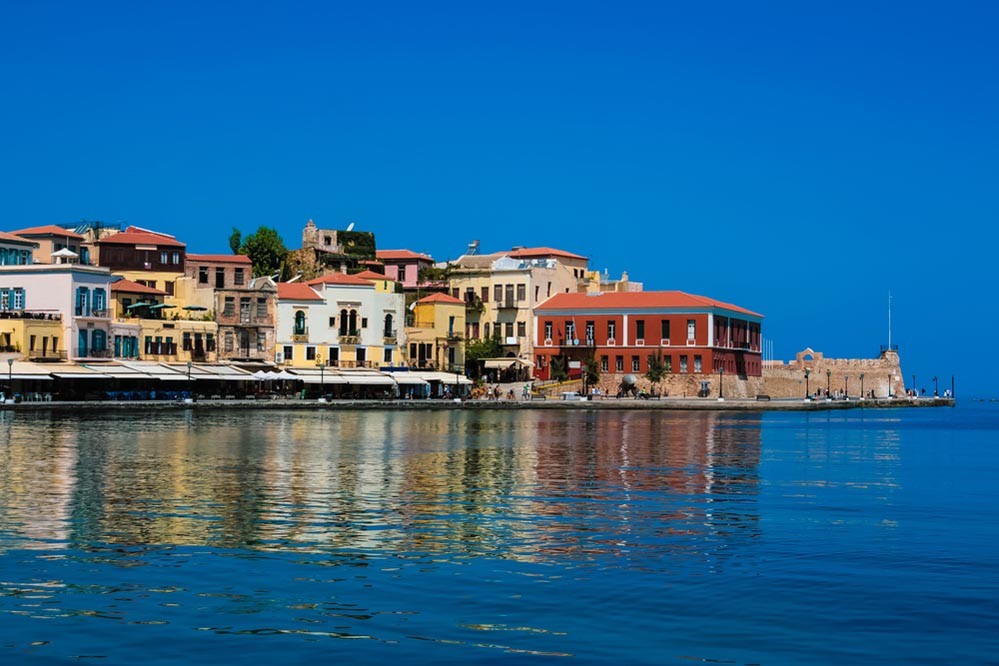
The Venetian port of Chania with its lighthouse, was constructed by the Venetians for the development of trade and the control of the Sea of Crete Read more
-
-
Venetian Dockyards
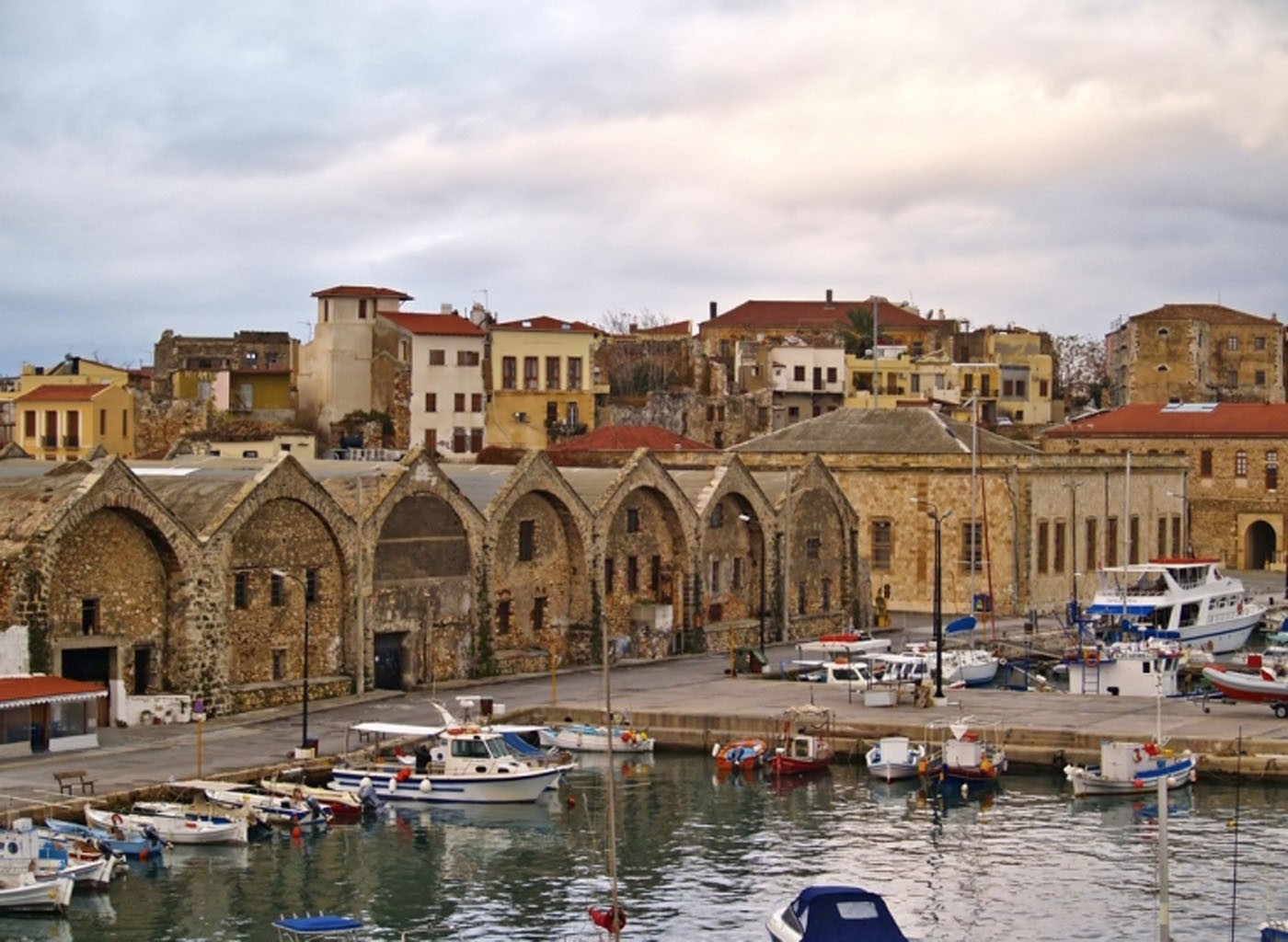
The Venetian Dockyards are among the most characteristic monuments of Chania. They were constructed in the 16th century for the needs of the Venetian fleet. Read more
-
-
Judicial – Administrative Palace
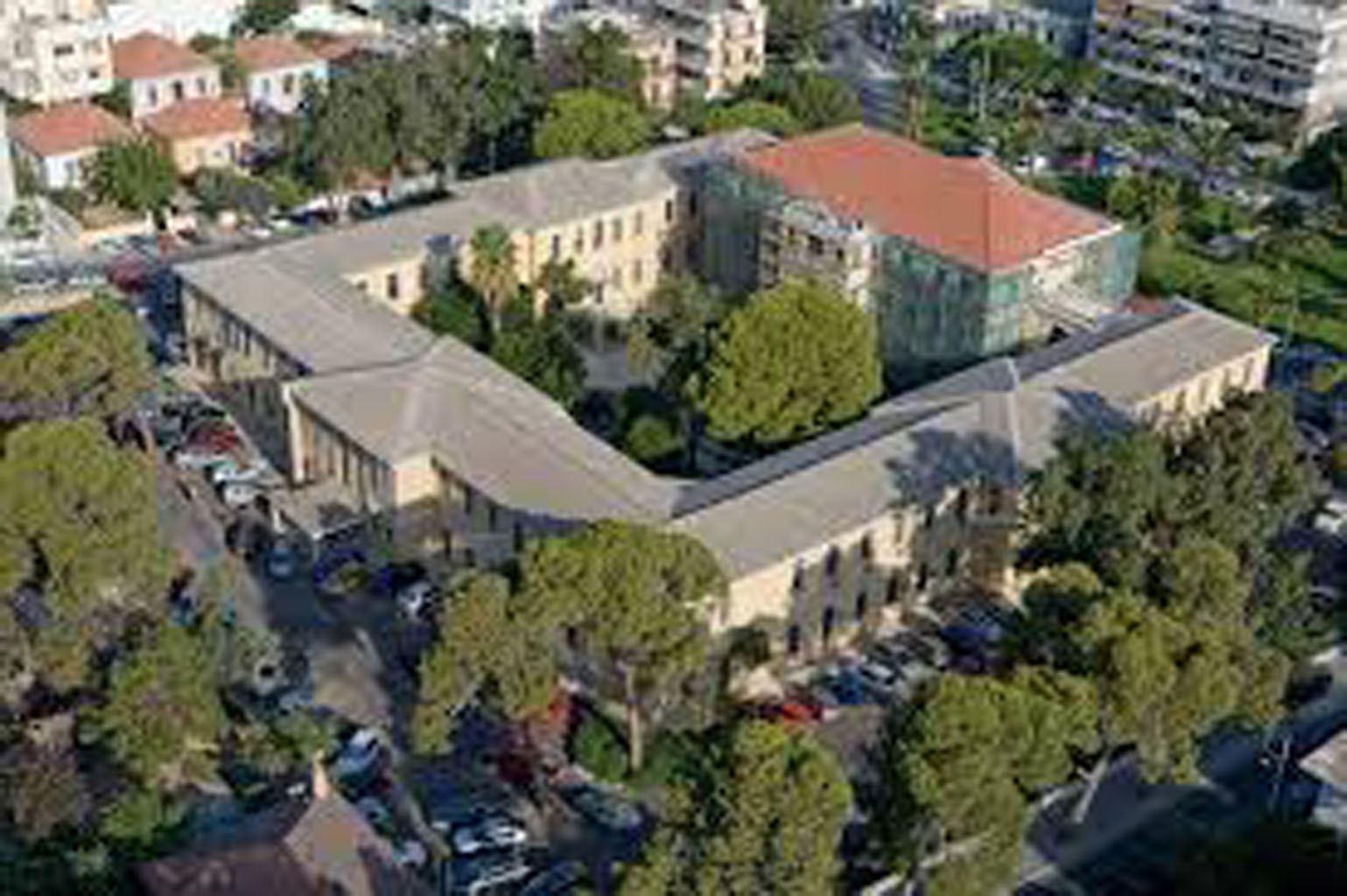
The Judicial - Administrative Palace on Liberty Square is one of the most important monuments of the modern history of Chania. Read more
-
-
Public Garden
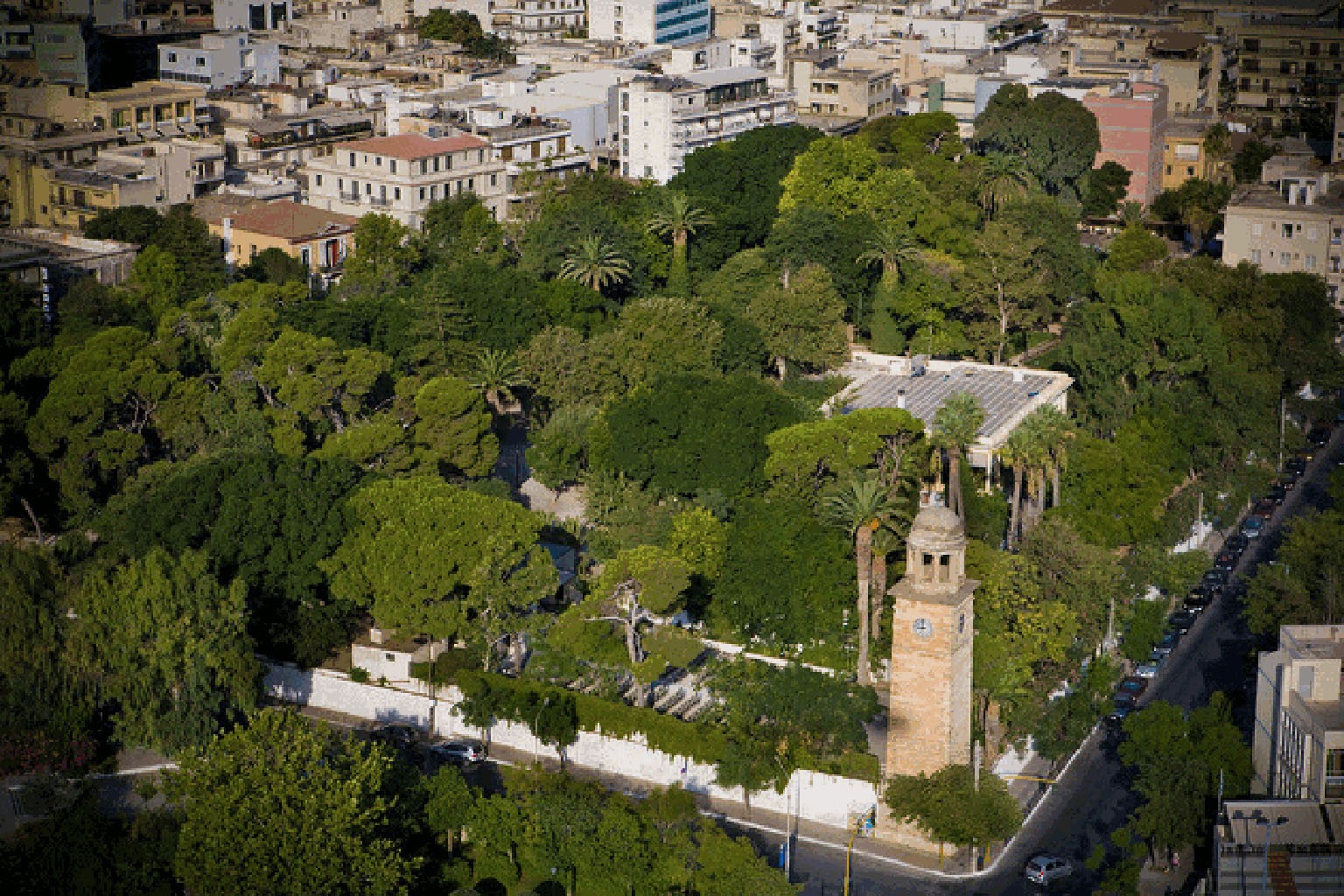
The Public Garden is the largest green area in the urban fabric of the city of Chania. Read more
-
-
Municipal Art Gallery
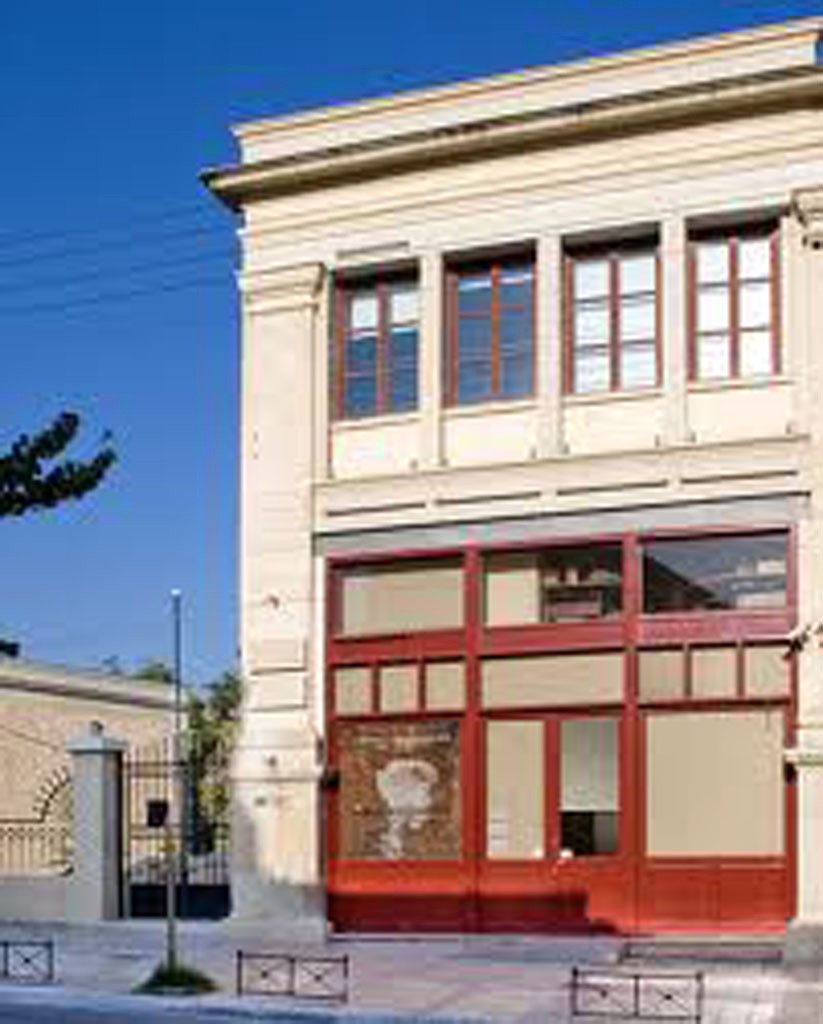
Imposing neoclassical building, in which the Municipal Art Gallery of Chania is housed. It is located on Halidon street 98-102. Read more
-
-
Municipal Market of Chania

The Municipal Market of Chania on the crowded street Hatzimichalis Giannaris, is housed in a building of 4,000 square meters. Read more
-
-
Despotiko (monument)

Despotiko in the eastern part of Chania, is the work of engineer M. Savakis, who oversaw the construction of many of the newest monuments of the city. Read more
-
-
Yali Tzamisi

Yali Tzamisi - imposing Islamic mosque in the Venetian harbor of Chania, which dates back to the second half of the 17th century AD. Read more
-
-
French School

The French School in Chalepa of Chania, a neoclassic building of the early 20th century, borders on the "Palace" and the House of Eleftherios Venizelos Read more
-
-
Venizelio Conservatory (Odeio)
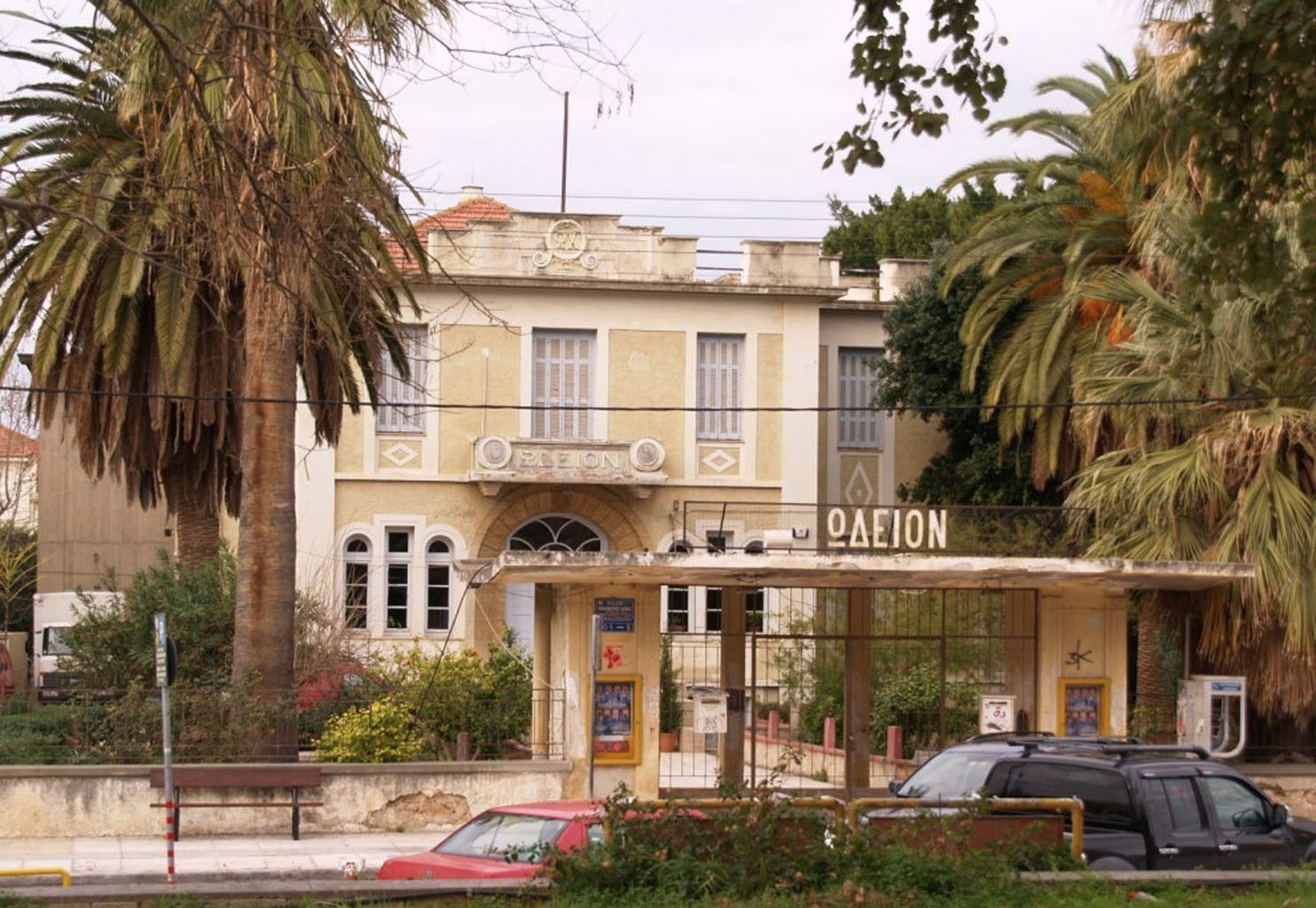
Venizelio Conservatory, built in 1933 under the financial support of Elena Venizelos, is an important monument of the modern history of Chania. Read more
-
-
The Lighthouse of Drapanos
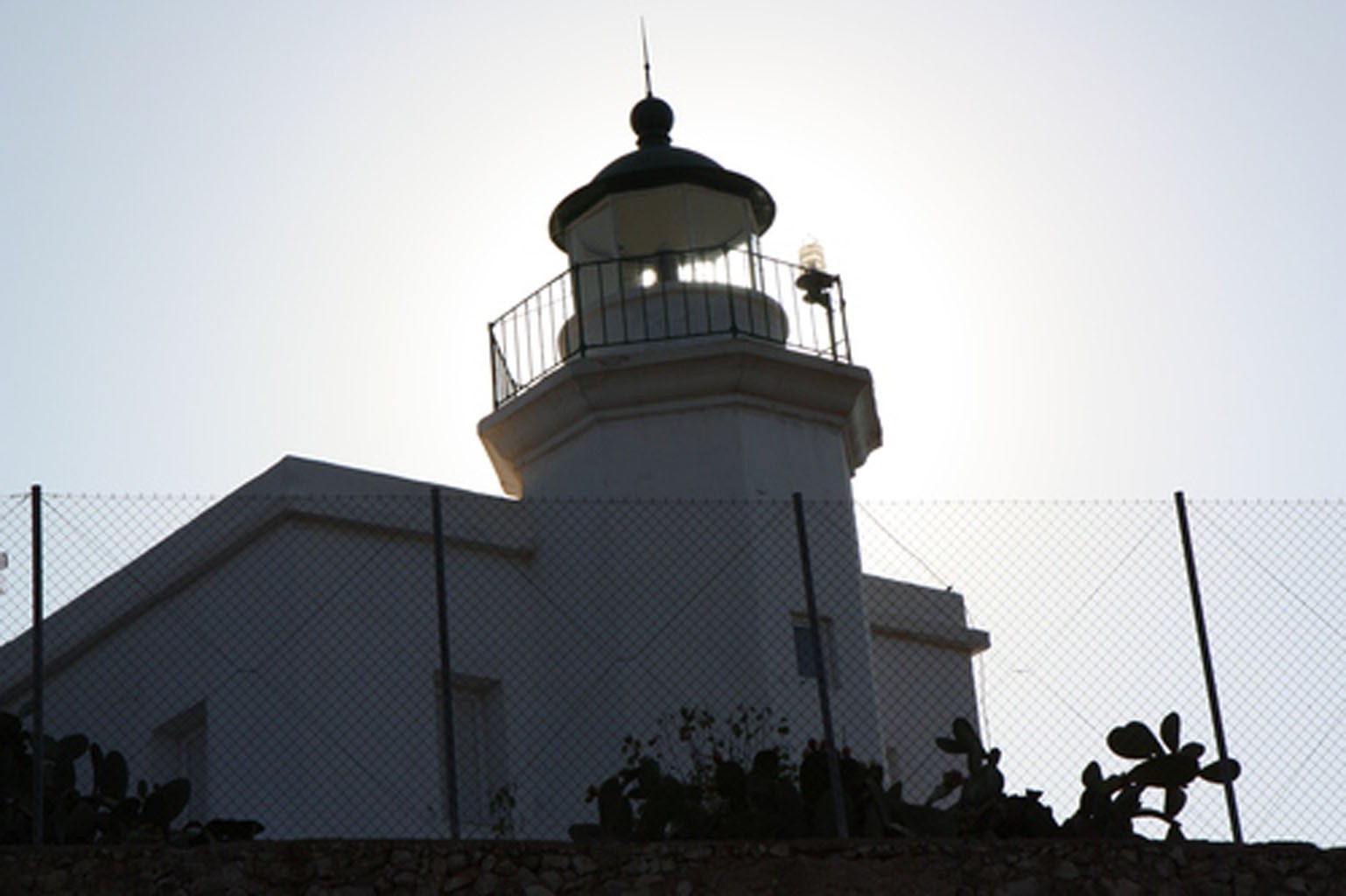
The Lighthouse of Drapanos was built in 1864 and still stands in very good condition. The access to the lighthouse is possible from Kokkino Chorio. Read more
-
-
Lighthouse of Elafonisi
The stone made lighthouse of Elafonisi officially started to operate after the tragic shipwreck of the ship Imperatrix. Read more
-
The Lighthouse of Gavdos
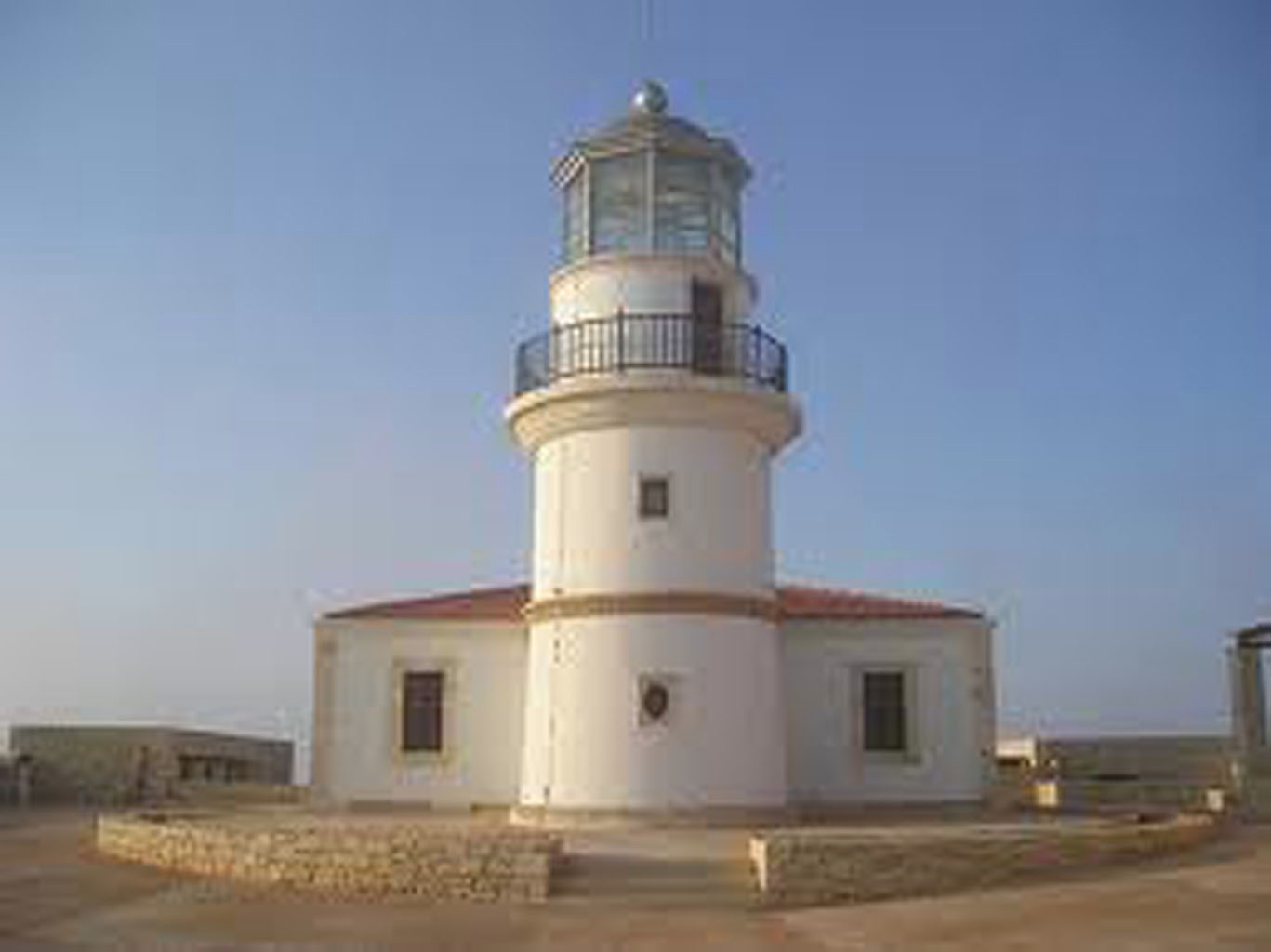
The Lighthouse of Gavdos operated from 1880 to 1942, when it was bombed by the Germans. Today, it is restored and operates as a museum. Read more
-
-
The Egyptian Lighthouse

The Egyptian lighthouse in the old port of Chania was initially constructed by the Venetians, around 1595 to 1601. Read more
-
-
Residence of Eleftherios Venizelos
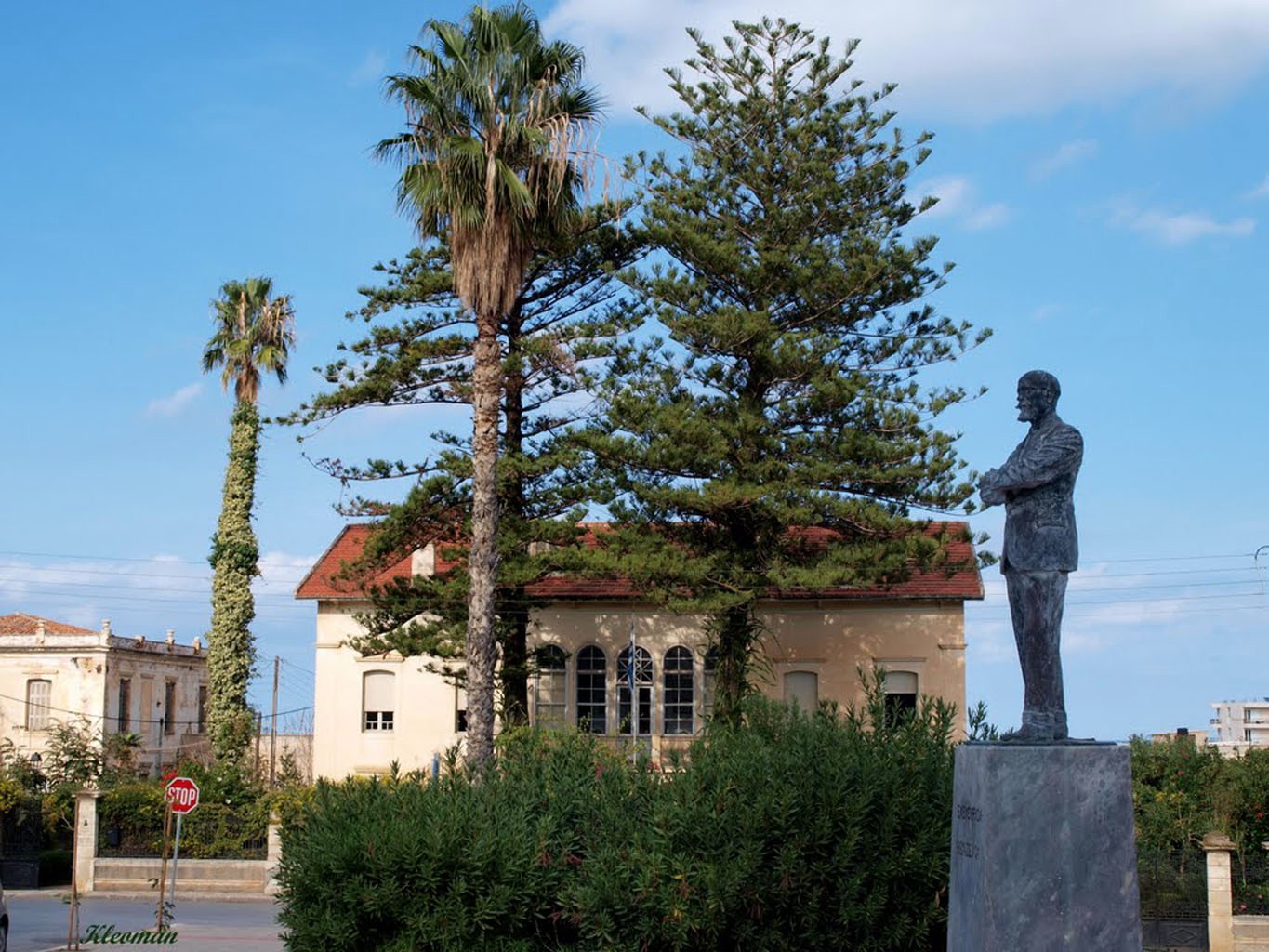
Residence of Eleftherios Venizelos - the ancestral home of the Greek politician in Chalepa, Chania. Read more
-
-
Nautical Museum of Crete

The Nautical Museum of Crete was established to house and preserve the maritime traditions of the Cretans. Read more
-
-
The Chemistry Museum in Chania
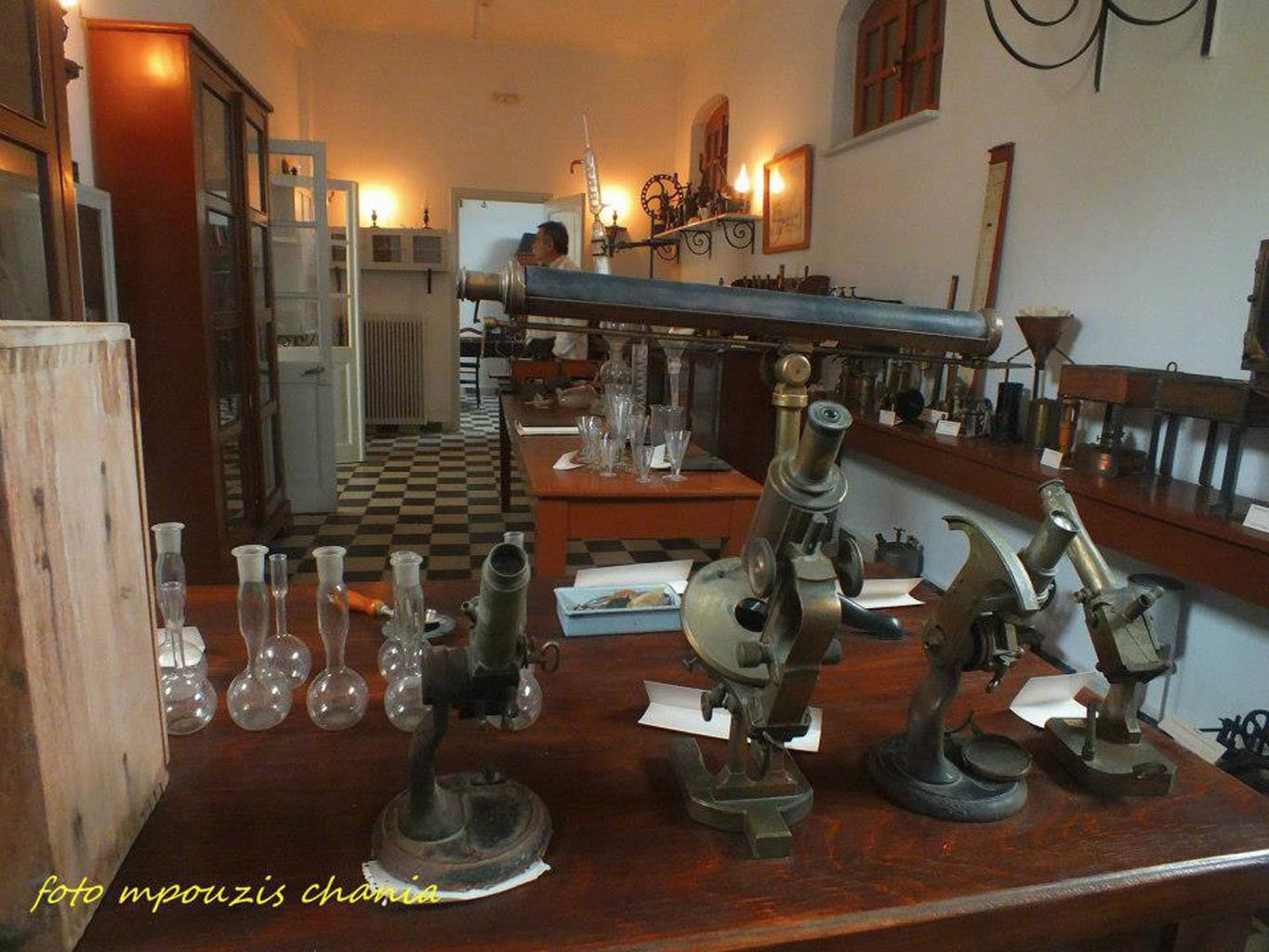
In the Chemistry Museum in Chania, you will find a reconstruction of the First Public Health Laboratory of Greece. Read more
-
-
Museum of Typography
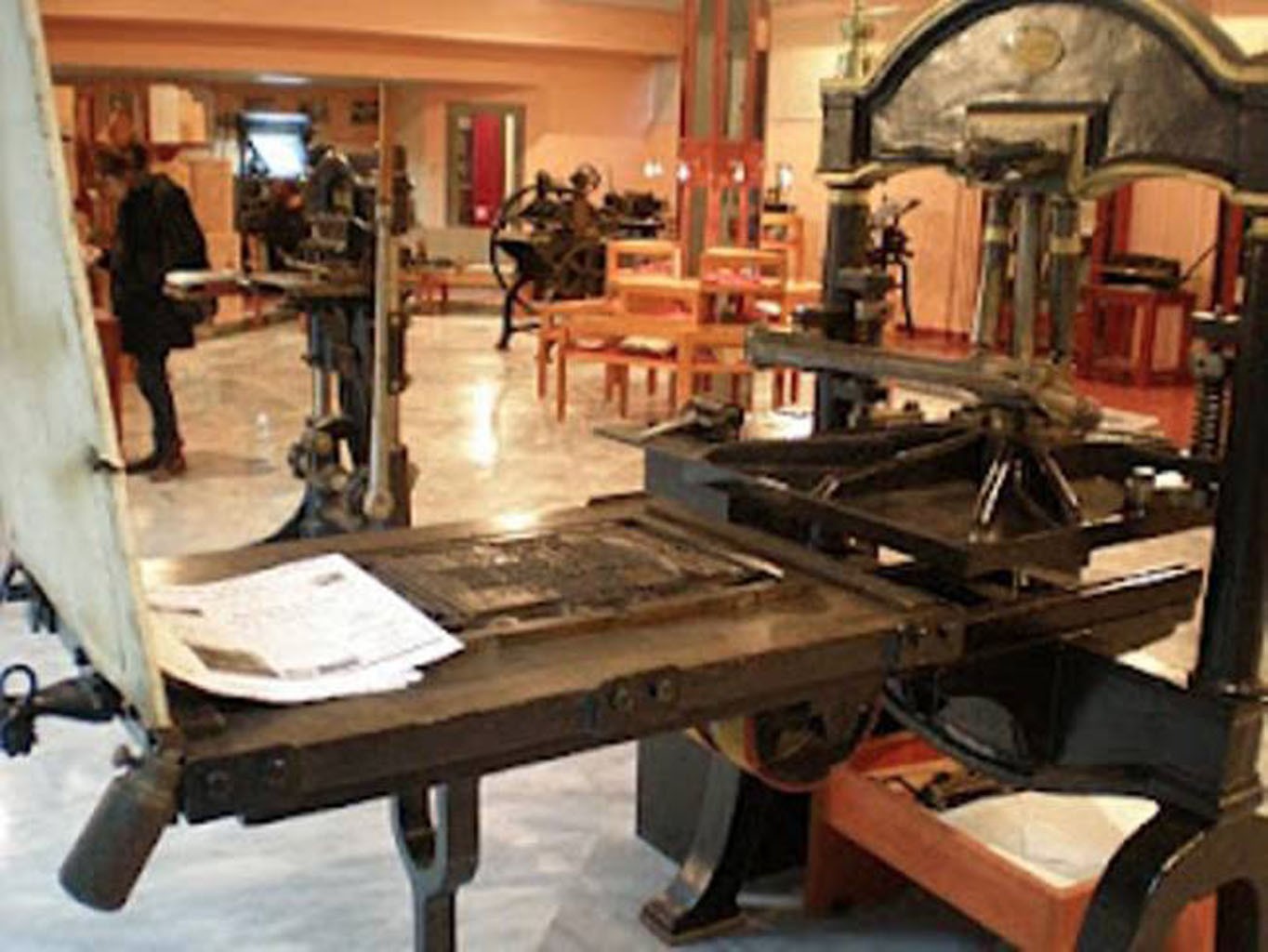
The Museum of Typography of the newspaper "Chaniotika Nea” reflects the story of the newspaper and the Art of Typography. Read more
-
-
Museum of School Life
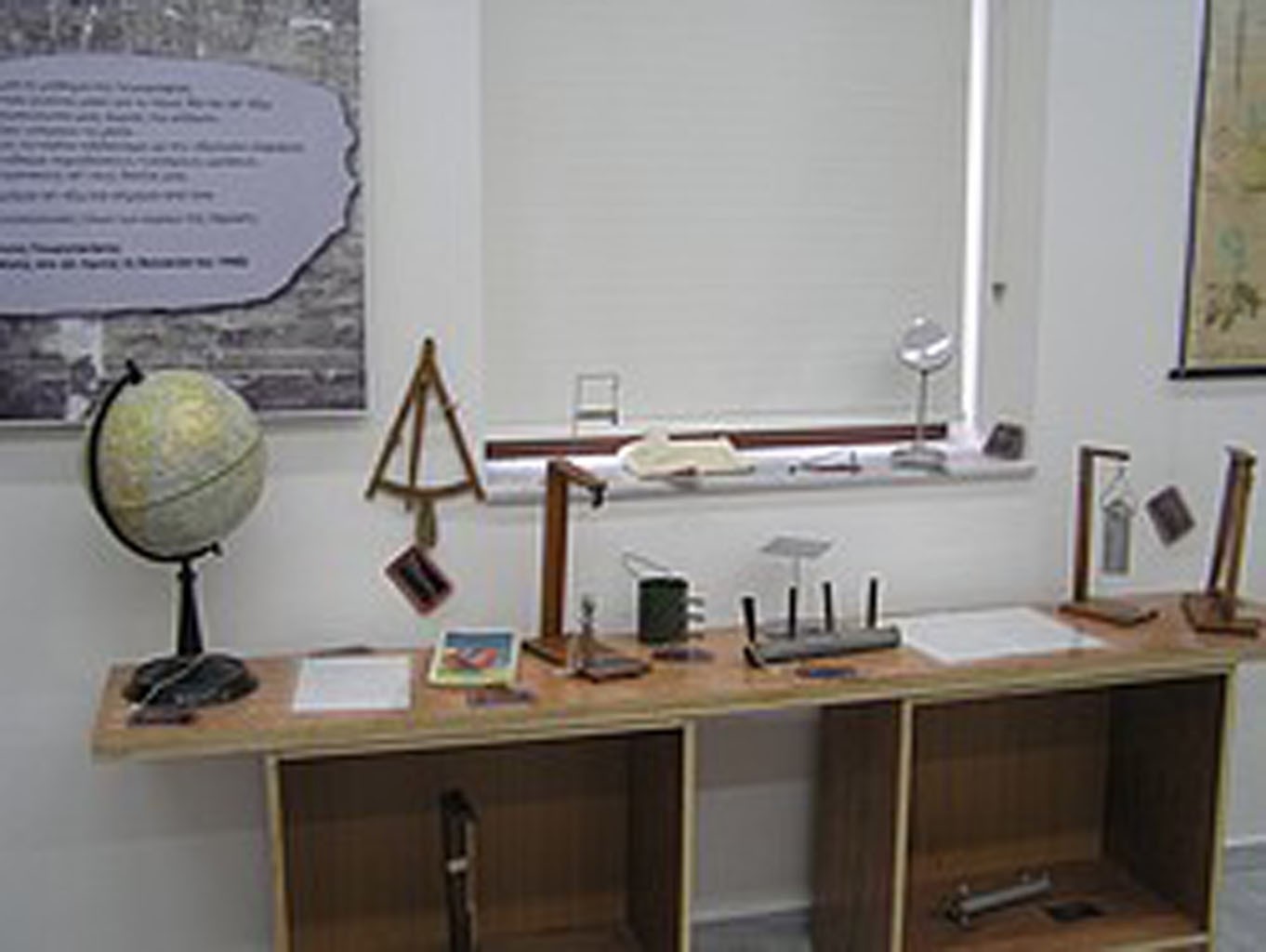
In the Museum of School Life you will find numerous items from school years of the past. Read more
-
-
Museum of Contemporary Art “Olivepress”
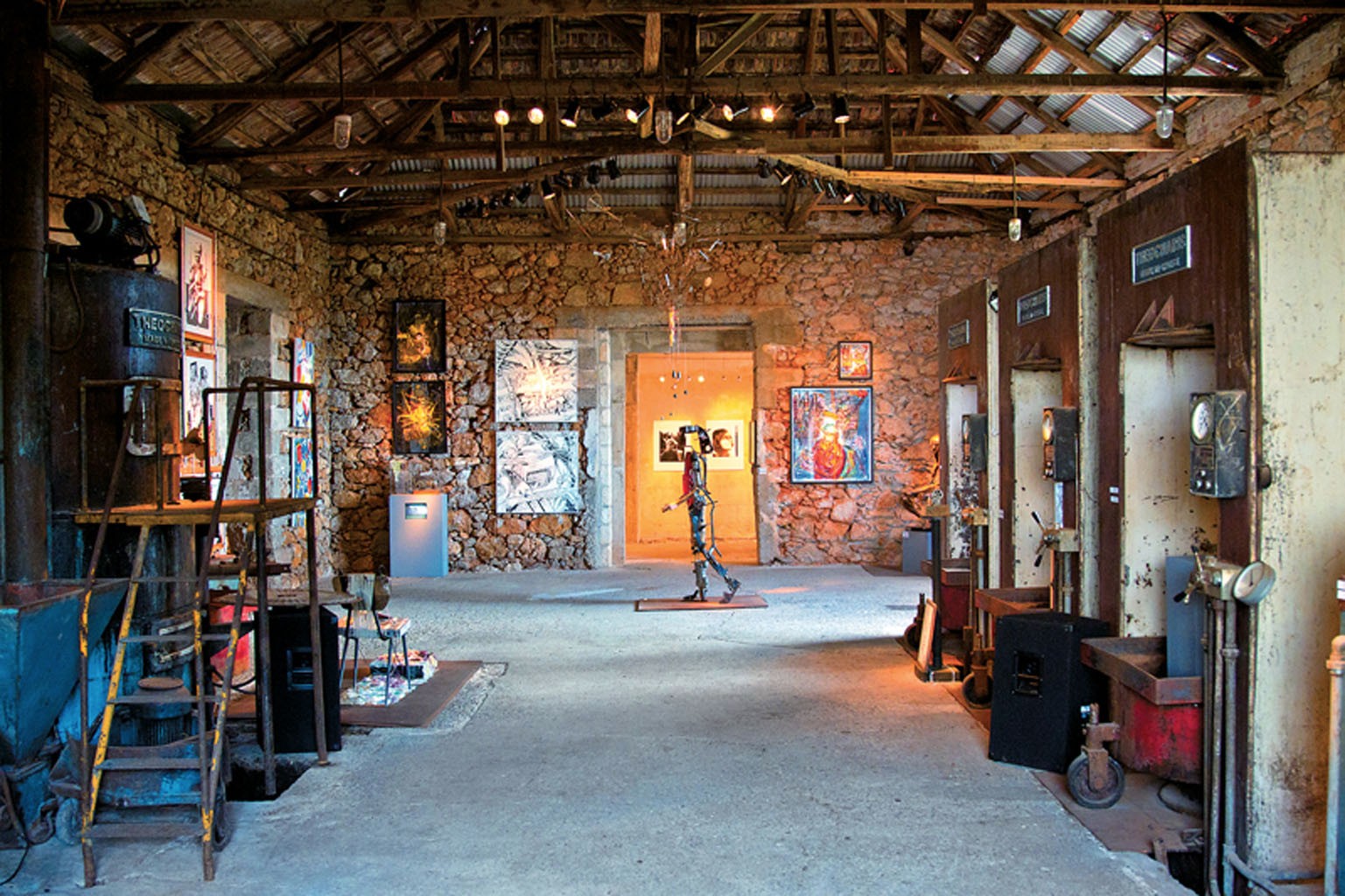
The Museum of Contemporary Art "Olivepress" hosts representative exhibits of art and not only. inside an old mill. Read more
-
-
Museum of Marine Wealth and Fishing Tradition
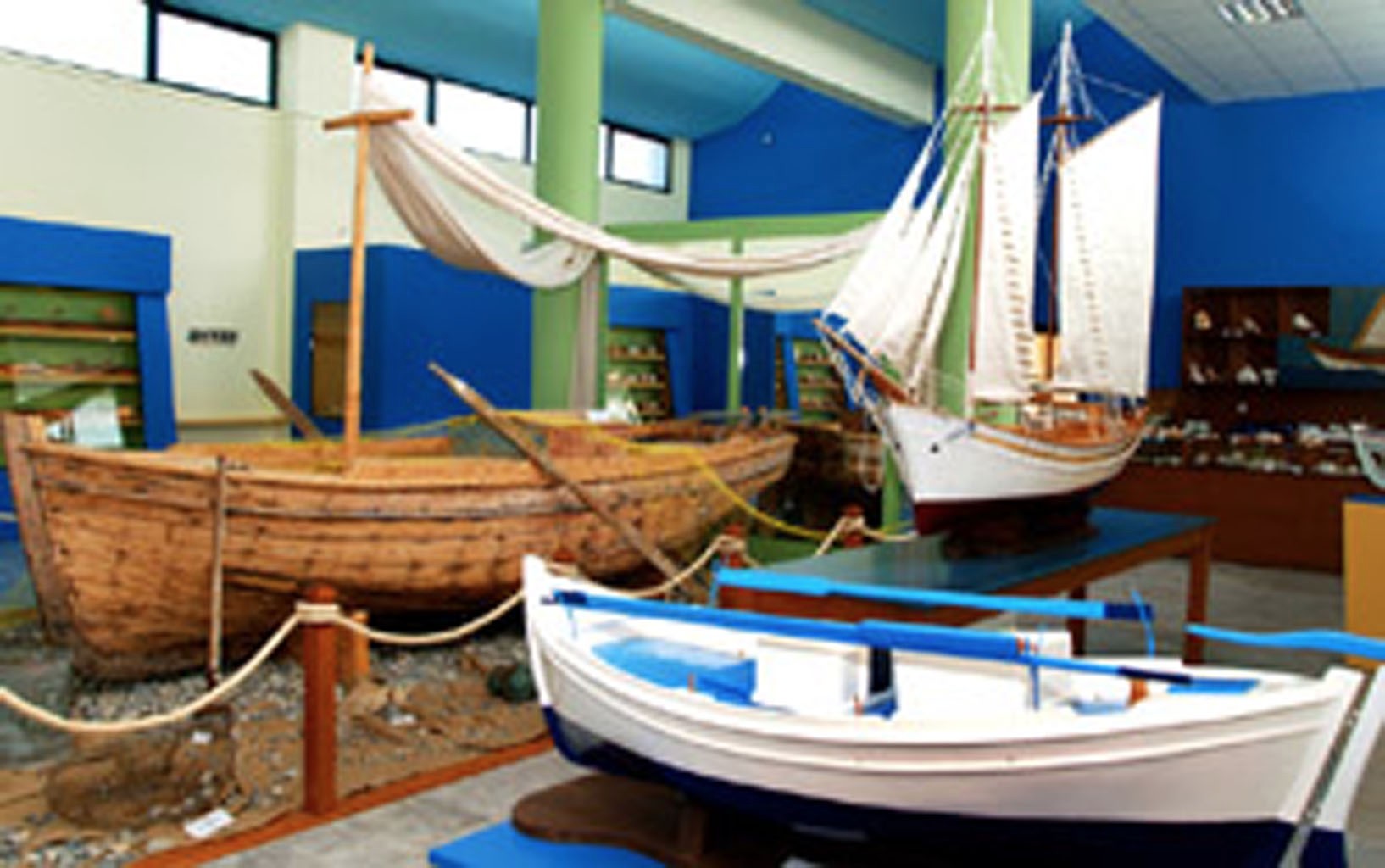
At the Museum of Marine Wealth and Fishing Tradition in Chania you will find out about the local history through the objects and tools of fishermen. Read more
-
-
Olive Museum of Vouves
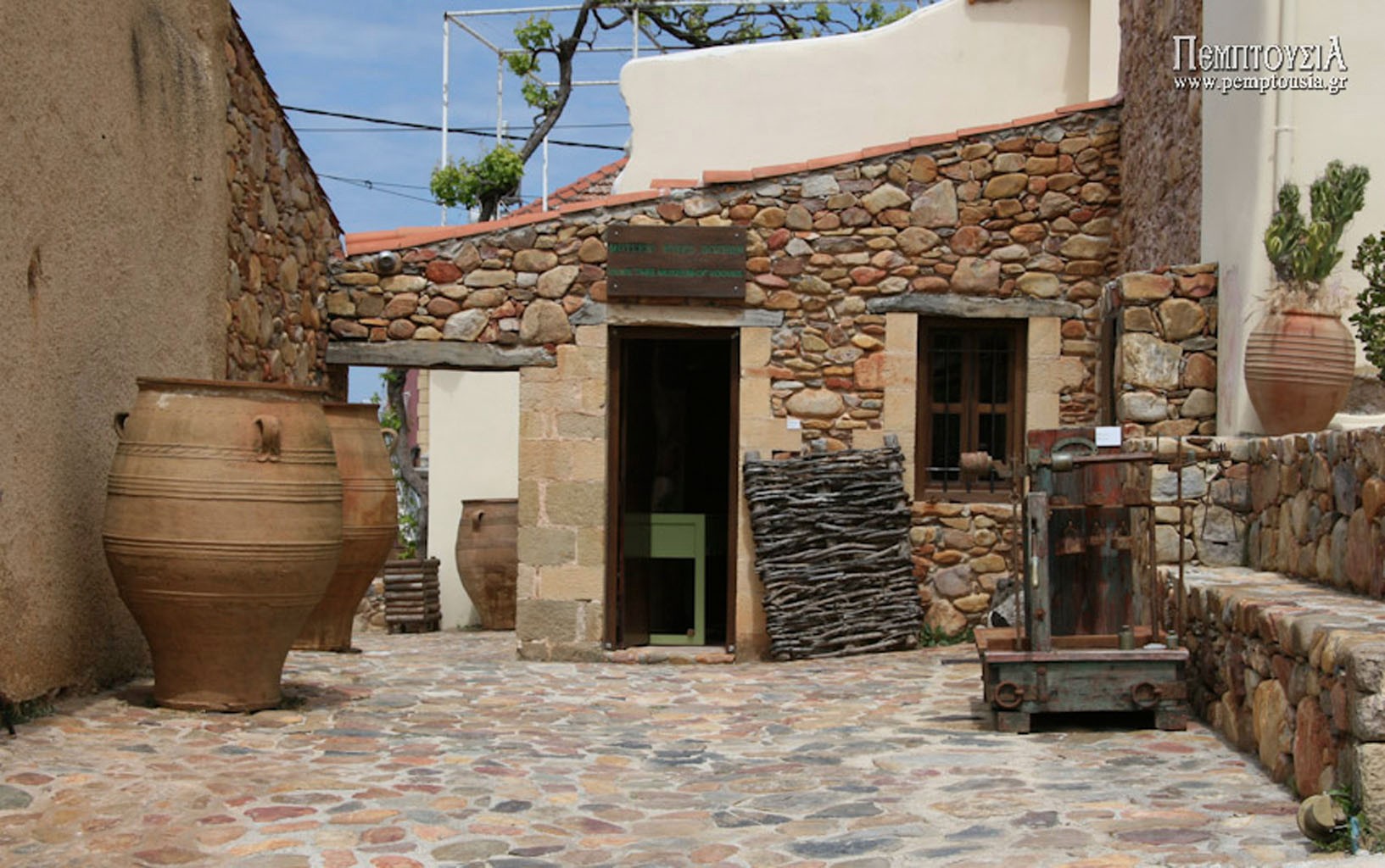
The Olive Museum of Vouves preserves and showcases all evidence linking humans with this valuable tree. Read more
-
-
Museum of Anagnostis Skalidis
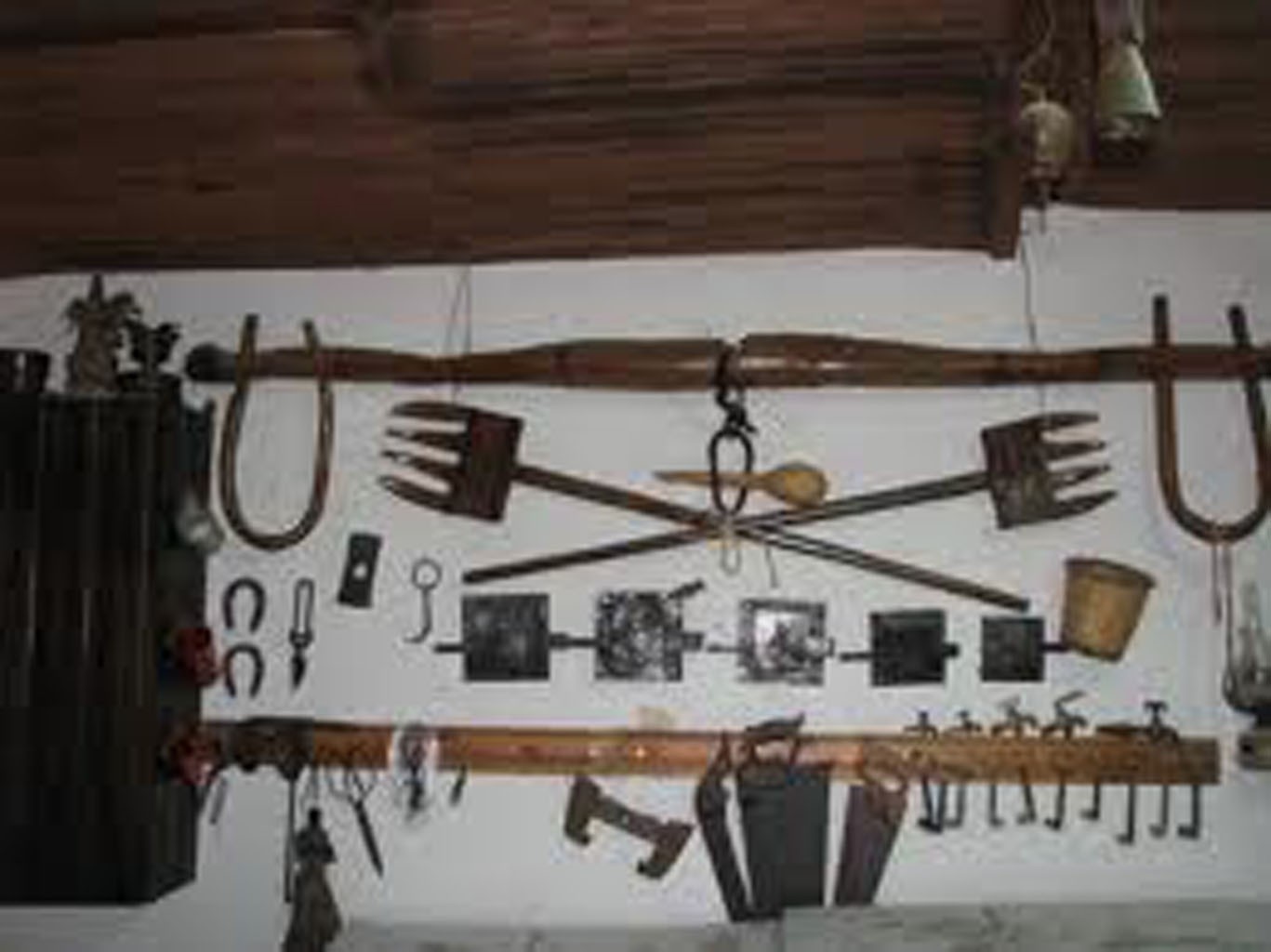
In the Museum of Anagnostis Skalidis you can see old weapons and personal belongings of the chieftain who fought for 65 years against the Turks. Read more
-
-
Museum of the Acritans of Europe
The Museum of the Acritans of Europe aims to disseminate the details of the common European culture. Read more
-
Museum of Holy Trinity of Tzagarola
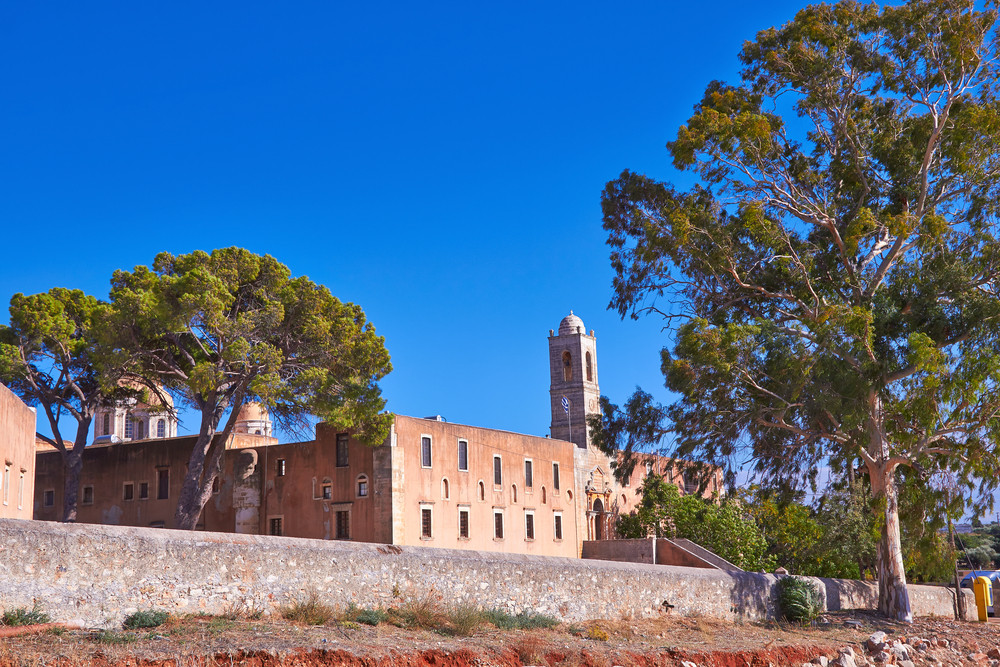
A small museum in the monastery of Holy Trinity of Tzagarola. Read more
-
-
Minoan Ship
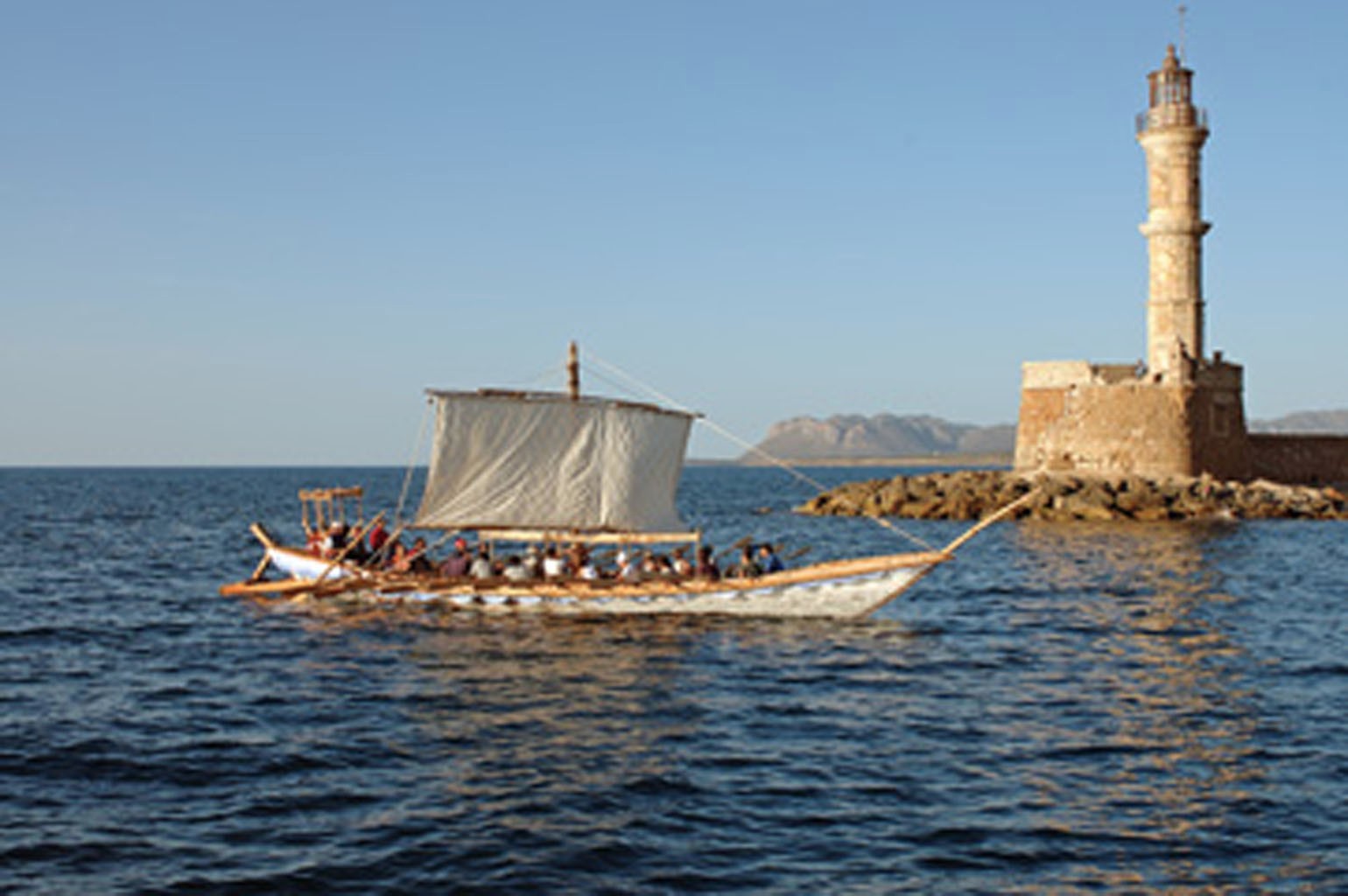
The Minoan ship is a reconstruction of a prehistoric oared ship of the 15th century BC. Read more
-
-
The Folklore Museum of Chania “Cretan House”

The Folklore Museum of Chania, "Cretan House" offers the opportunity to see the daily activities of the Cretan countryside of the previous centuries. Read more
-
-
Historical Folklore Museum of Gavalochori
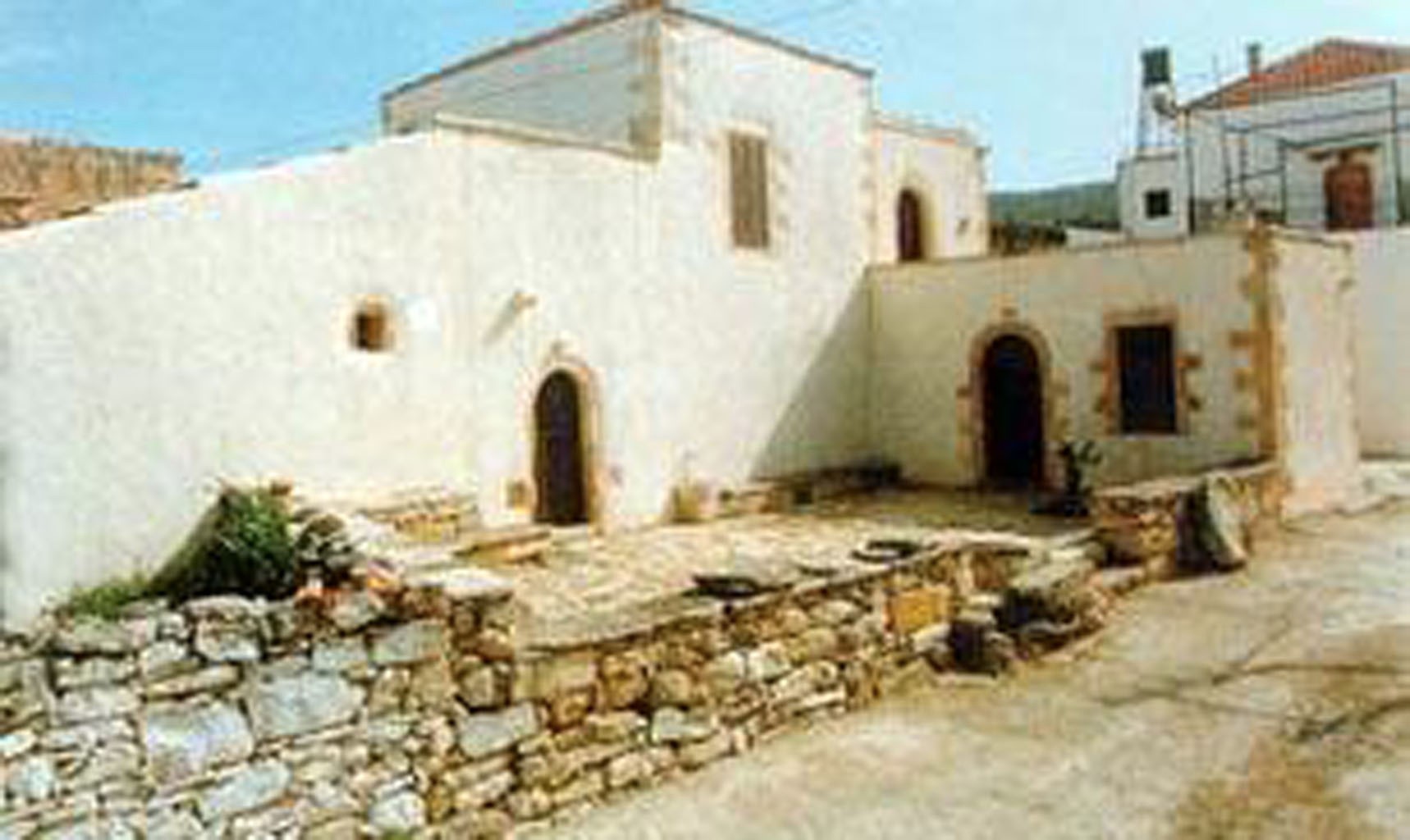
Historical Folklore Museum of Gavalochori hosts objects from the local cultural tradition and history. Read more
-
-
Historical Archive of Crete (I.A.K.)

In the Historical Archive of Crete you can find all kinds of collections of records and relics relating to the history of Crete. Read more
-
-
Ecclesiastical Museum of the Monastery of Chrysopigi
The most interesting exhibits of the Ecclesiastical Museum Monastery Chrysopigi are the icons of the old temple, which burned down in 1821. Read more
-
Ecclesiastical Museum of the Monastery of Gonia
The Ecclesiastical Museum of the Monastery of Gonia is in the Monastery of Odigitria, dedicated to Virgin Mary. Read more
-
National Research Foundation “Eleftherios K. Venizelos”
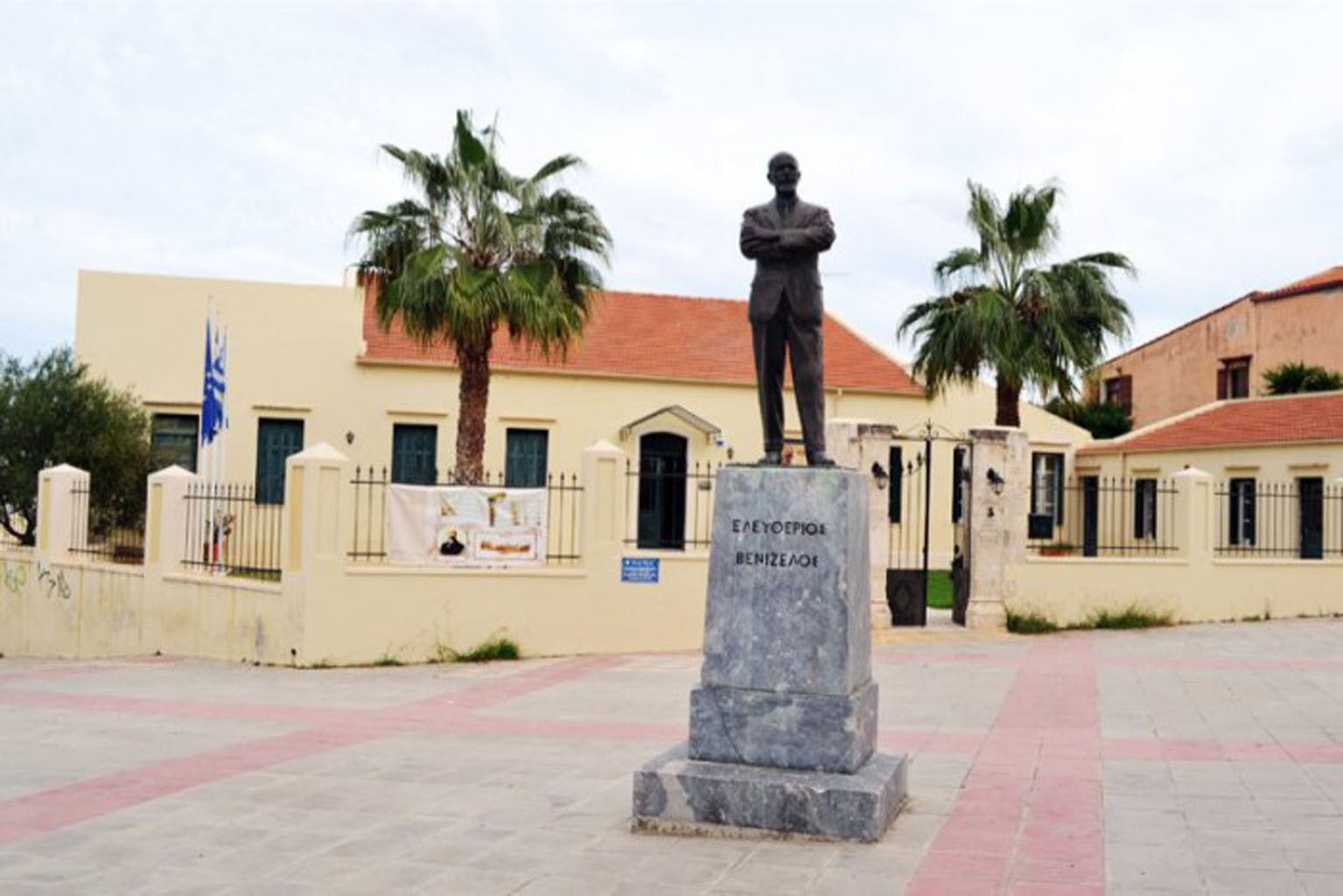
National Research Foundation "Eleftherios K. Venizelos" - center of research and study of the work and time of Eleftherios Venizelos. Read more
-
-
Byzantine and Folklore Museum in Spilia
The Byzantine and Folklore Museum in Spilia, is located in Kissamos. It includes a large collection of icons of Byzantine art. Read more
-
Byzantine and Post-Byzantine Collection of Chania
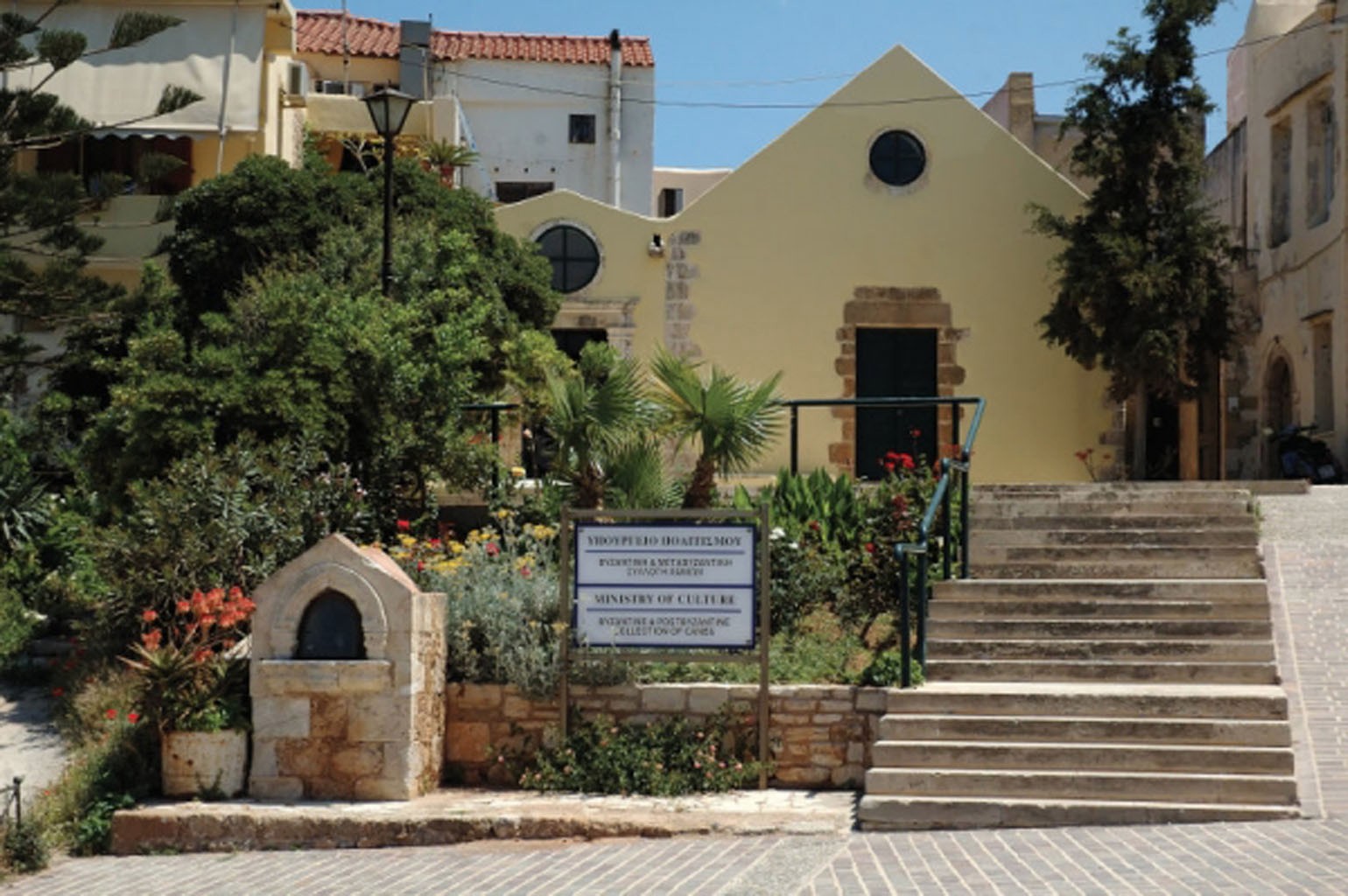
Byzantine and Post-Byzantine Collection of Chania holds a clear record the historical and artistic development of Chania through the centuries. Read more
-
-
Archaeological Museum of Chania
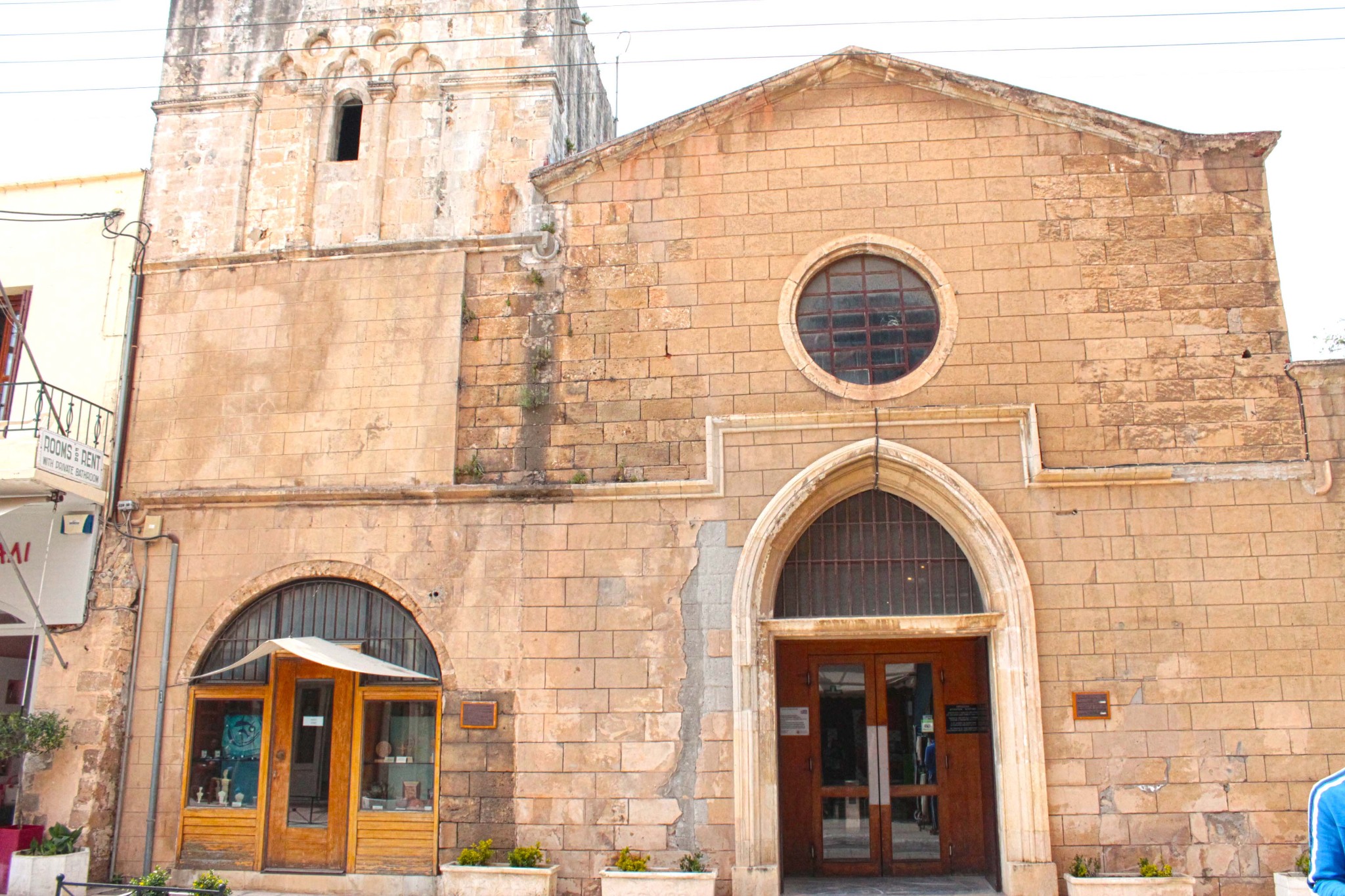
The Archaeological Museum of Chania hosts numerous findings that showcase the history of the area from prehistoric to modern times. Read more
-
-
Archaeological Museum of Kissamos
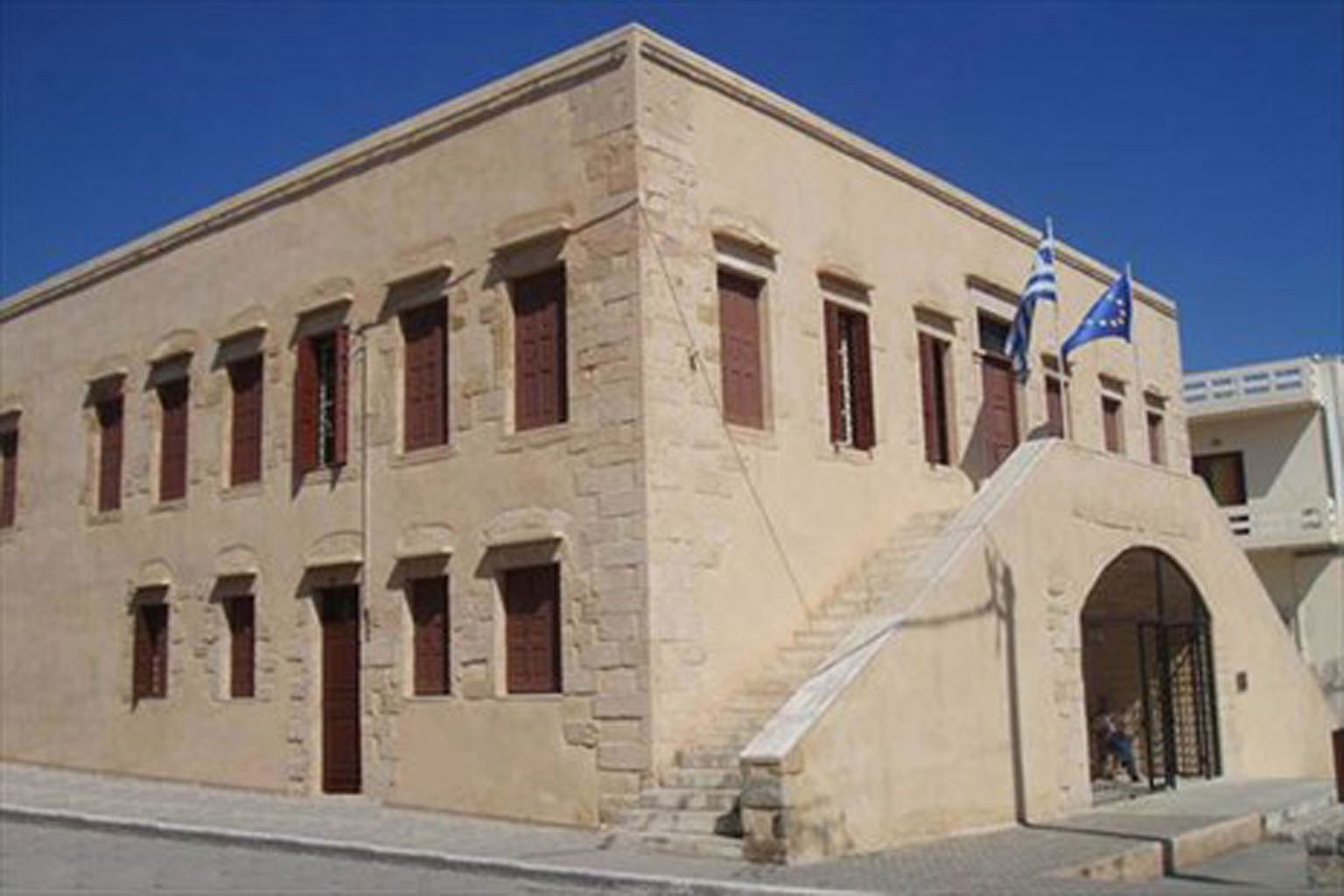
At the Archaeological Museum of Kissamos you can see the video about the most devastating earthquake of antiquity, which largely affected Crete in 365 AD . Read more
-

